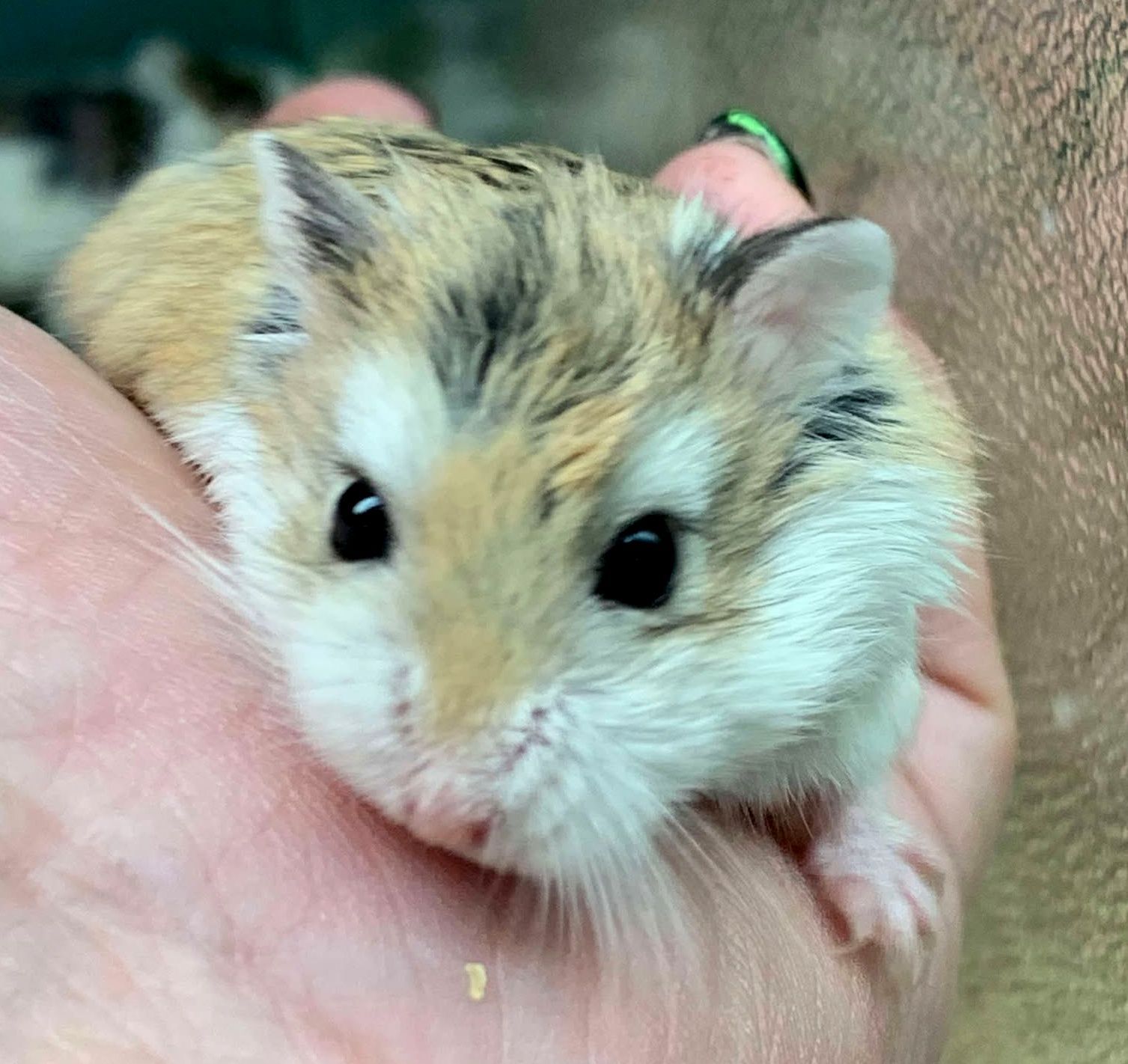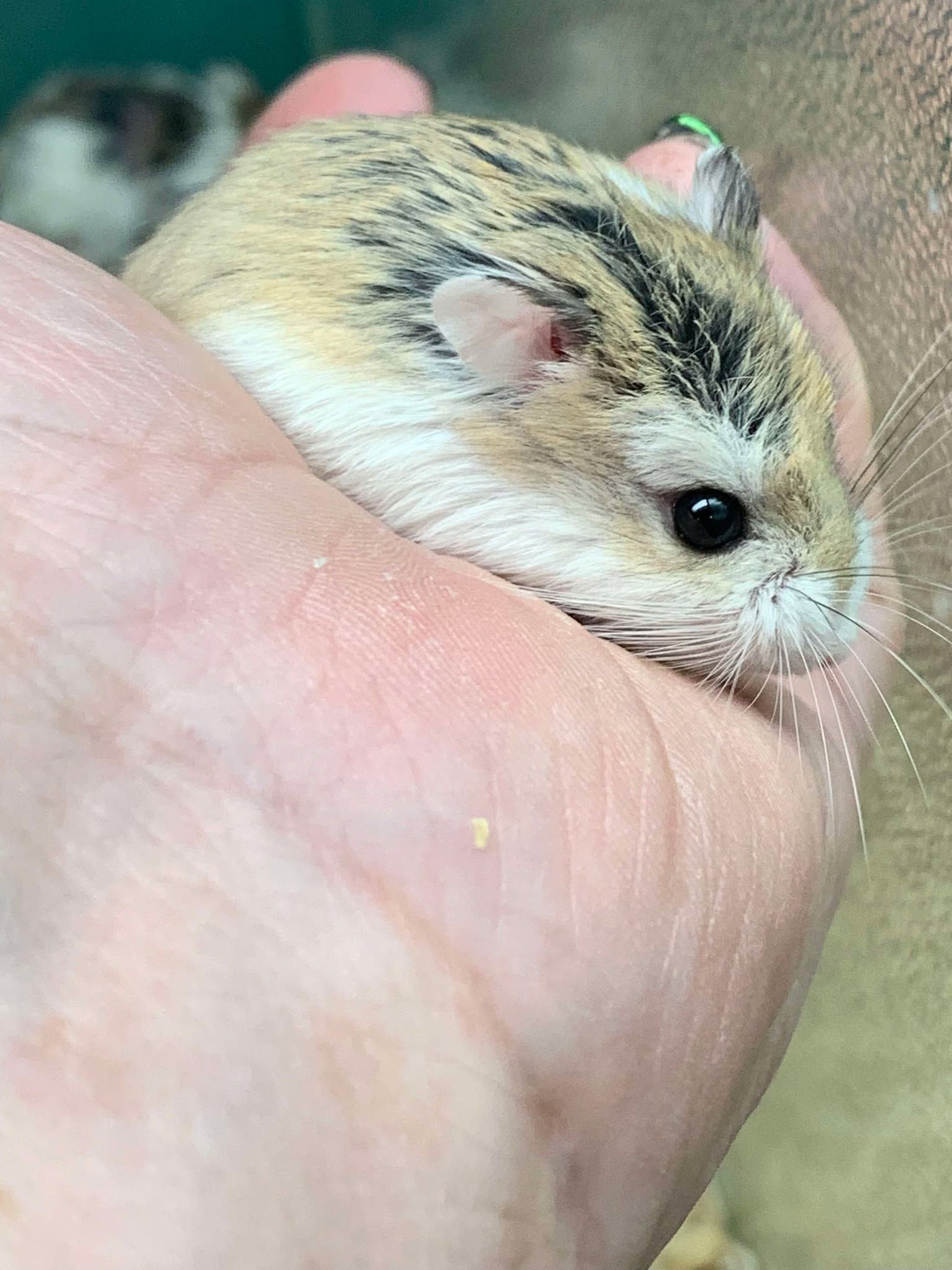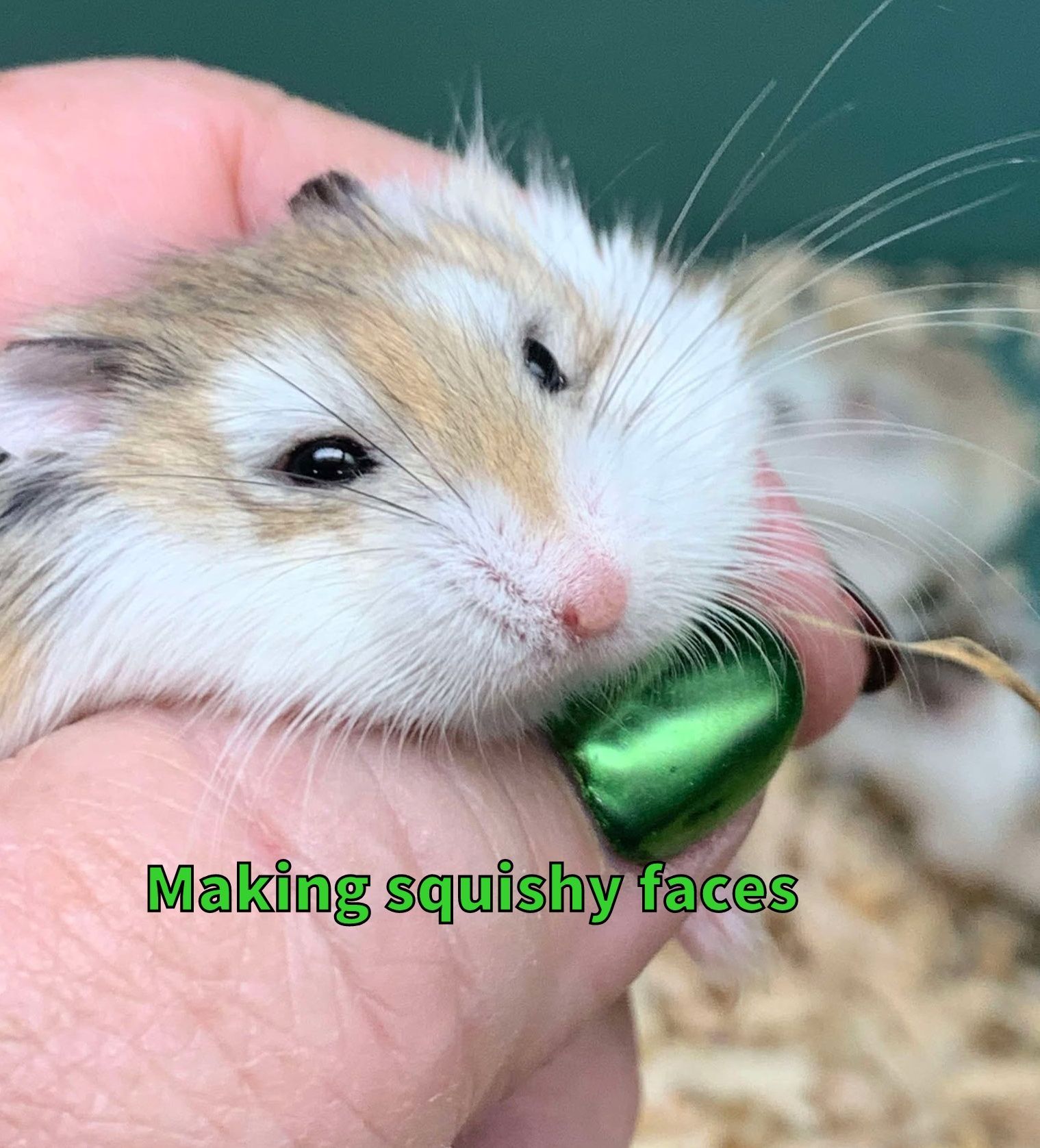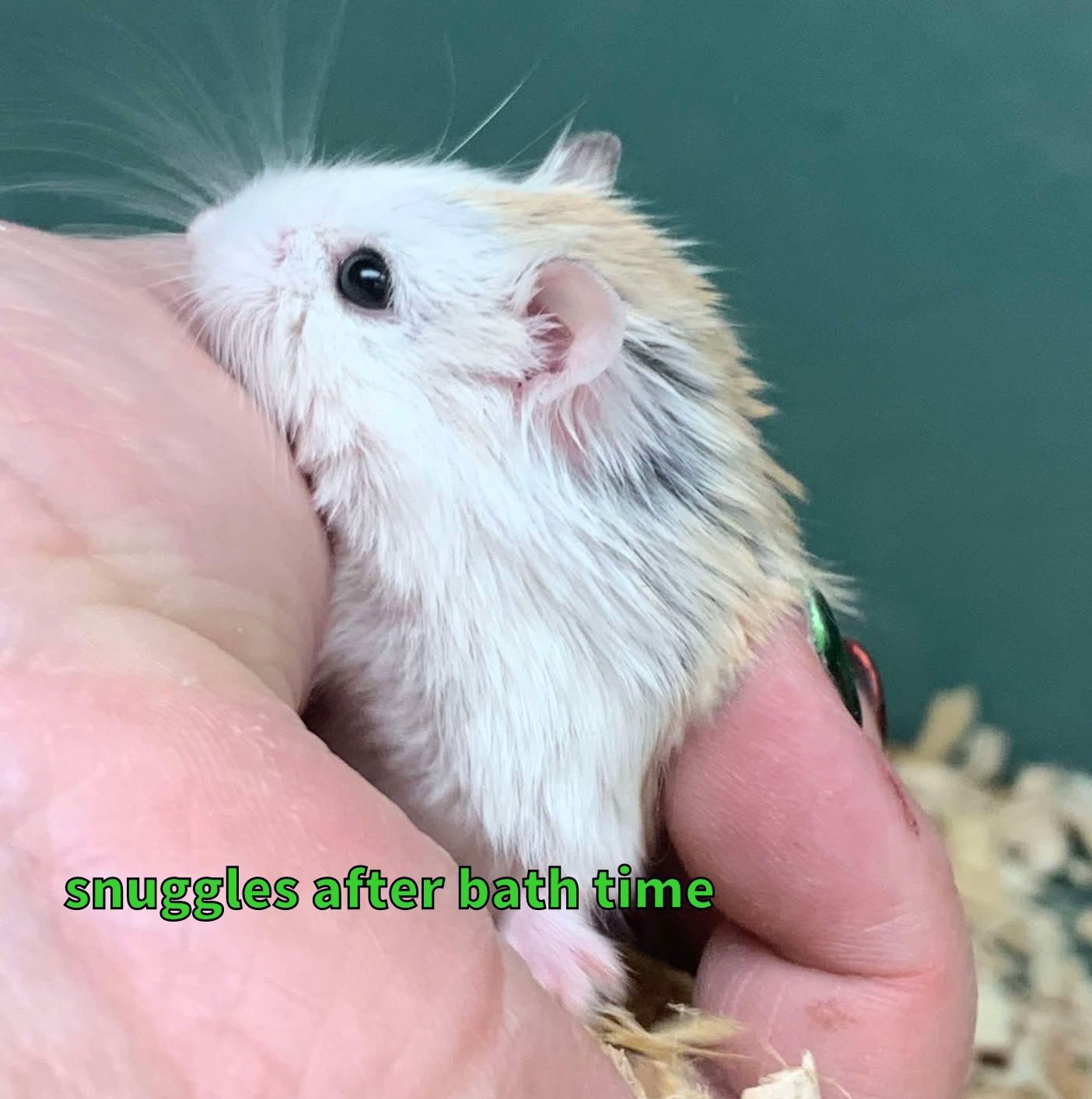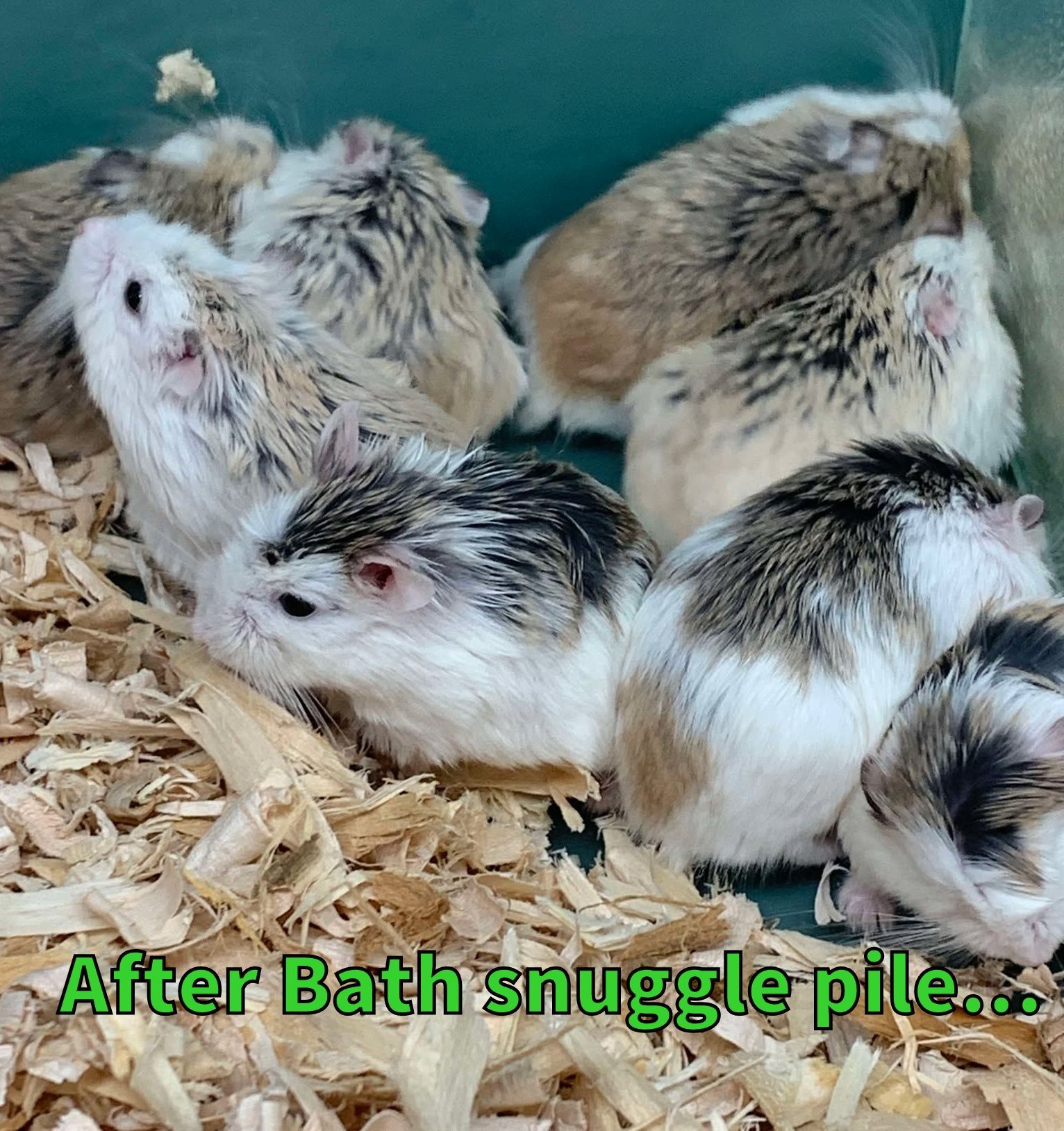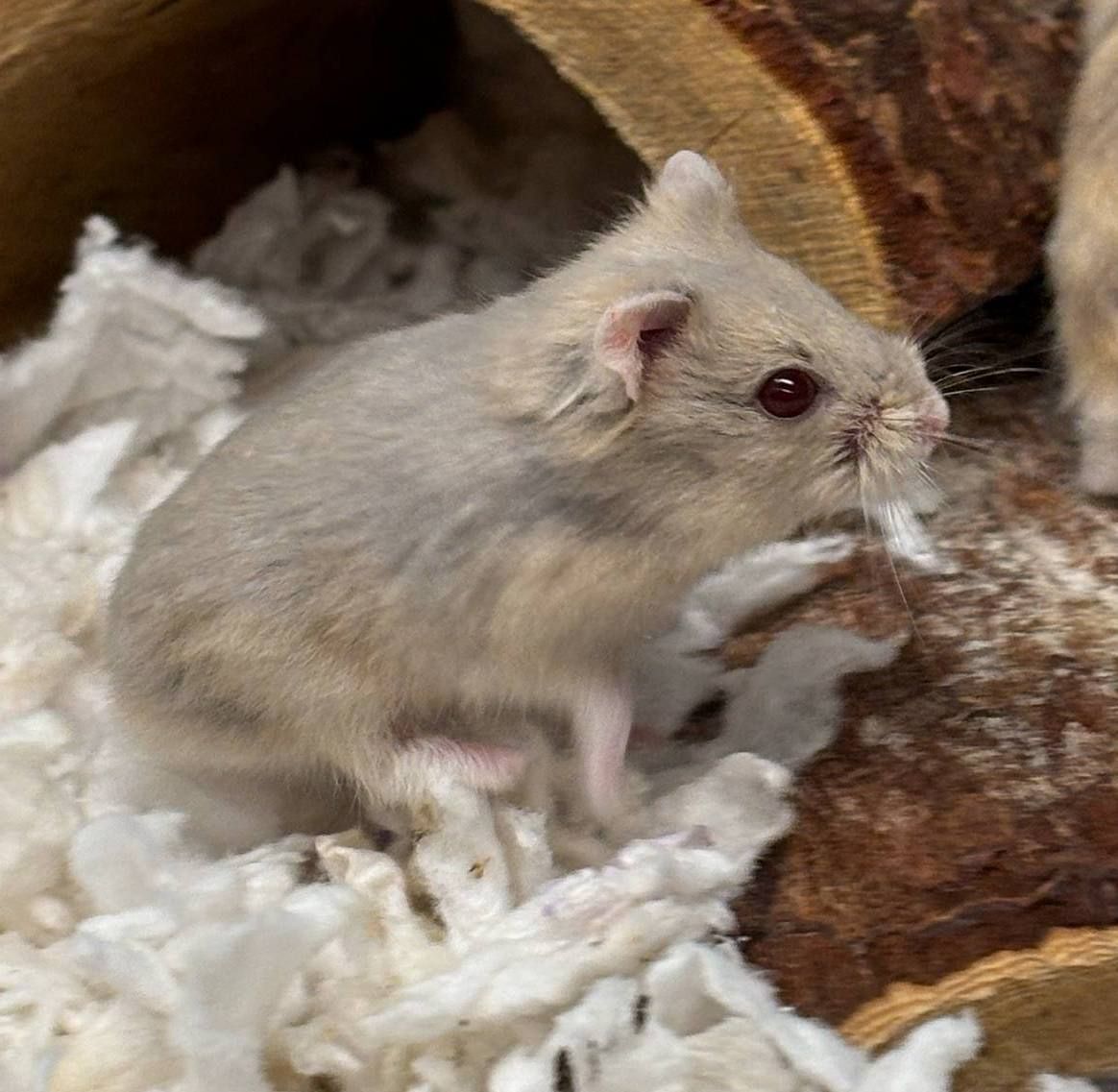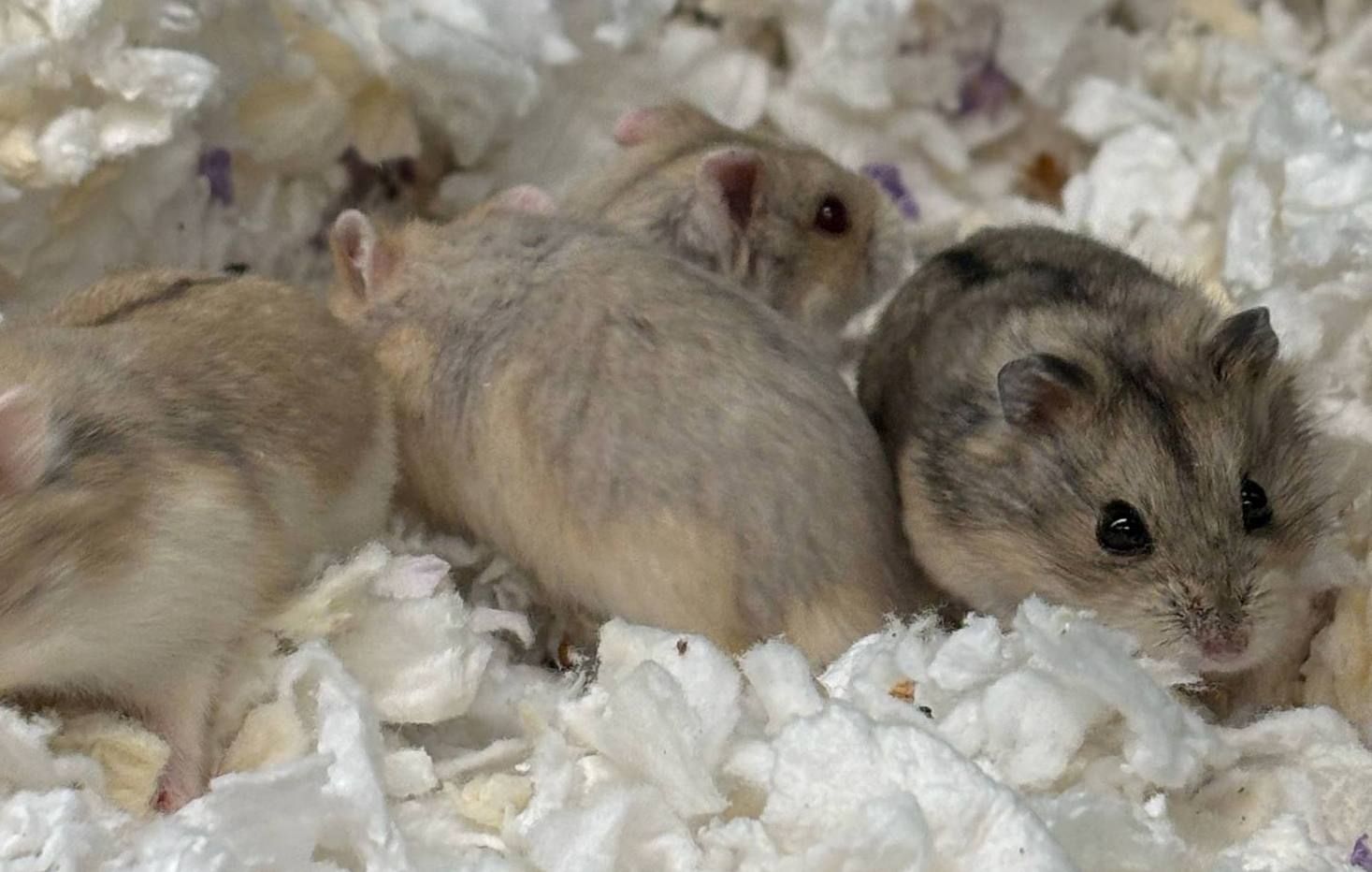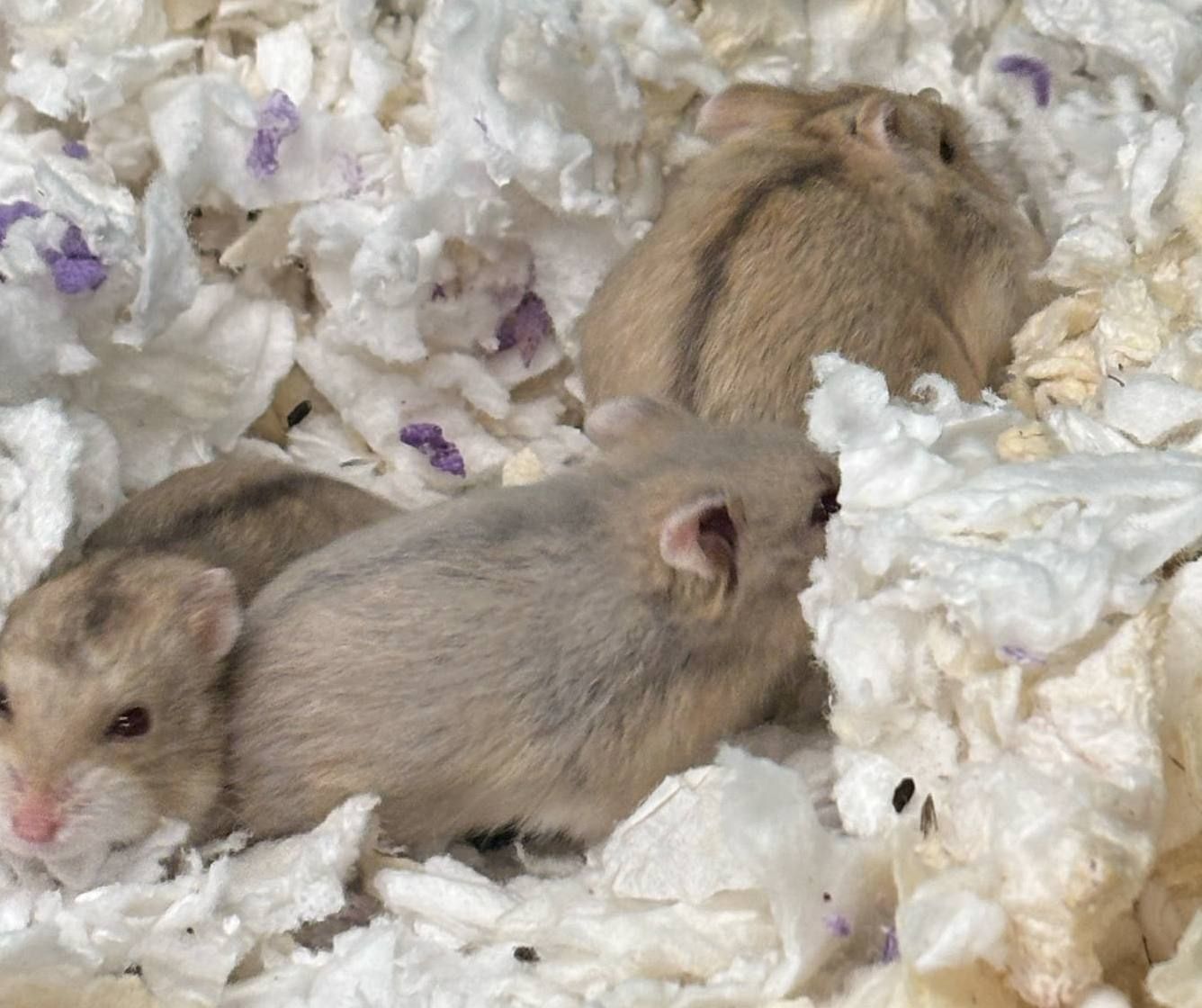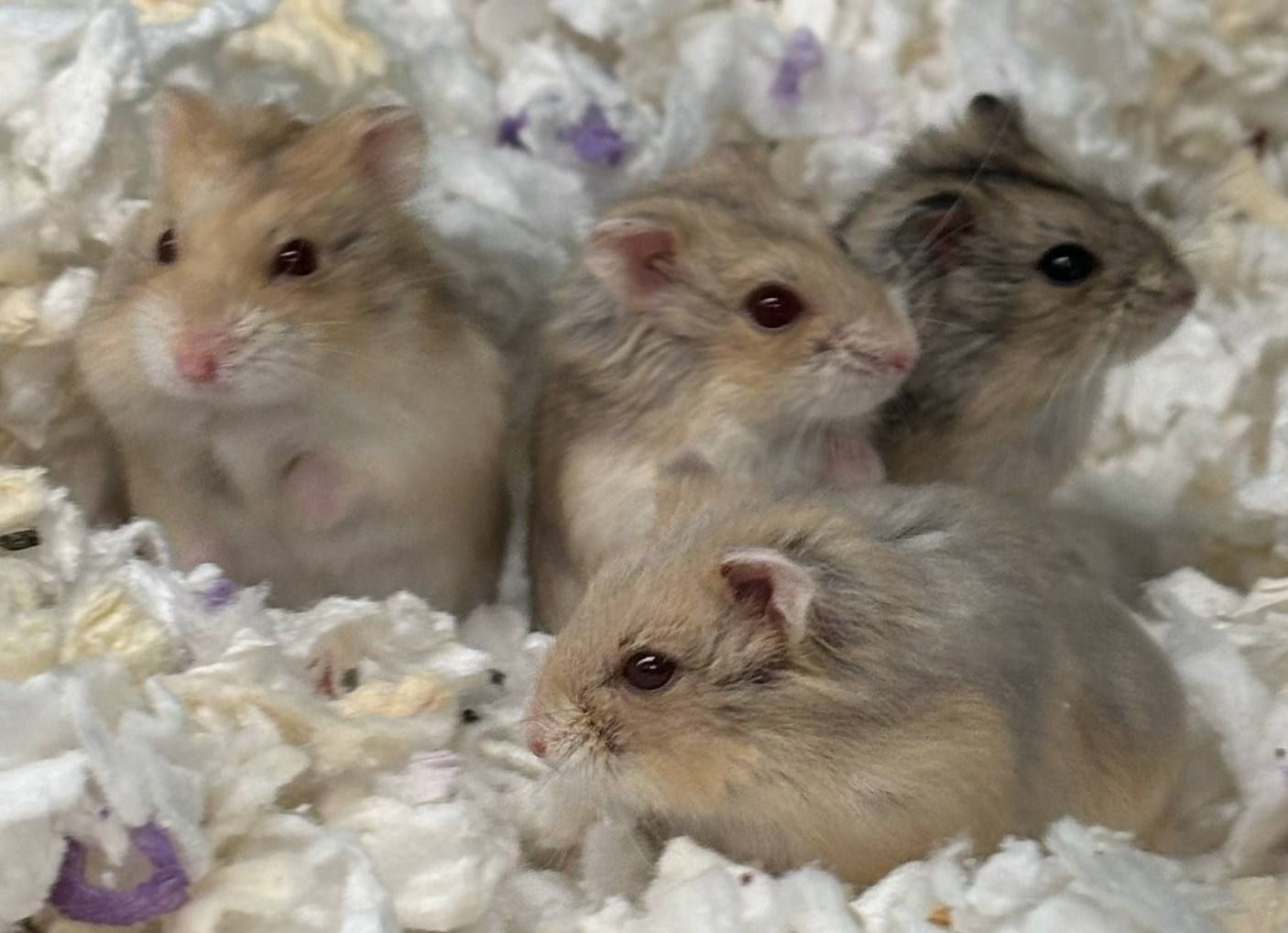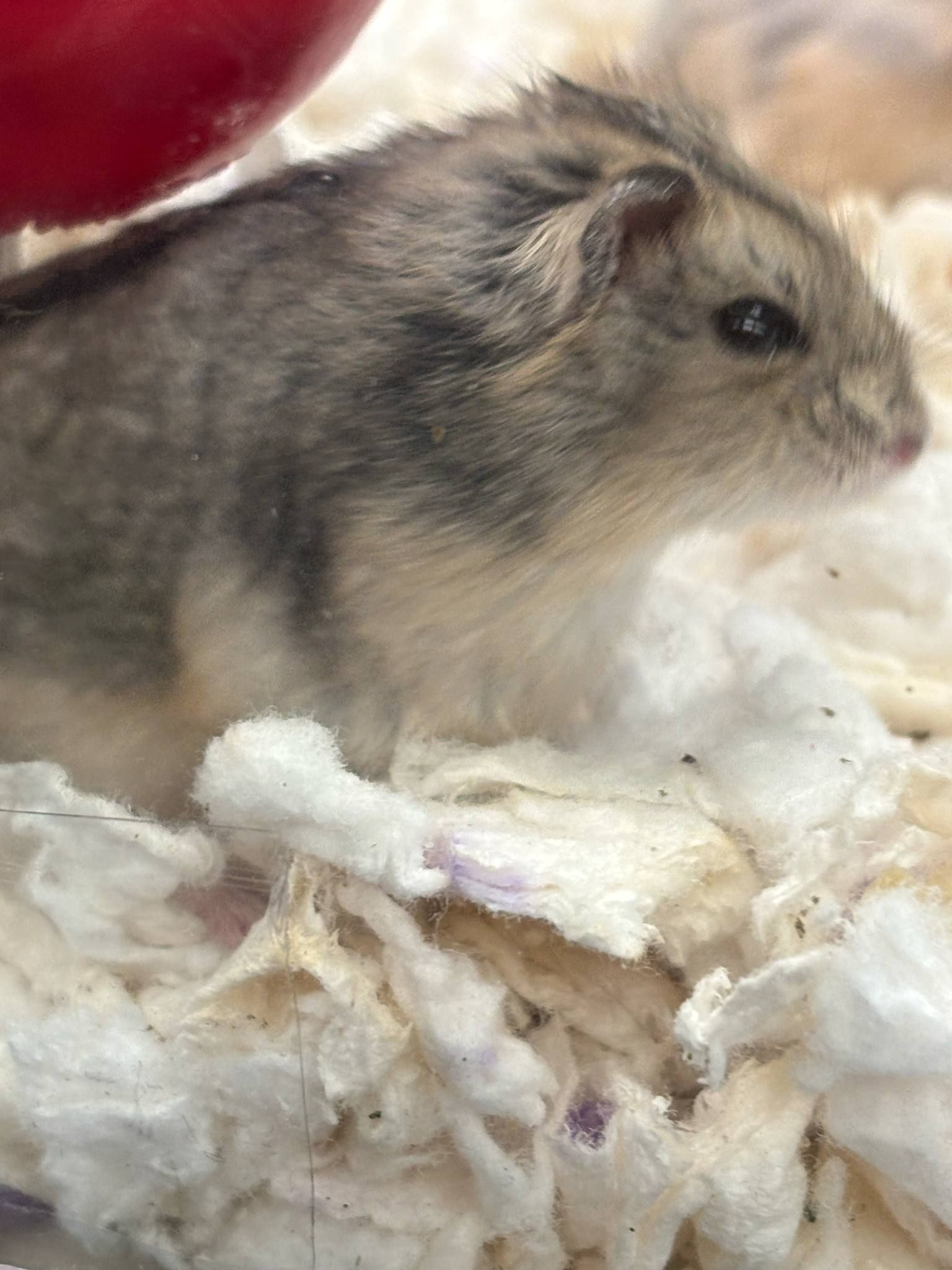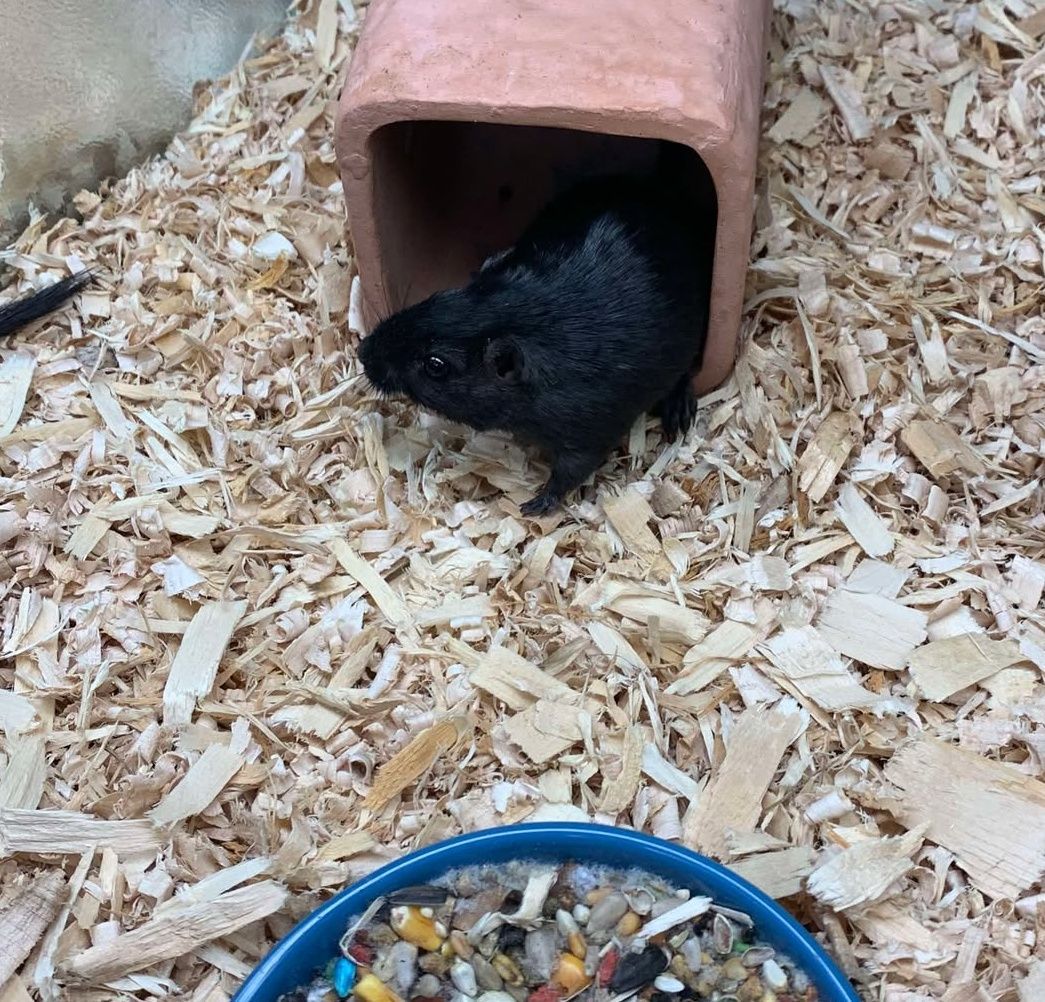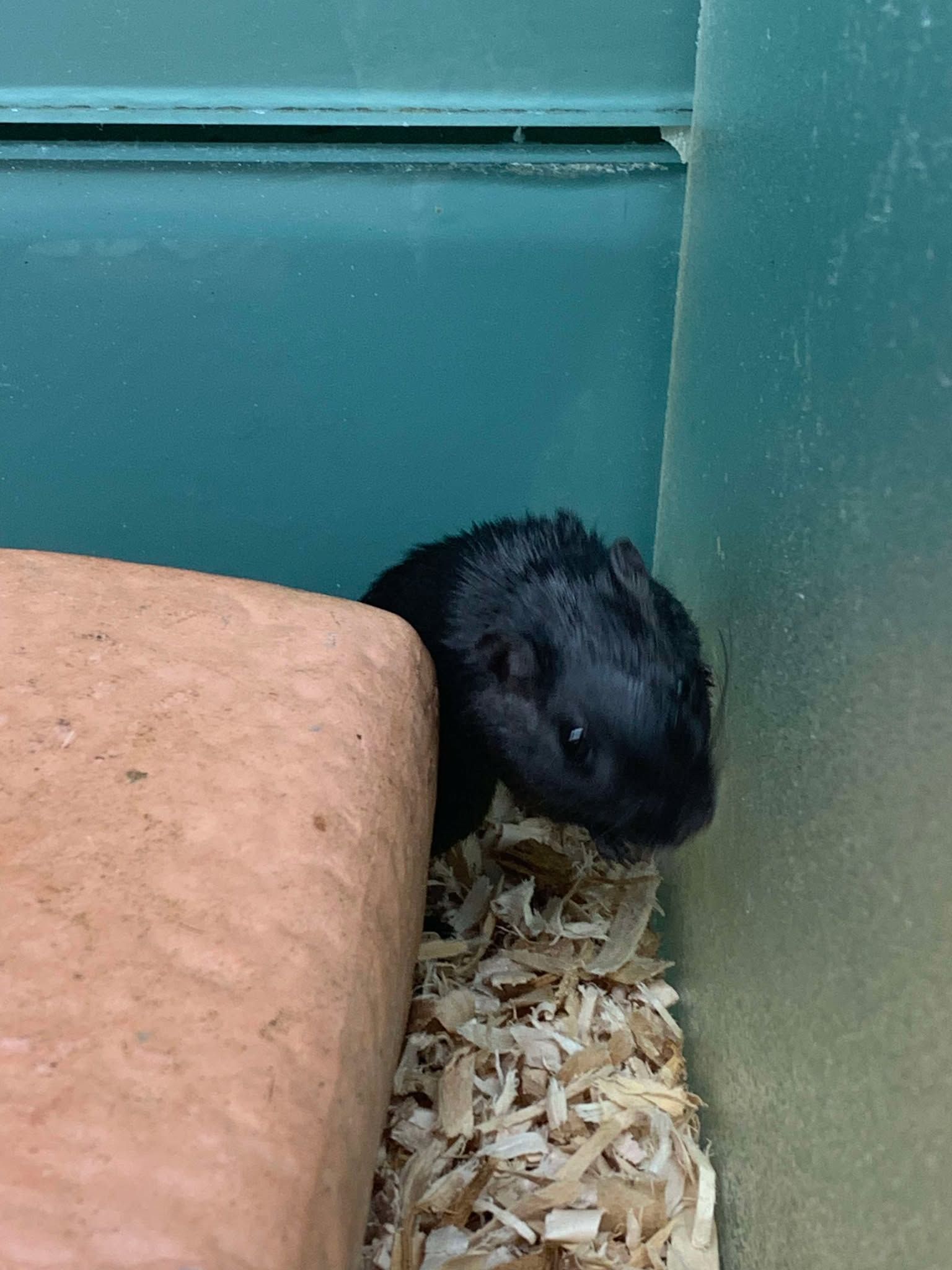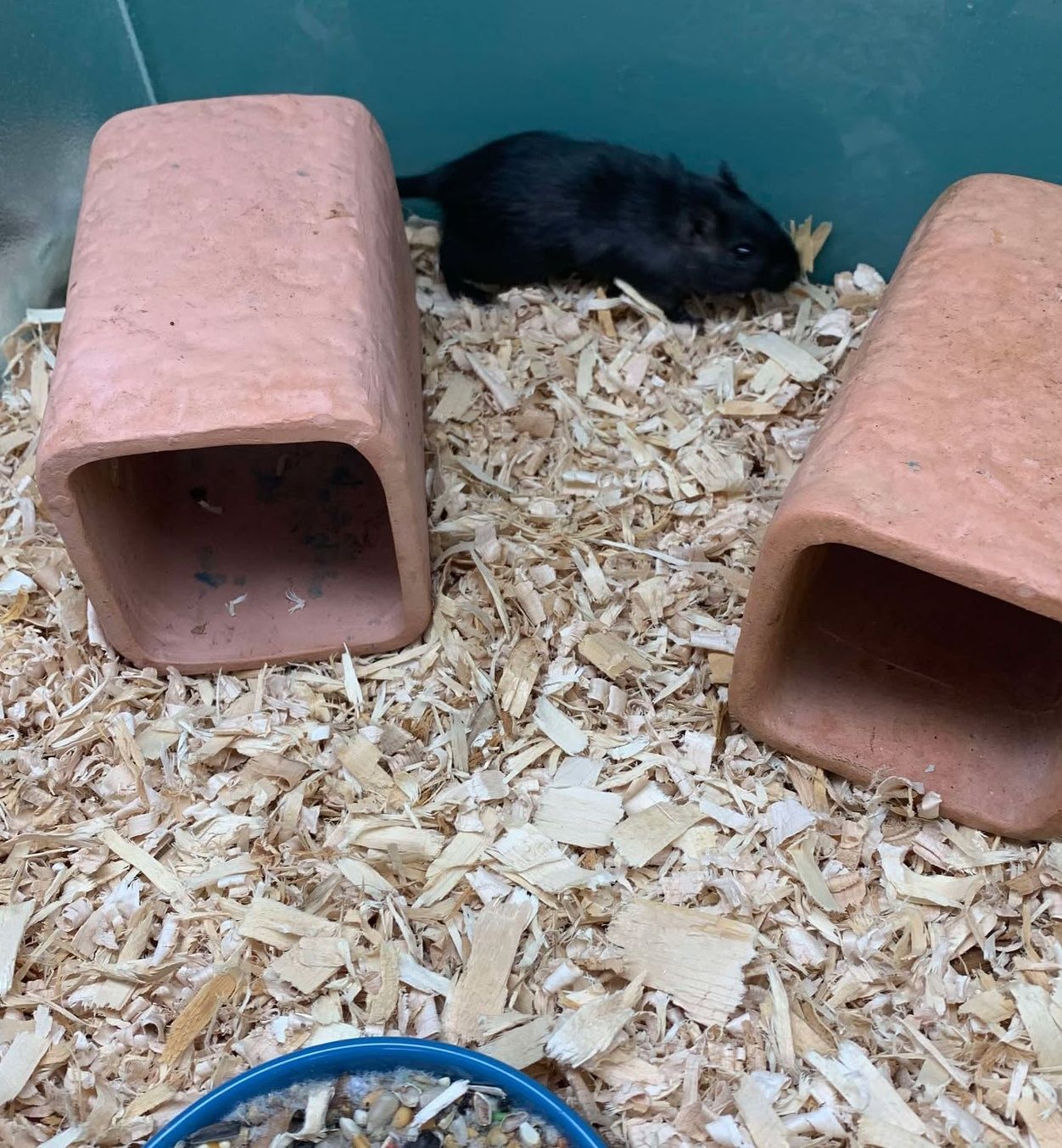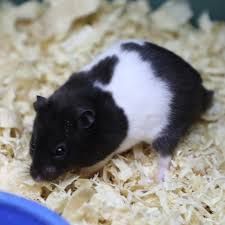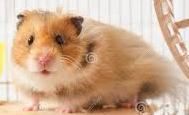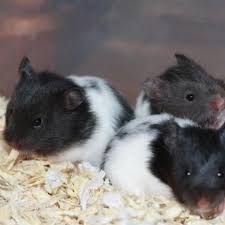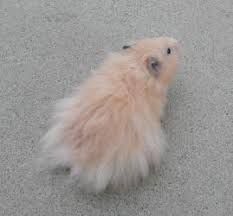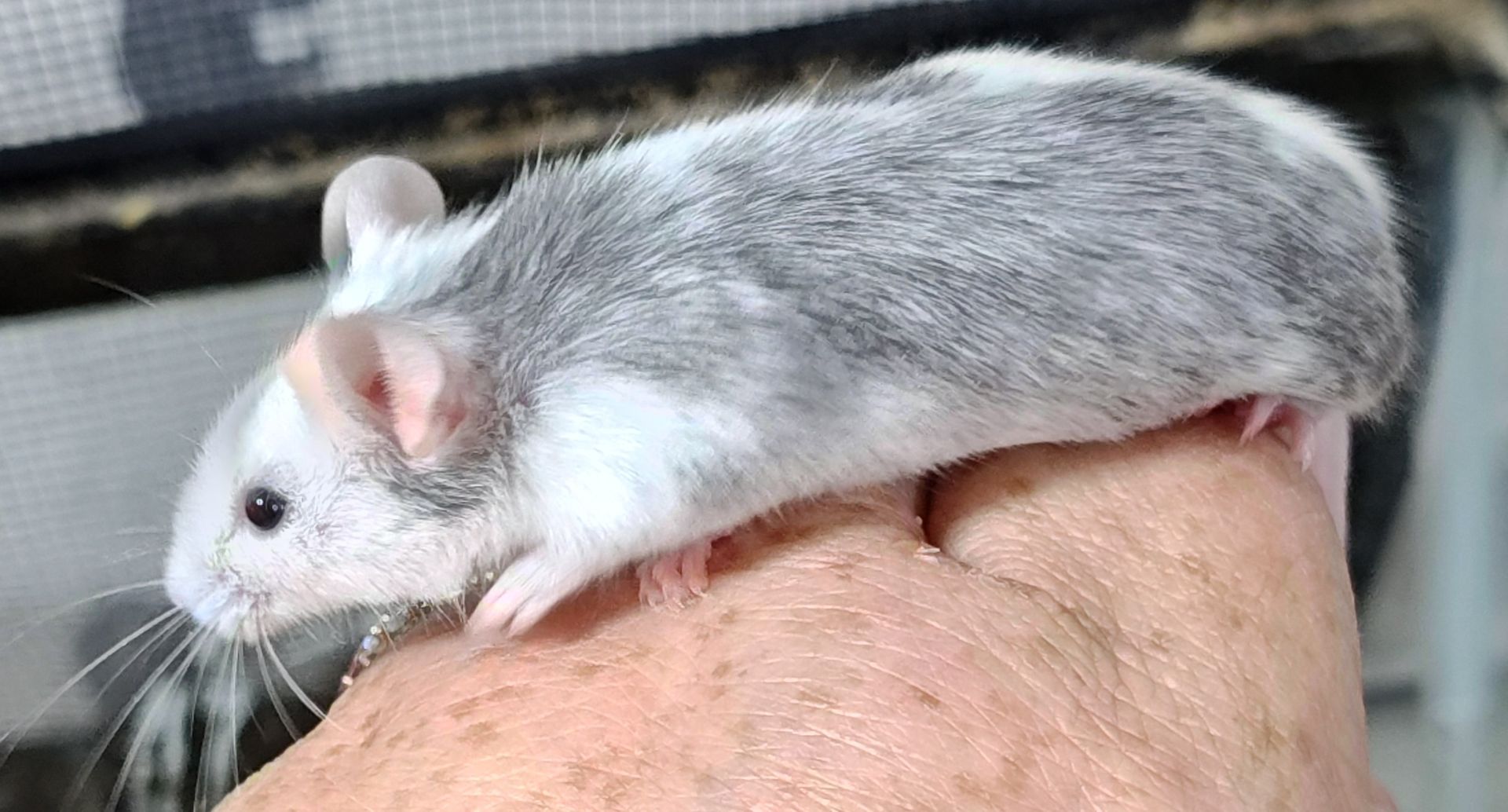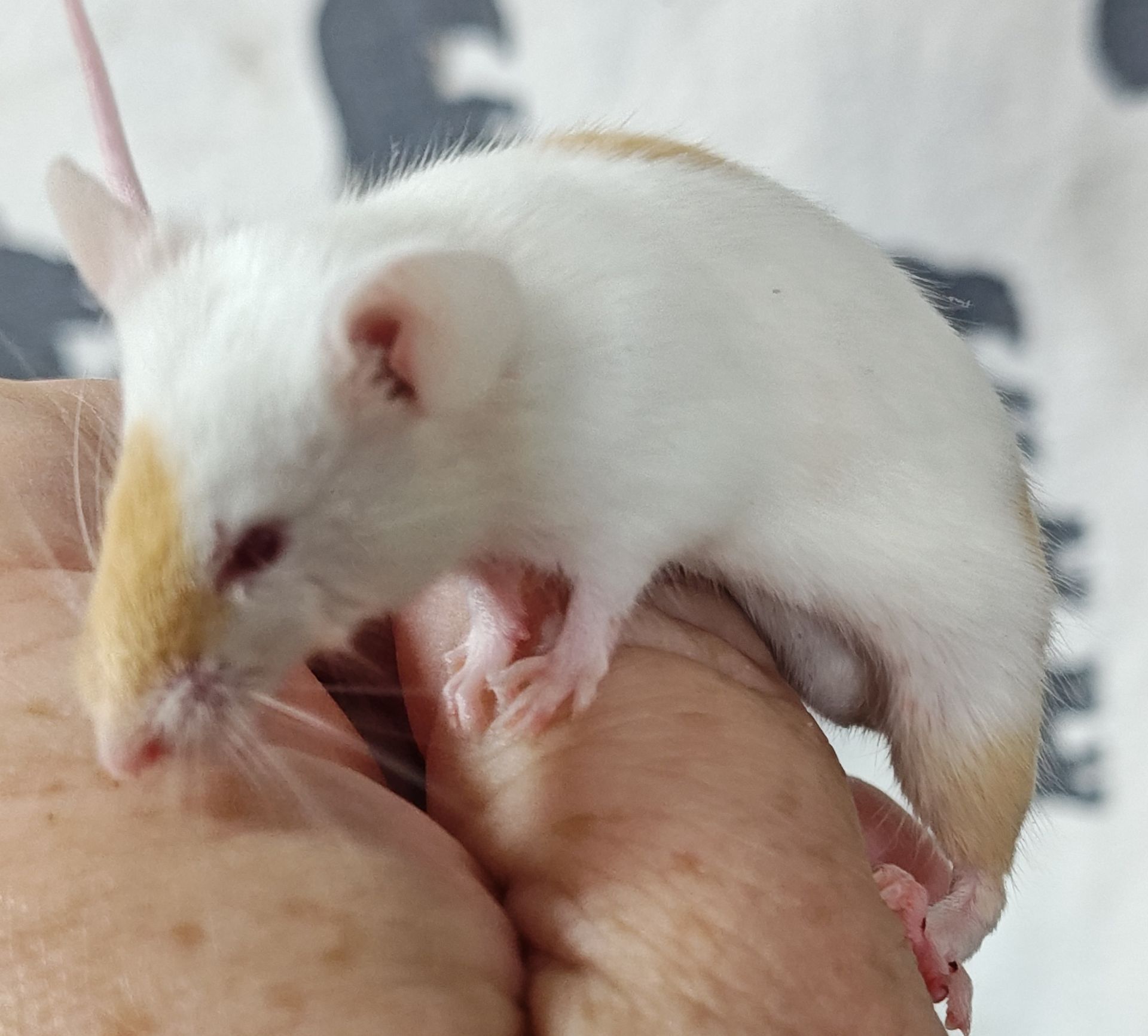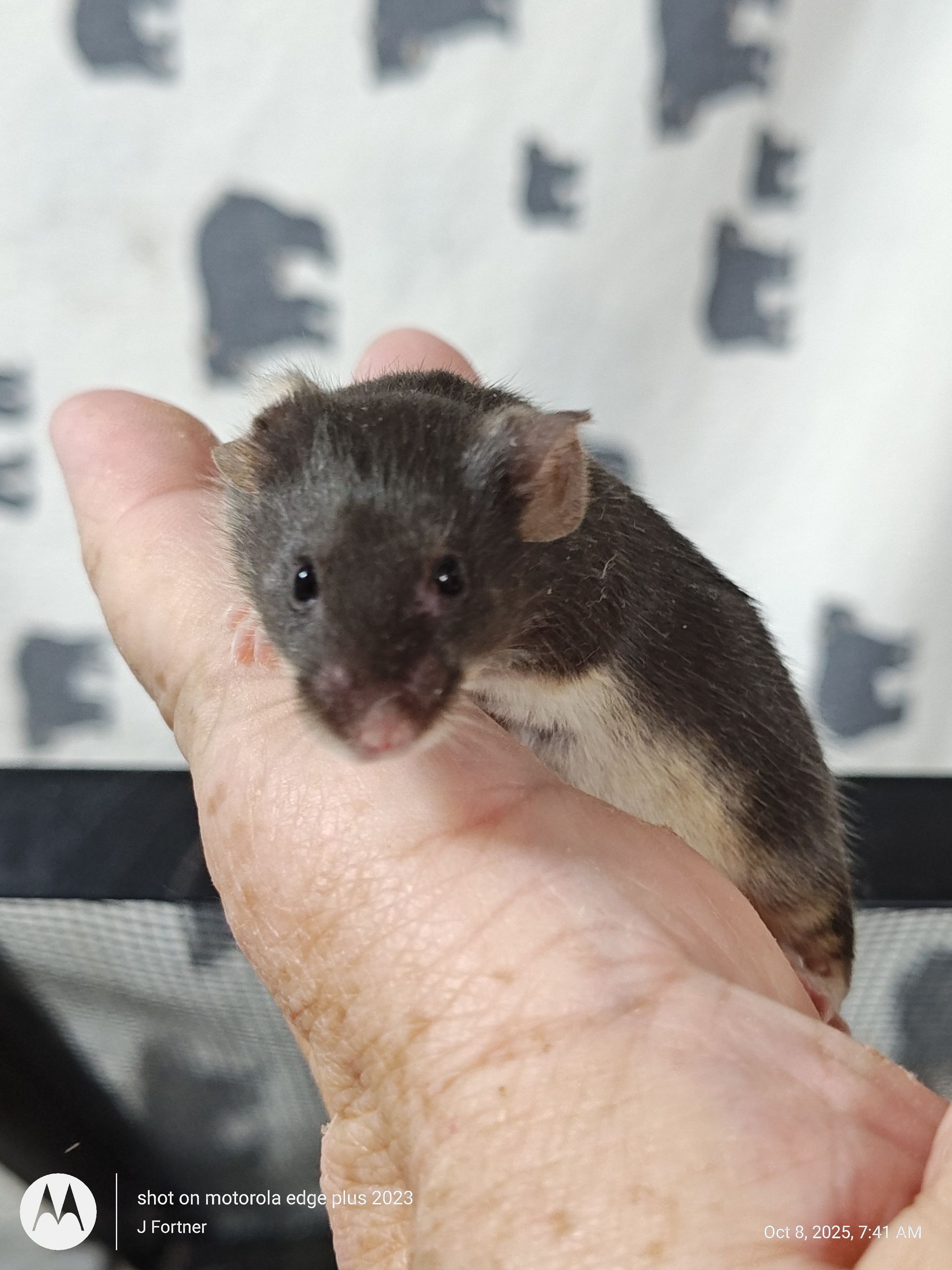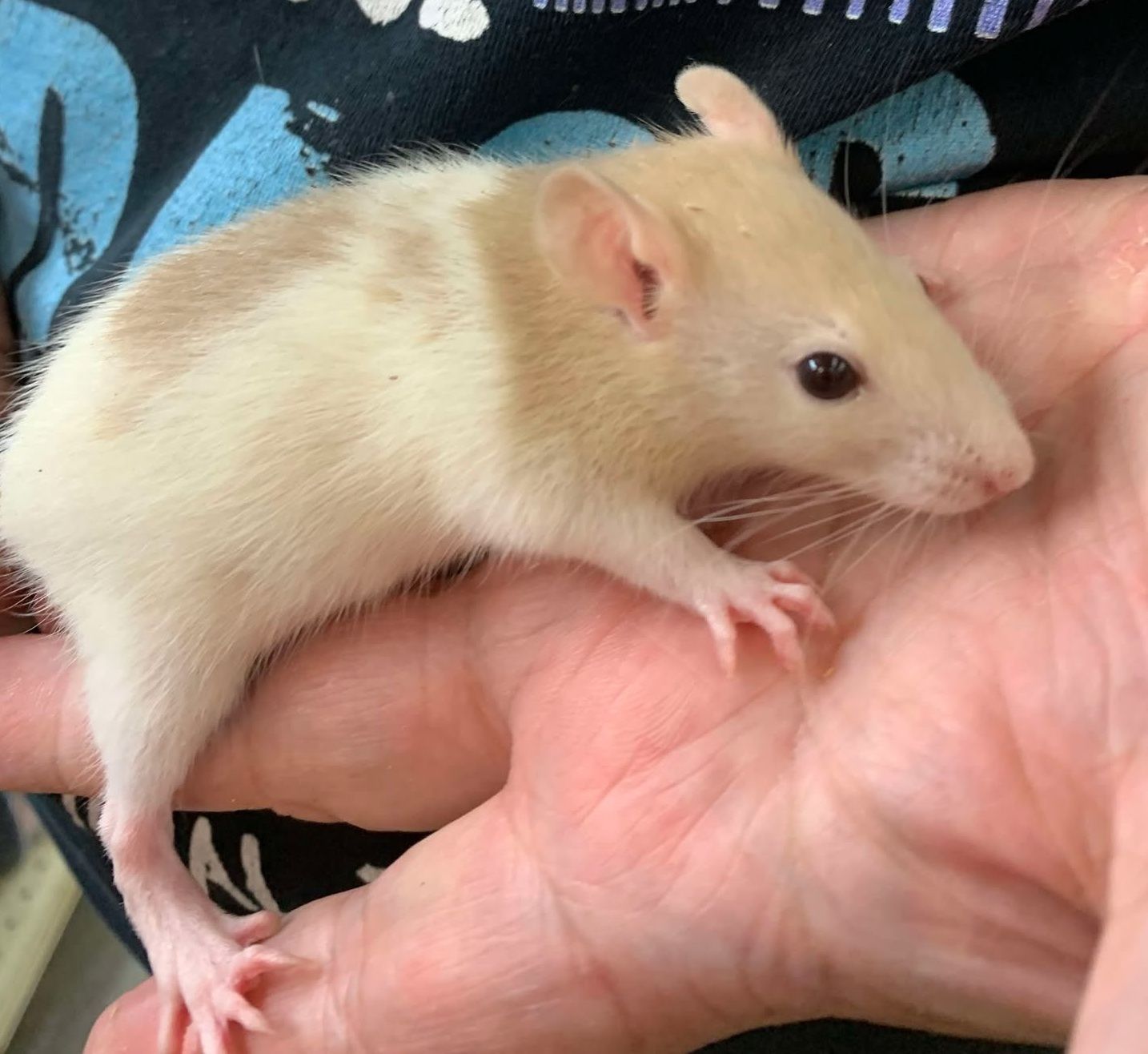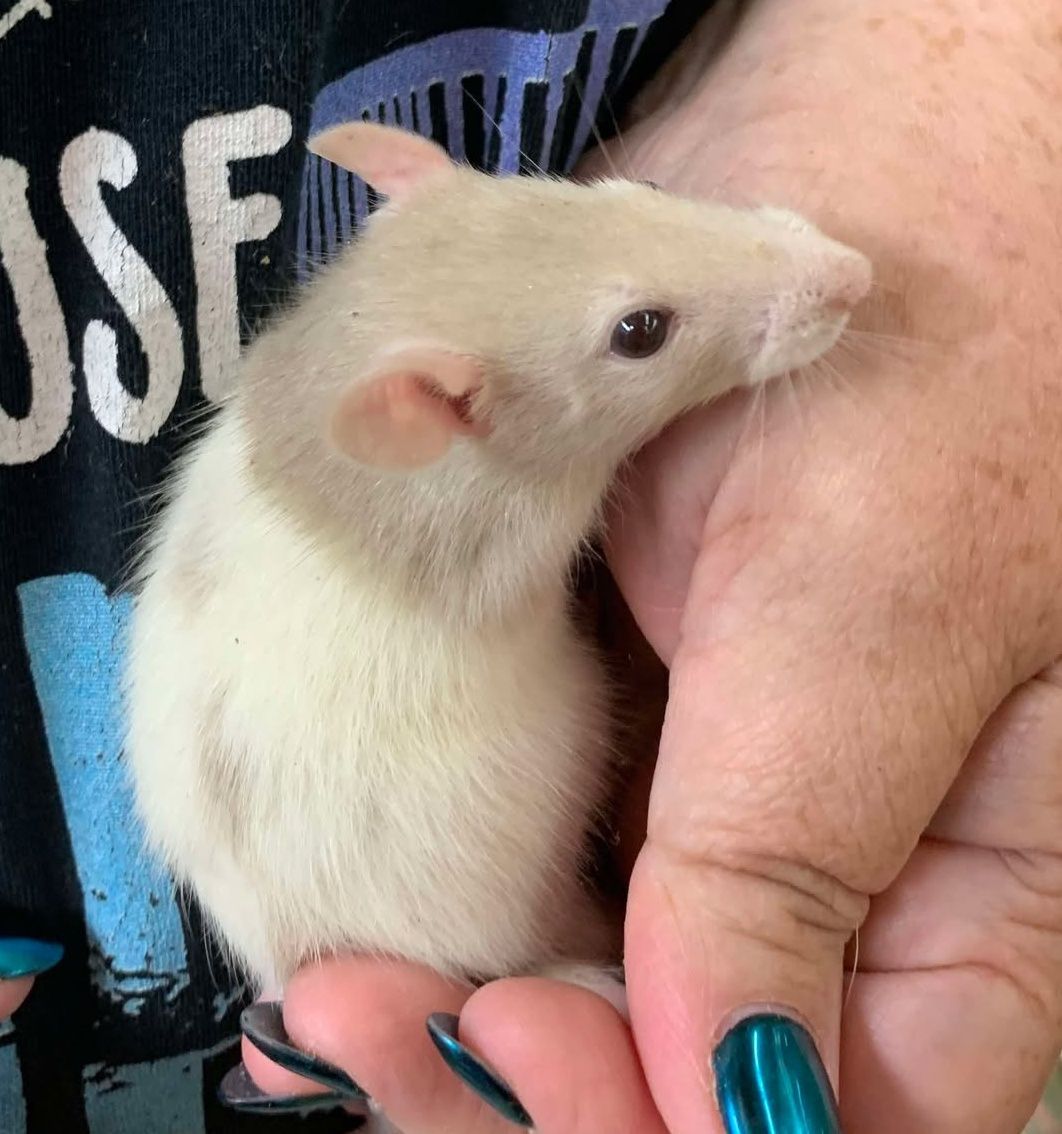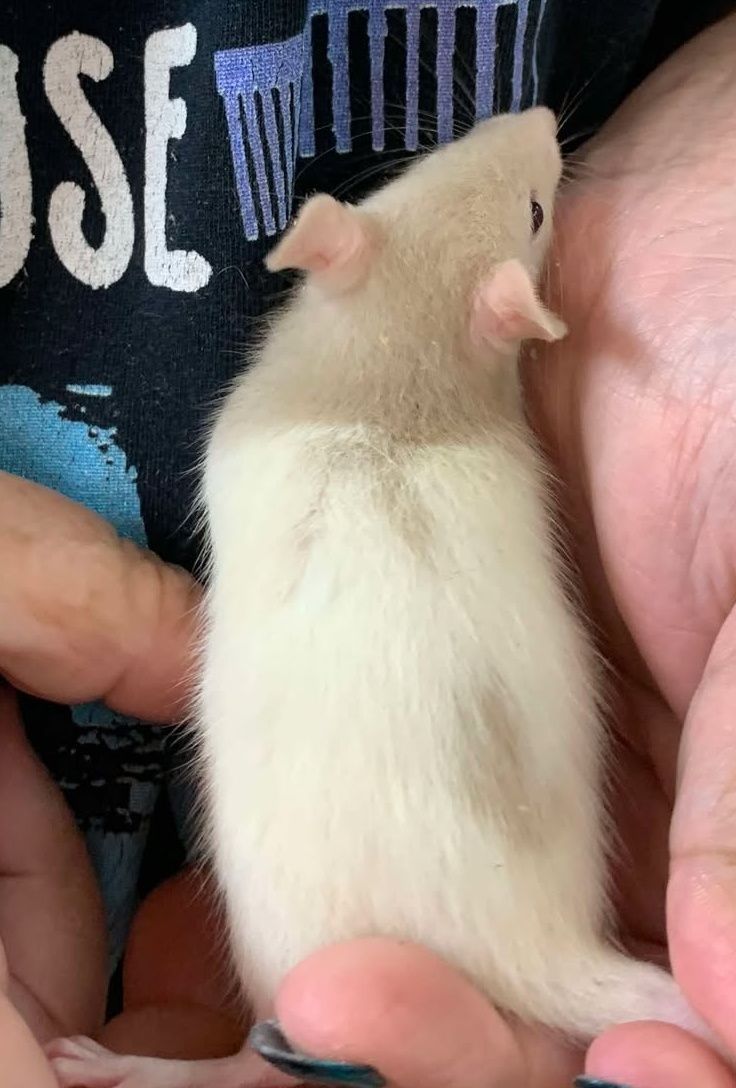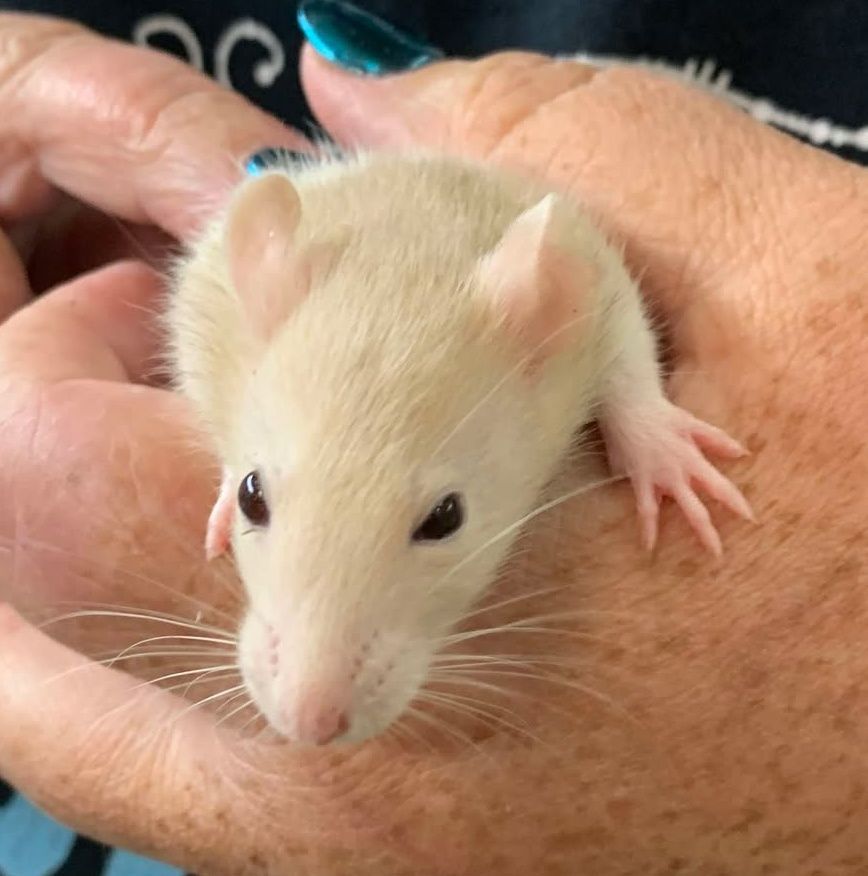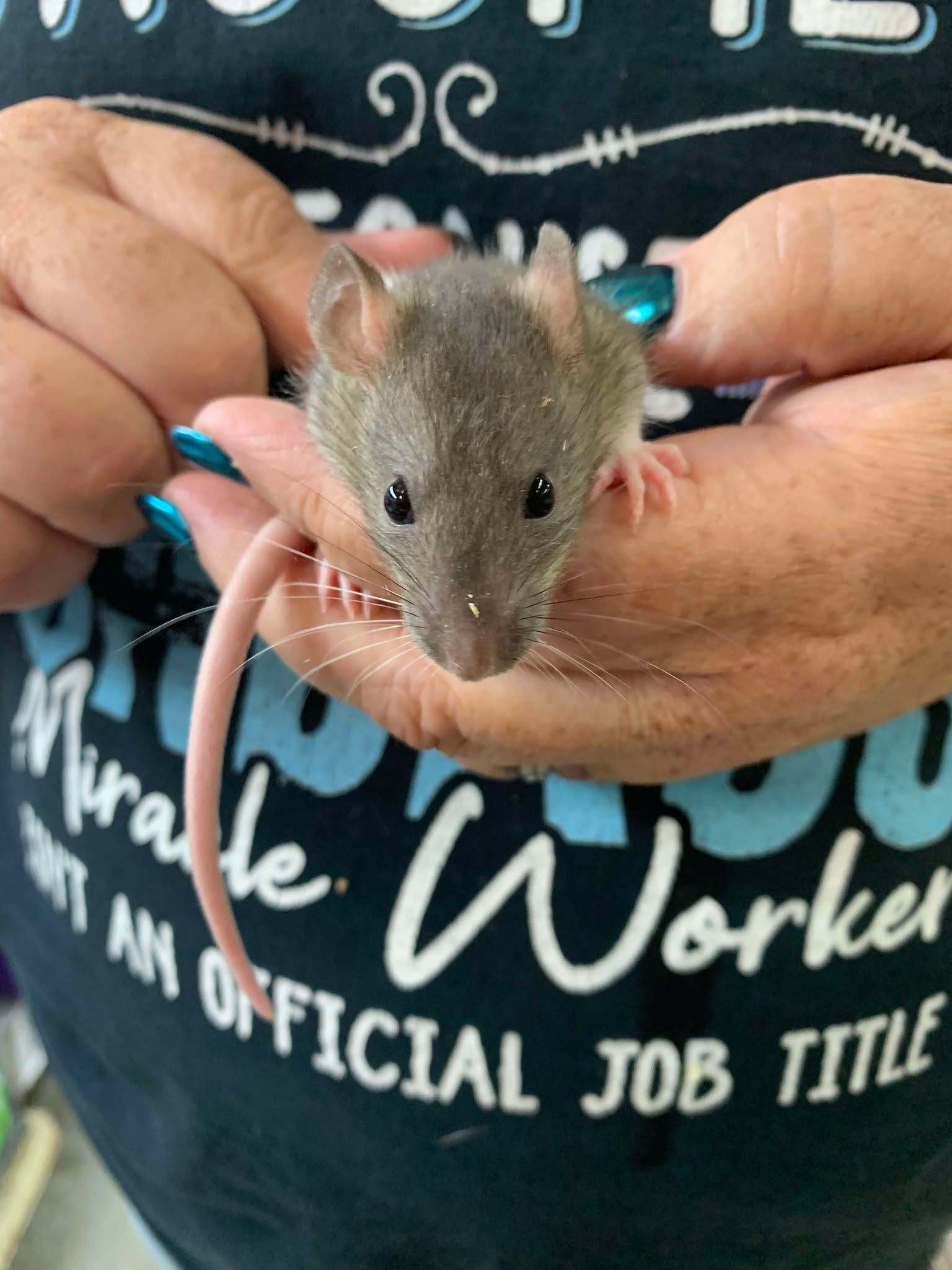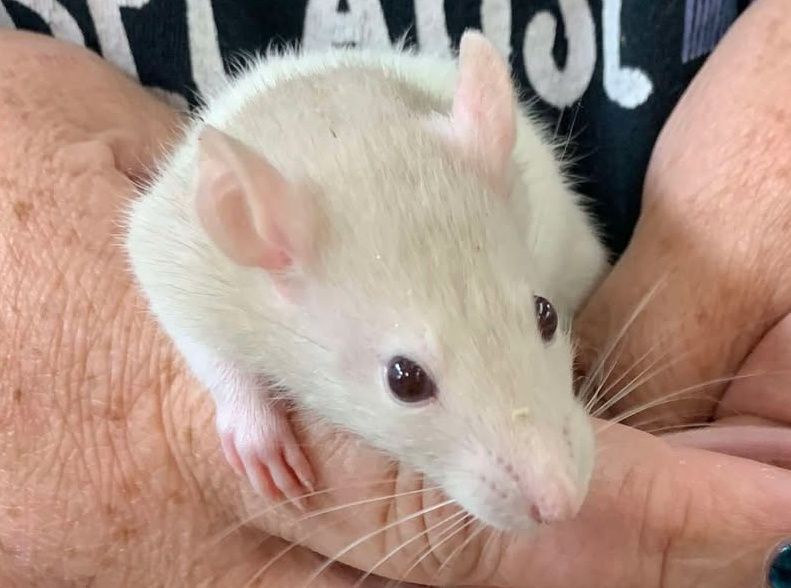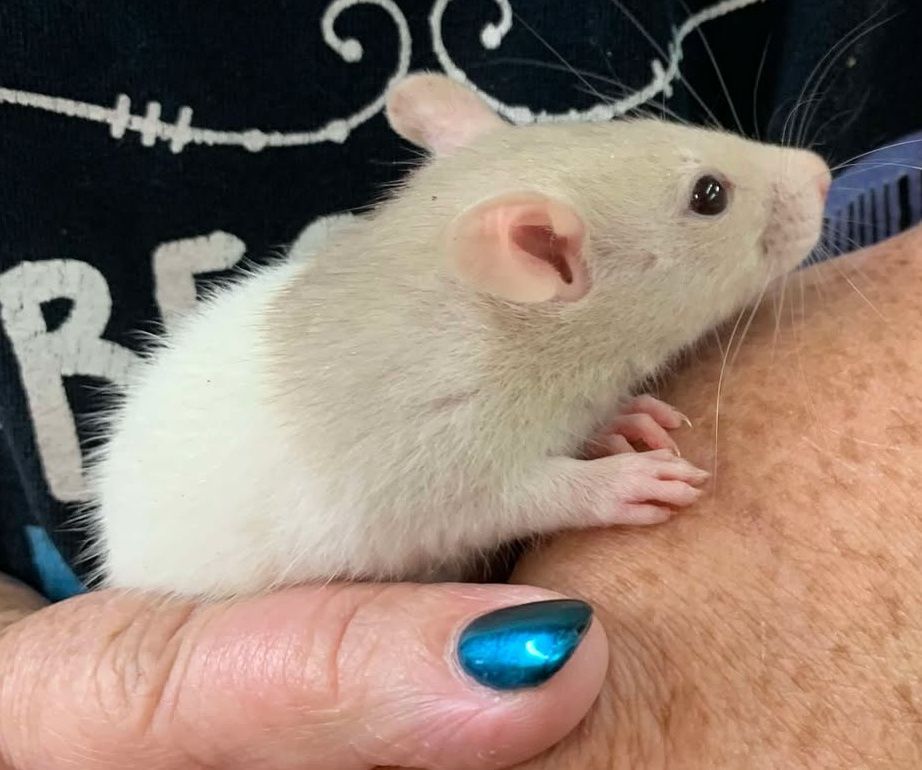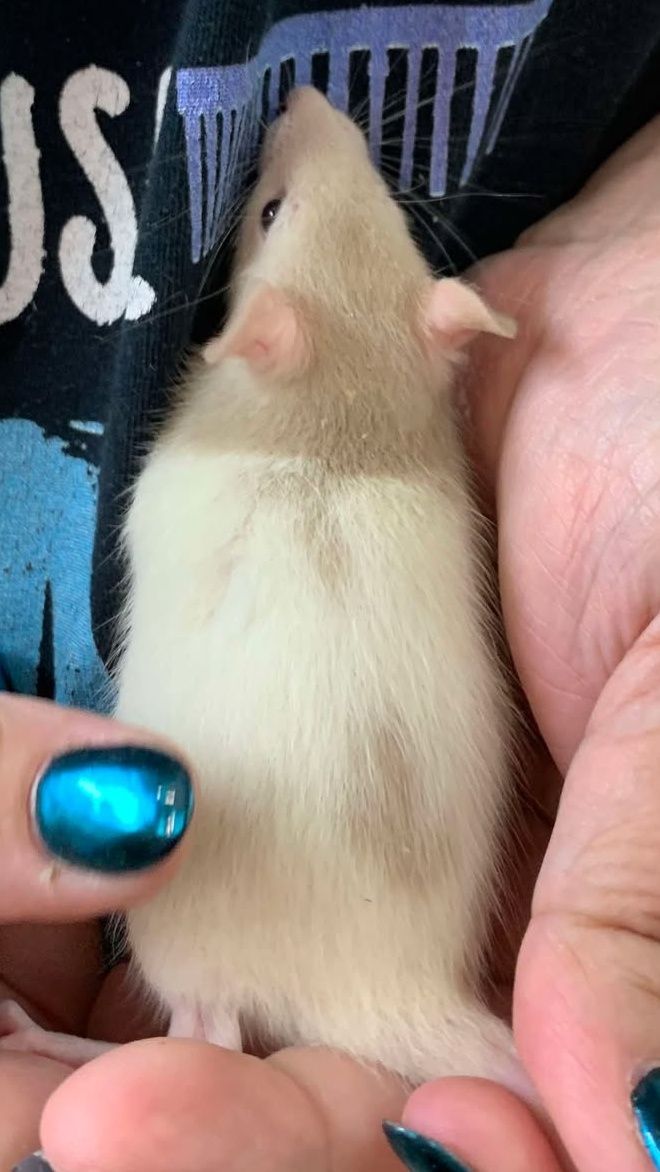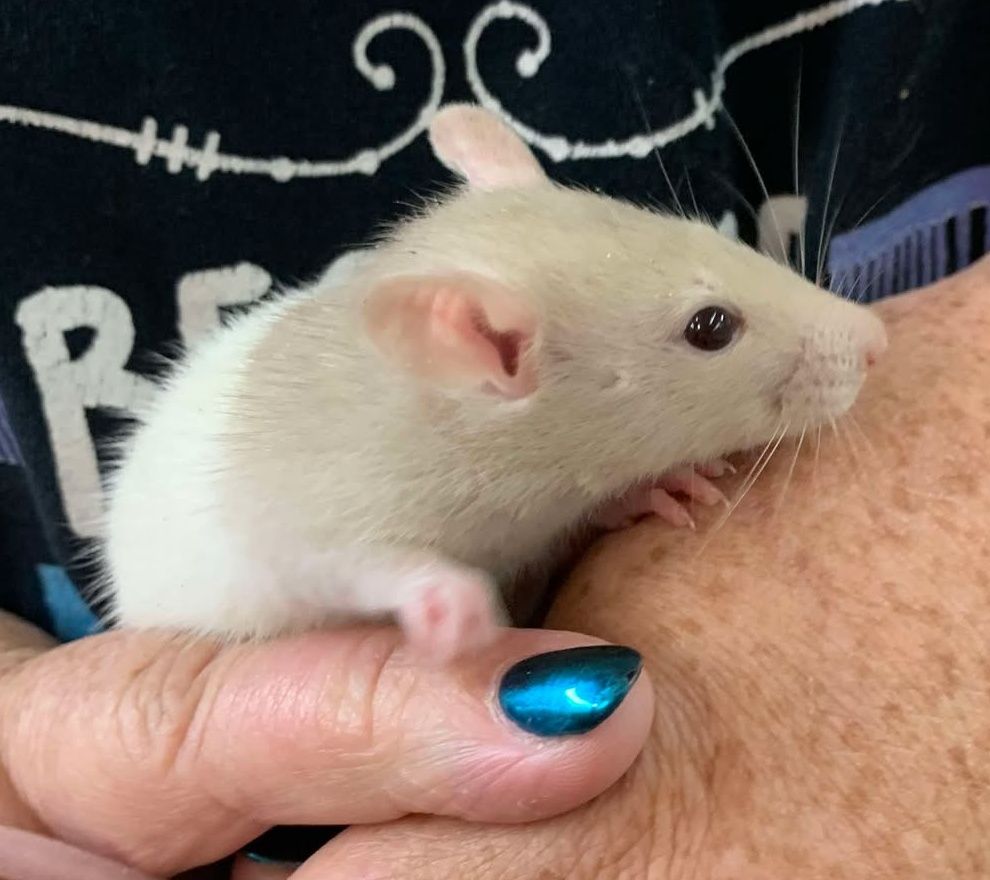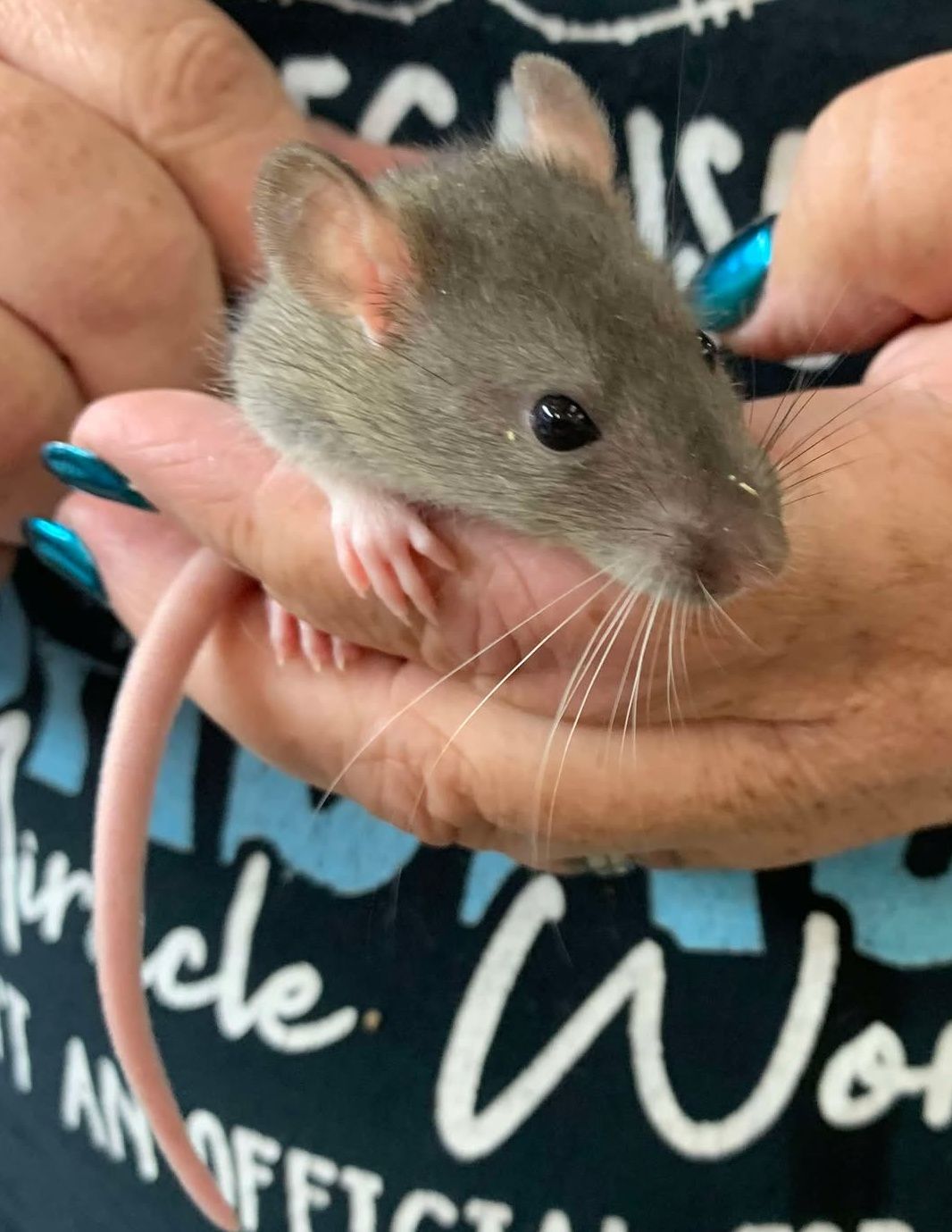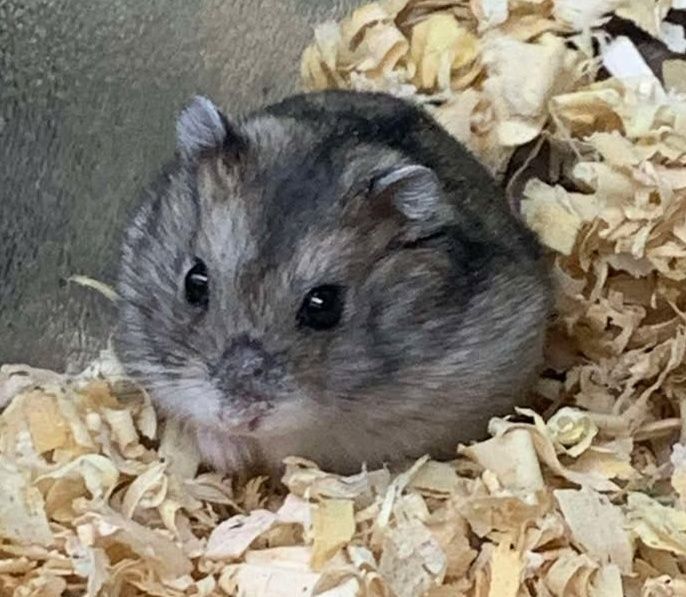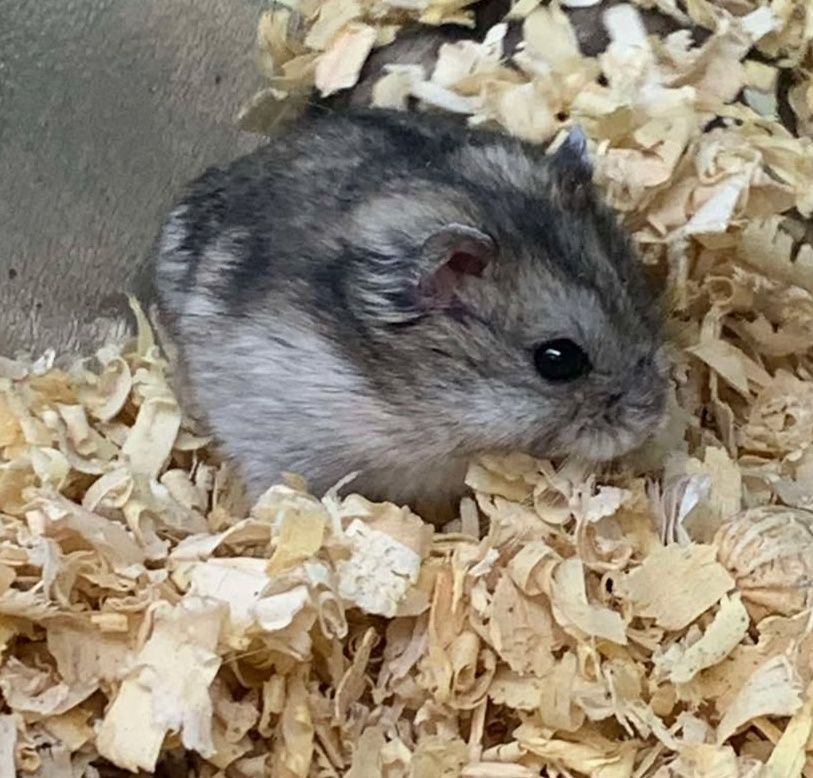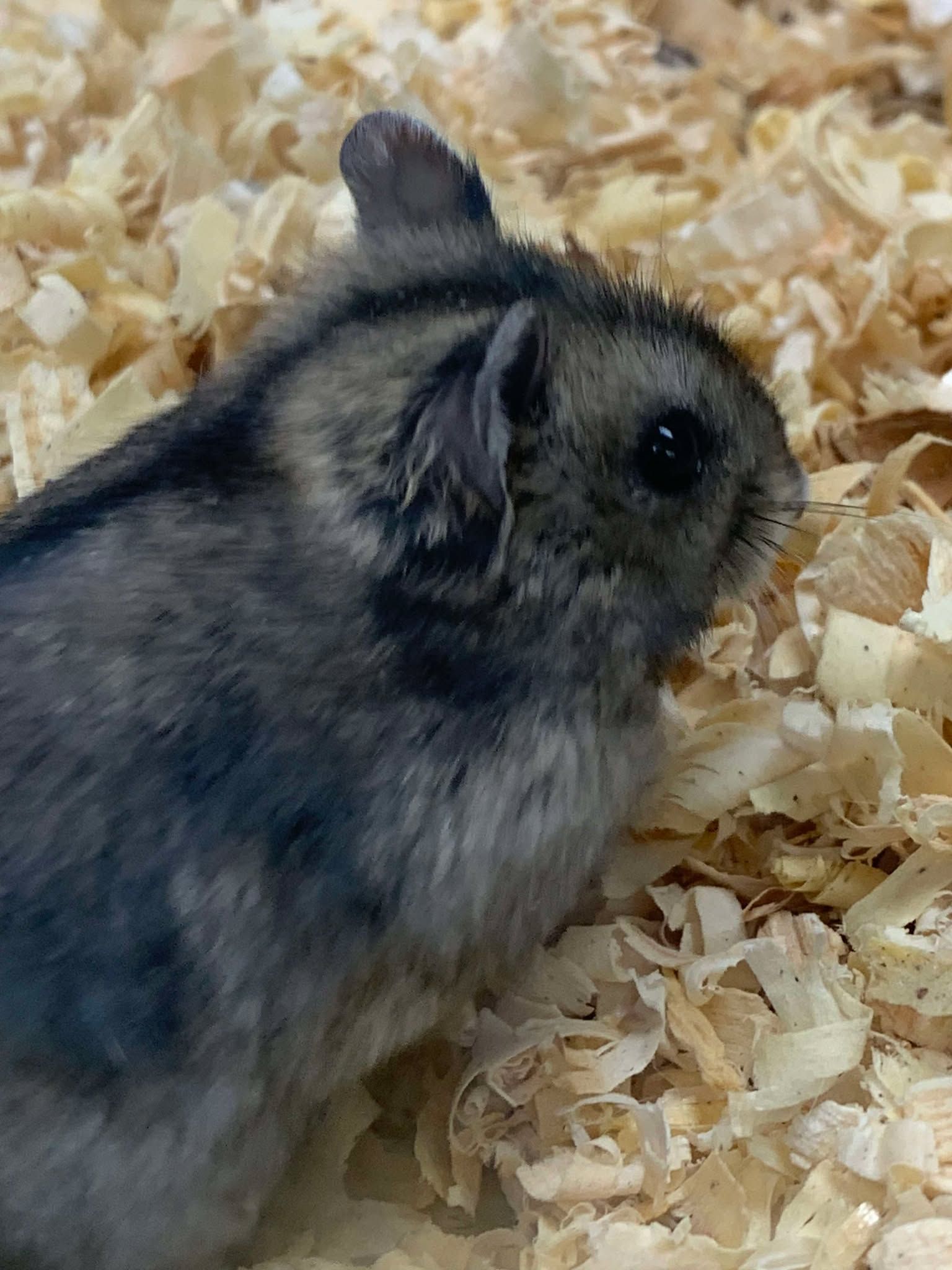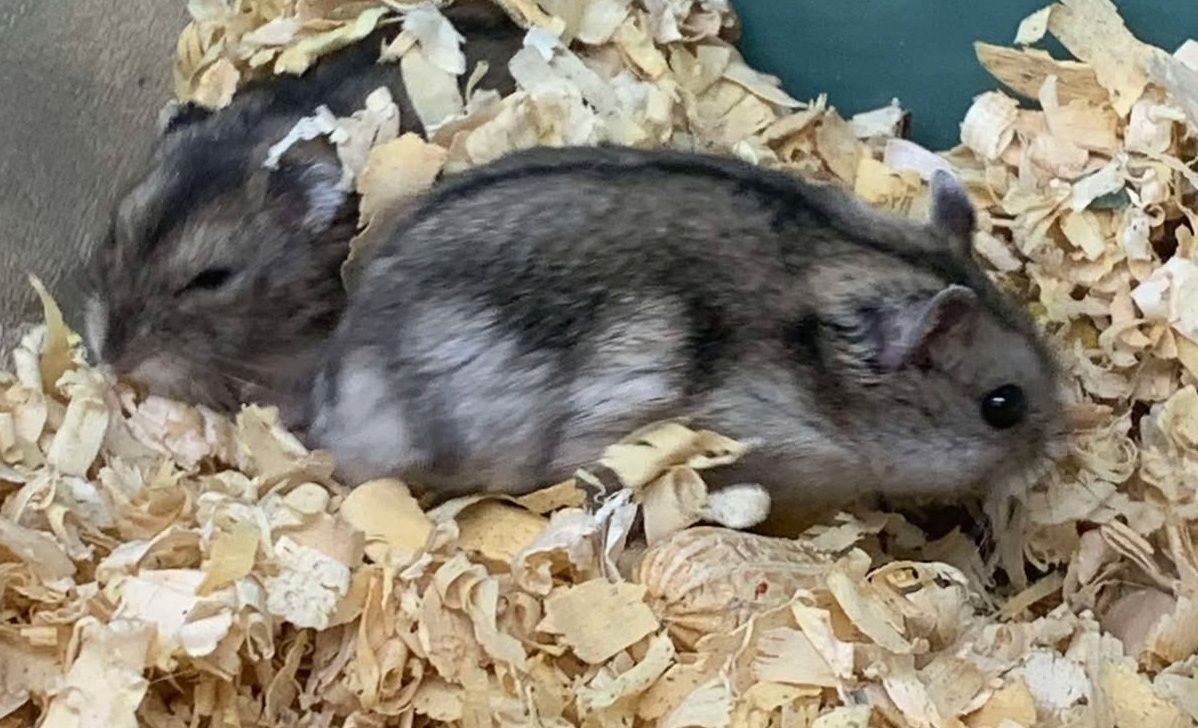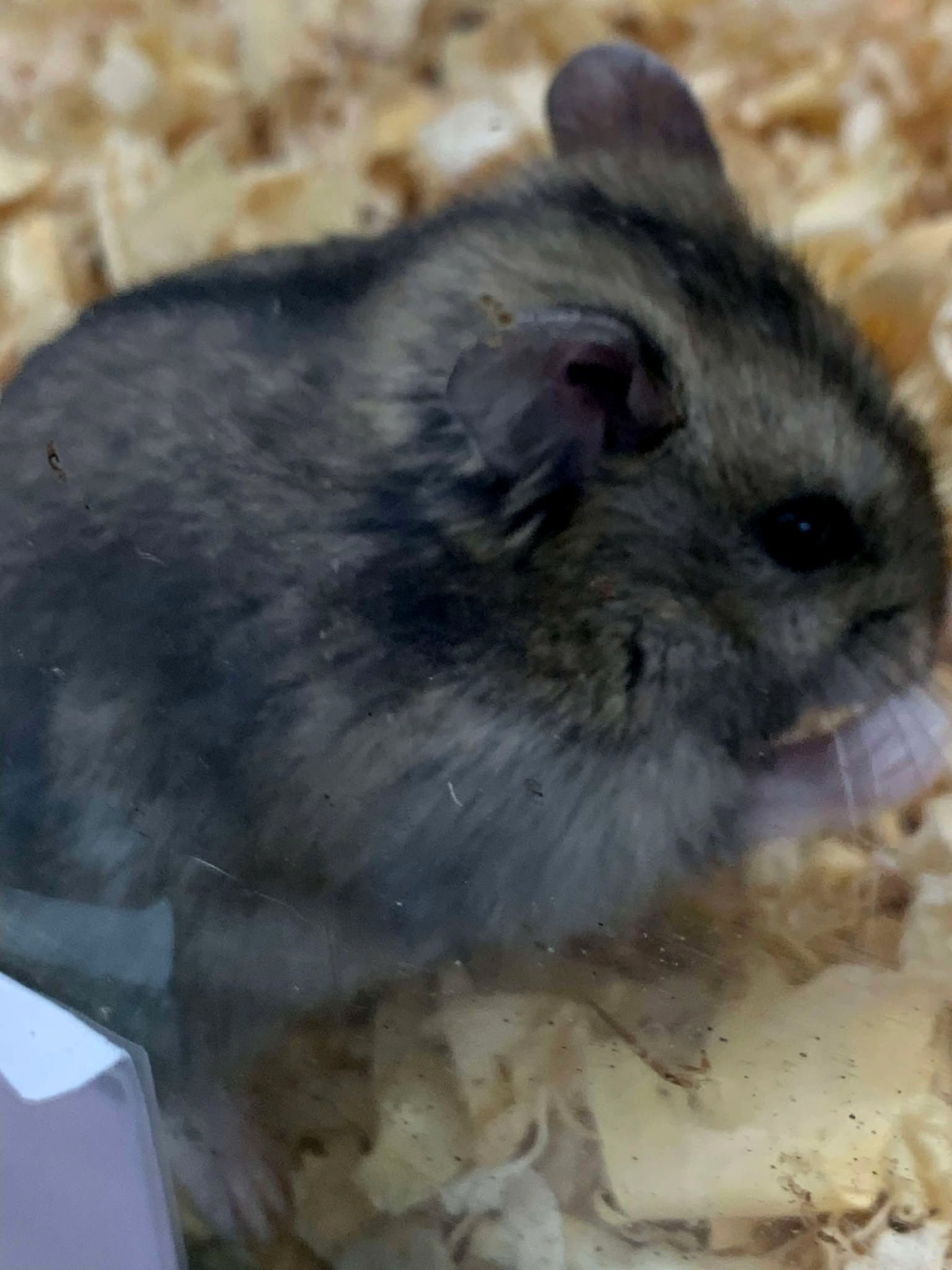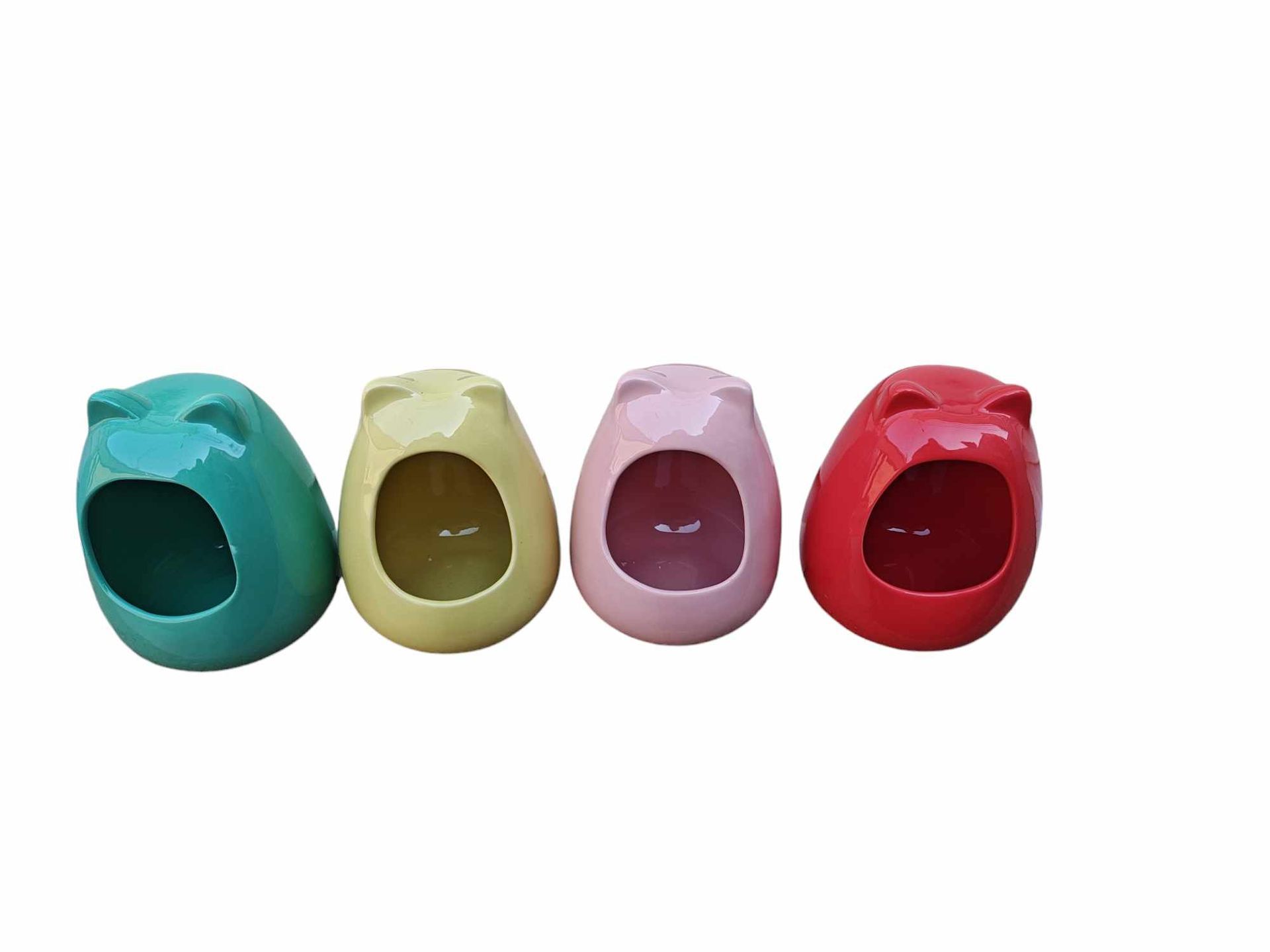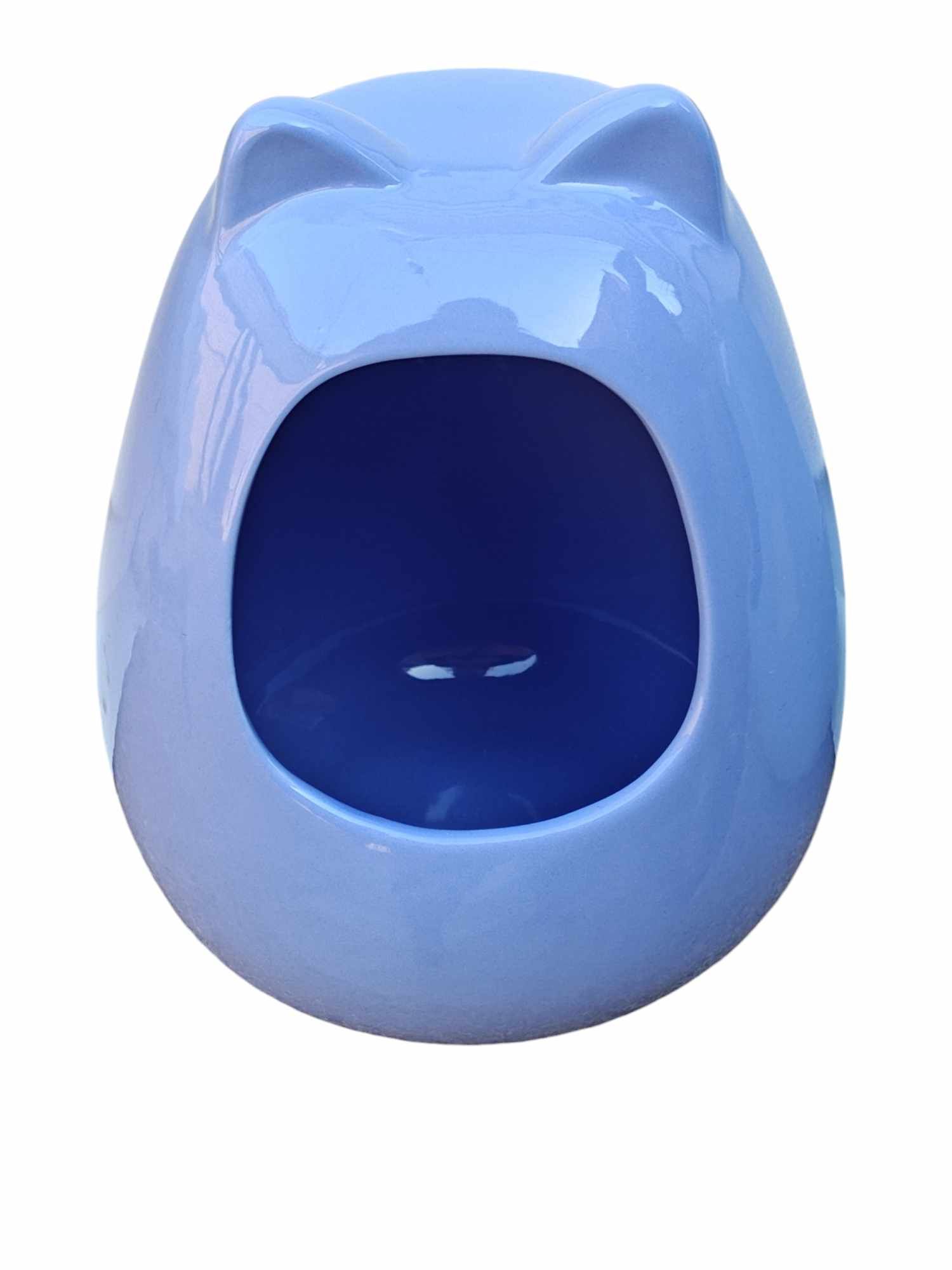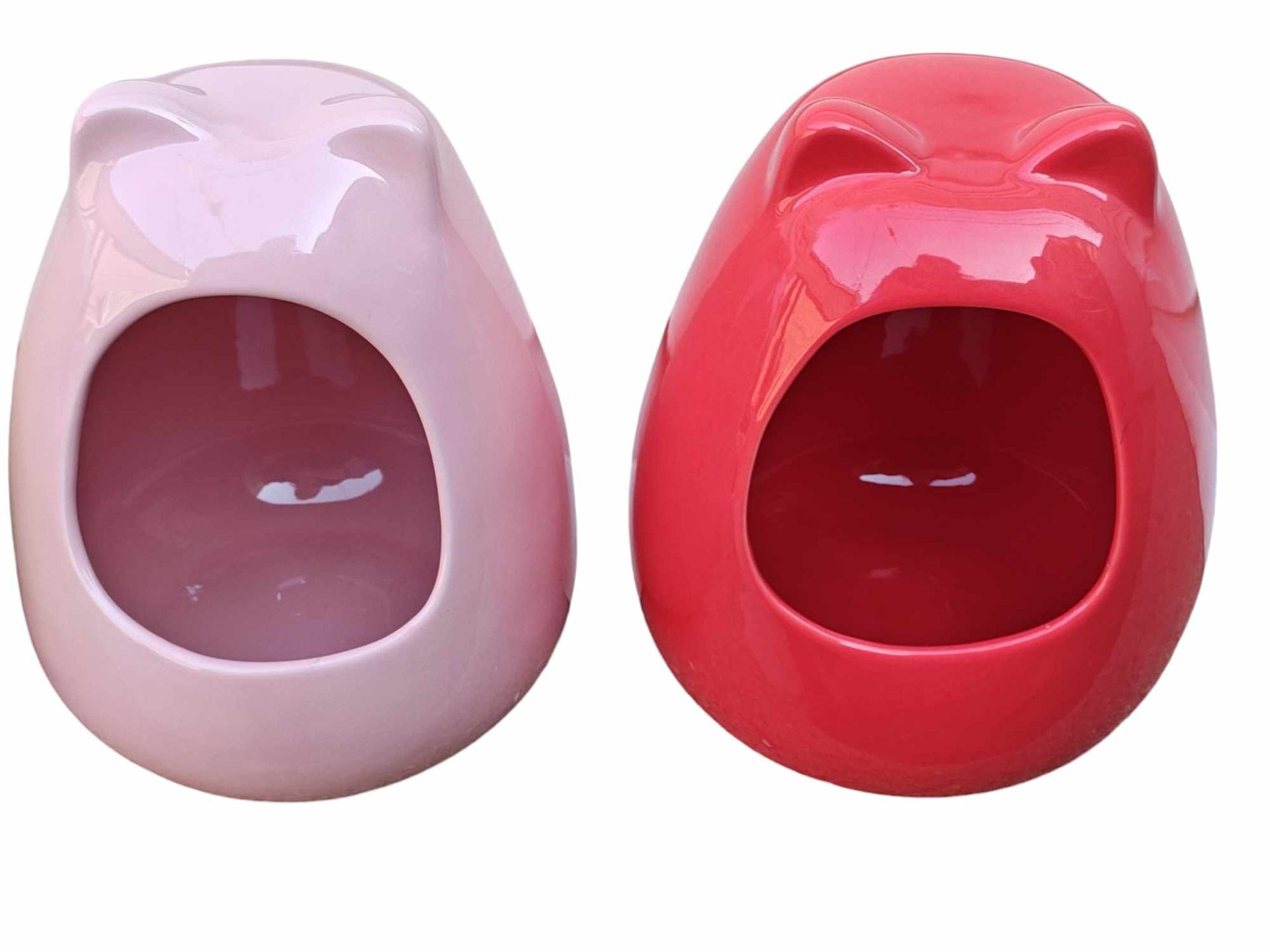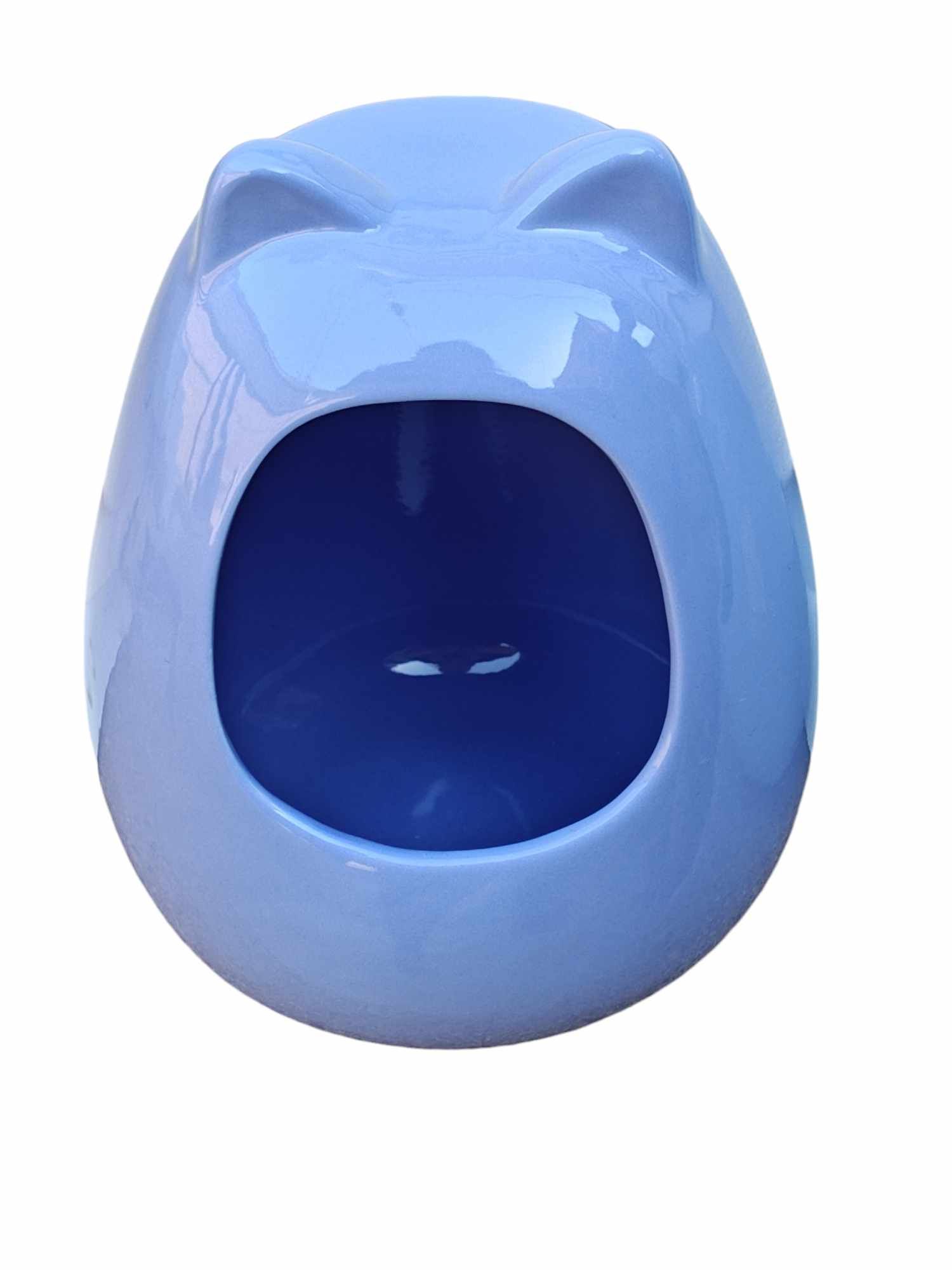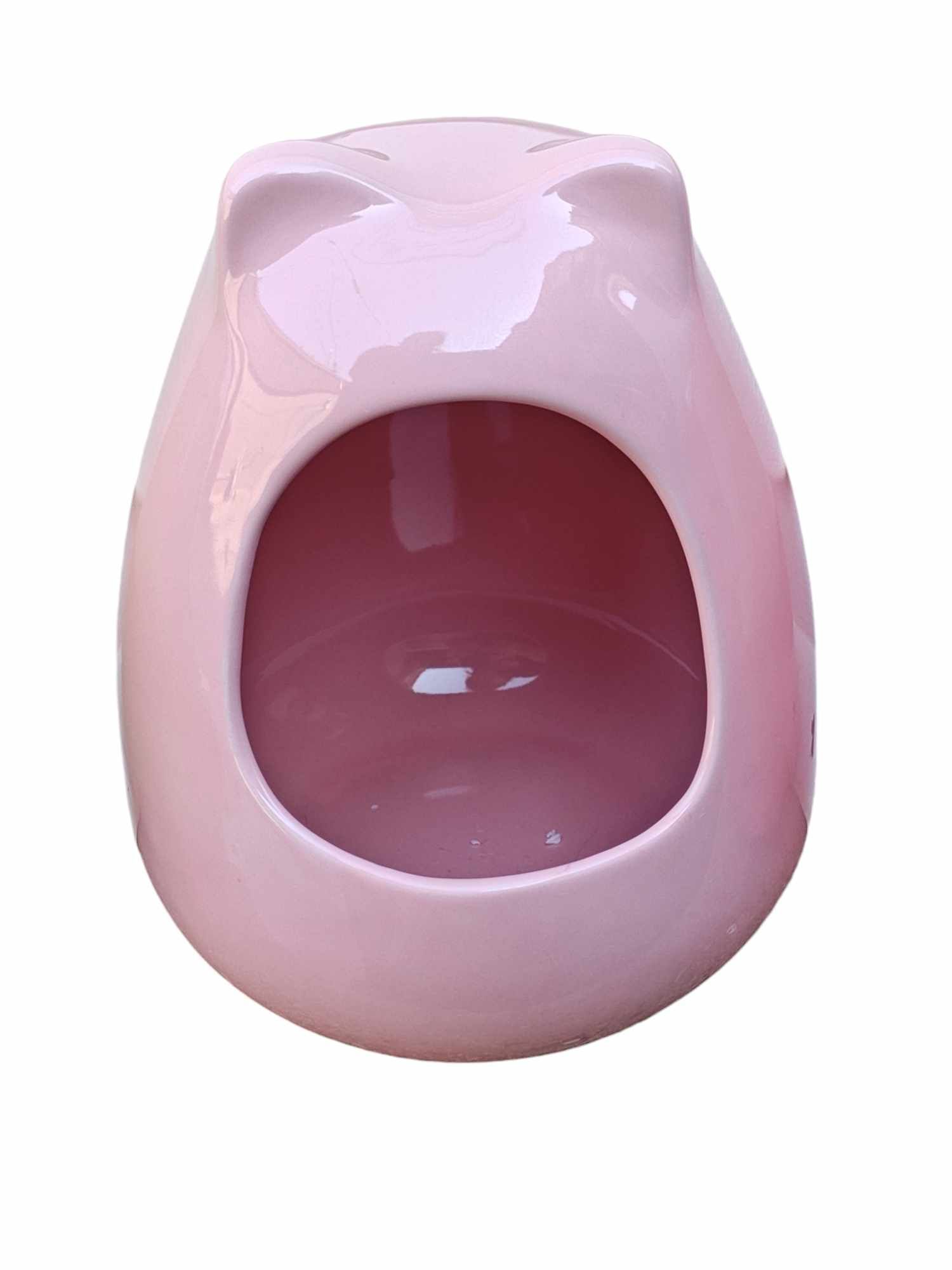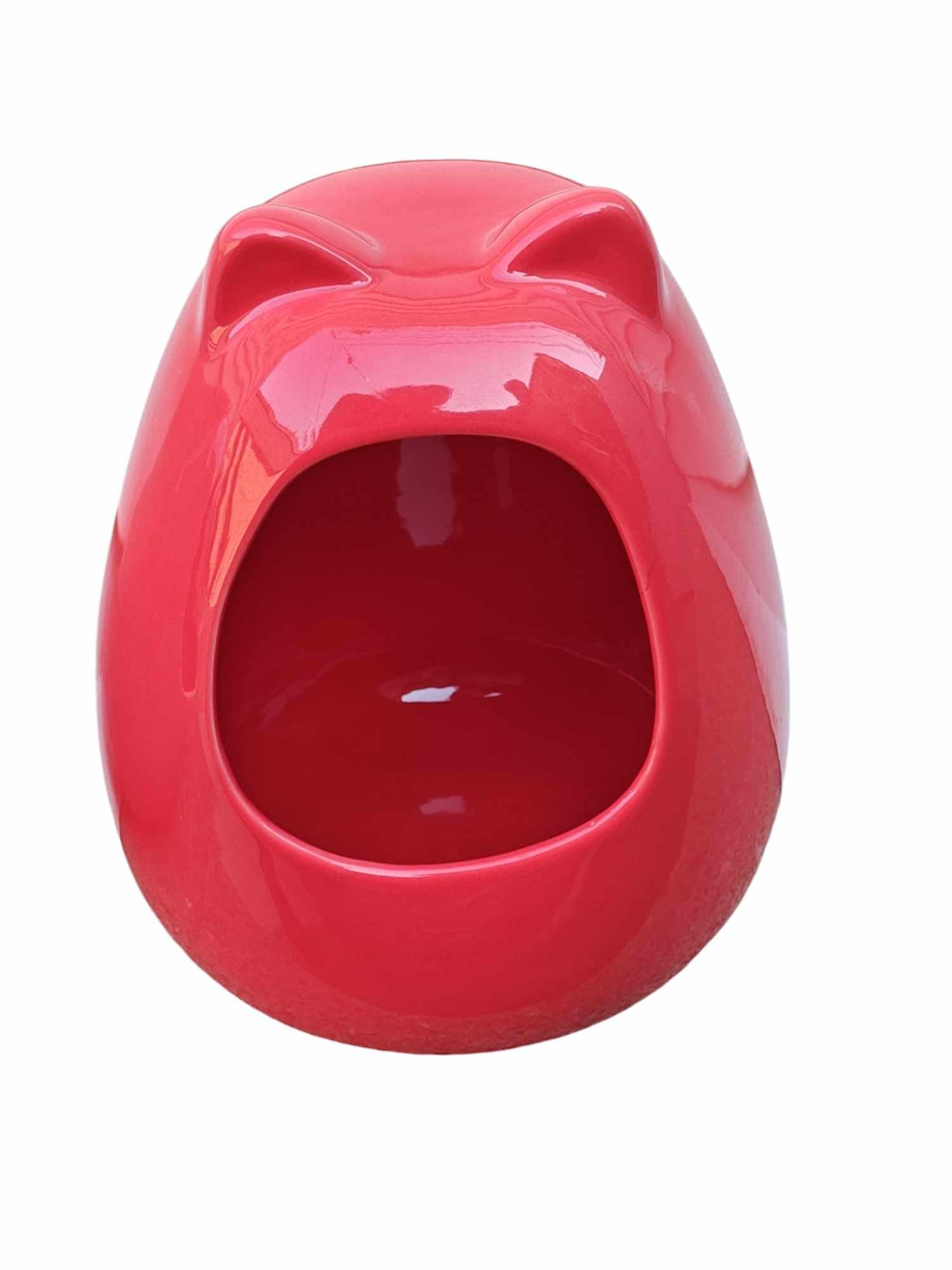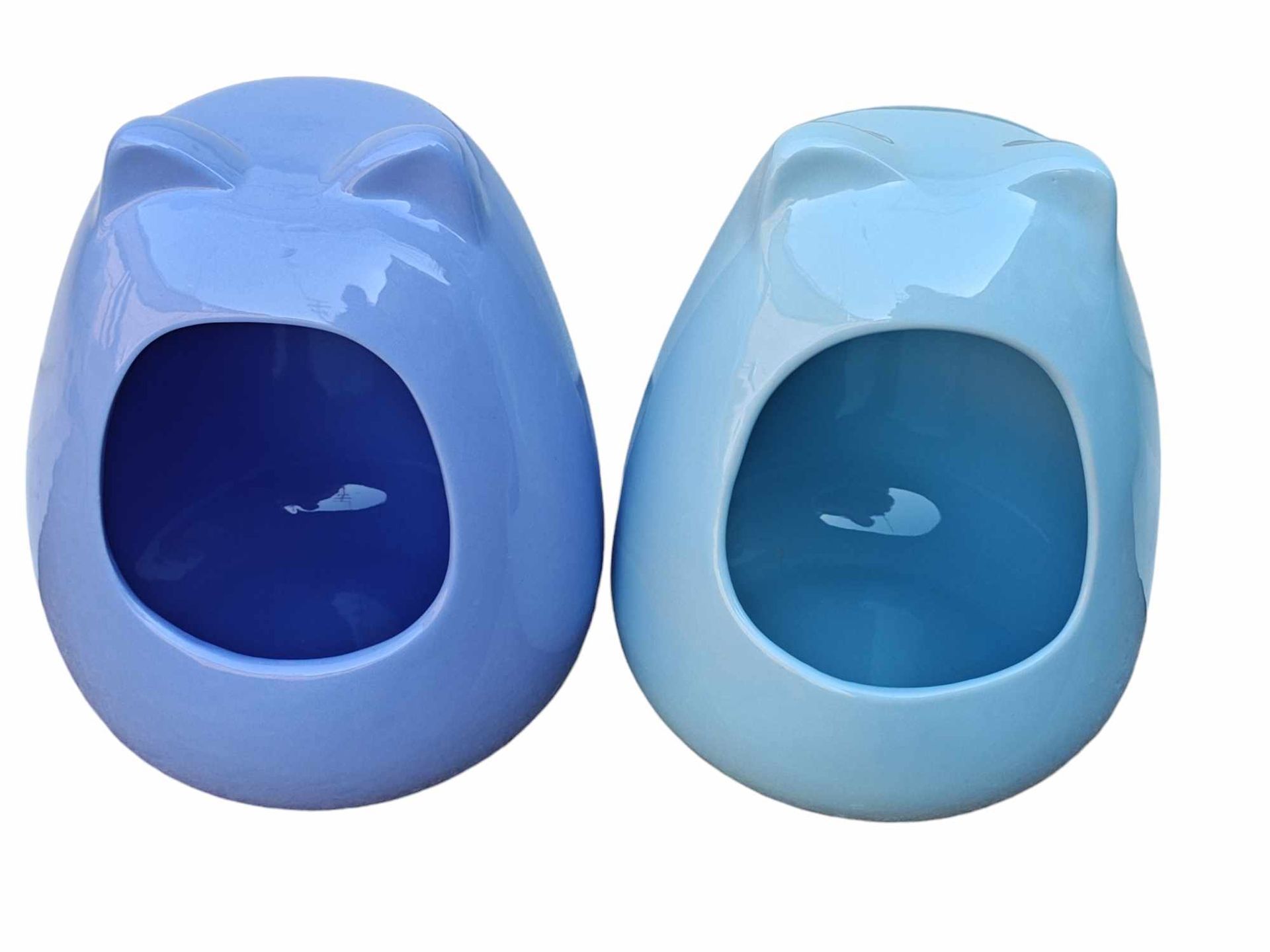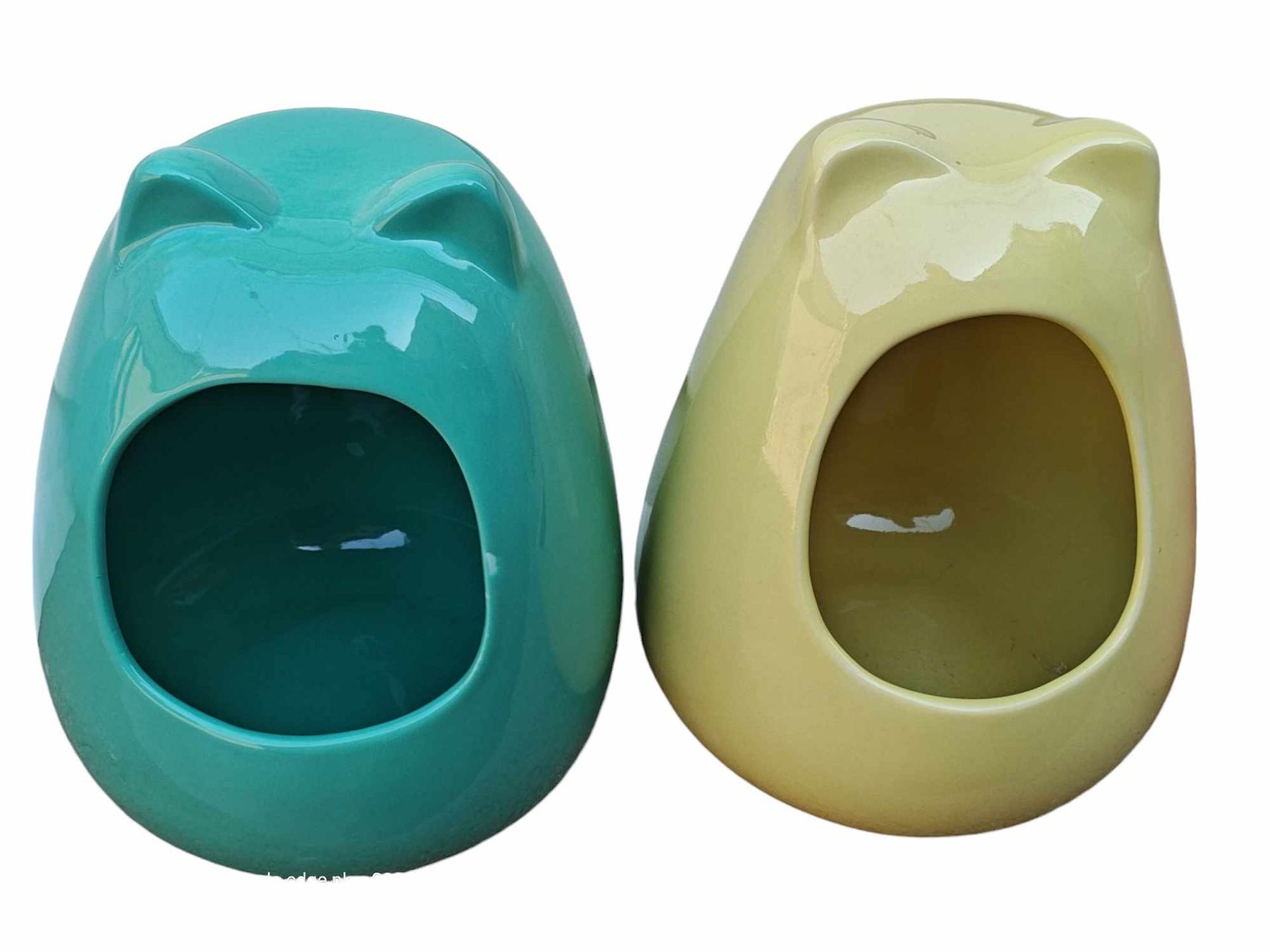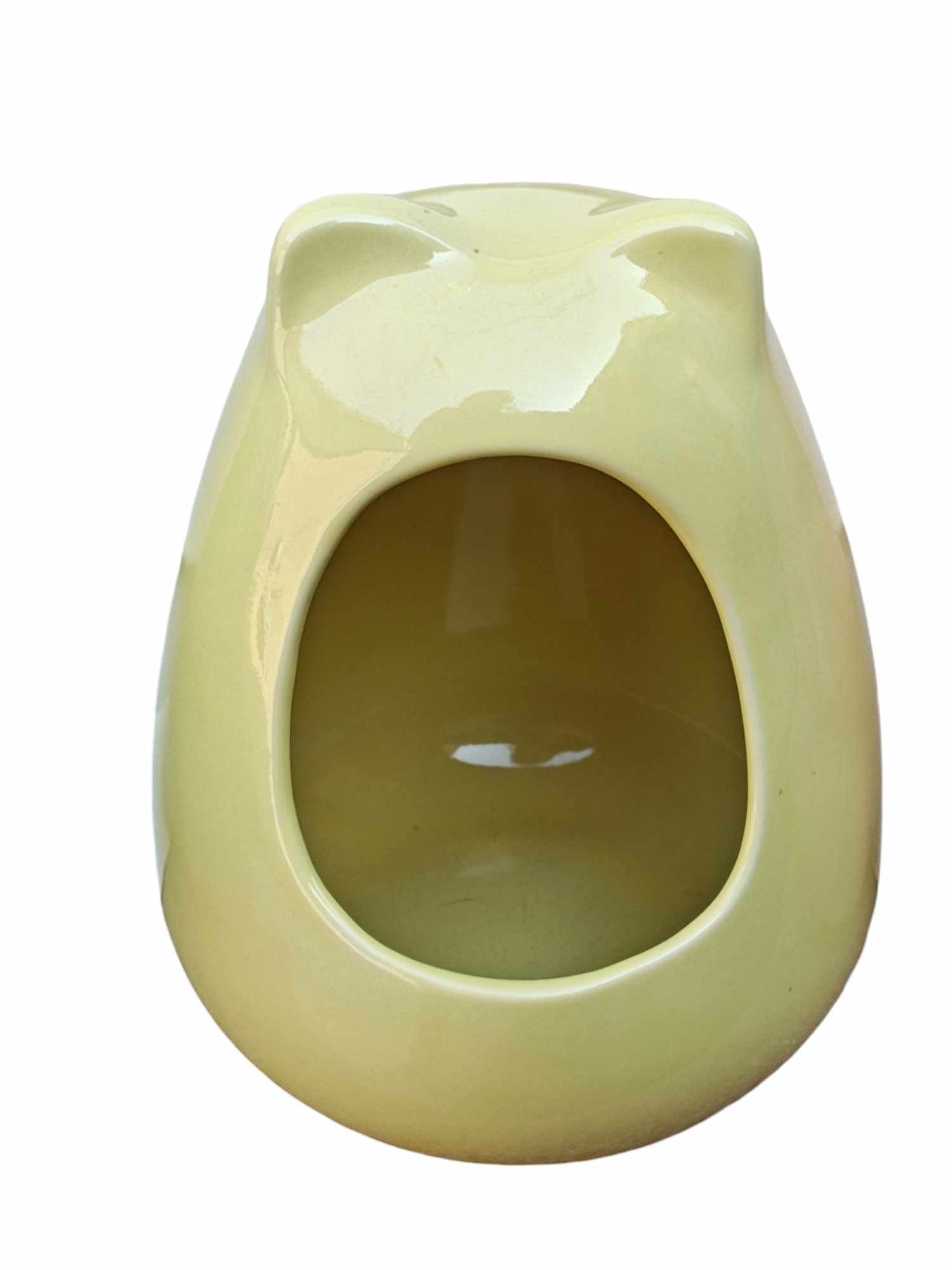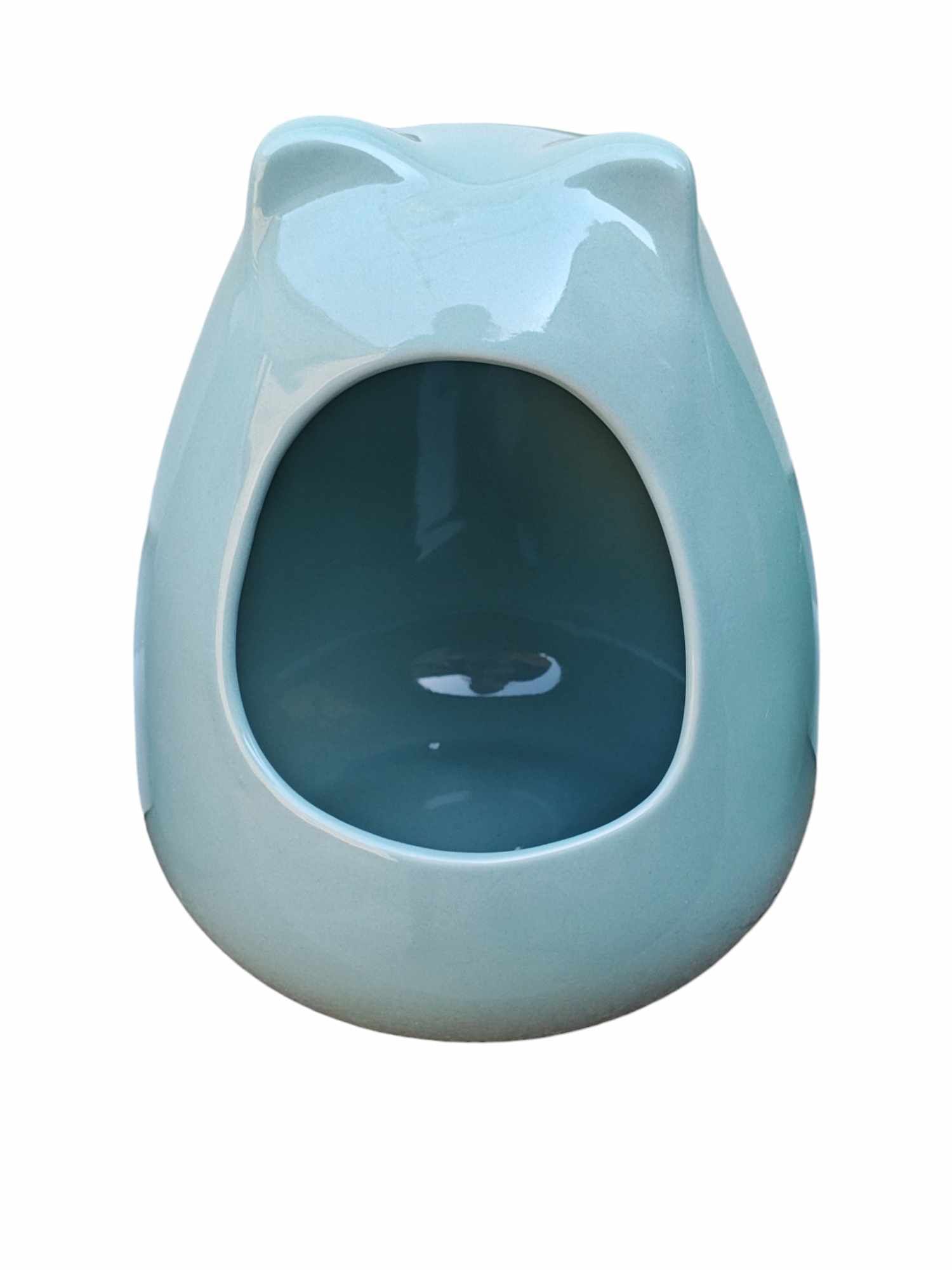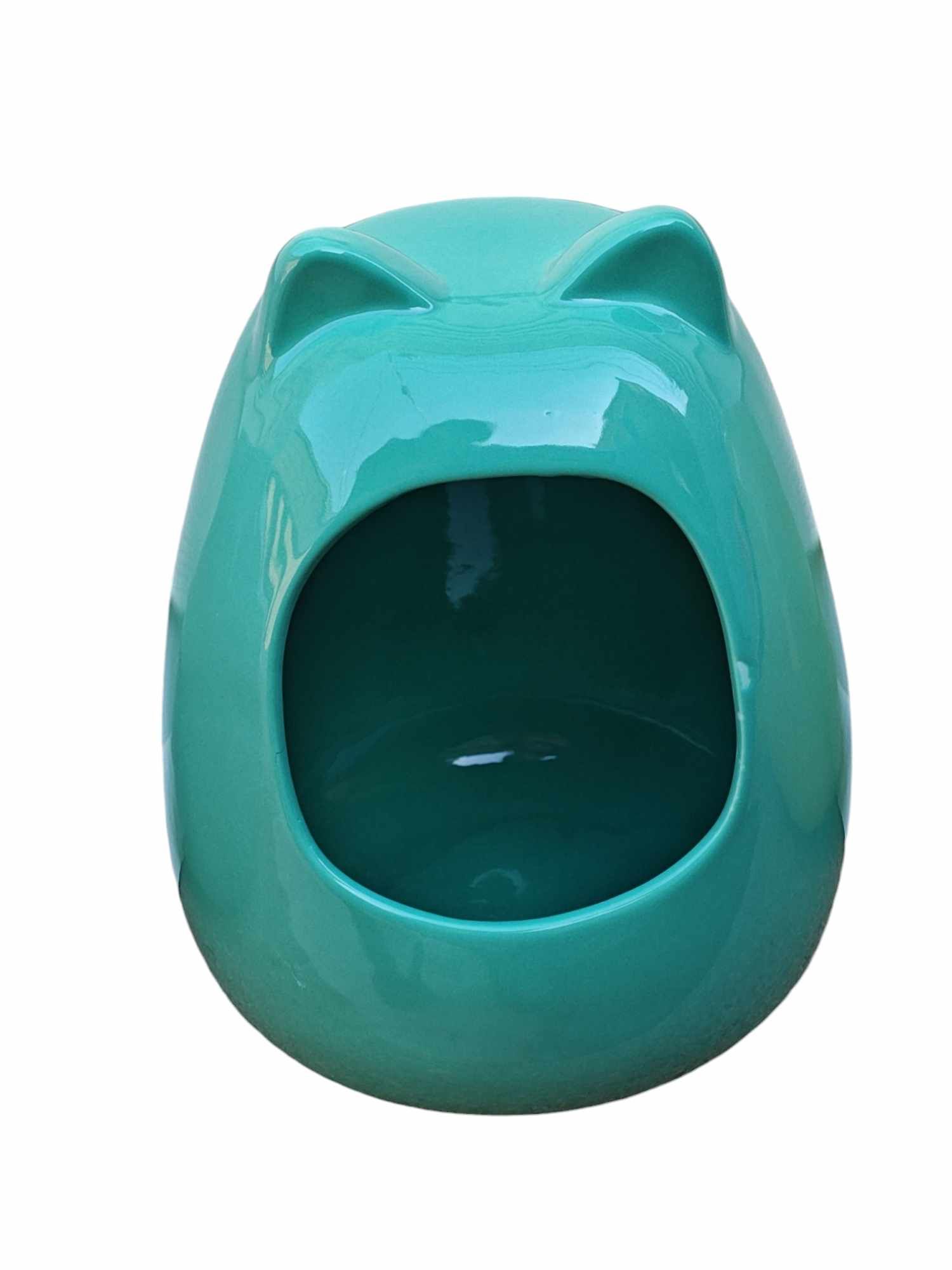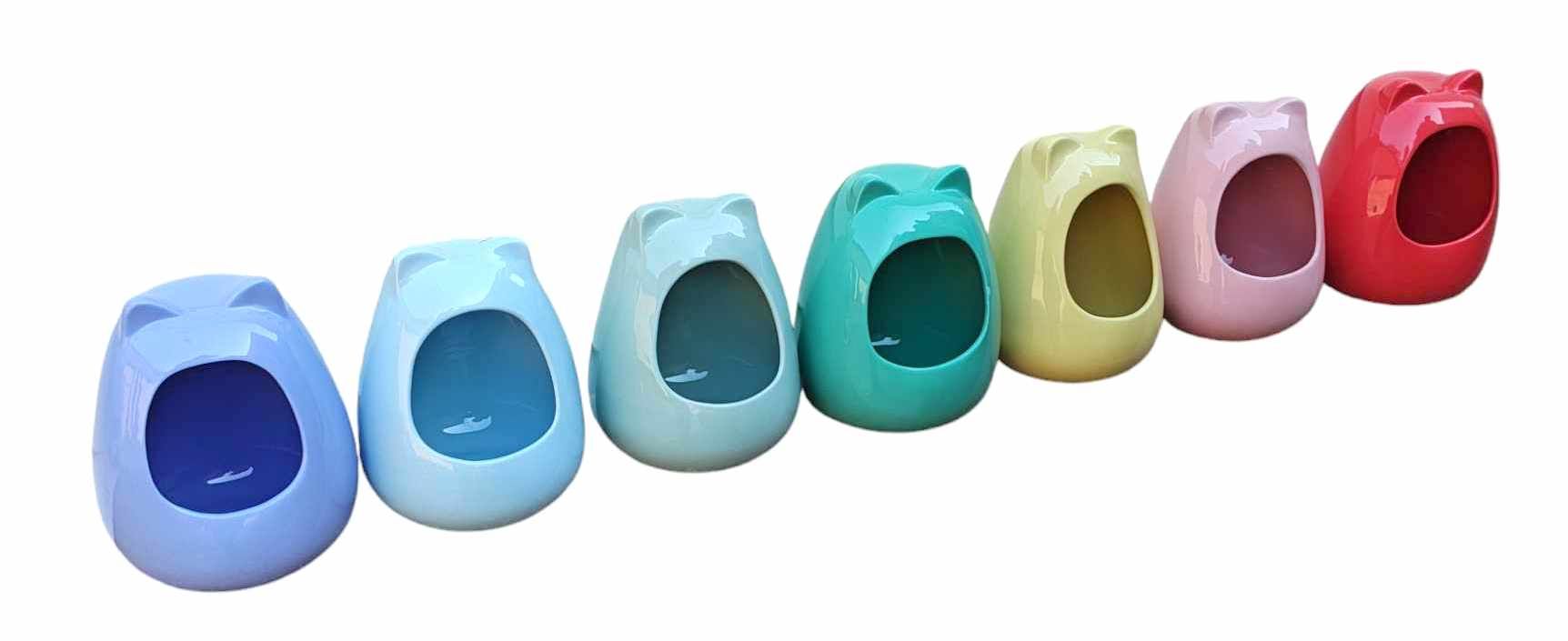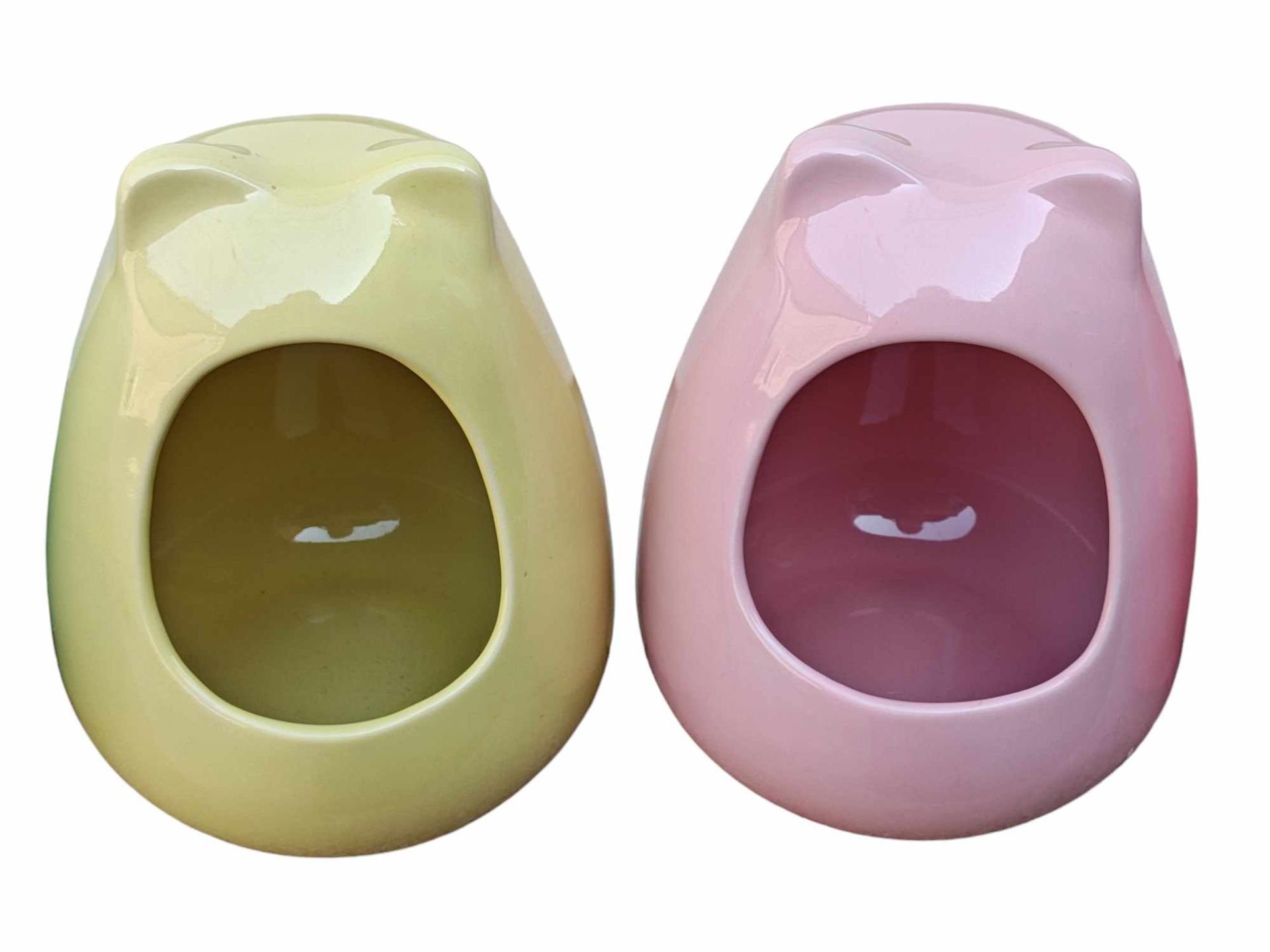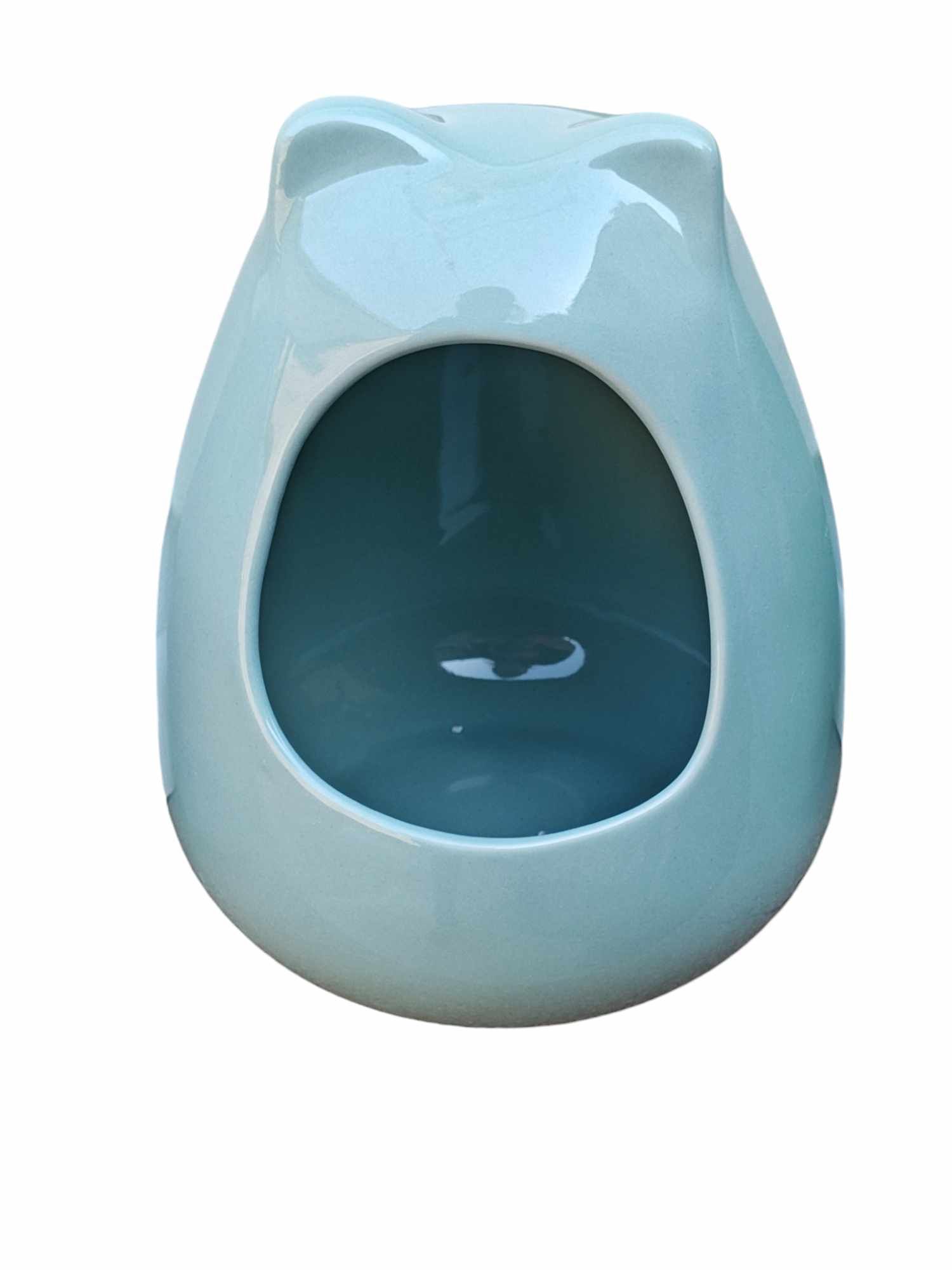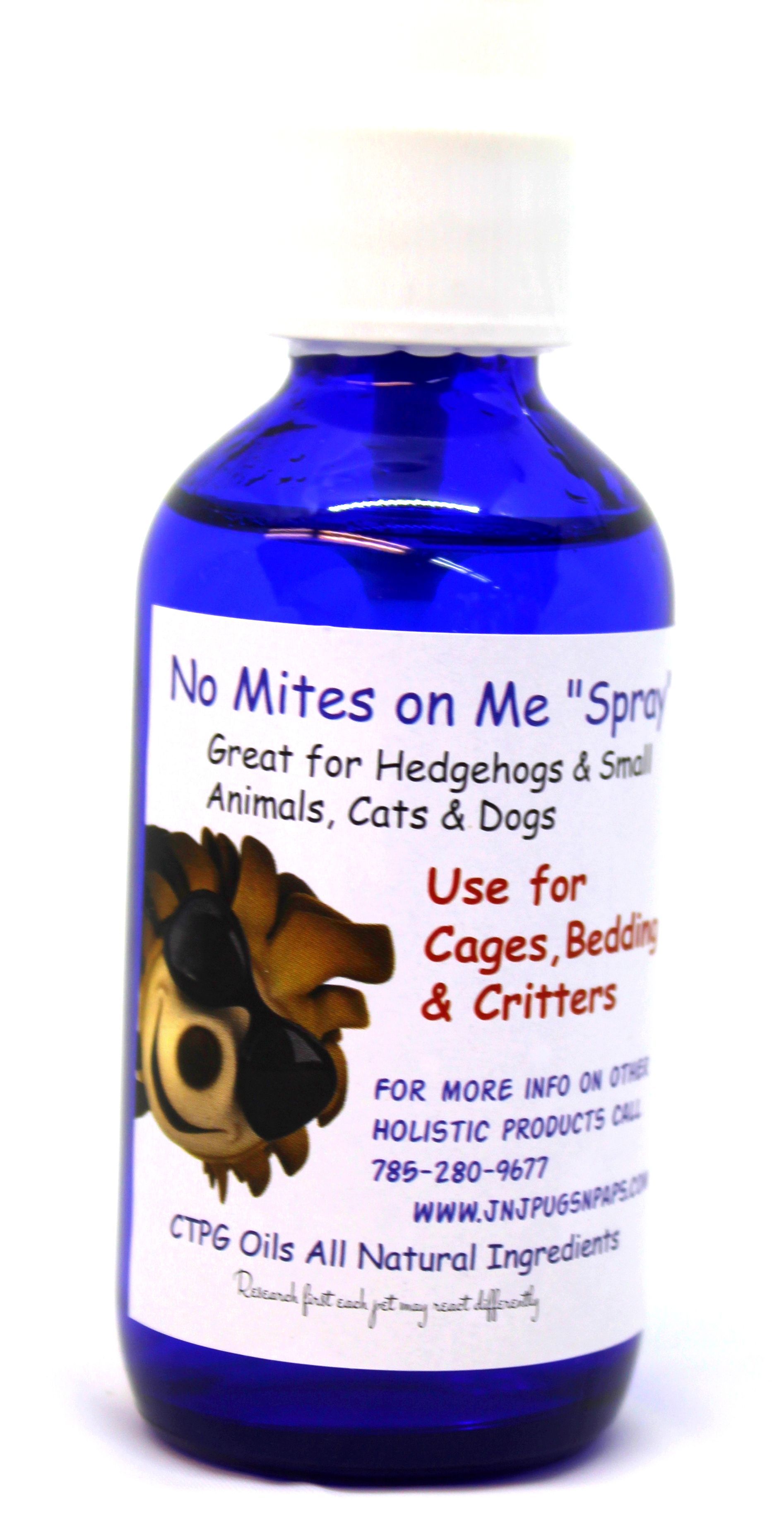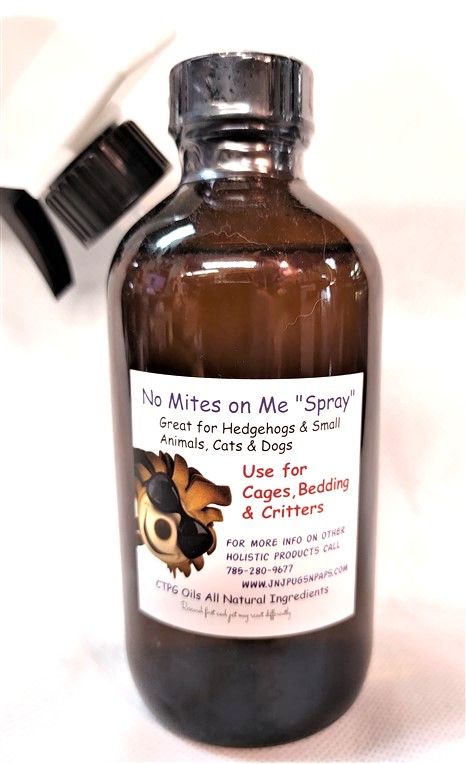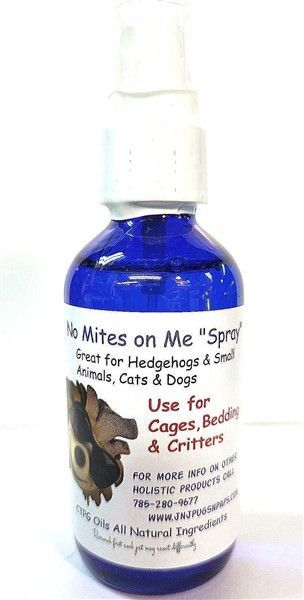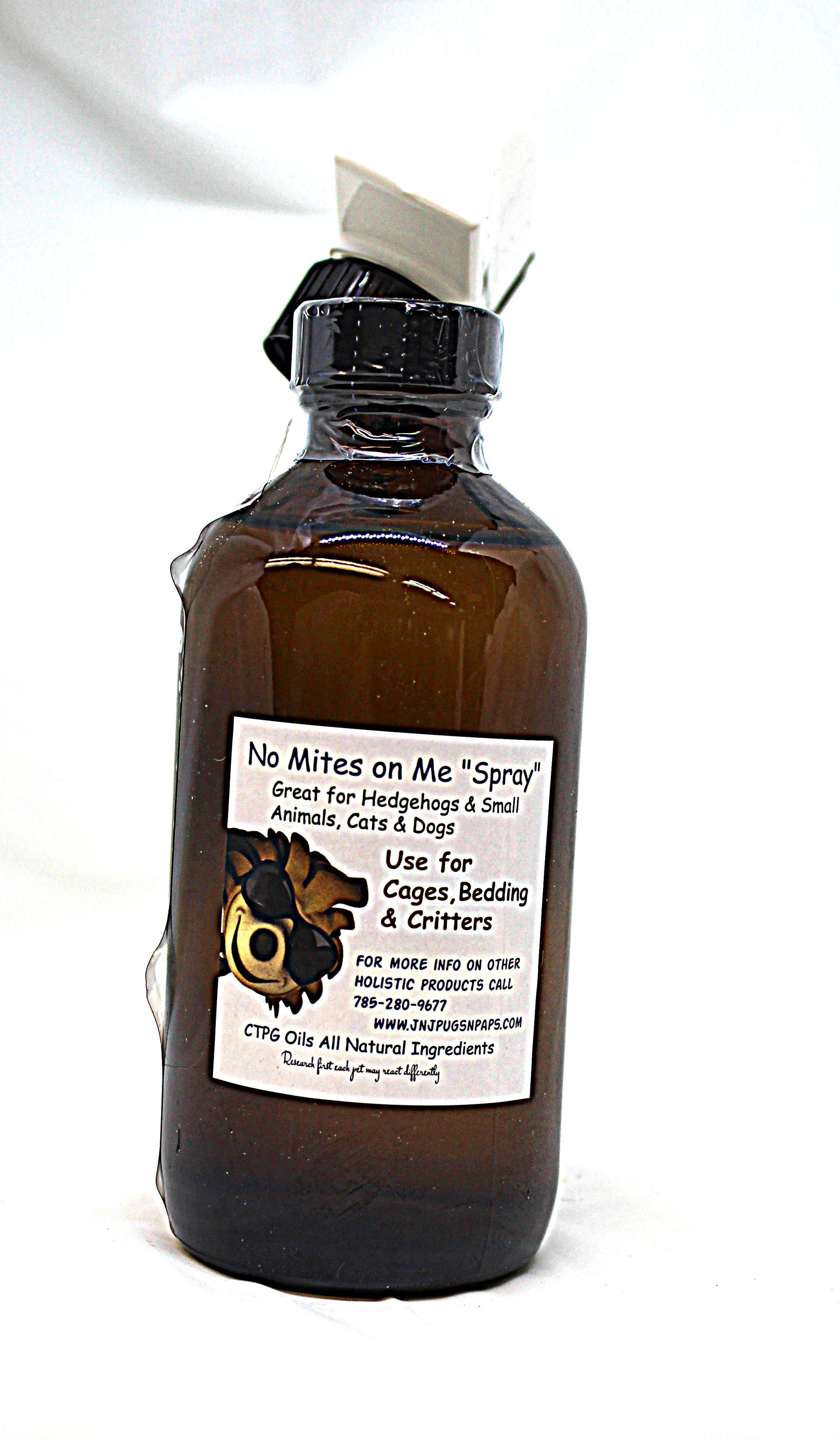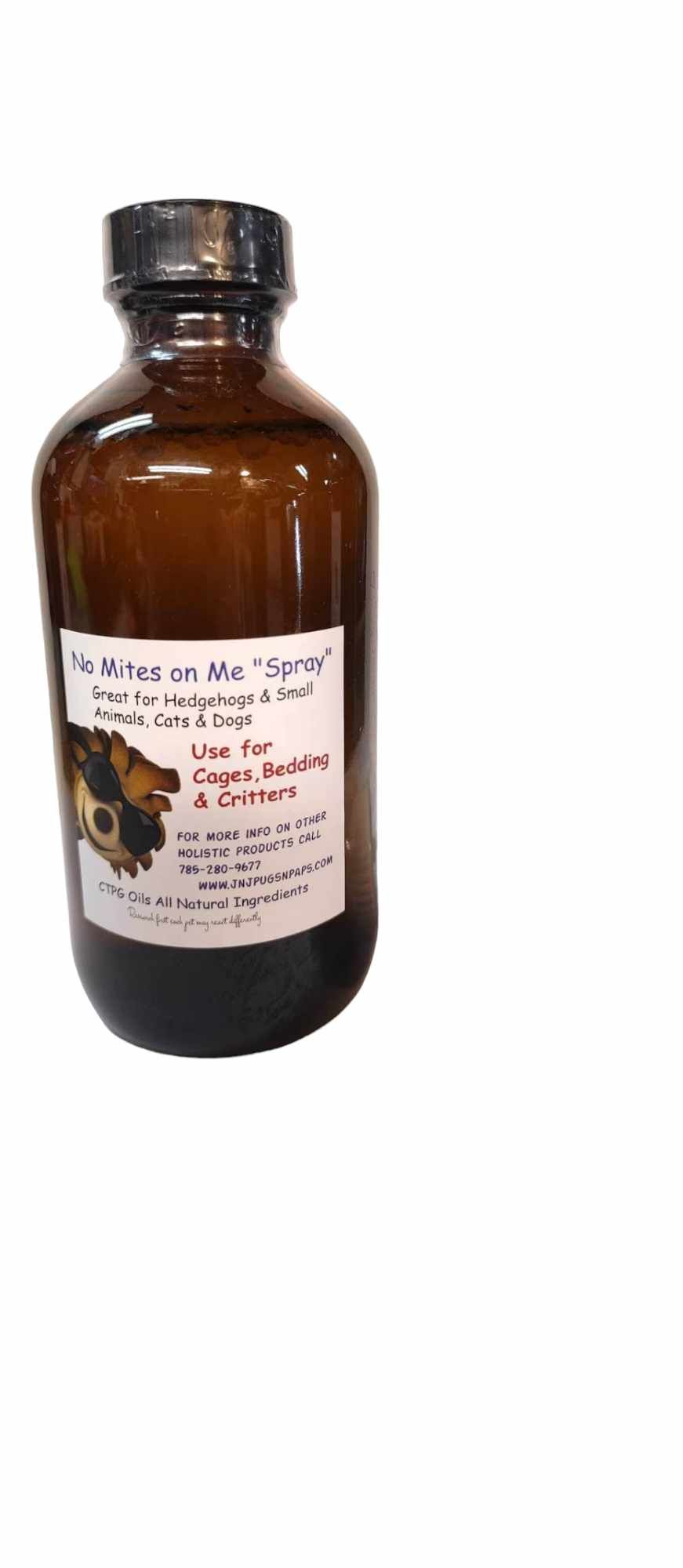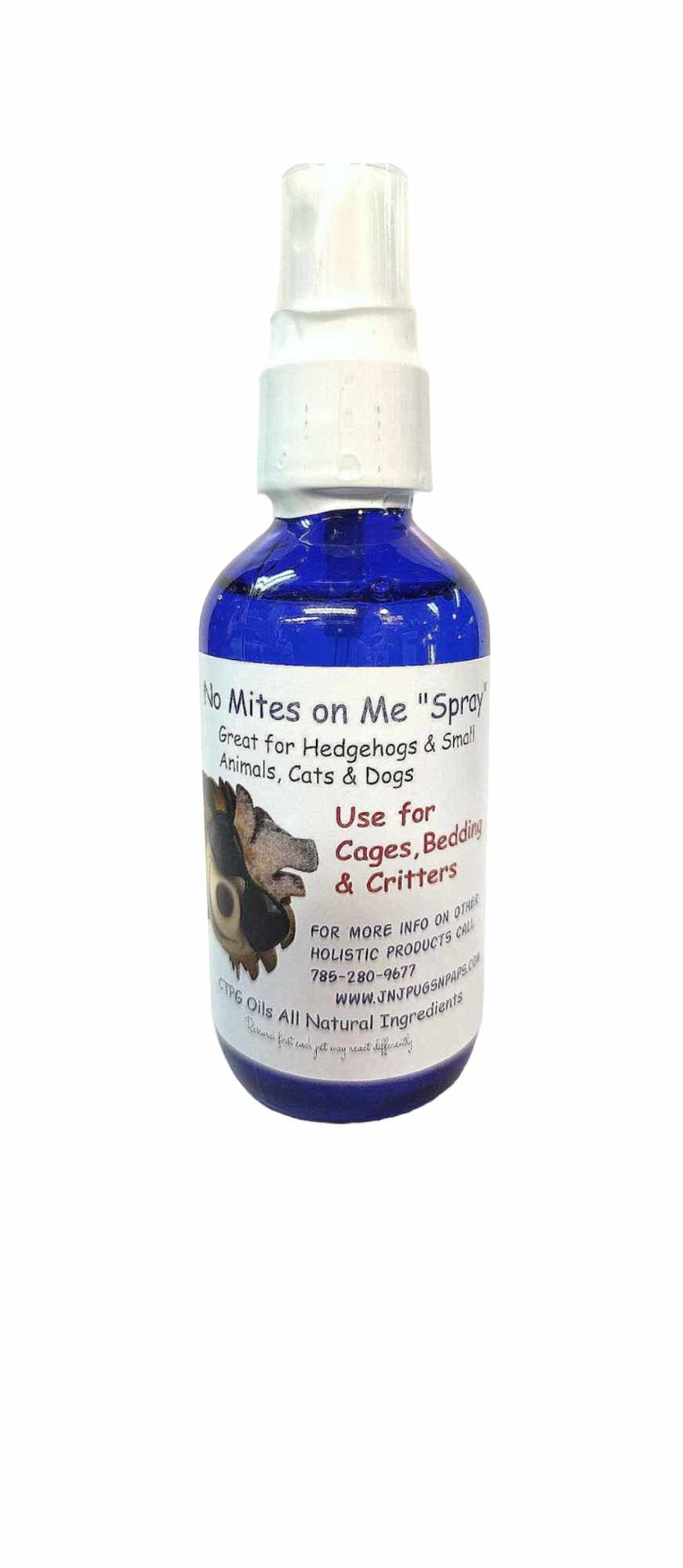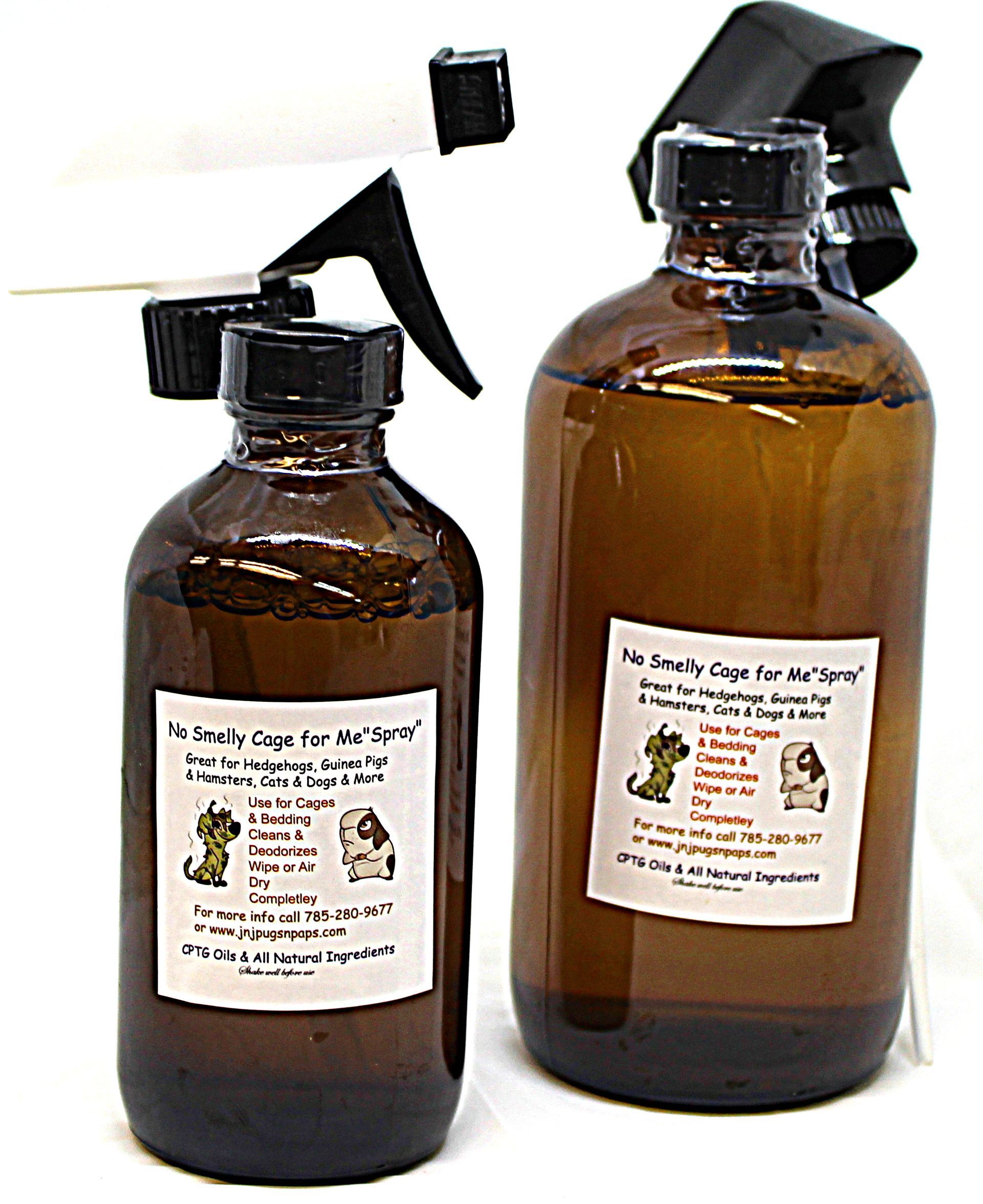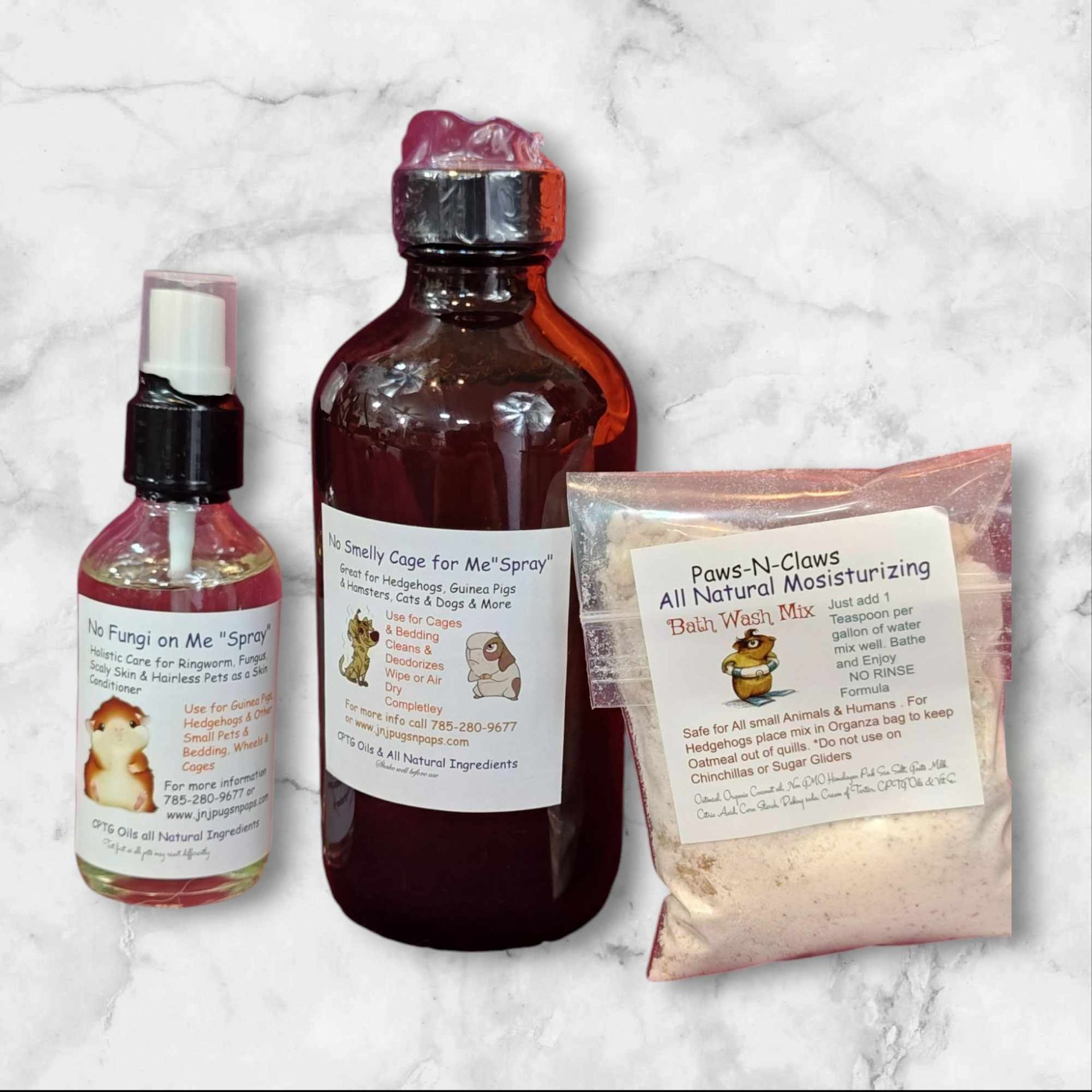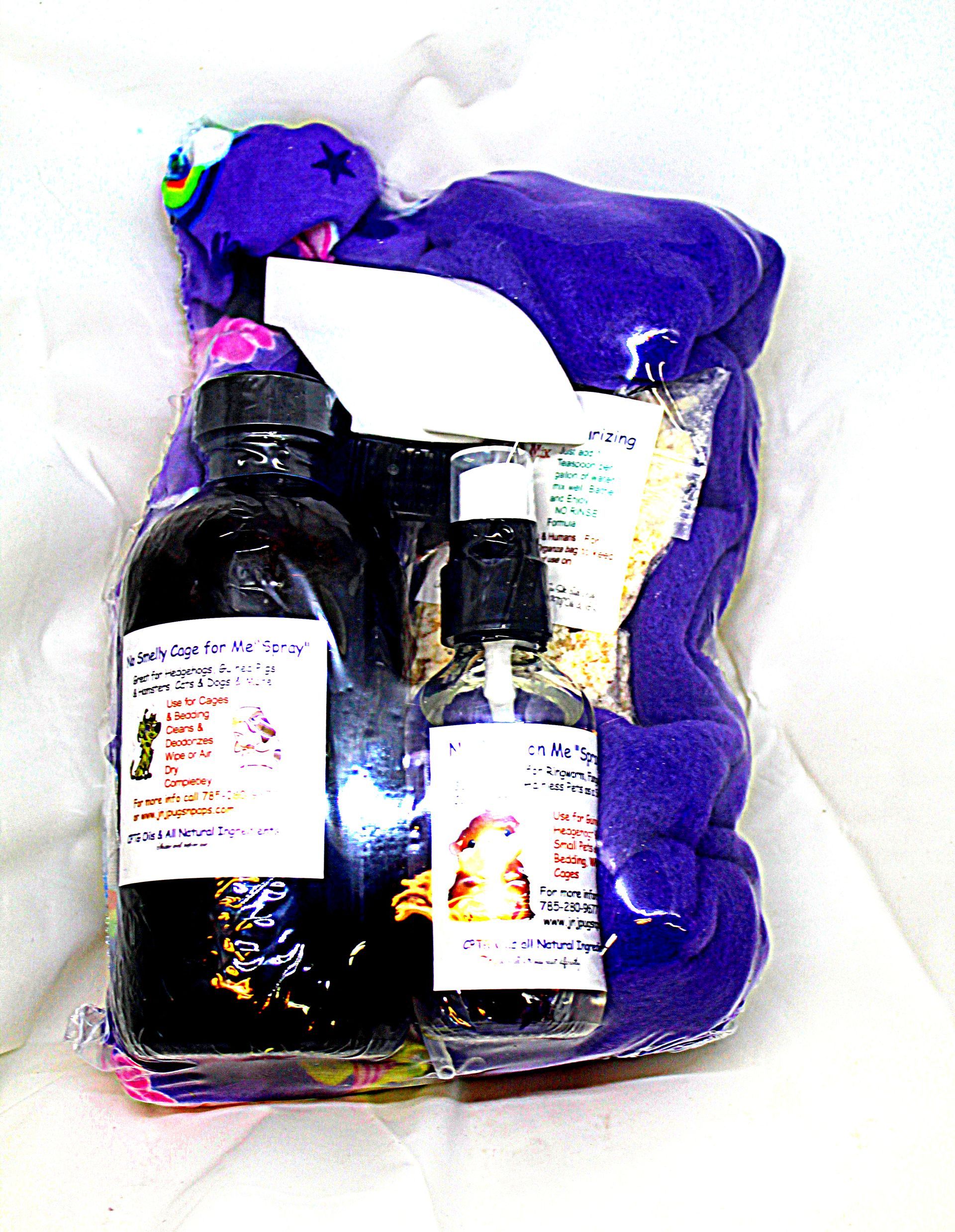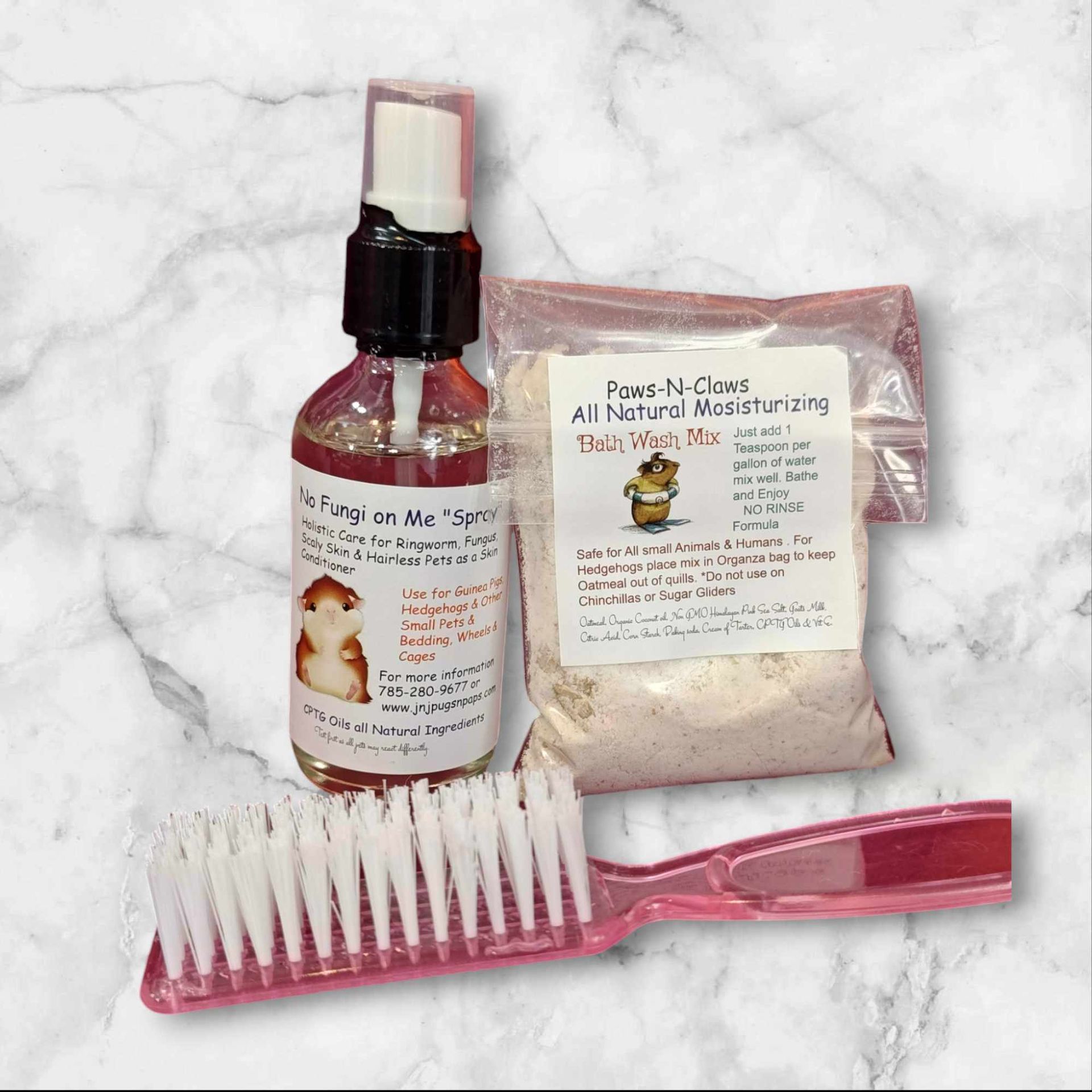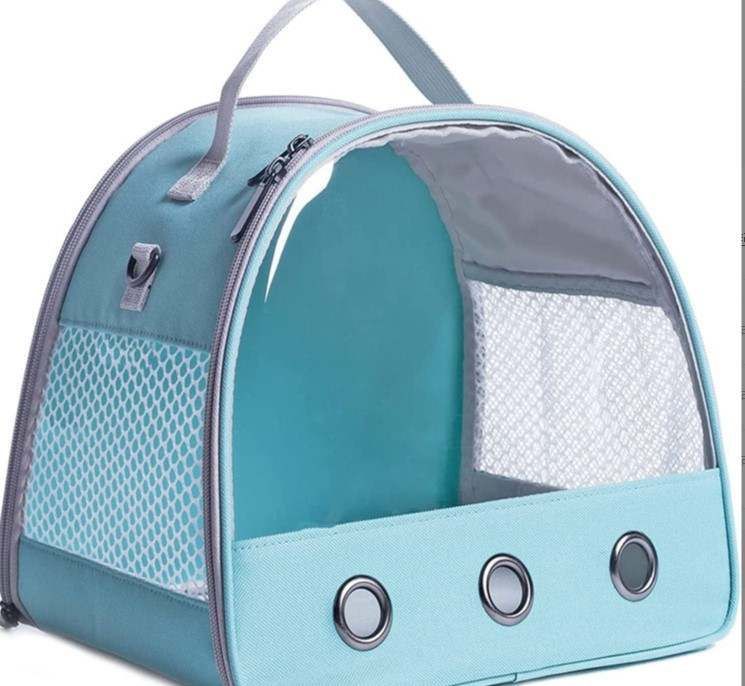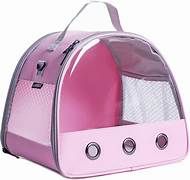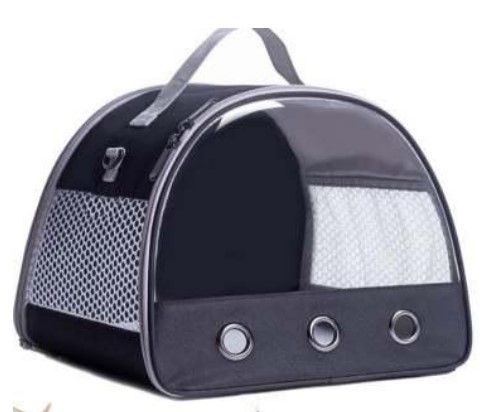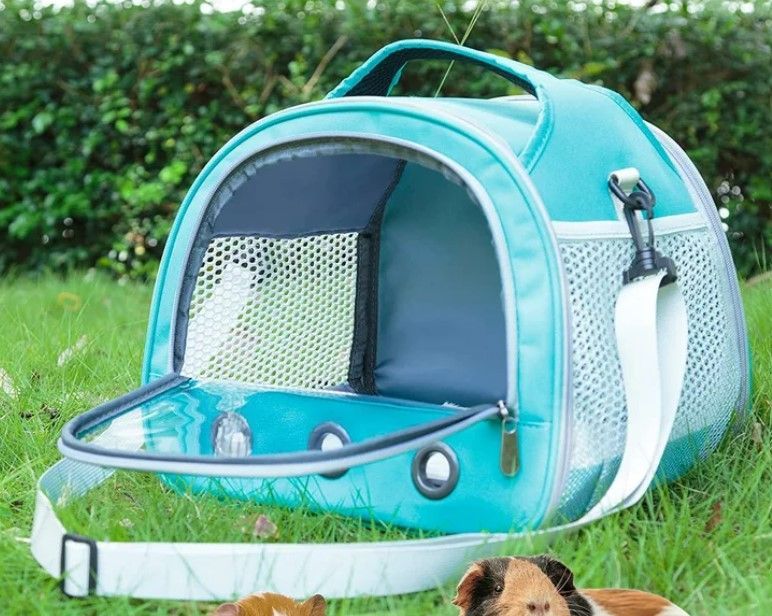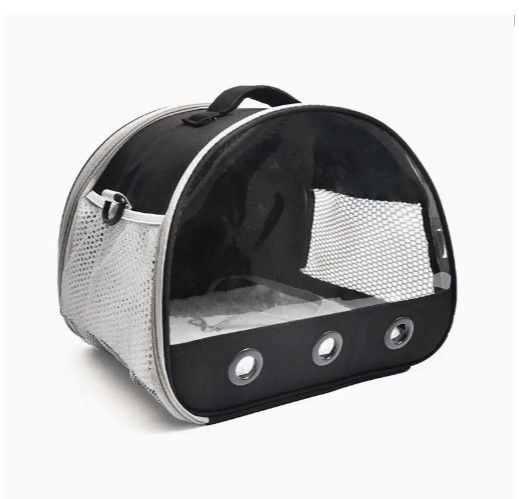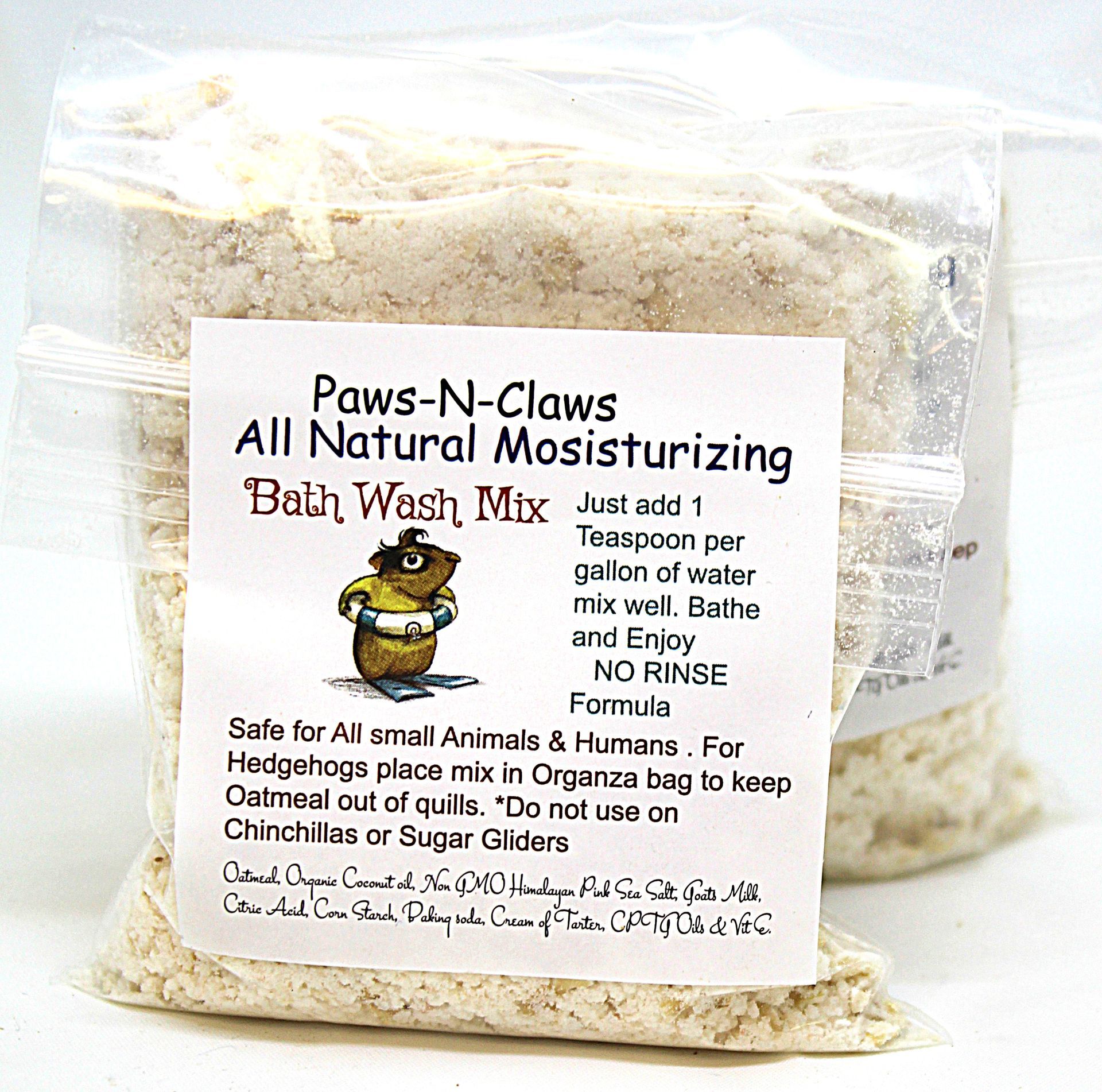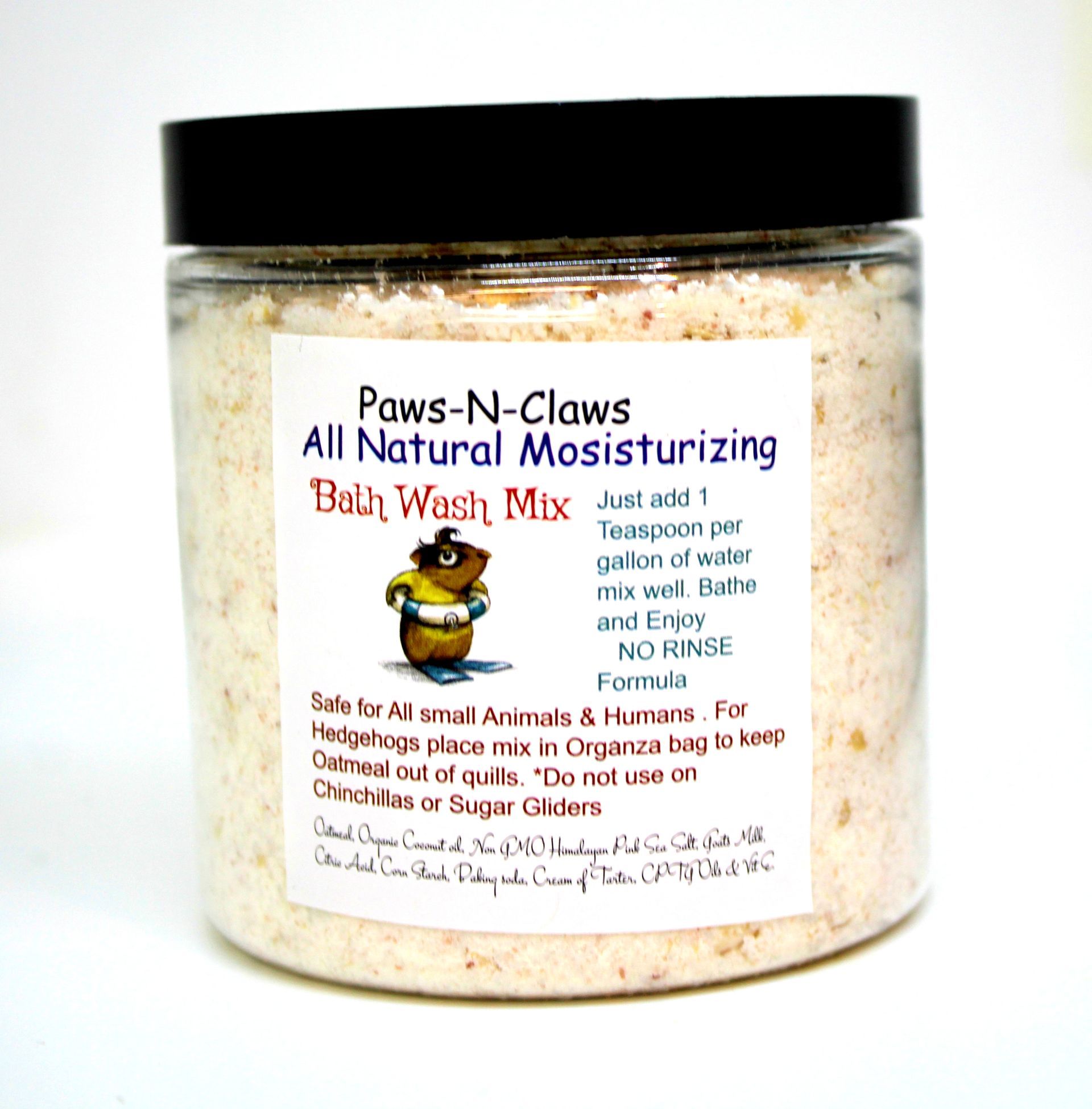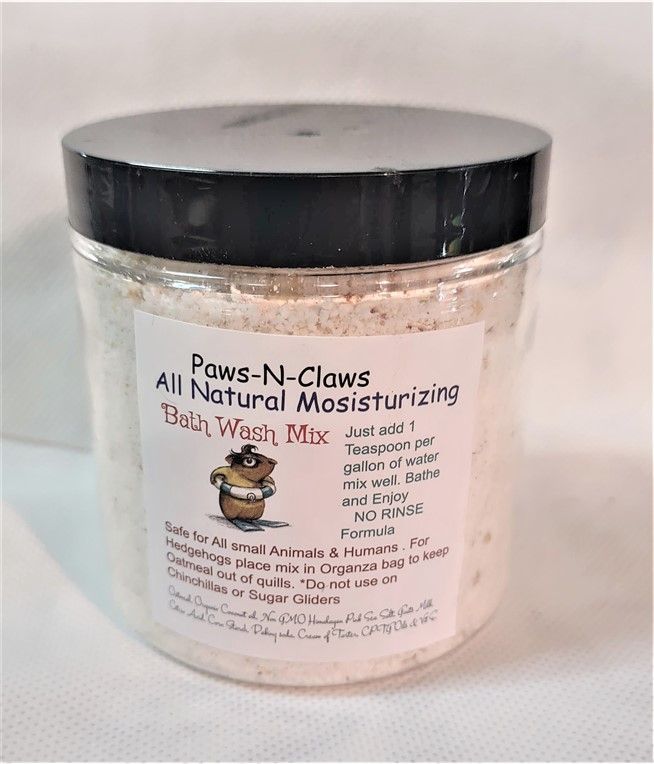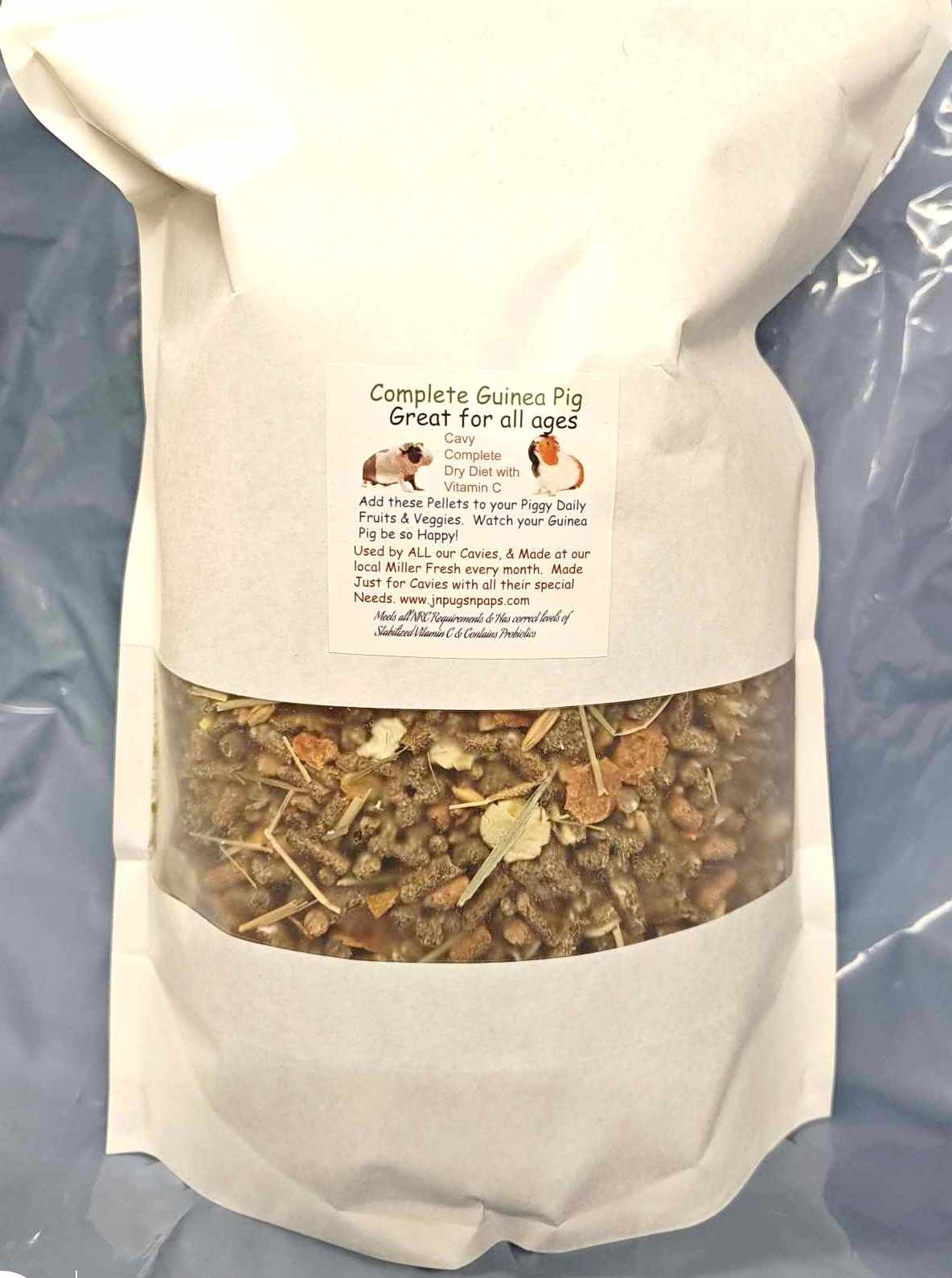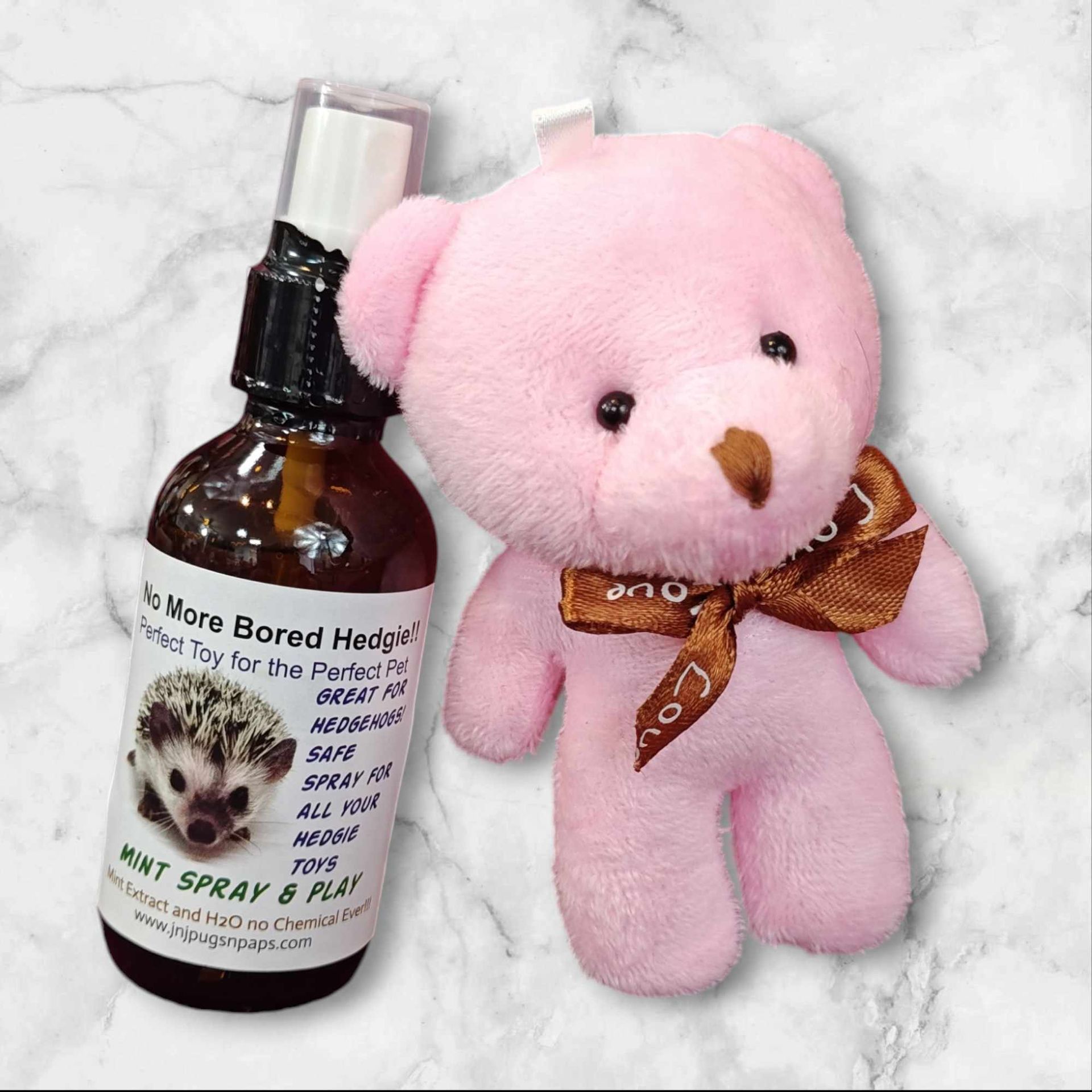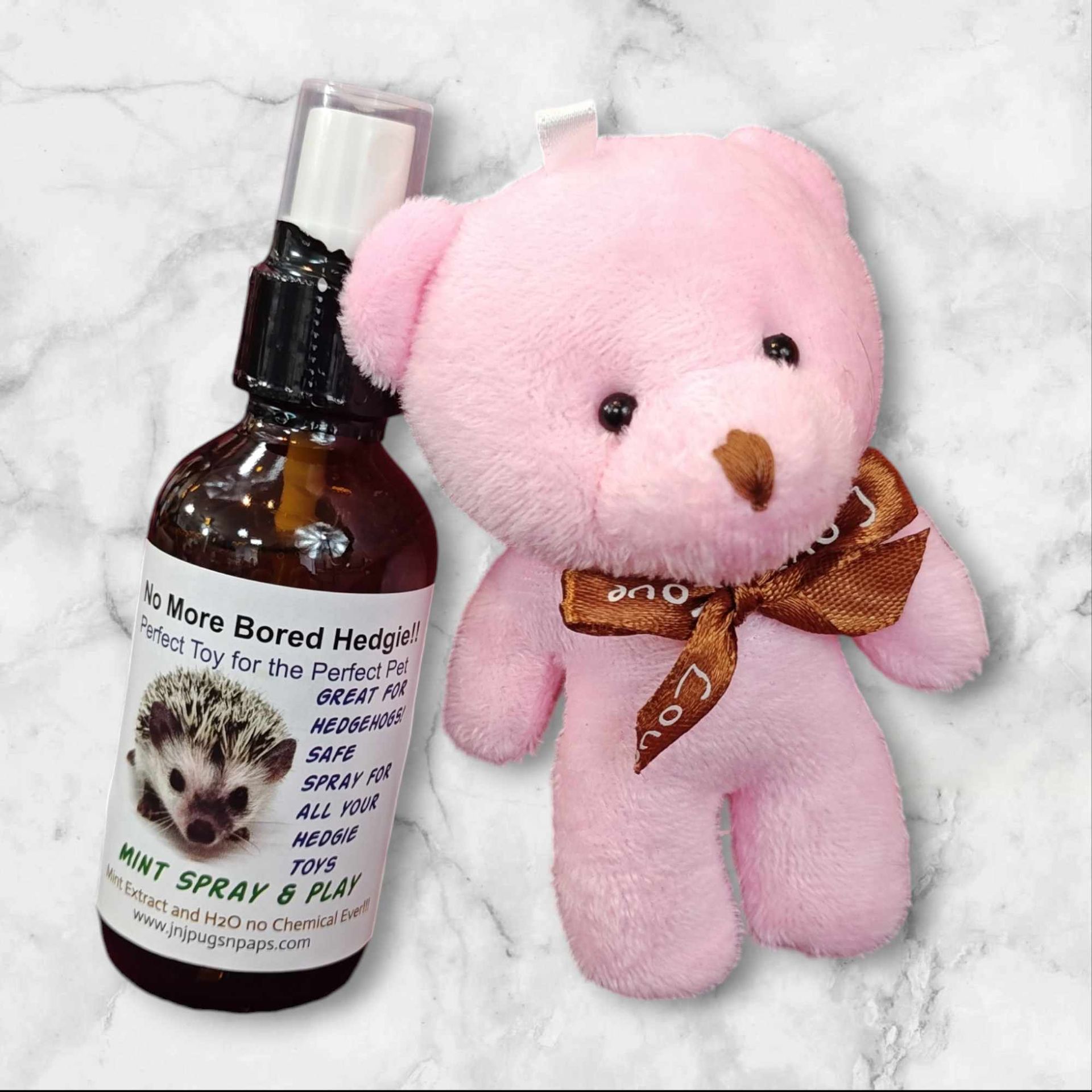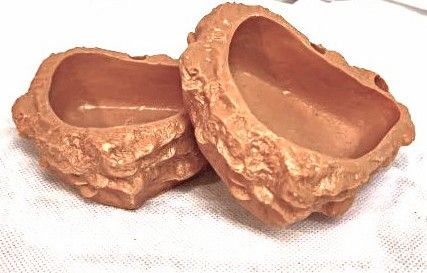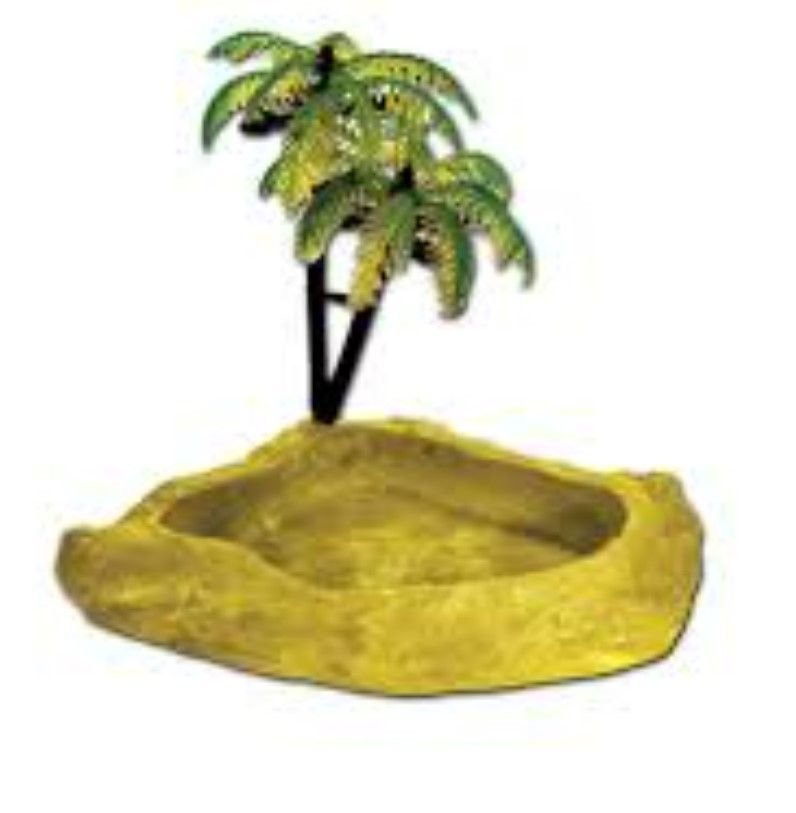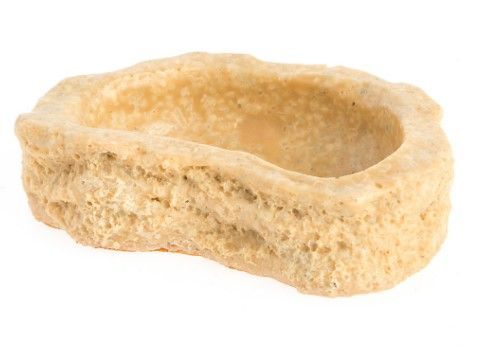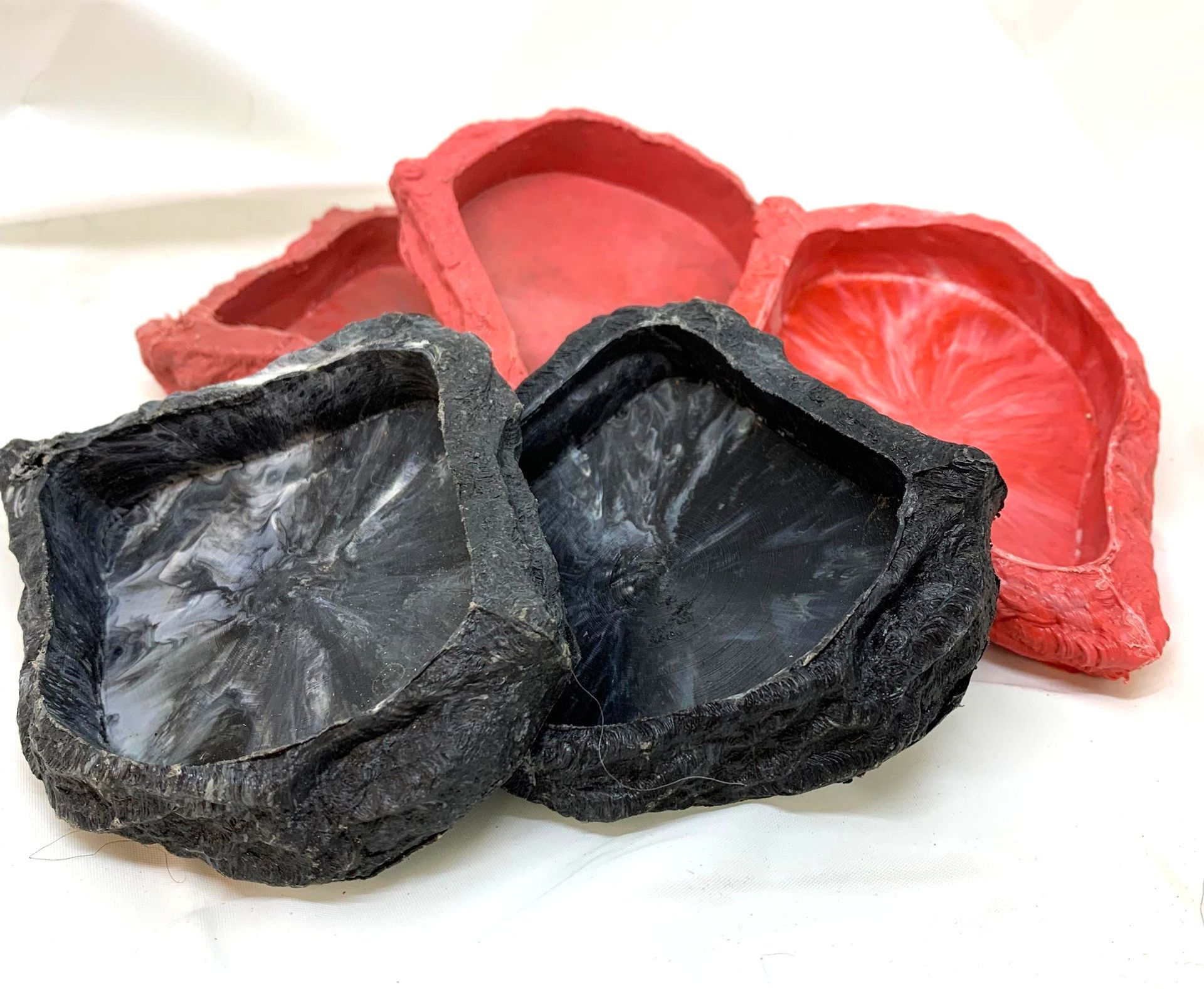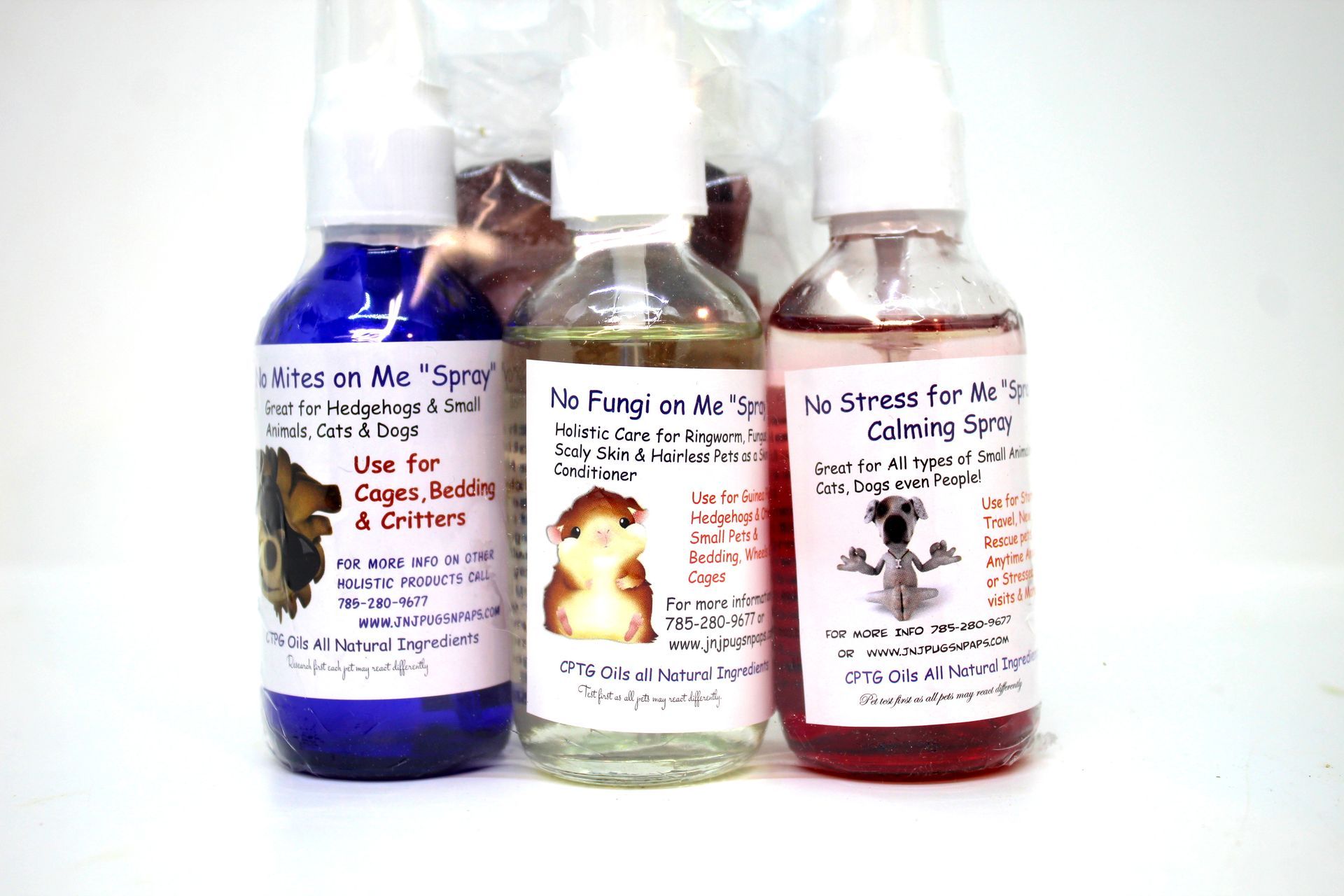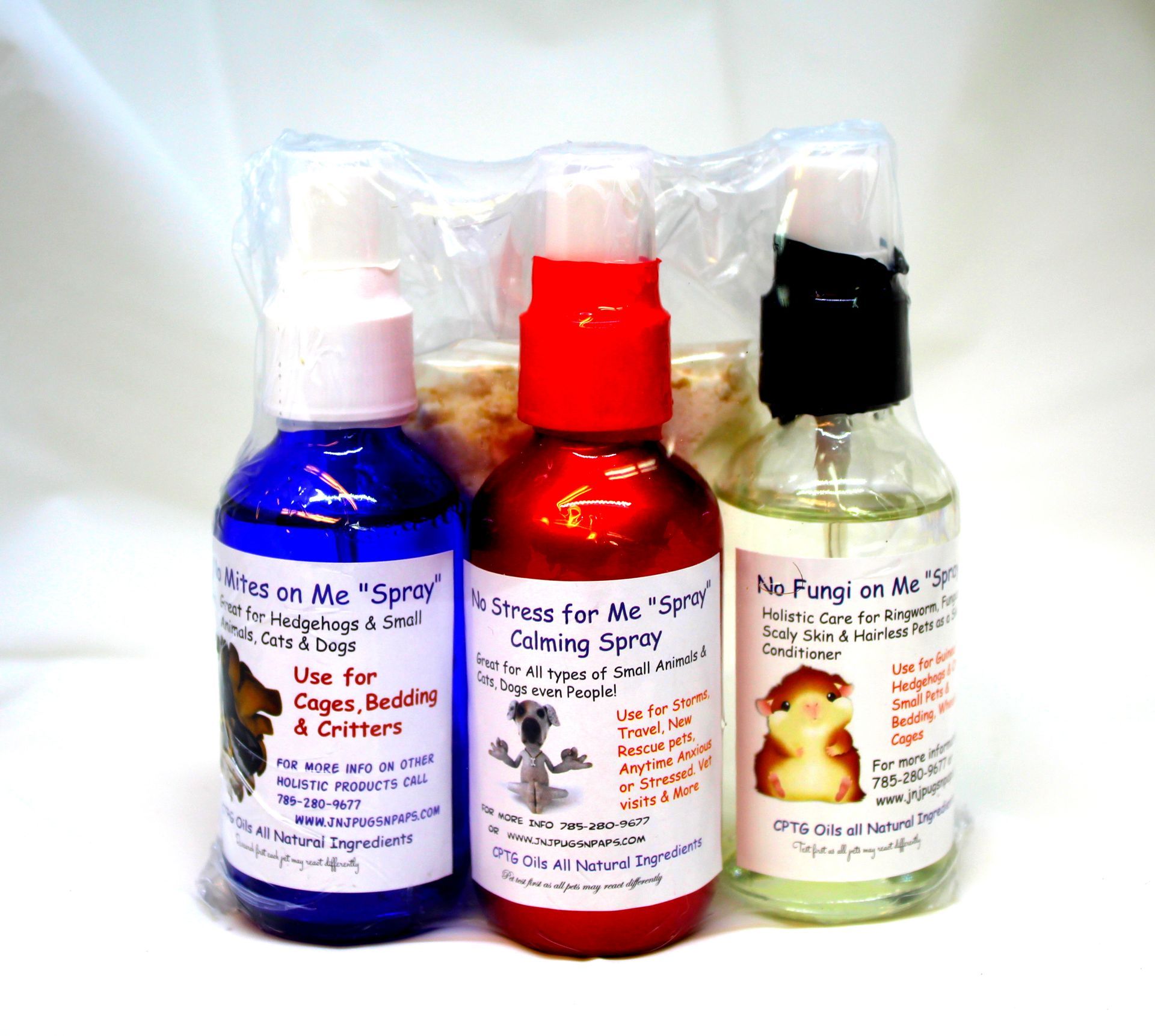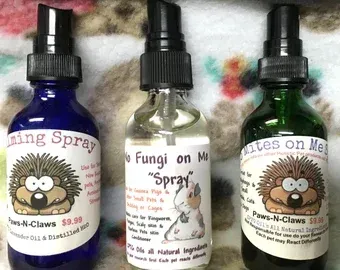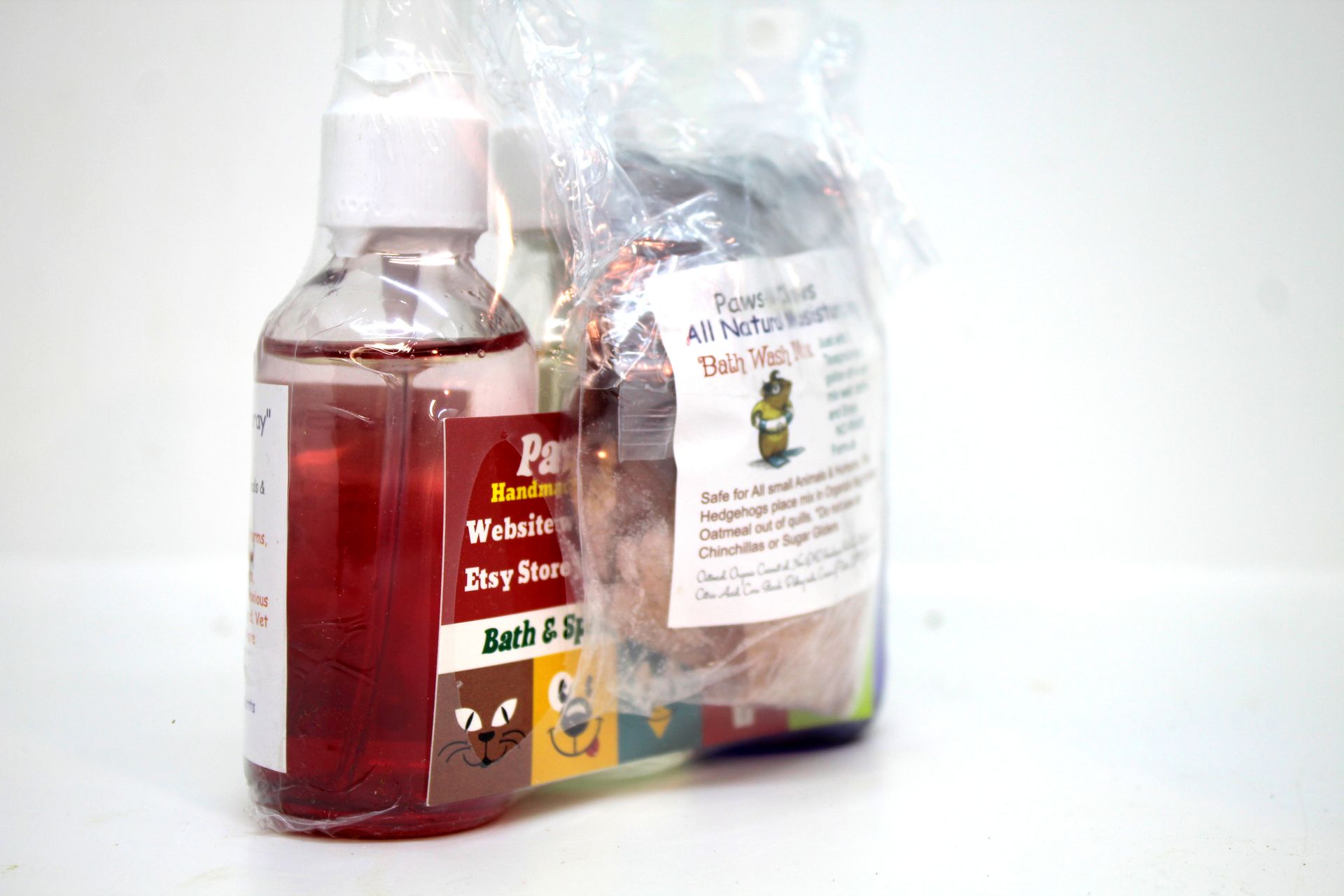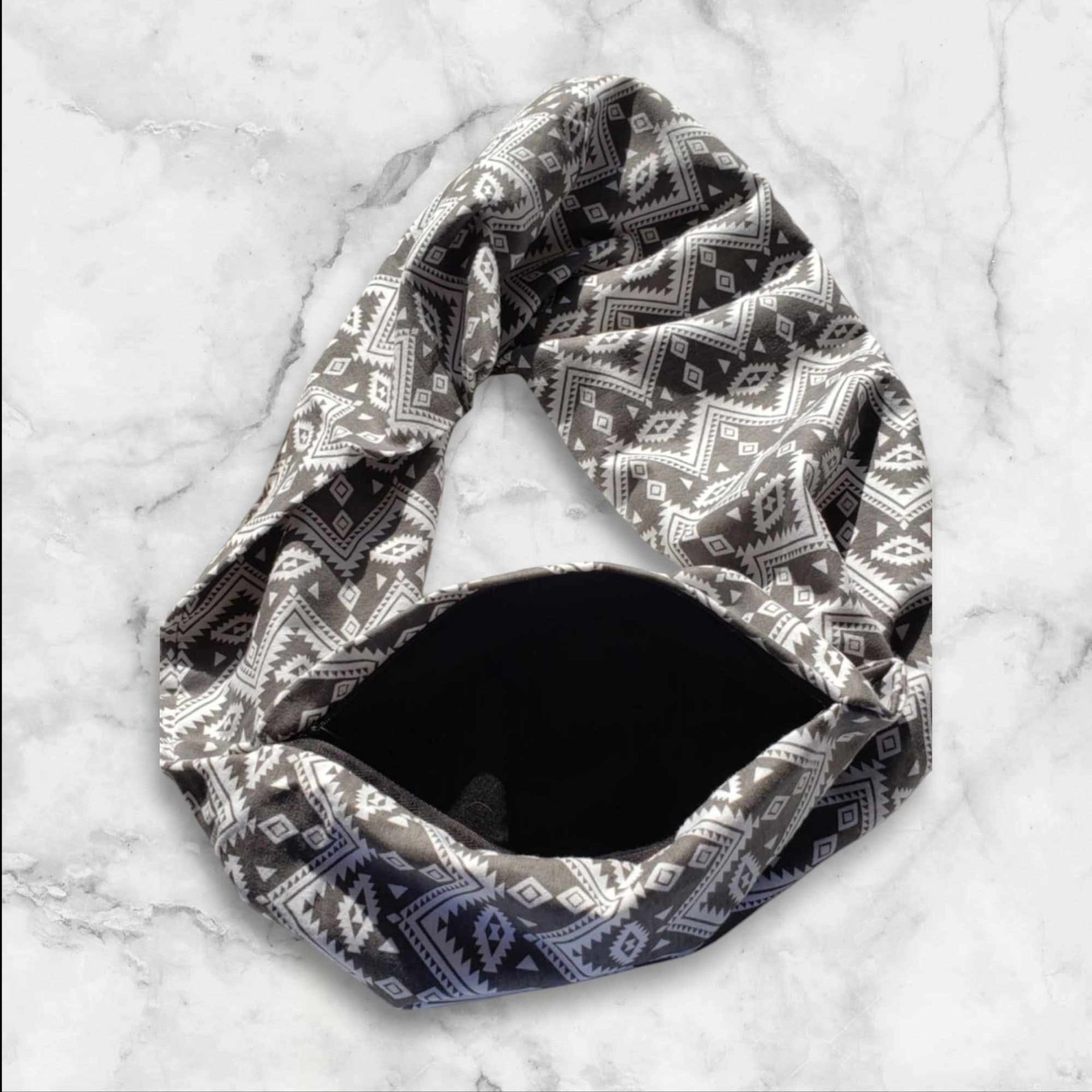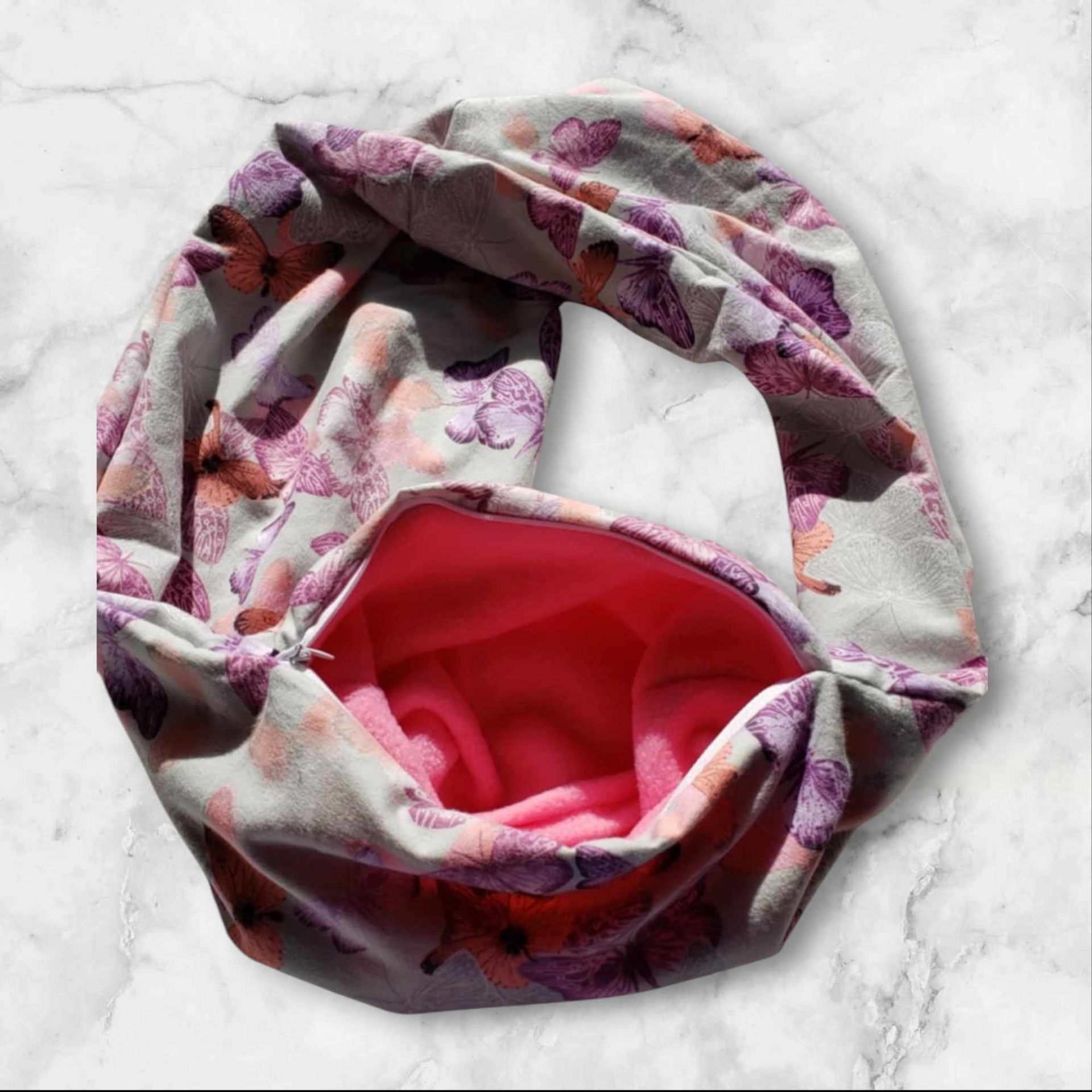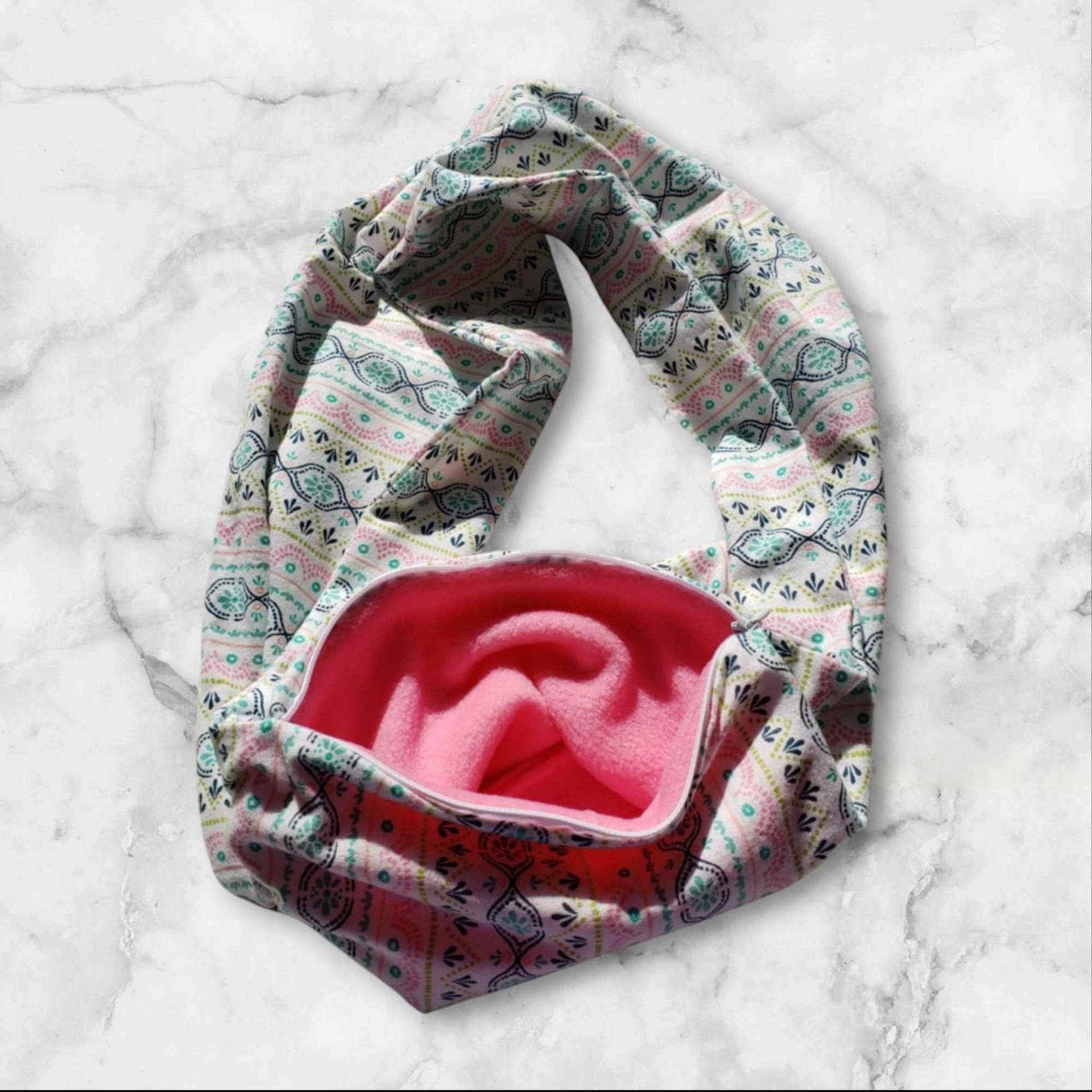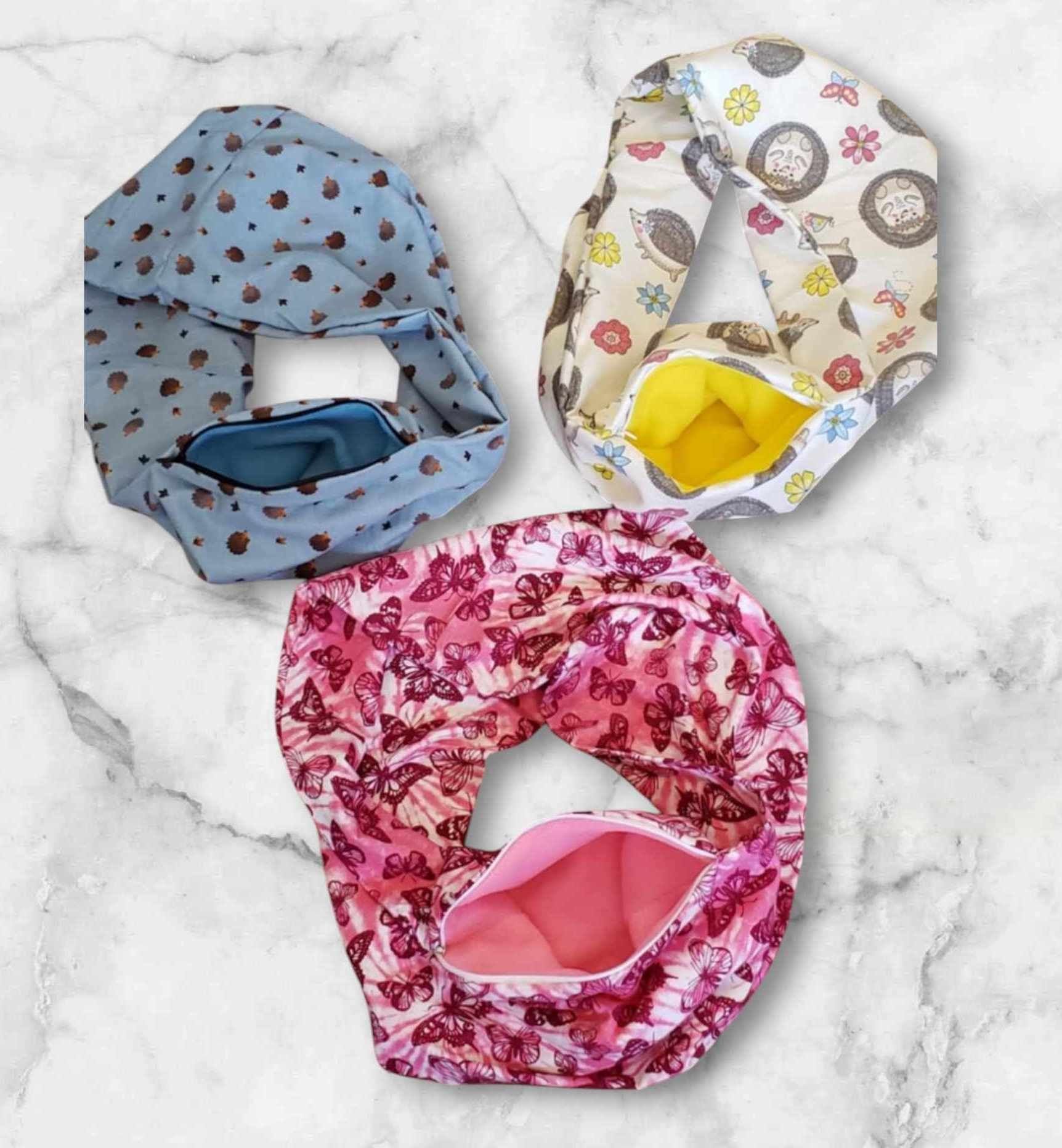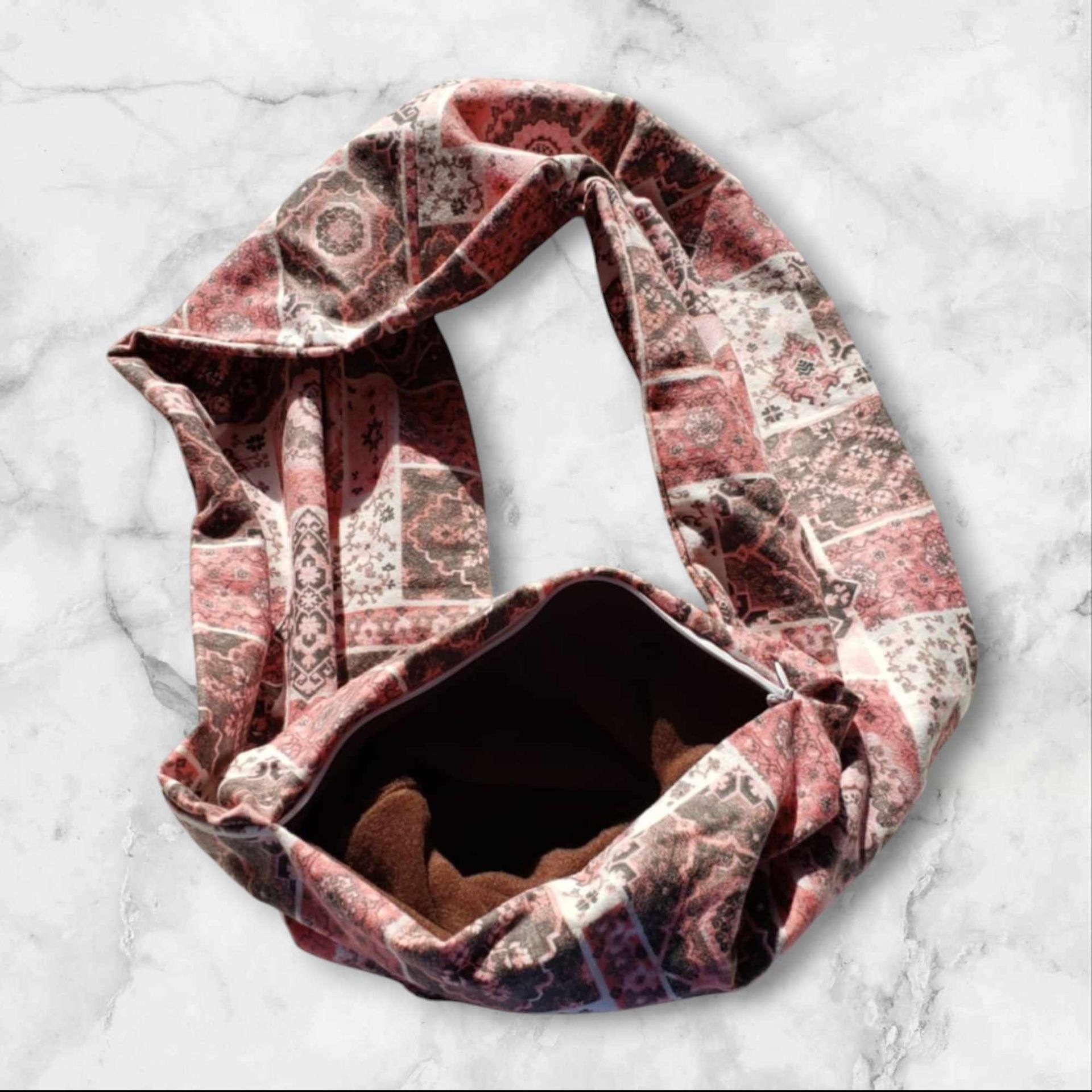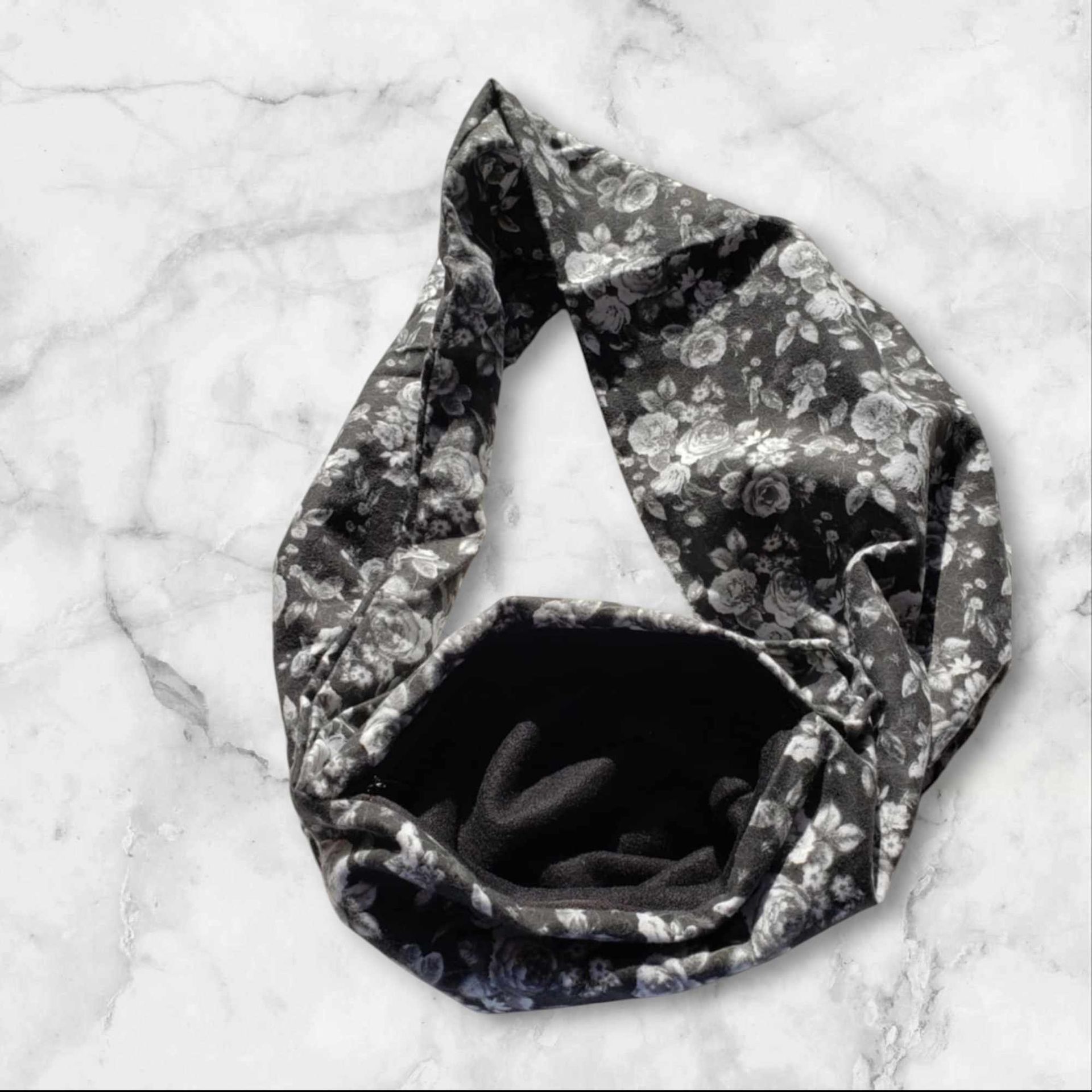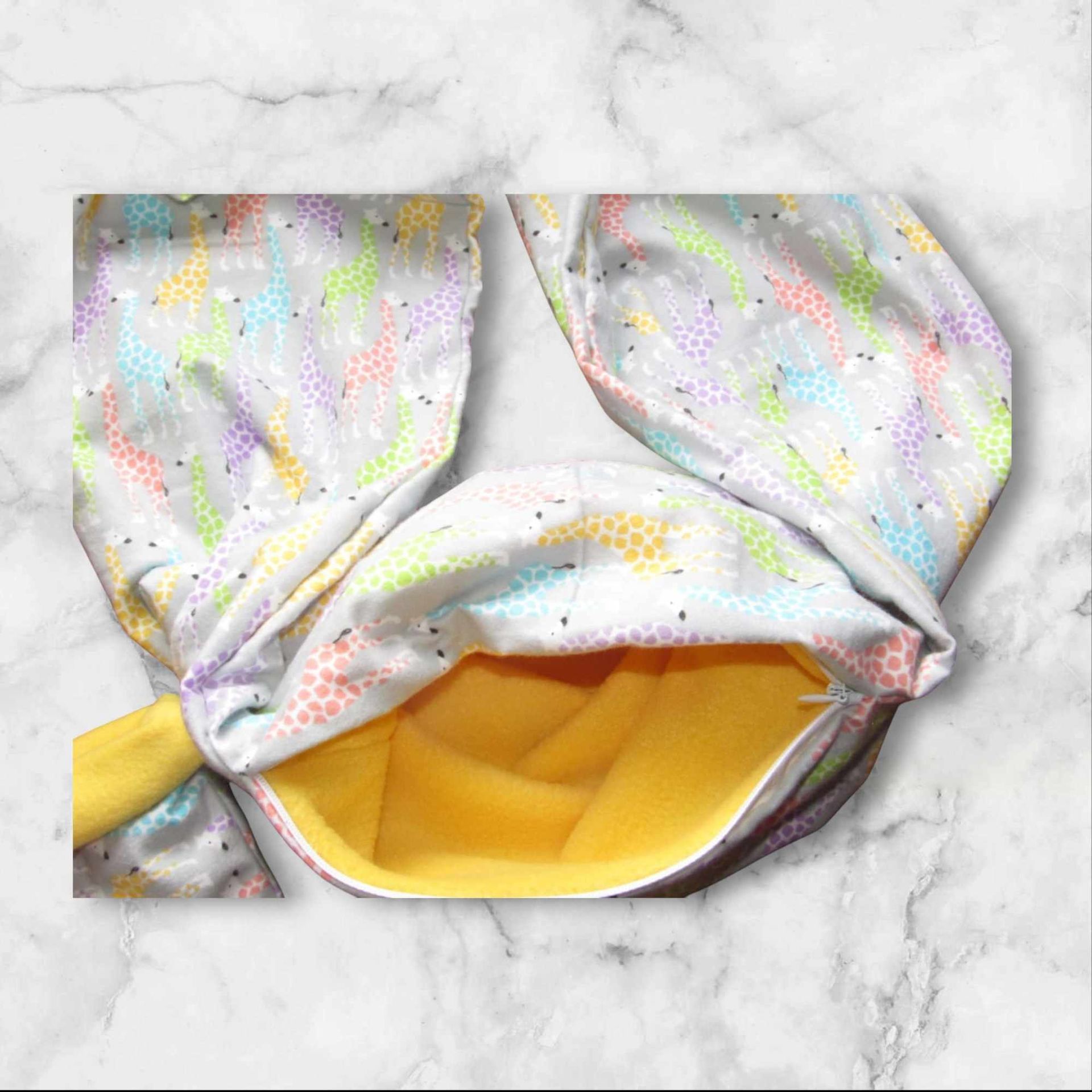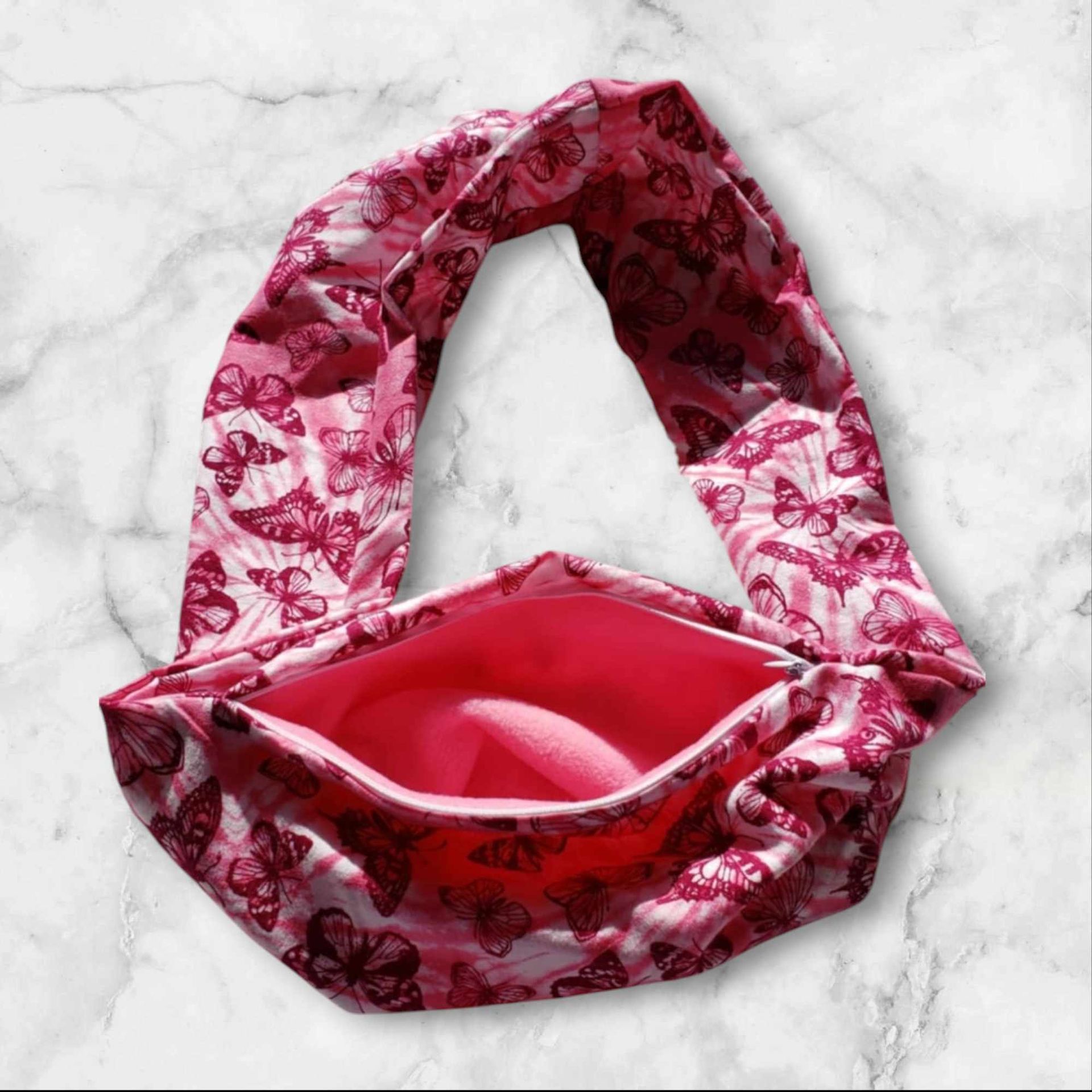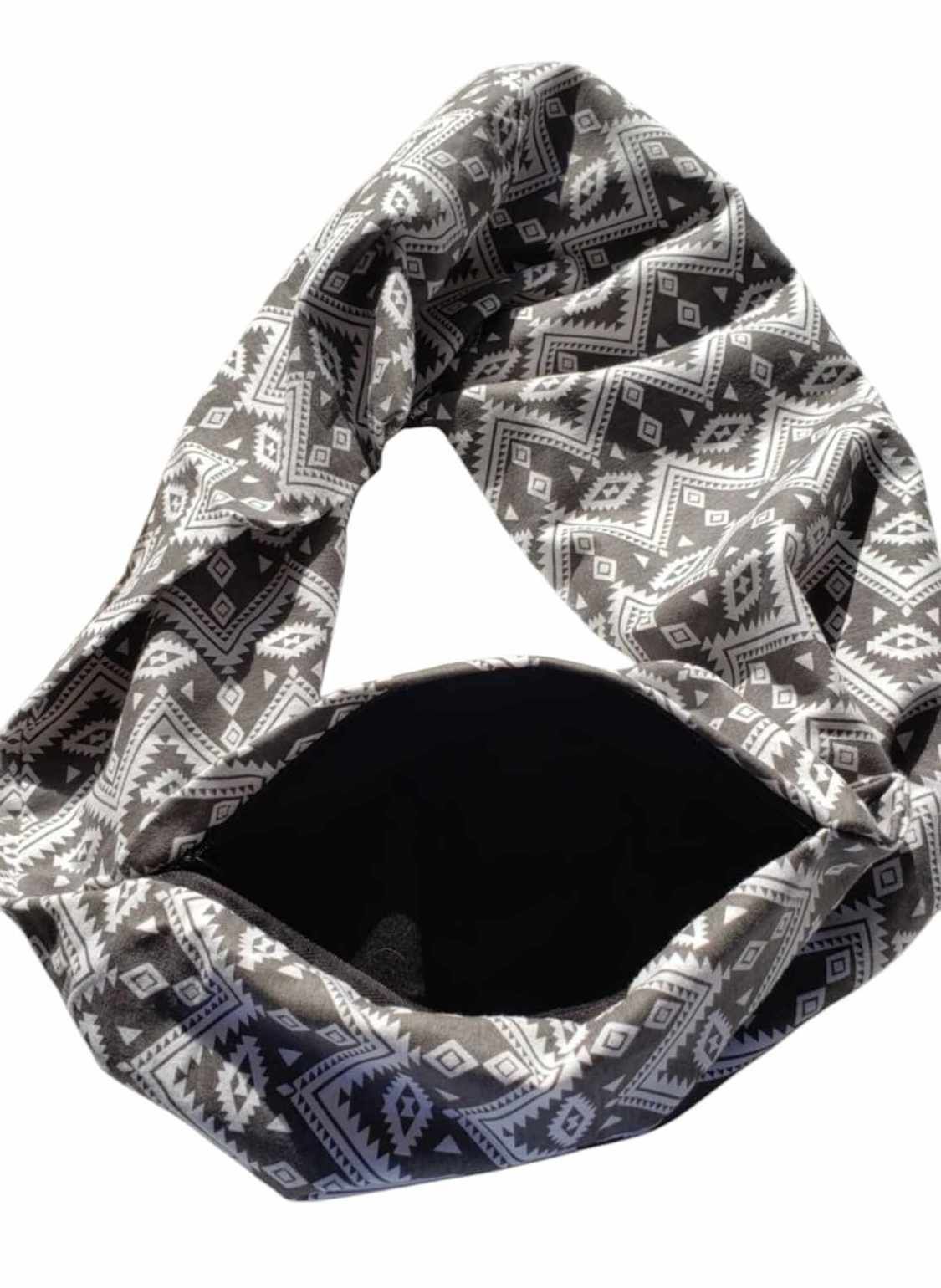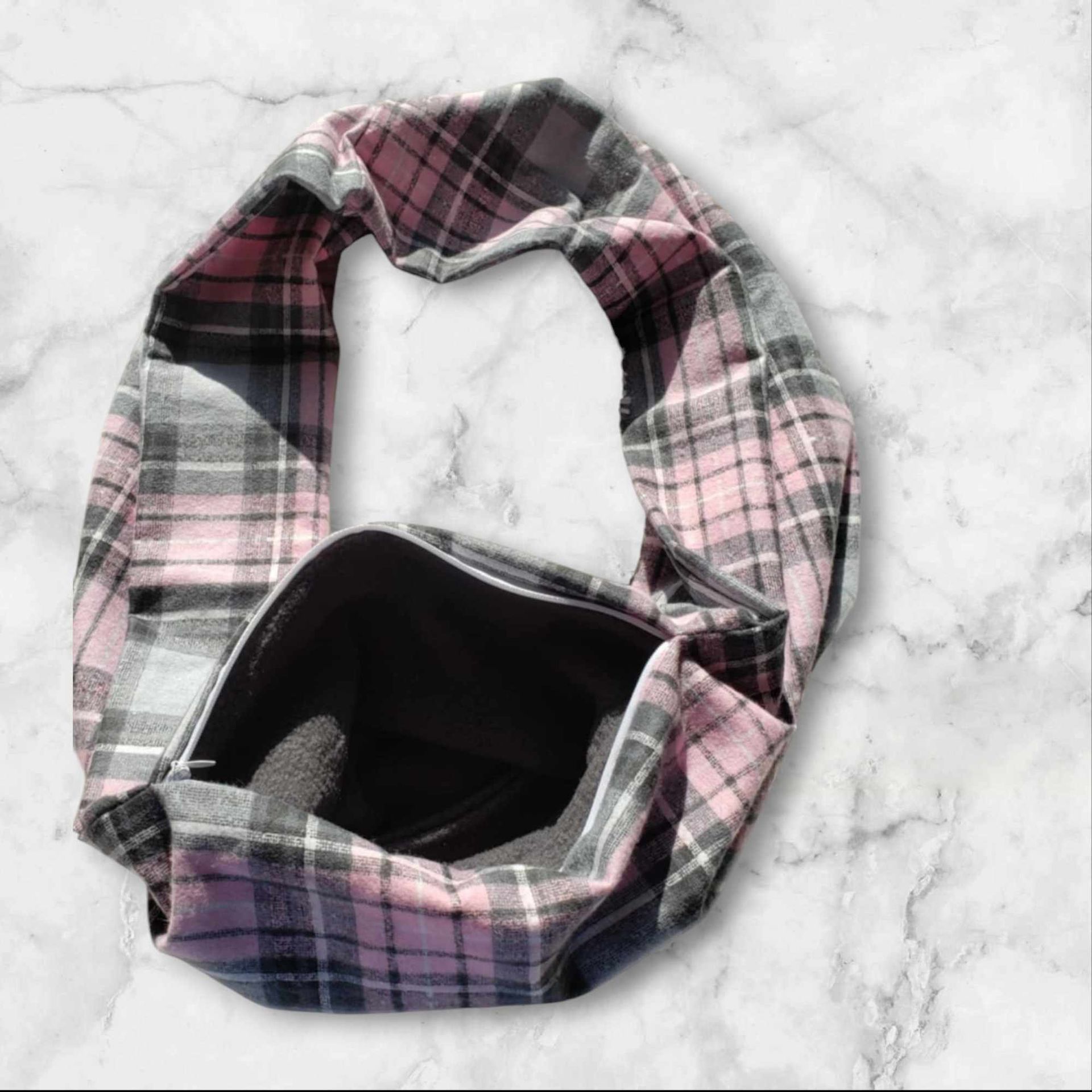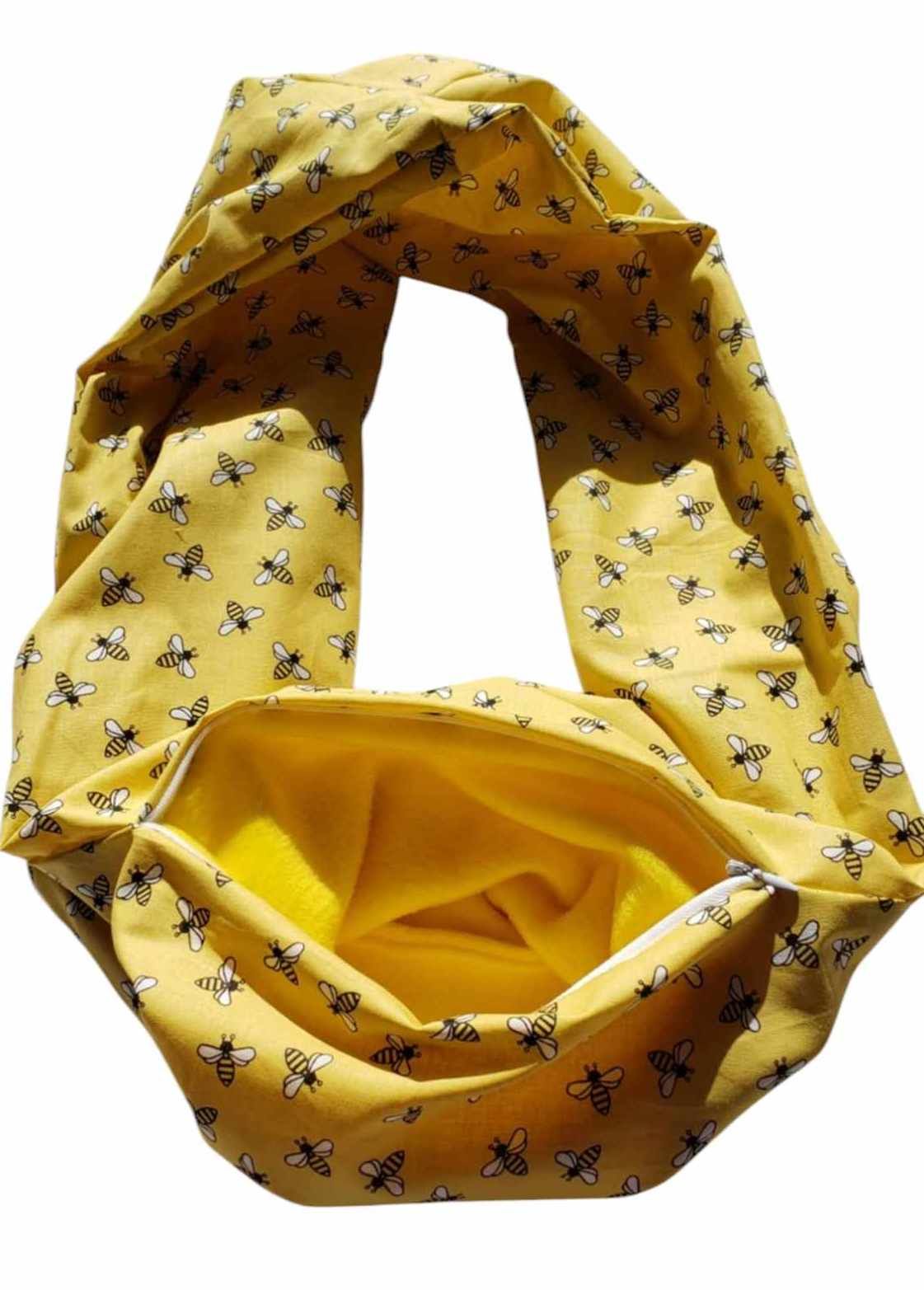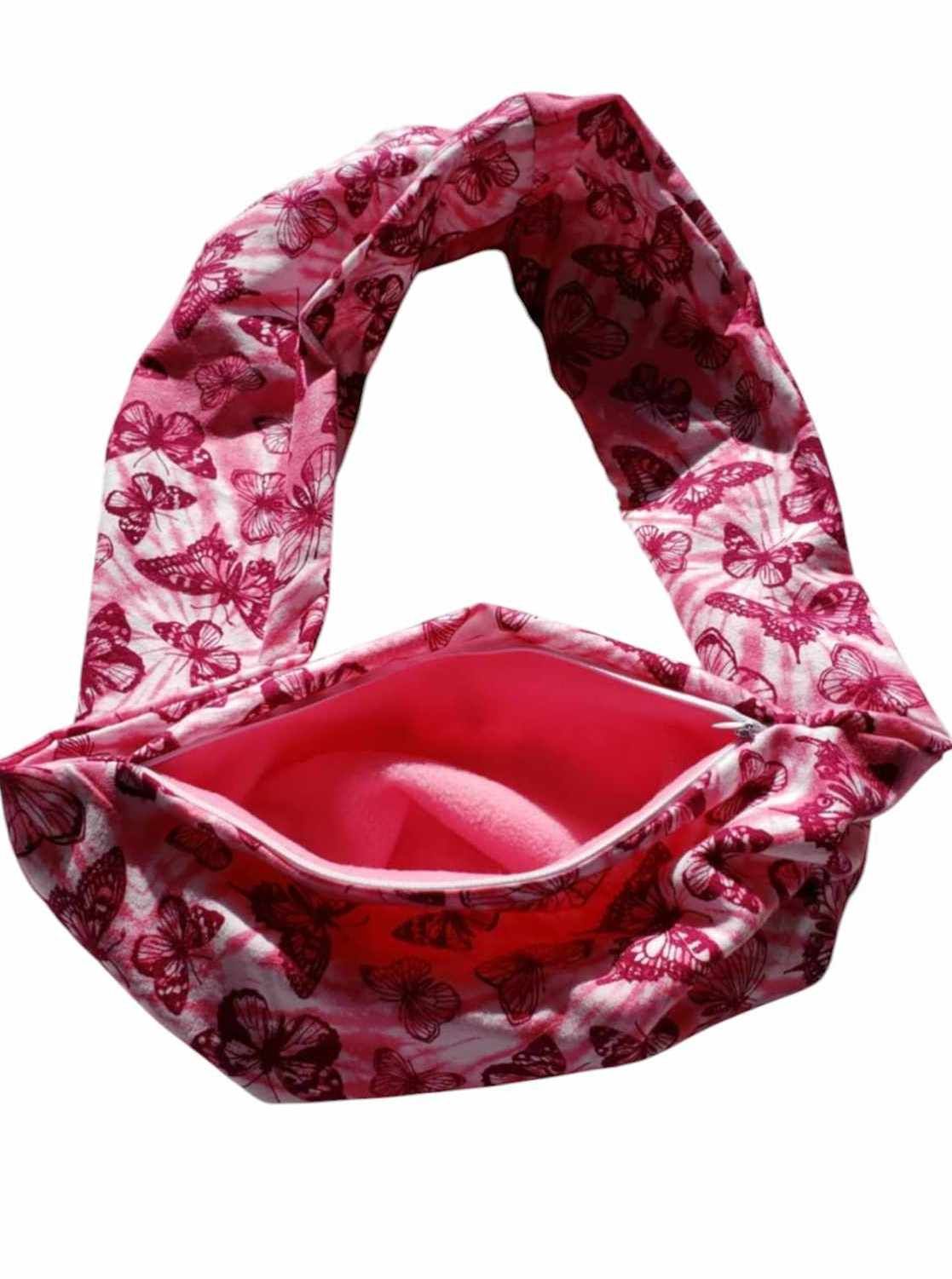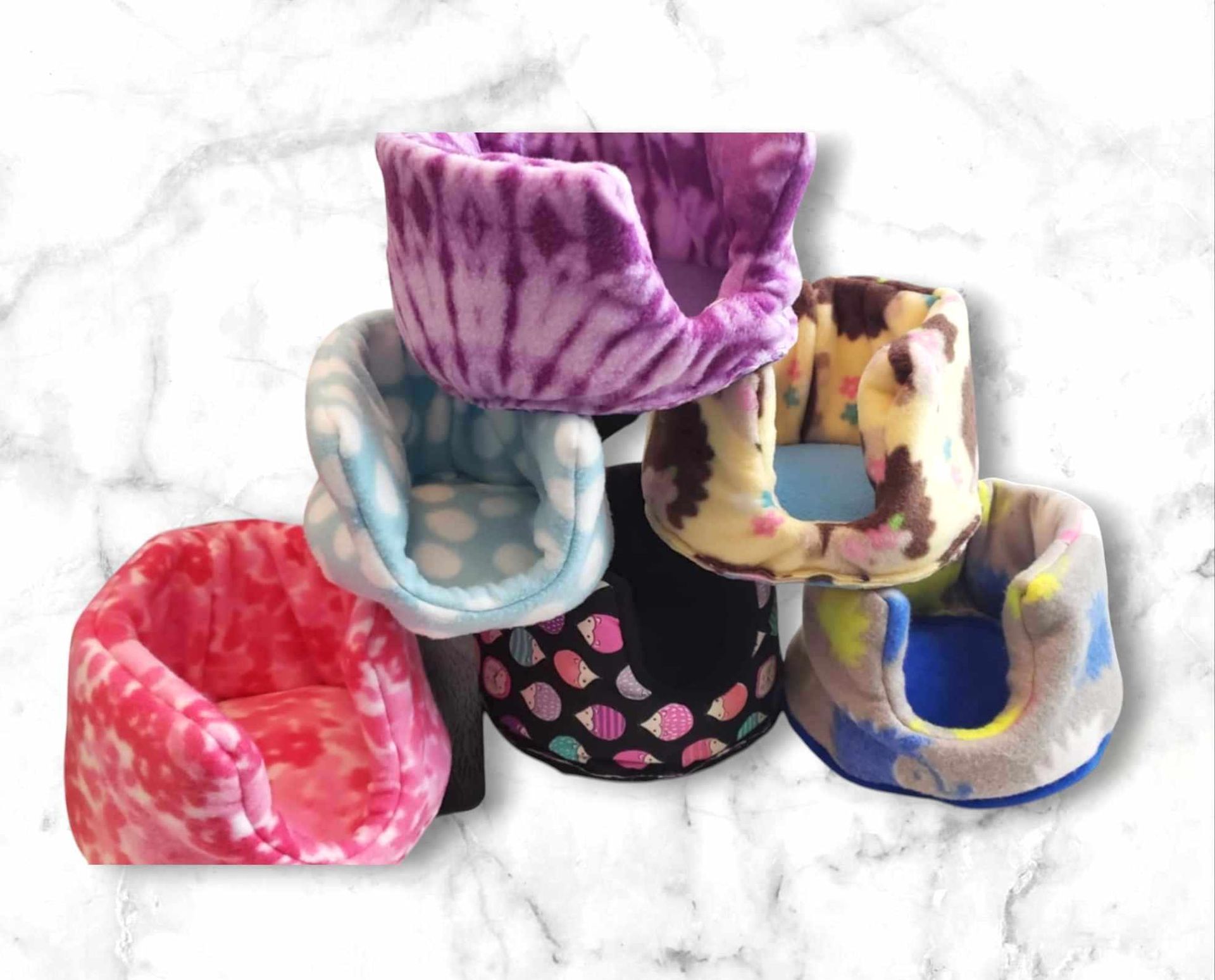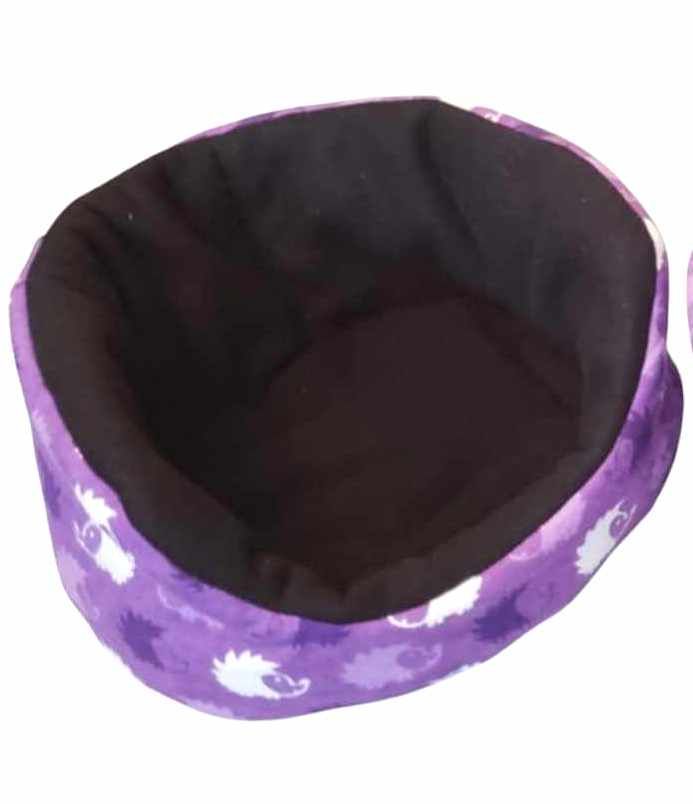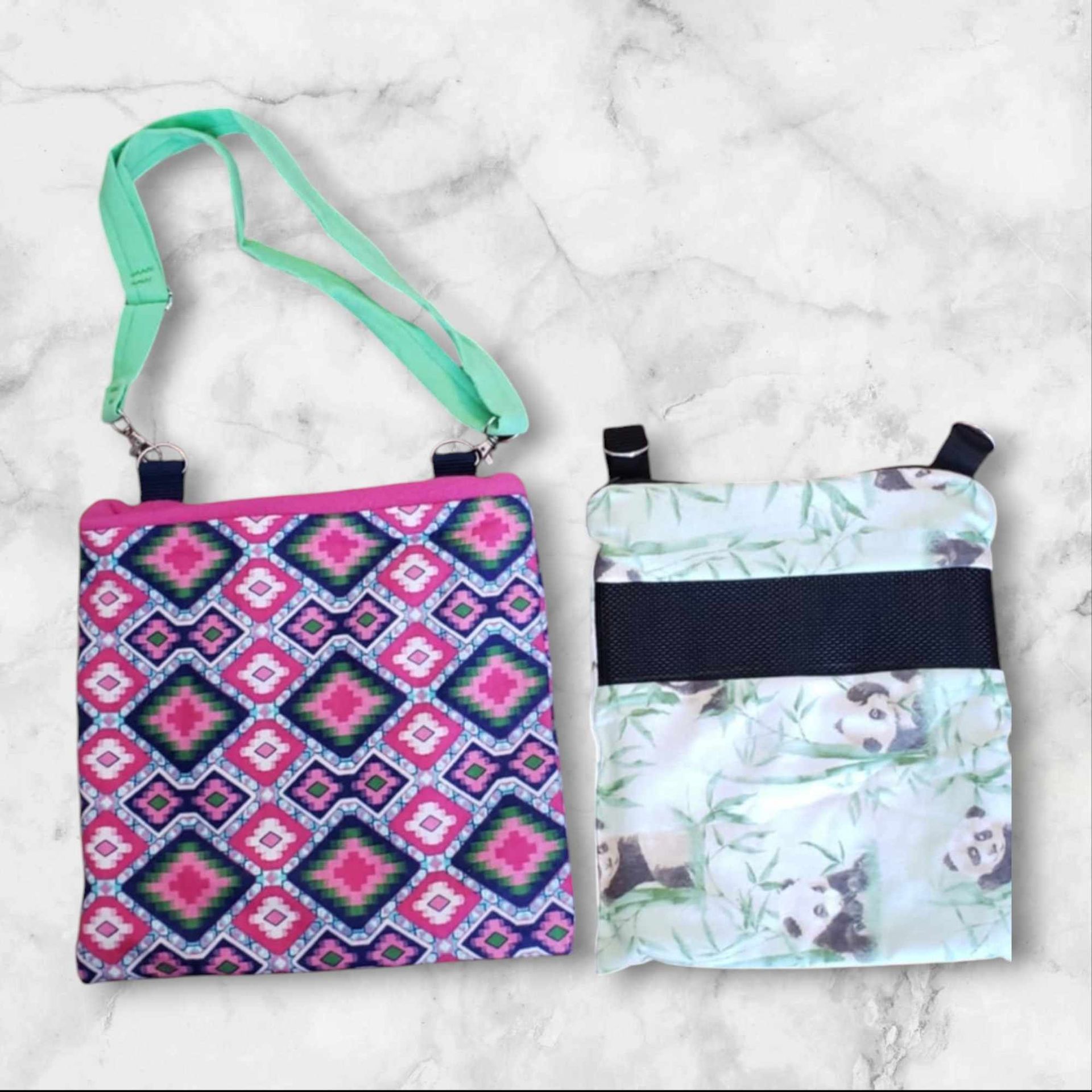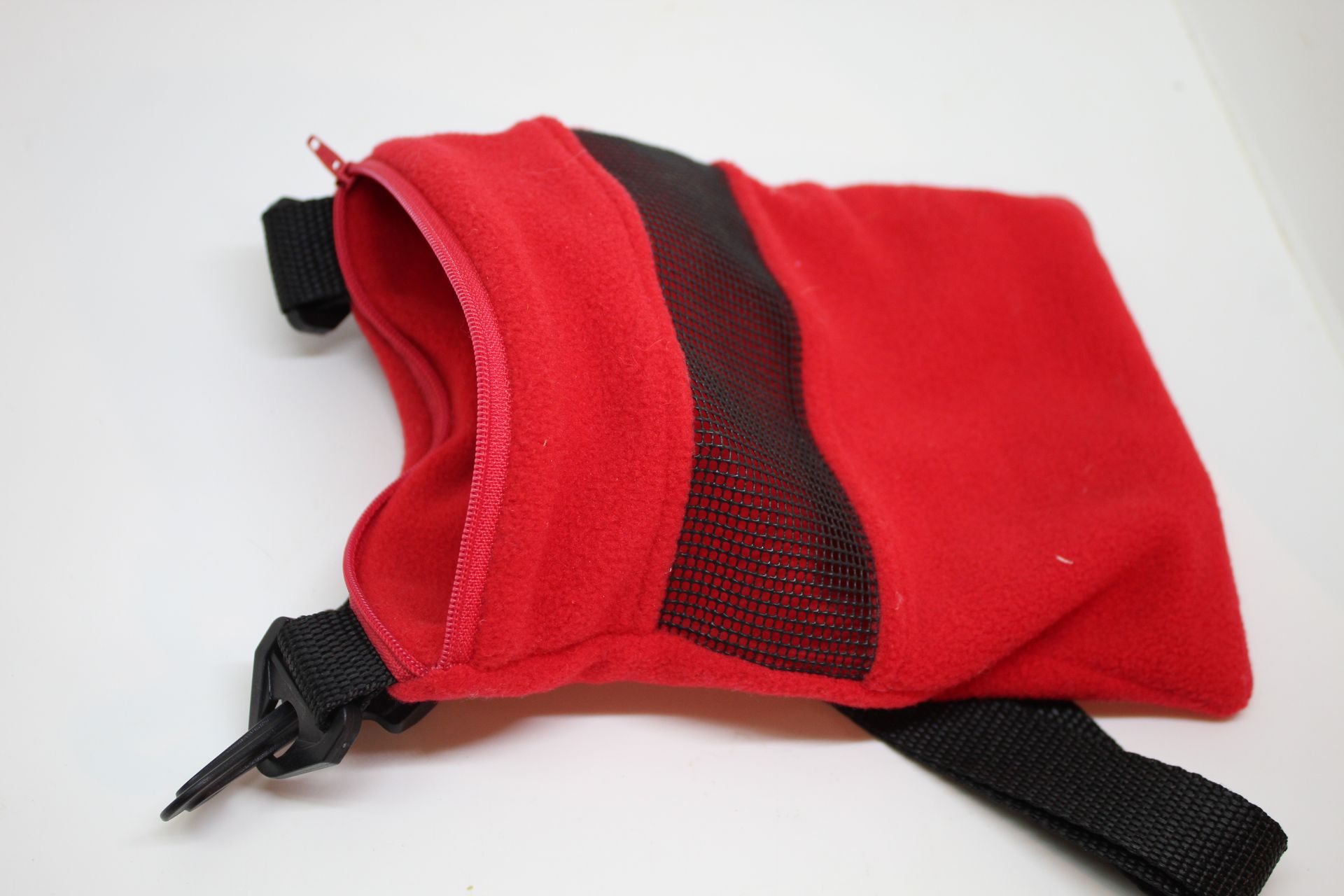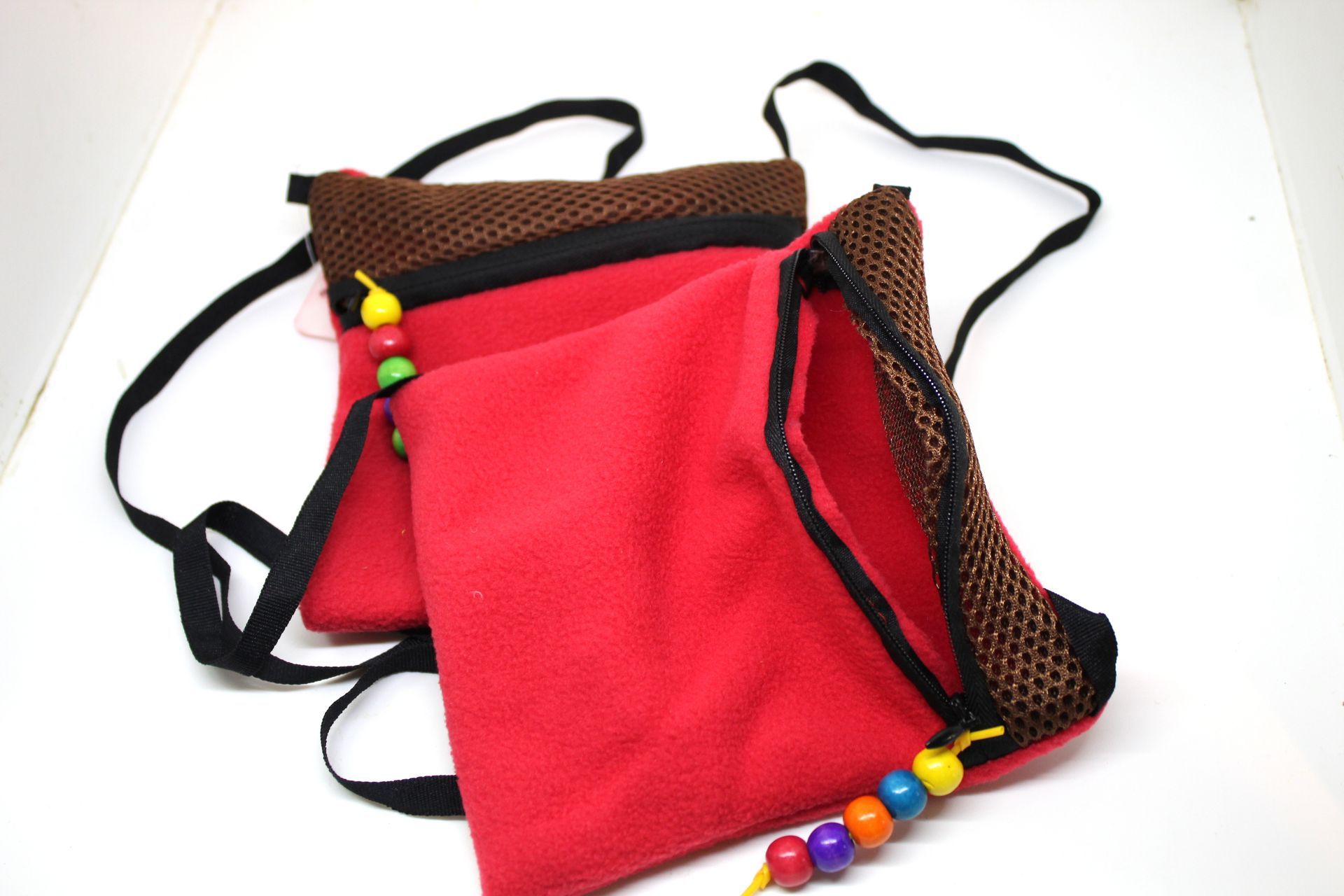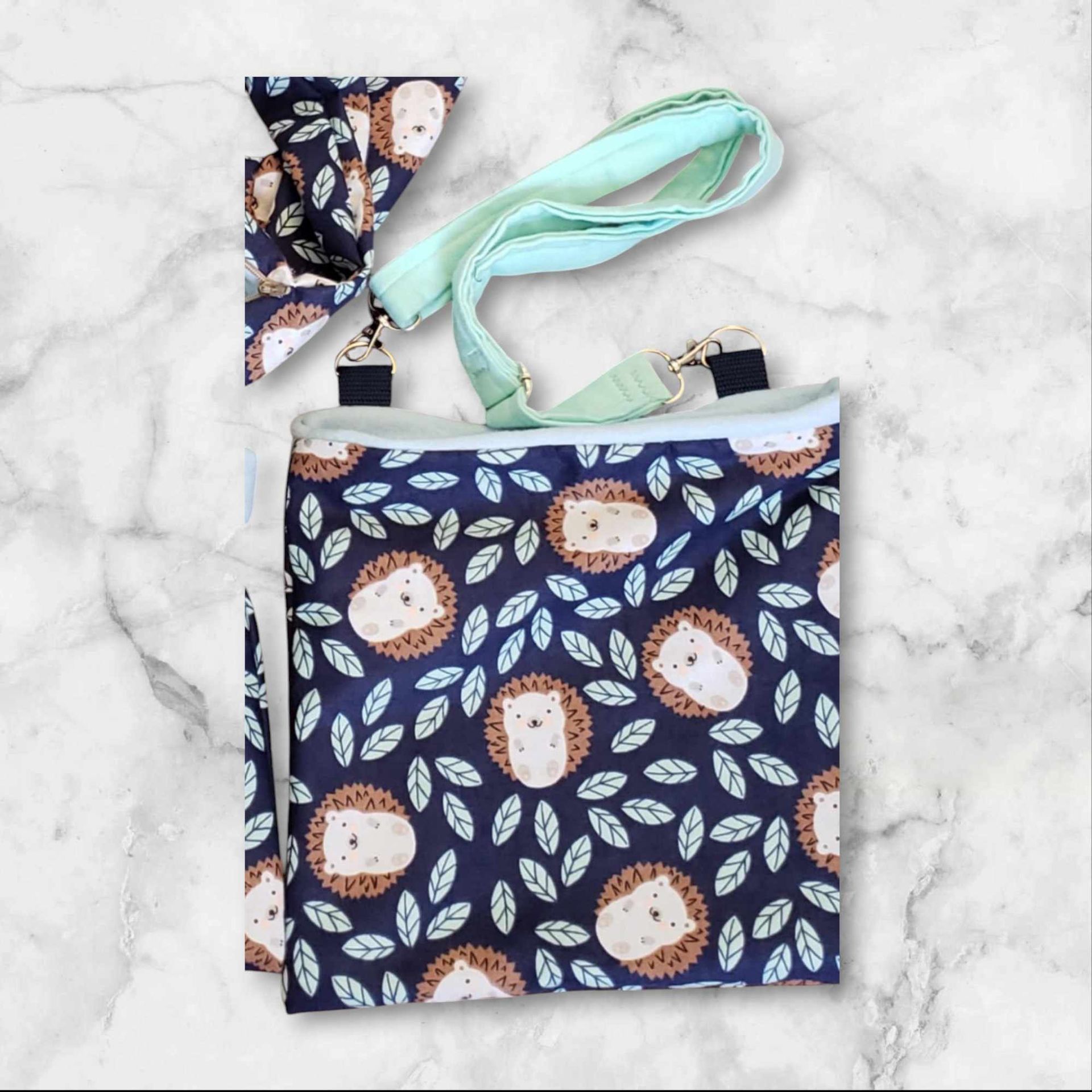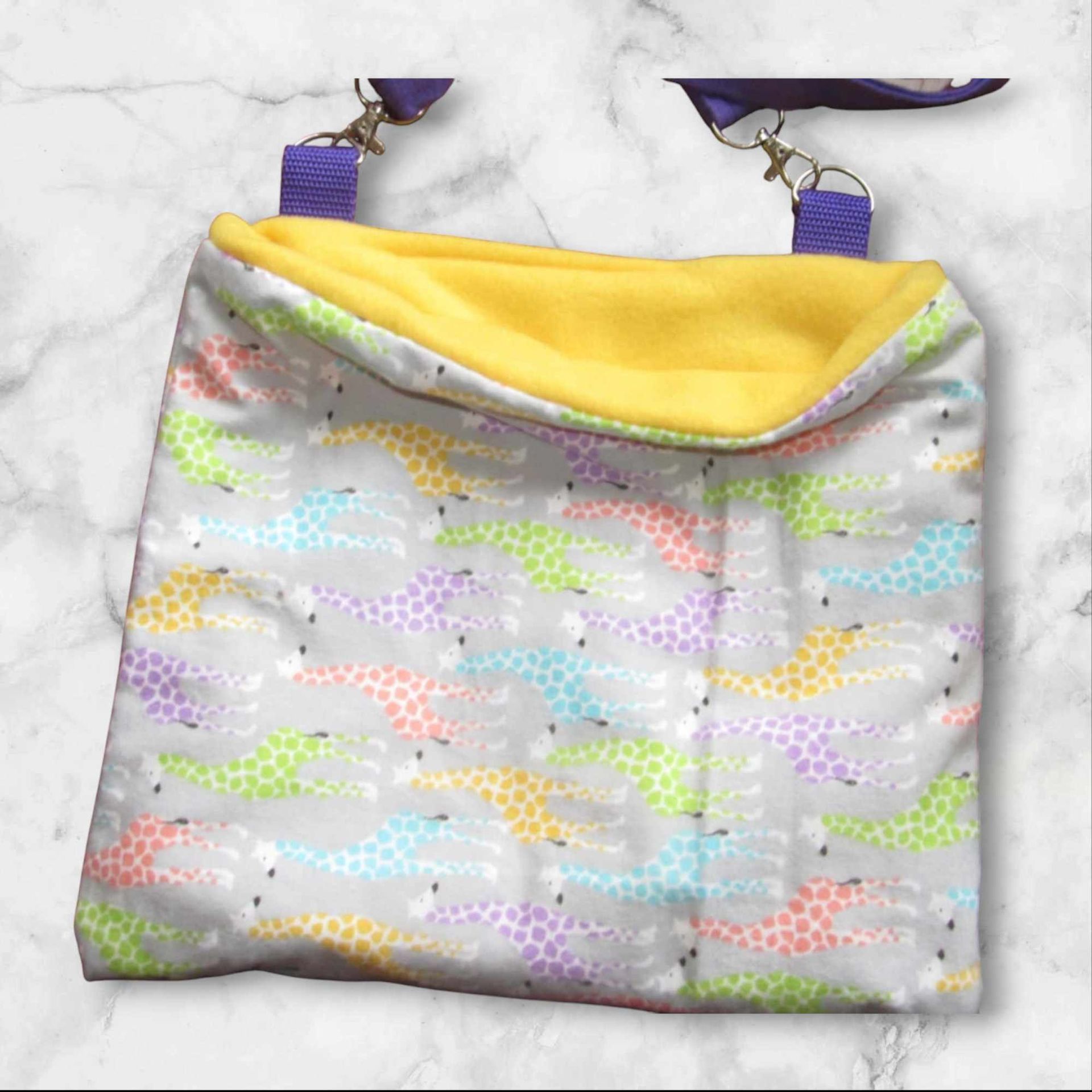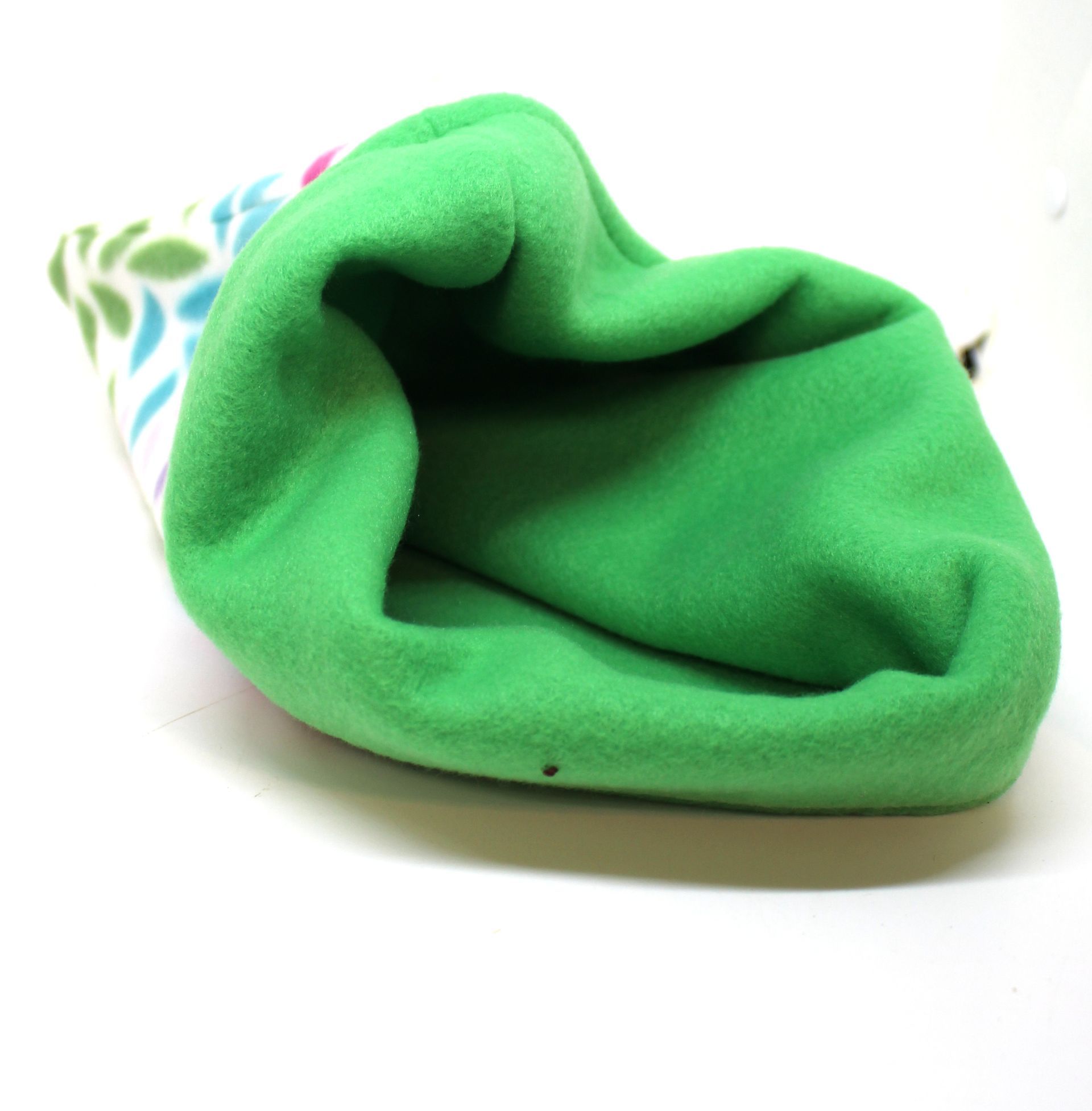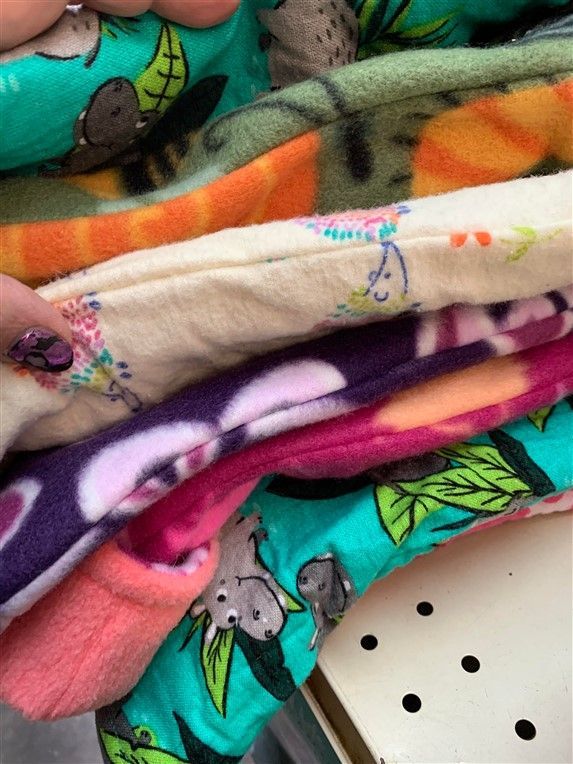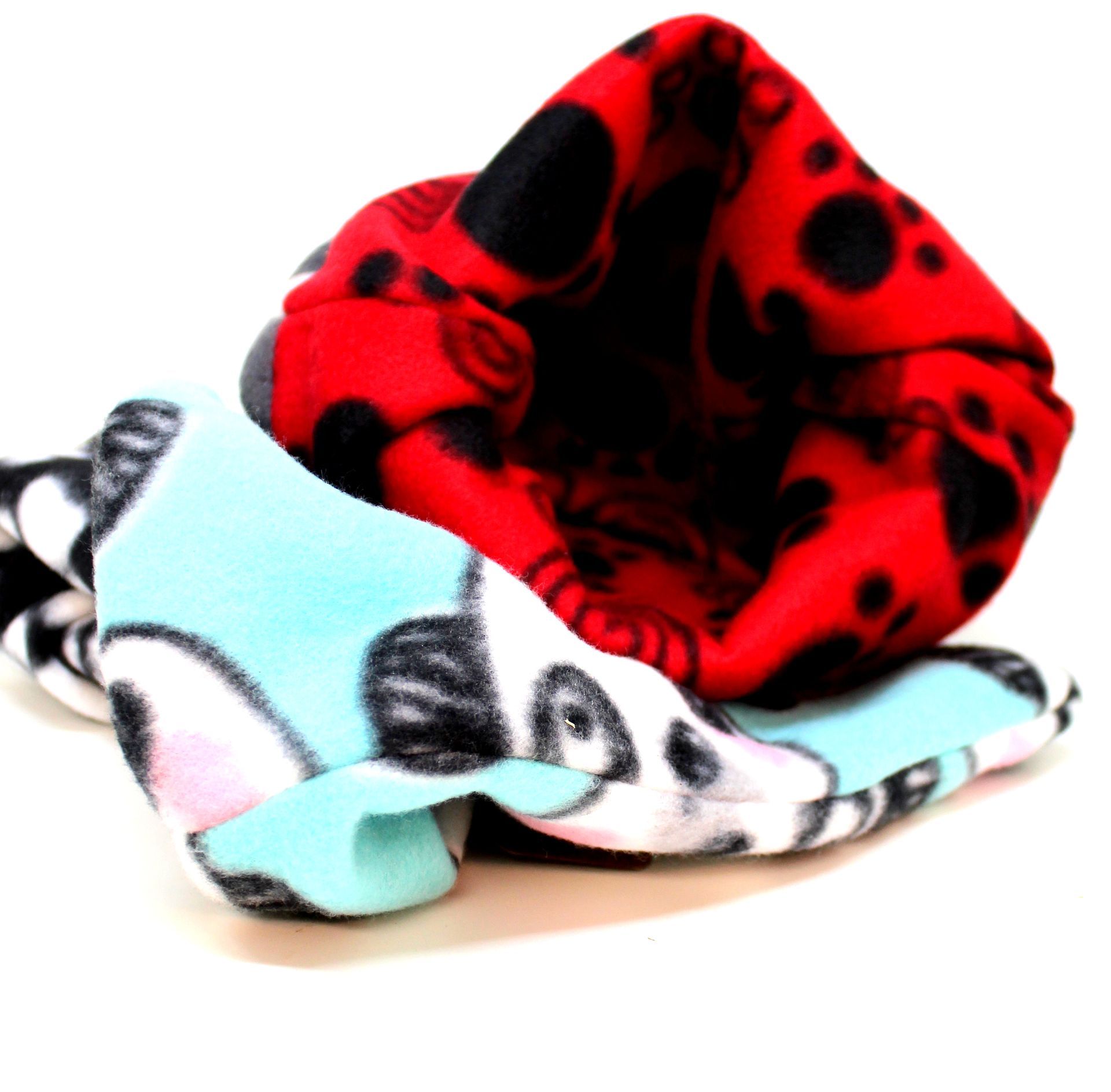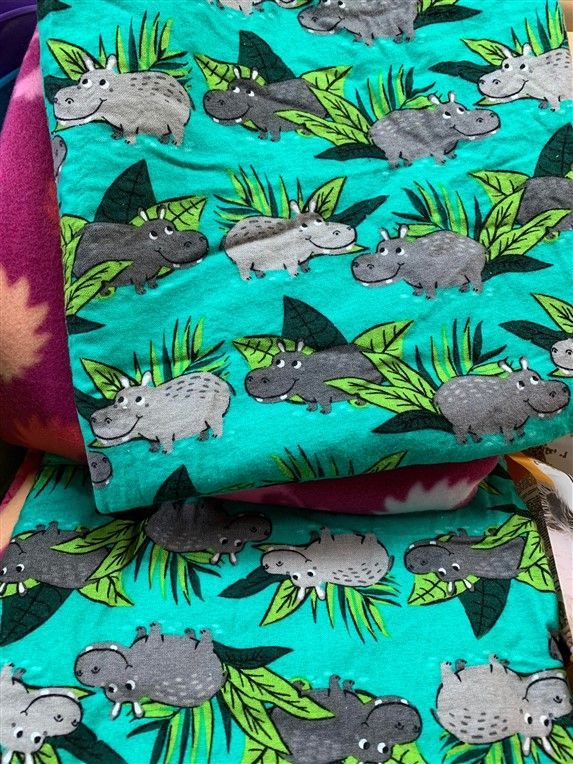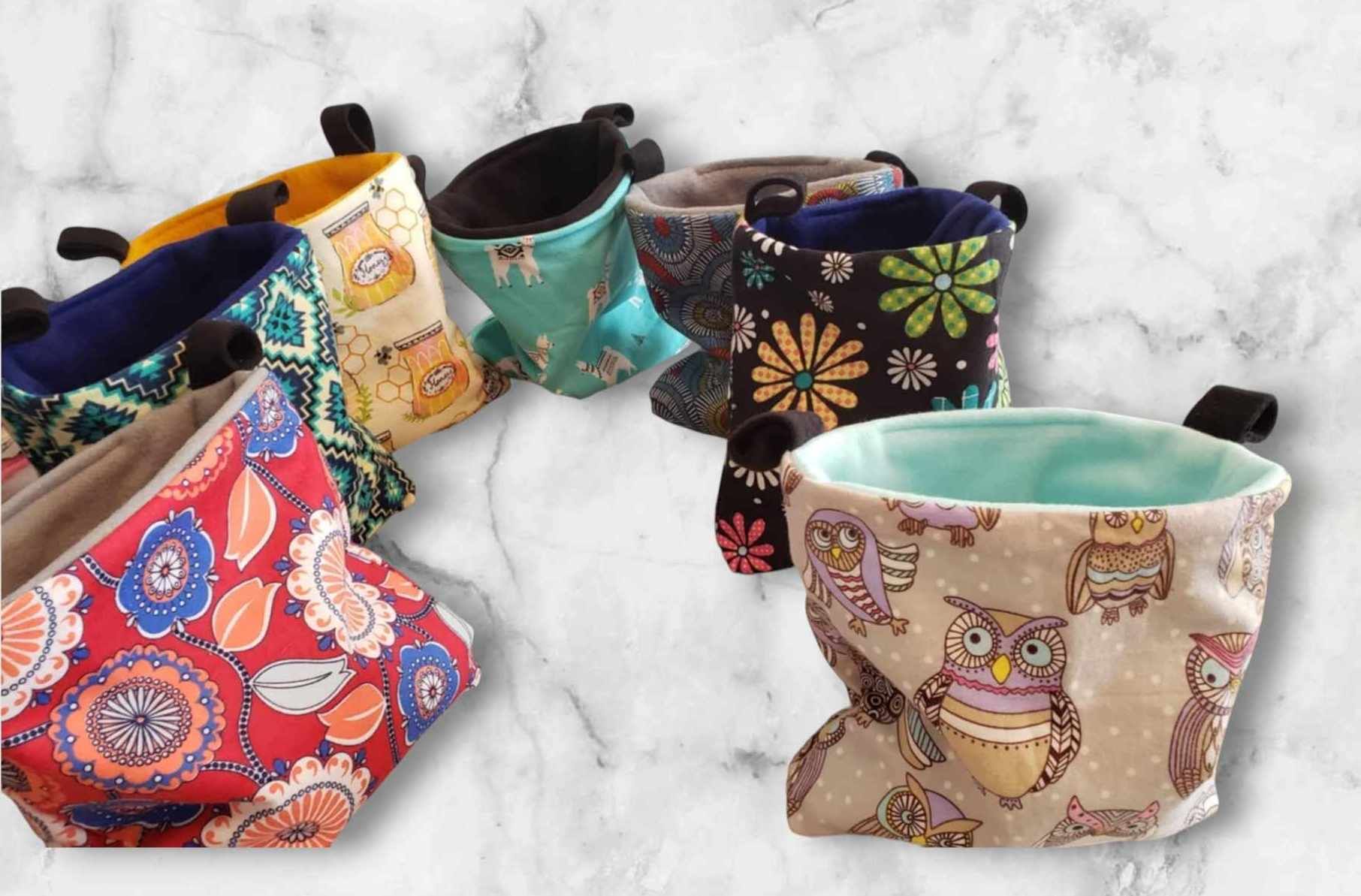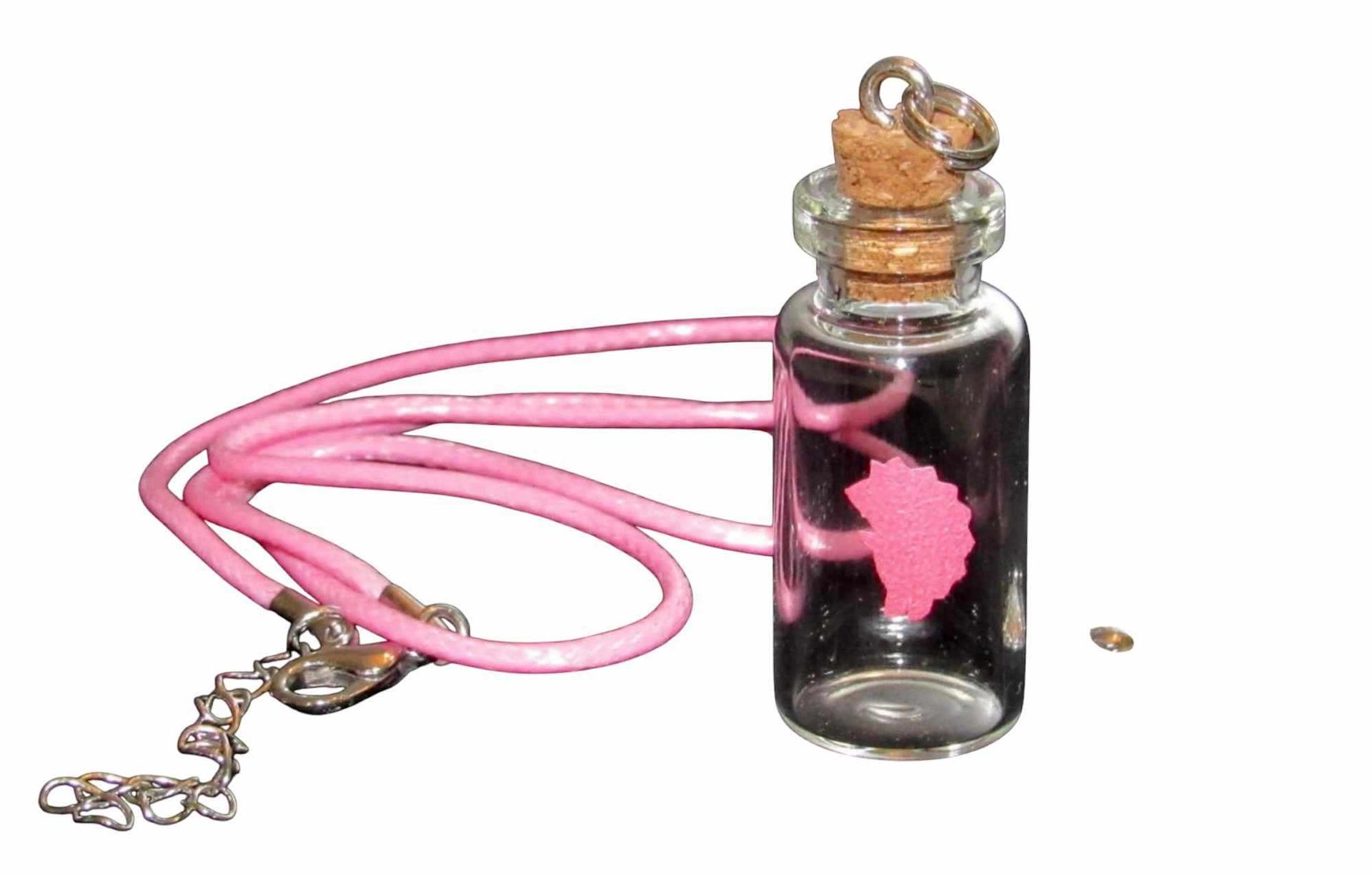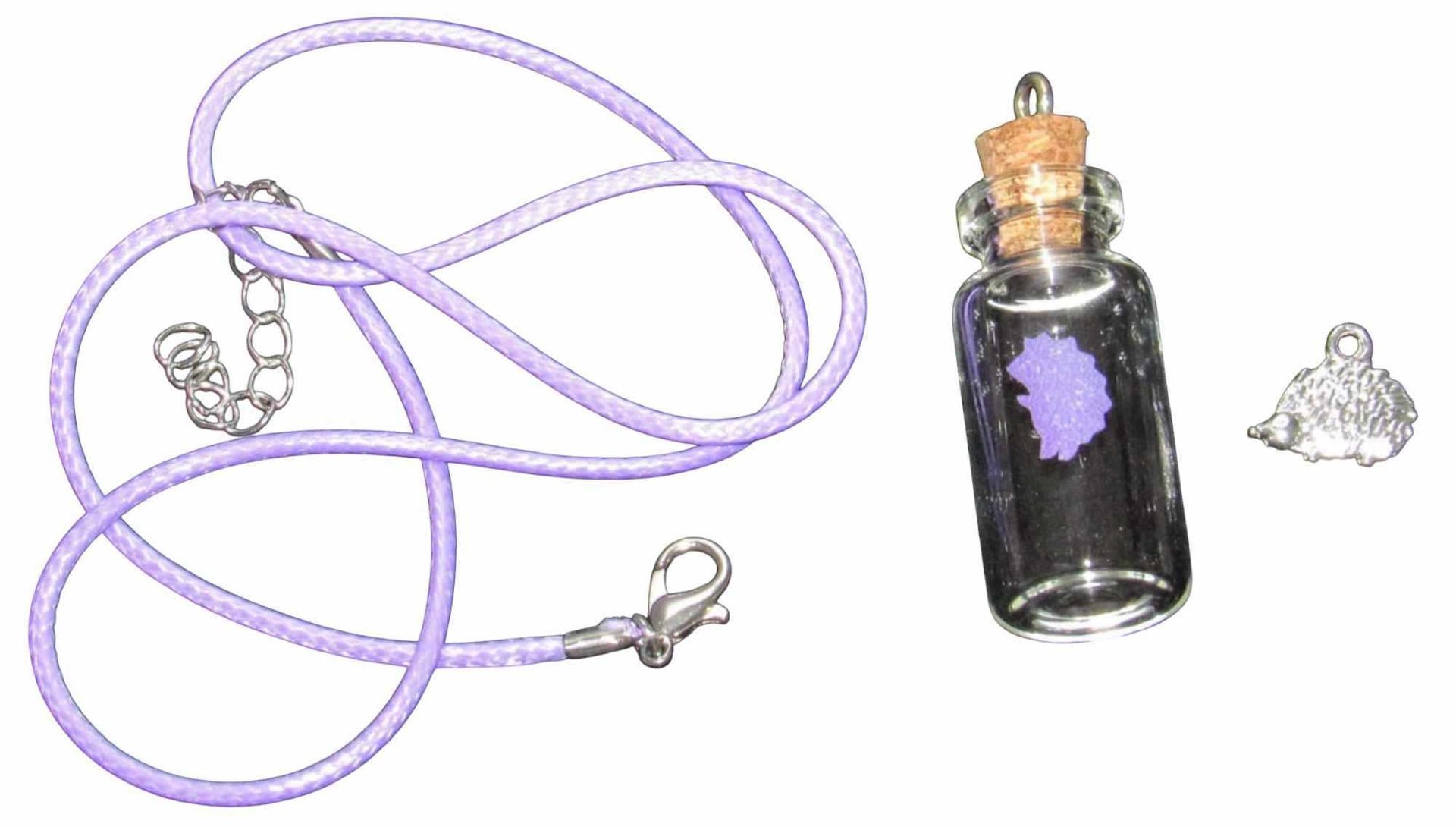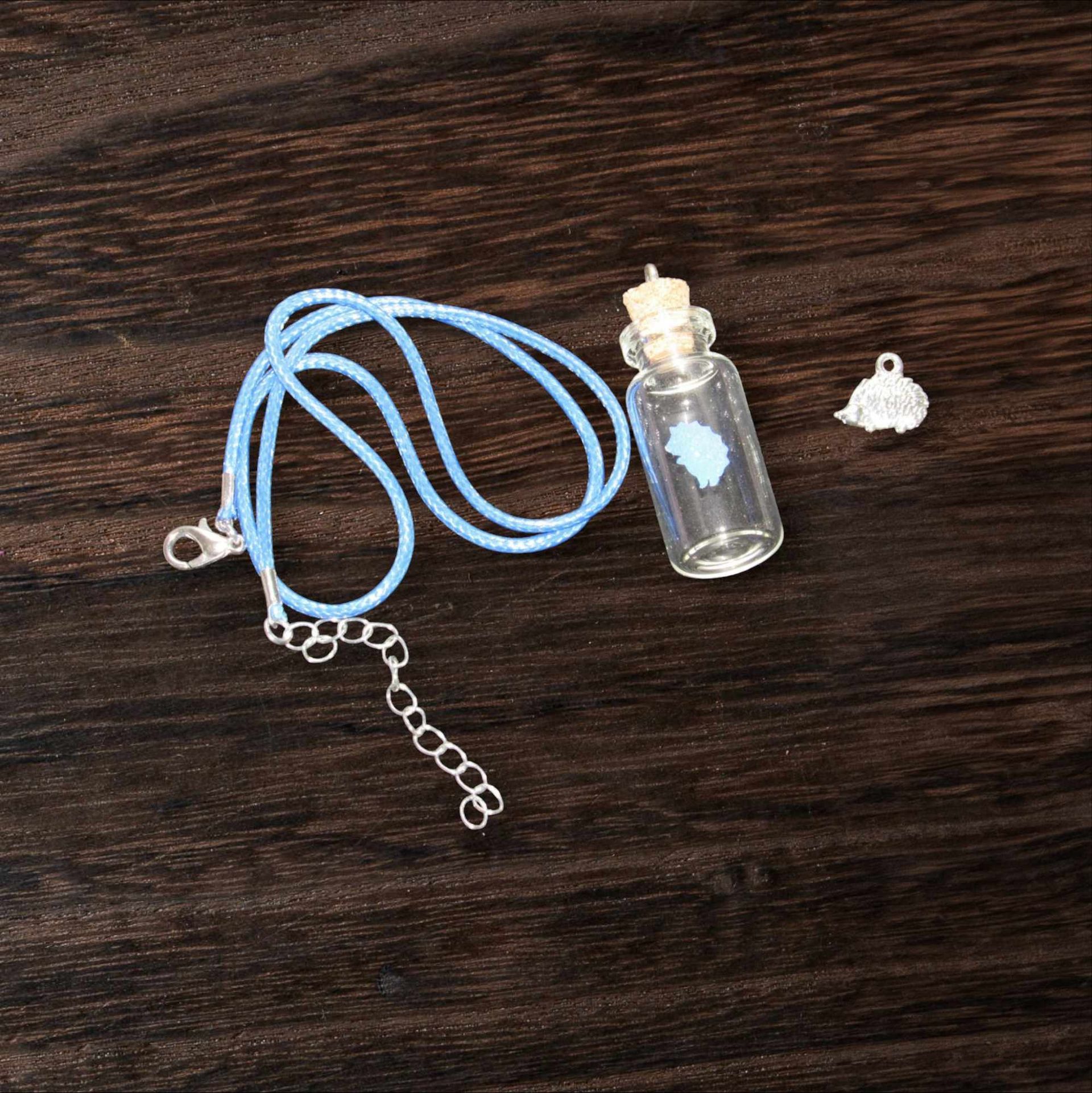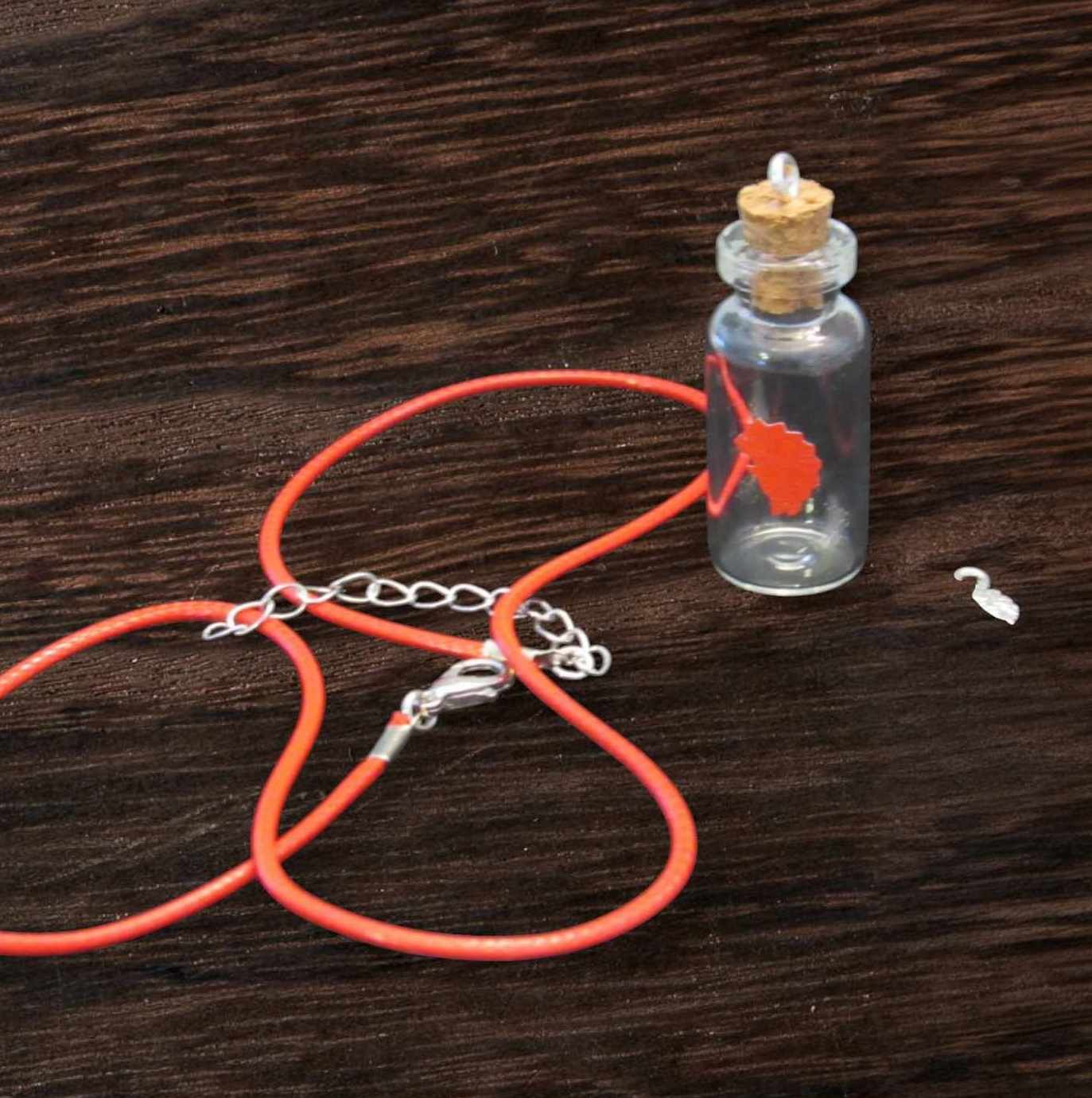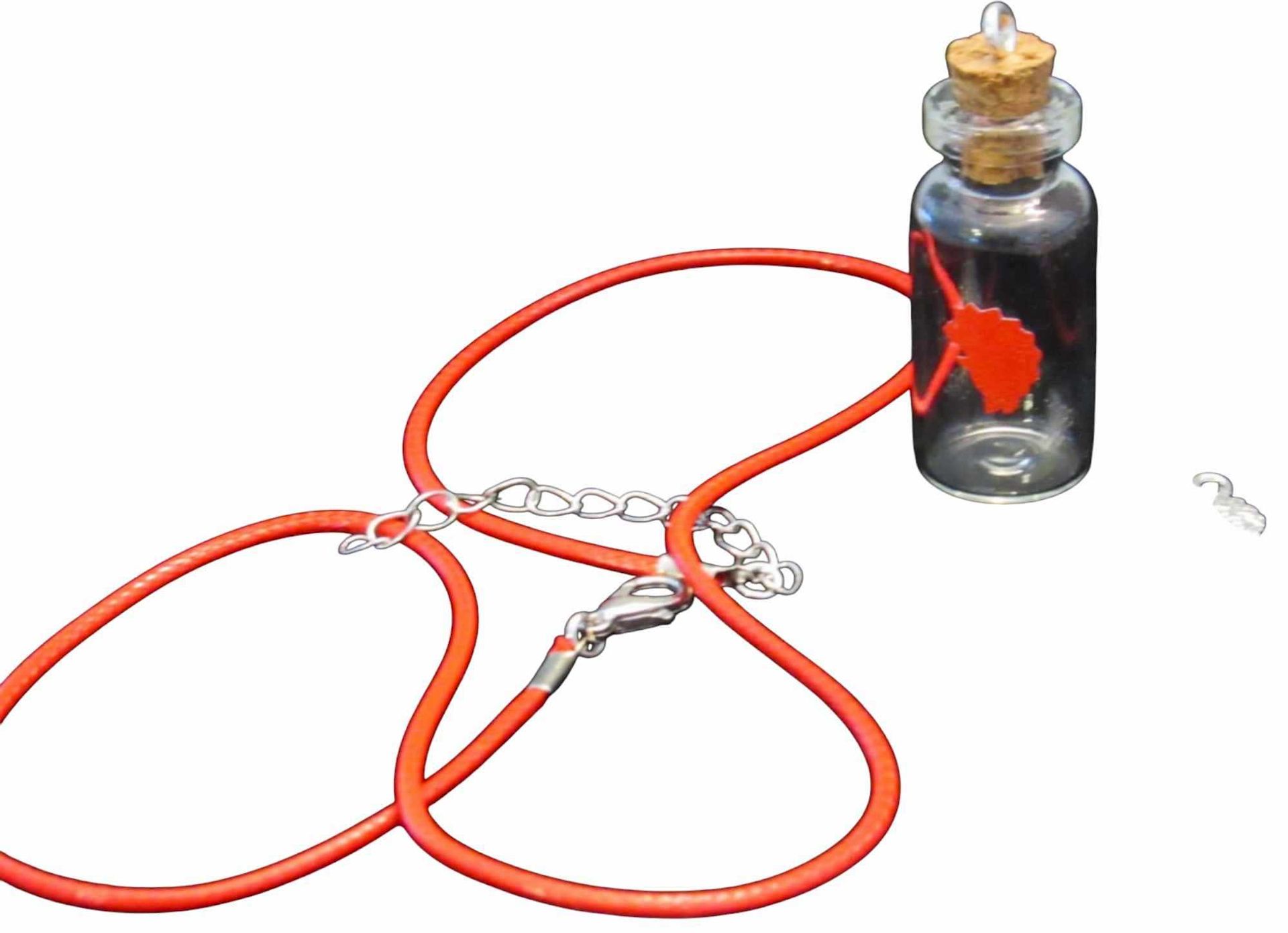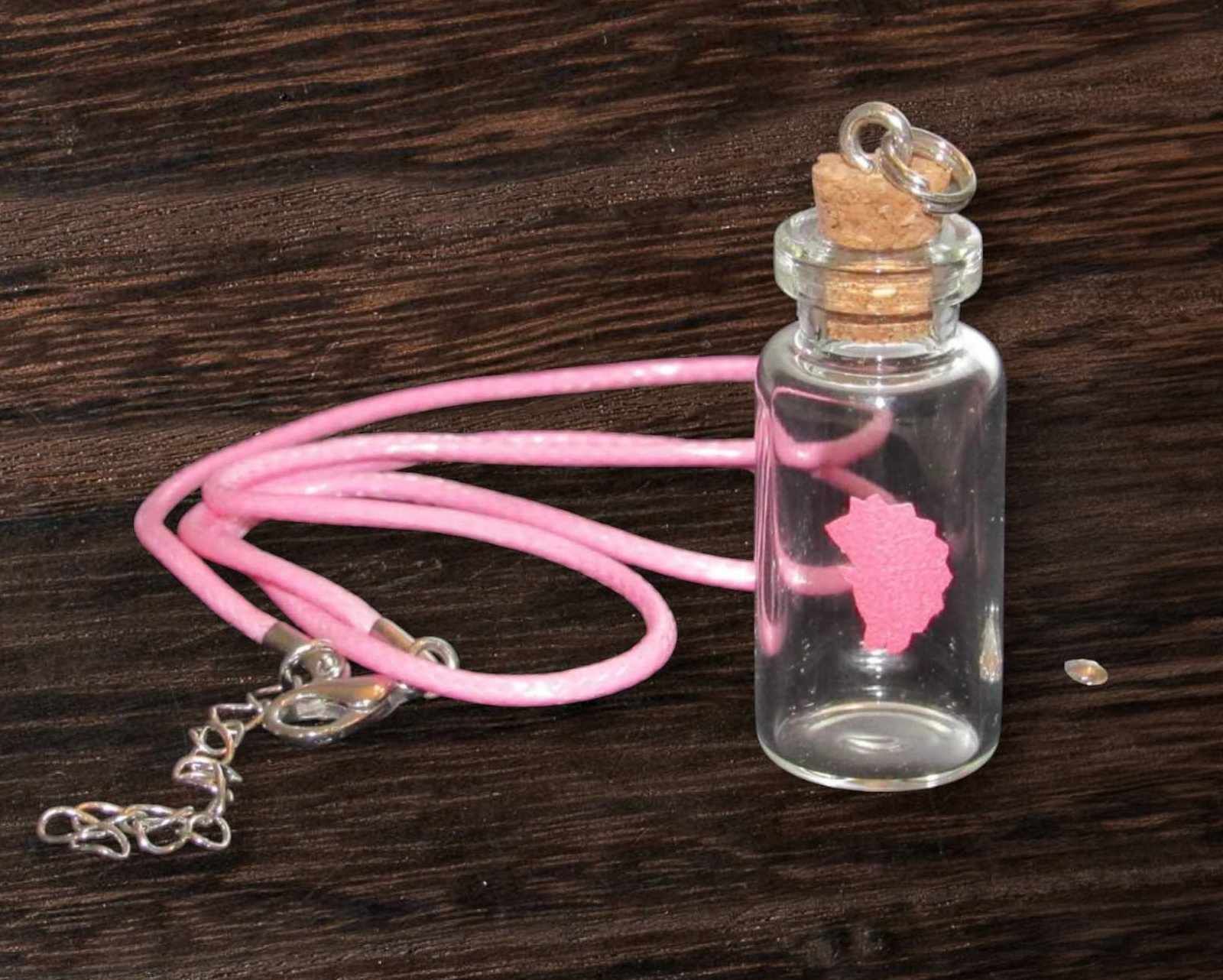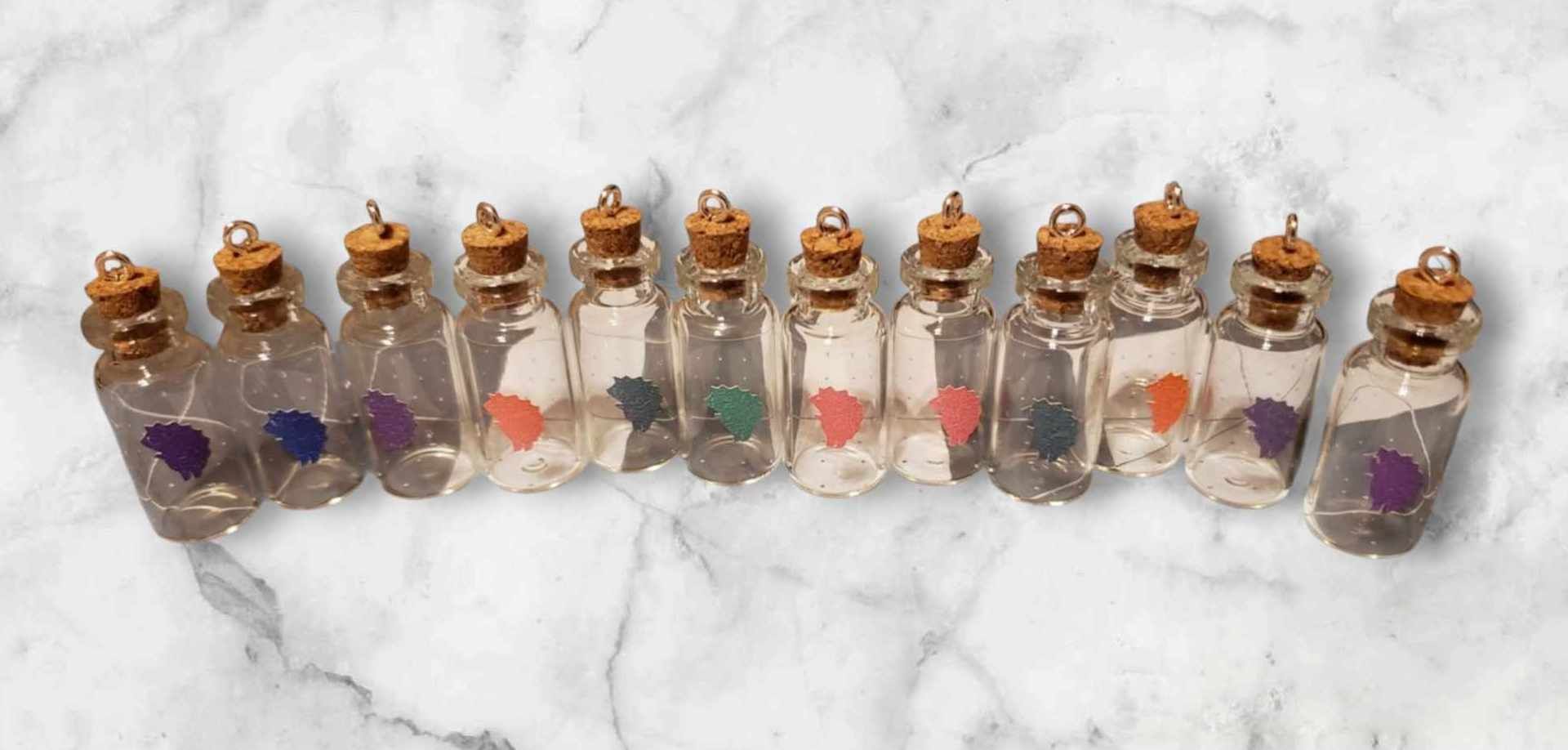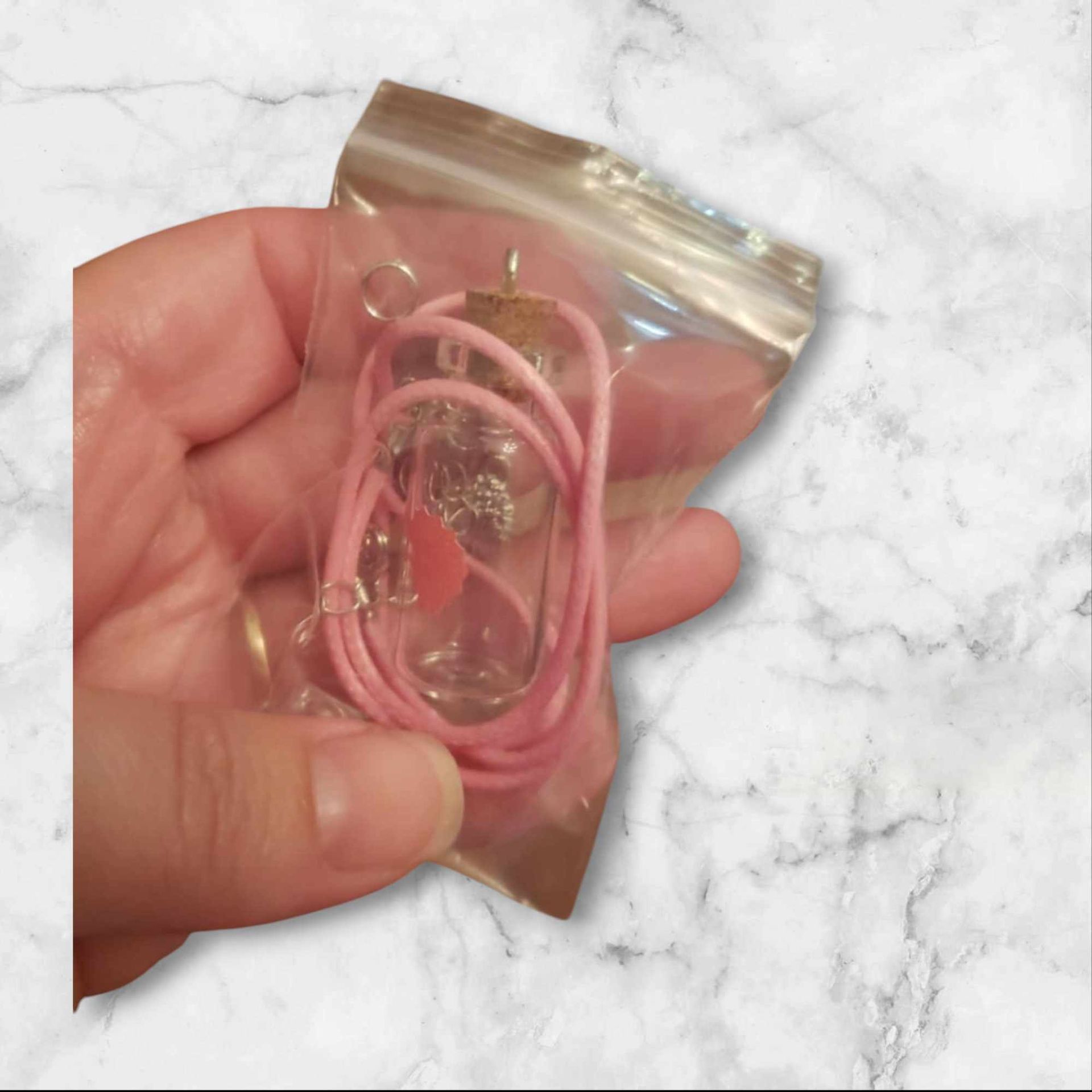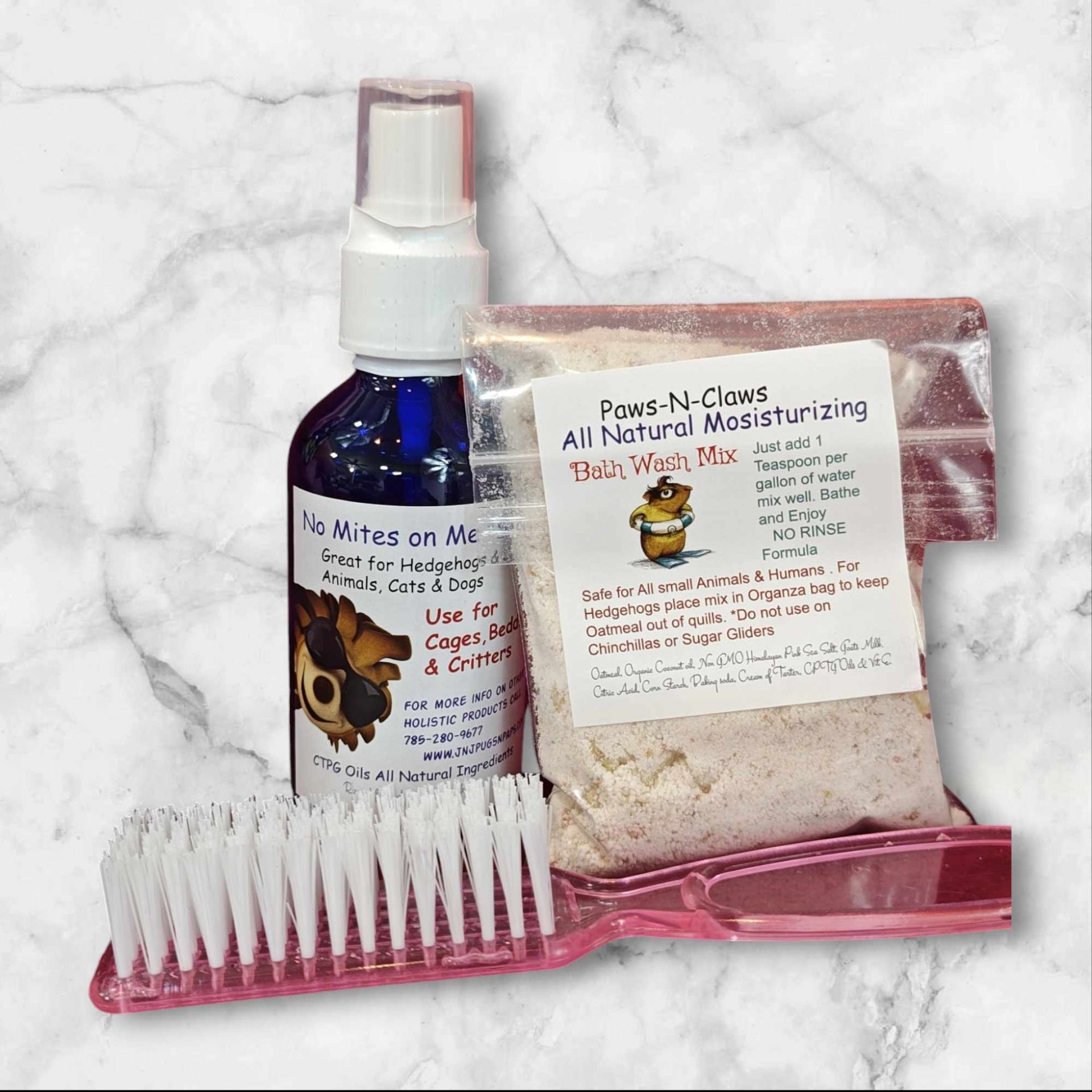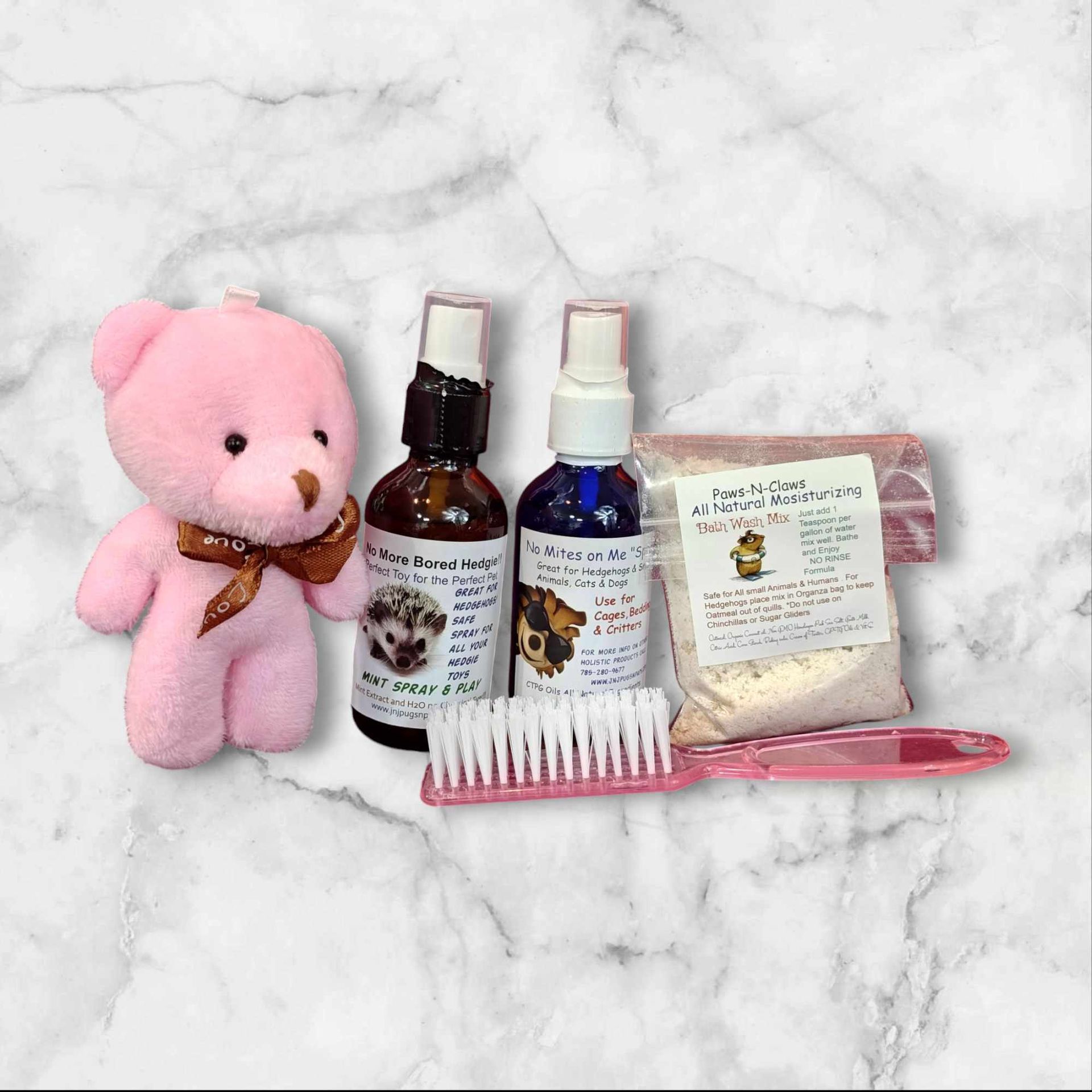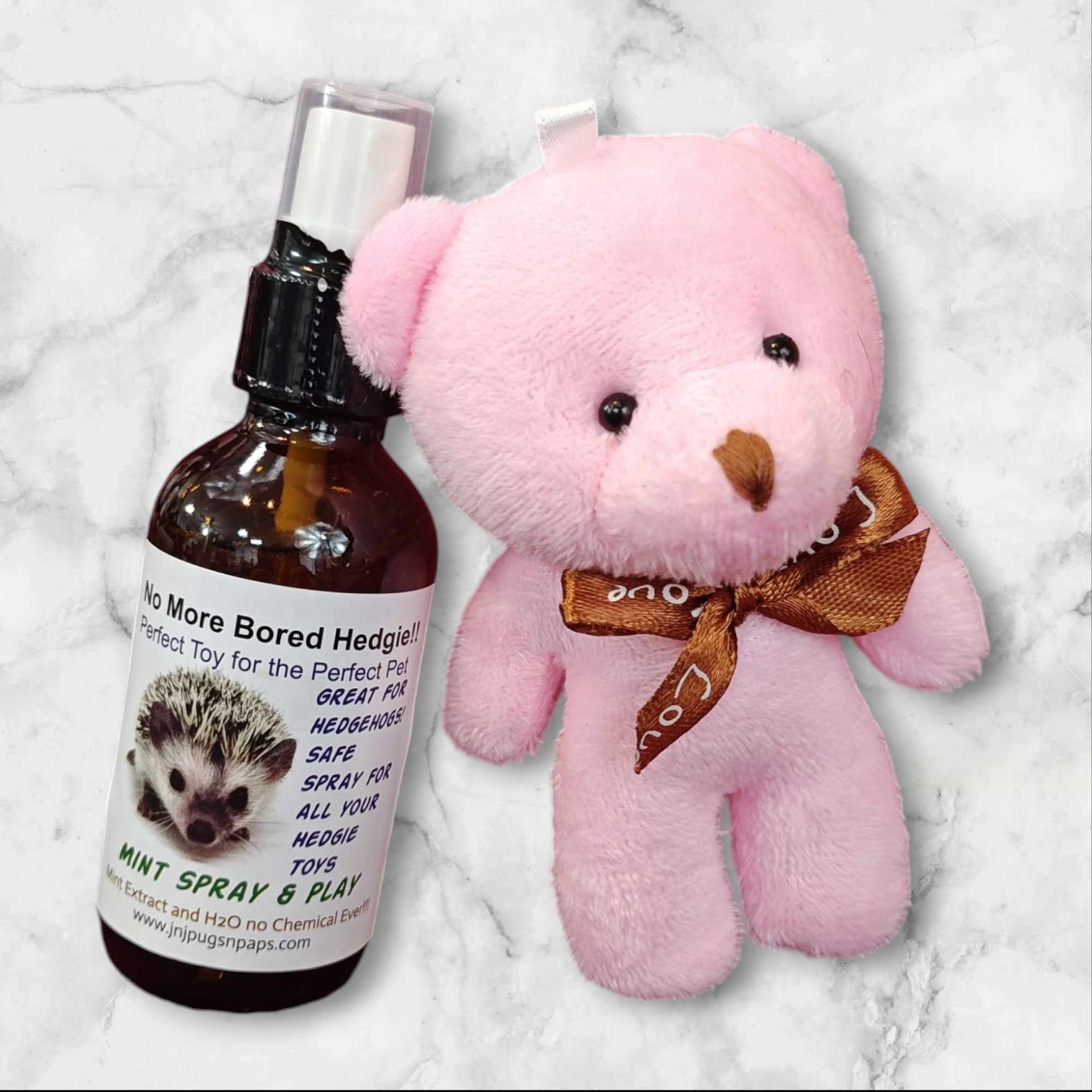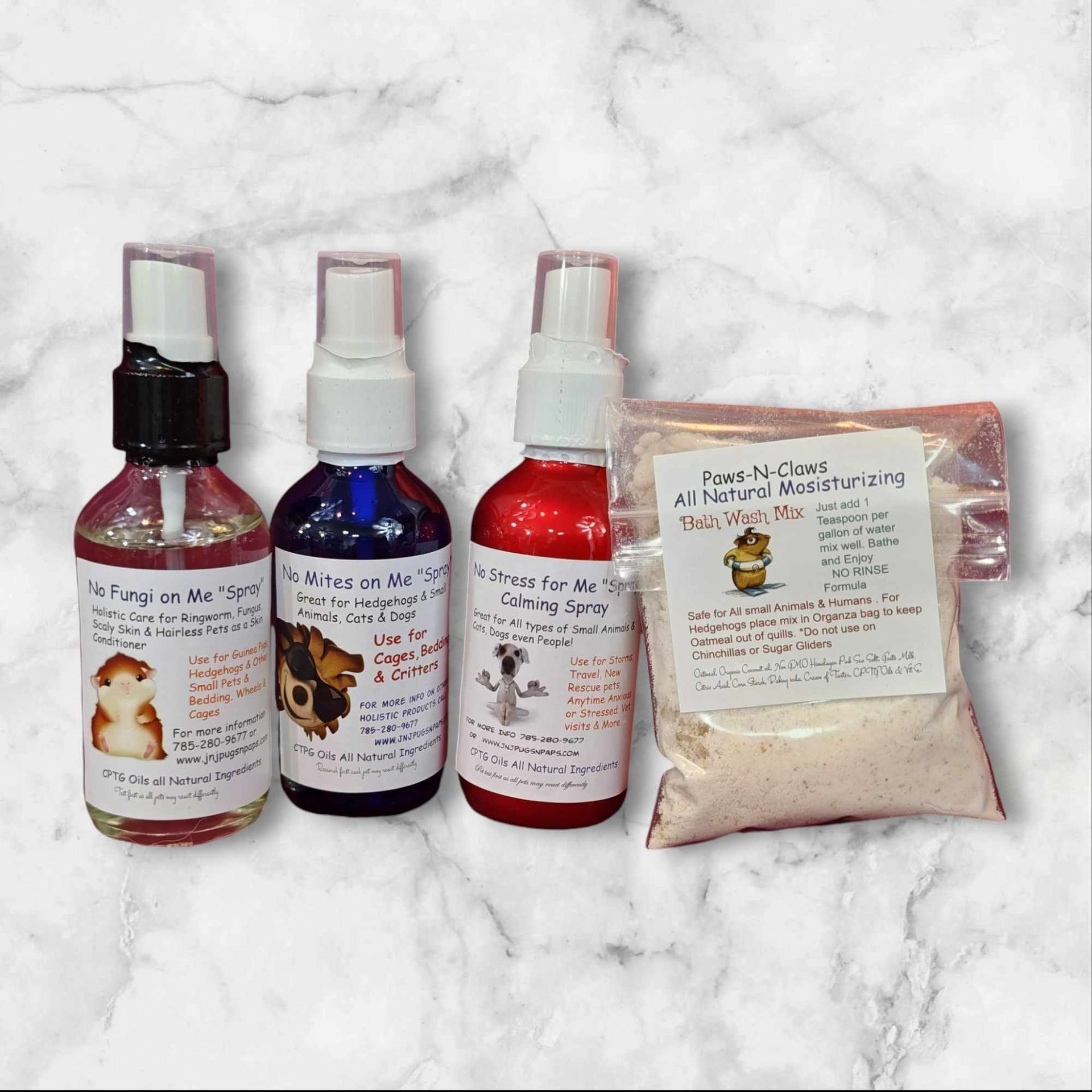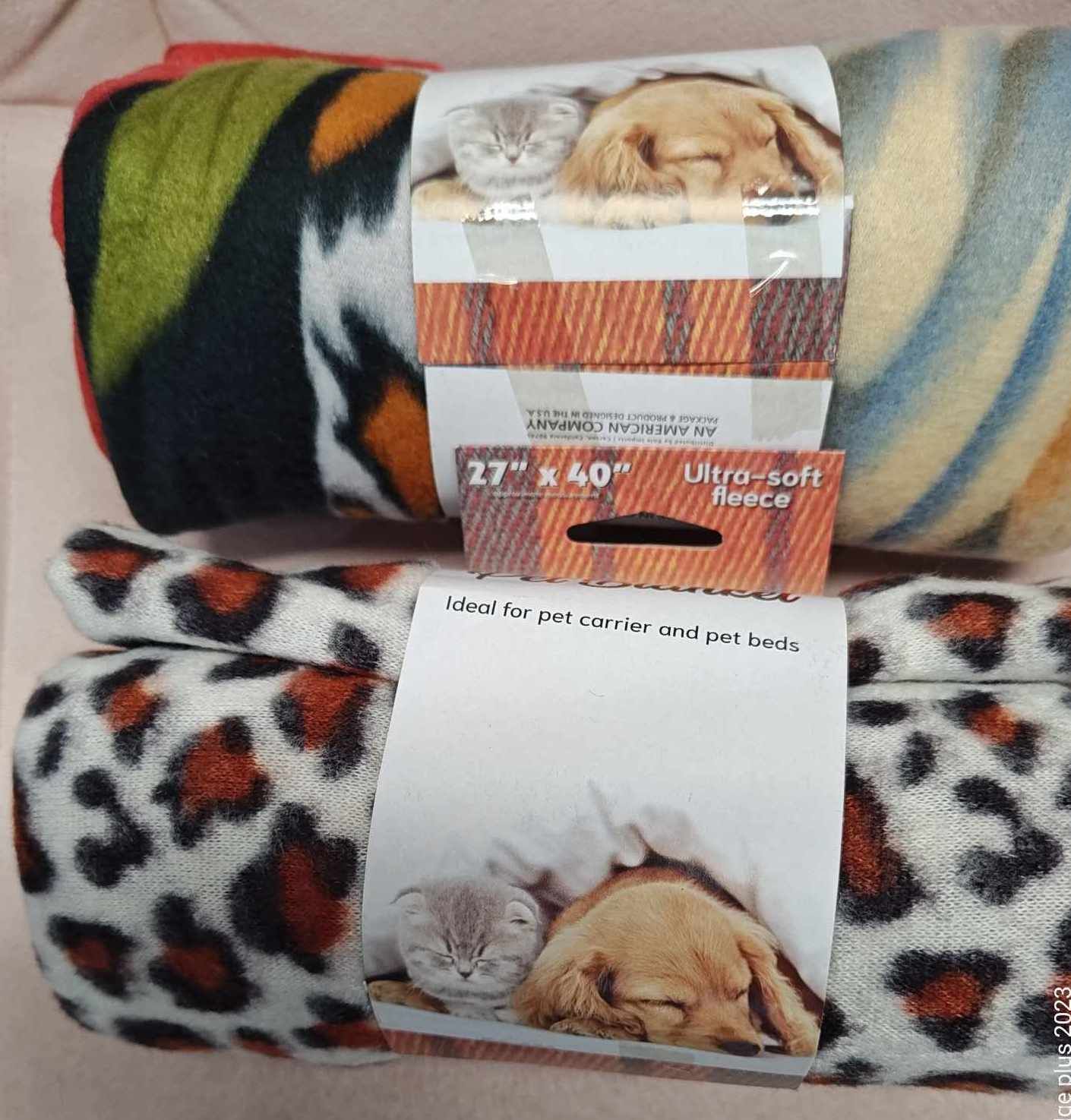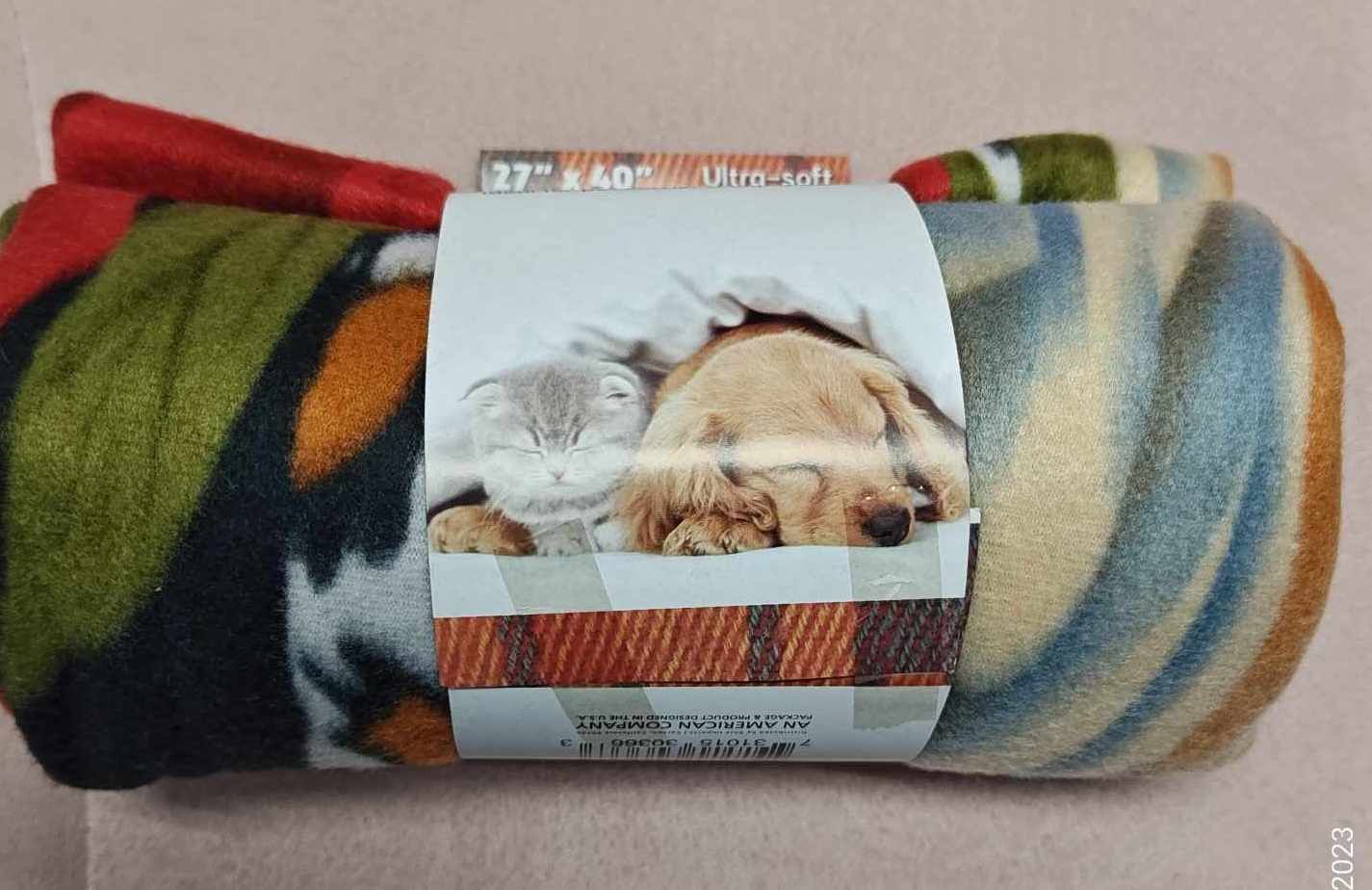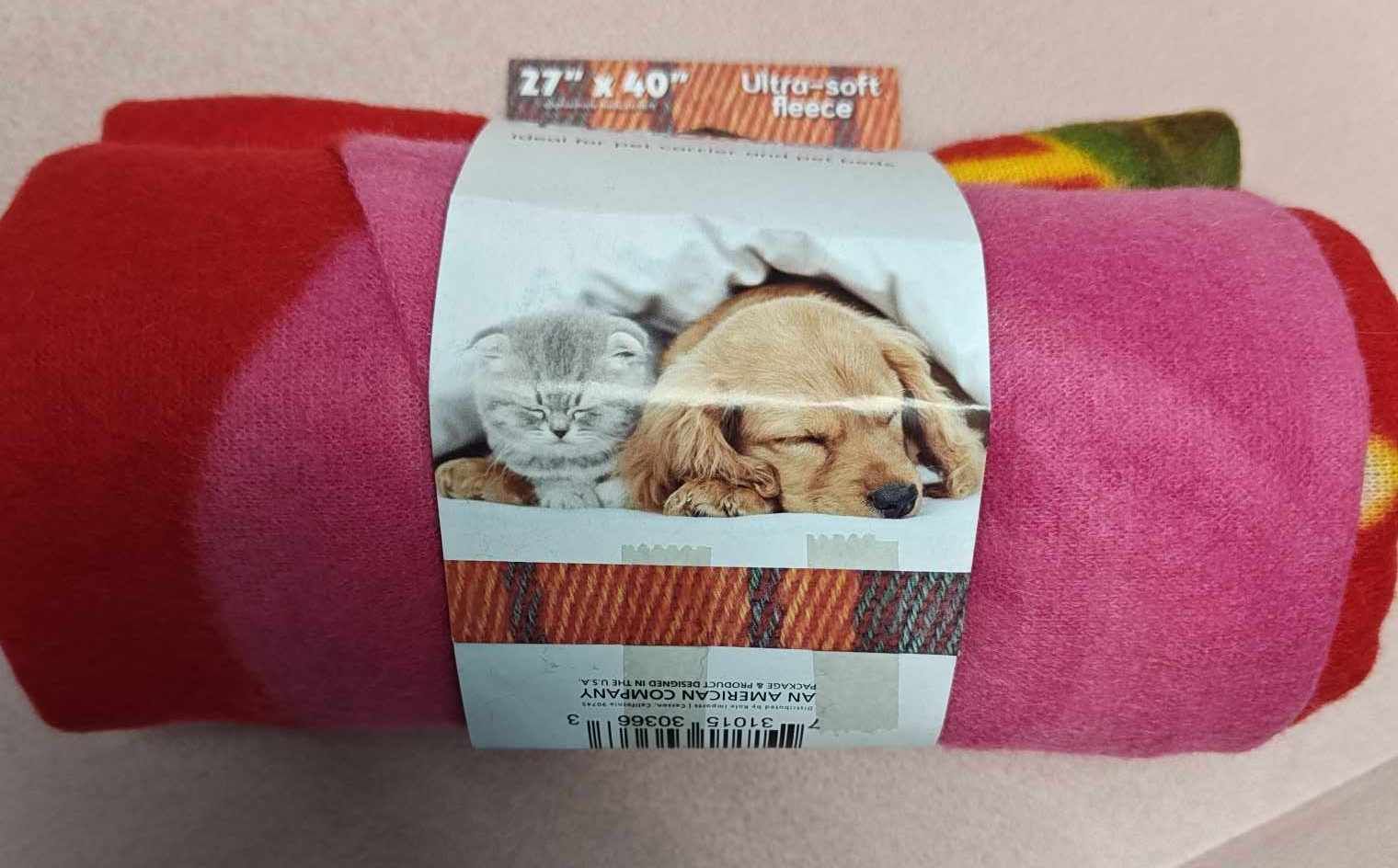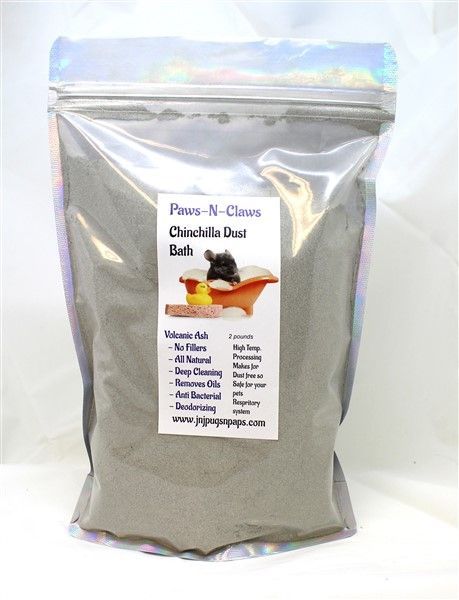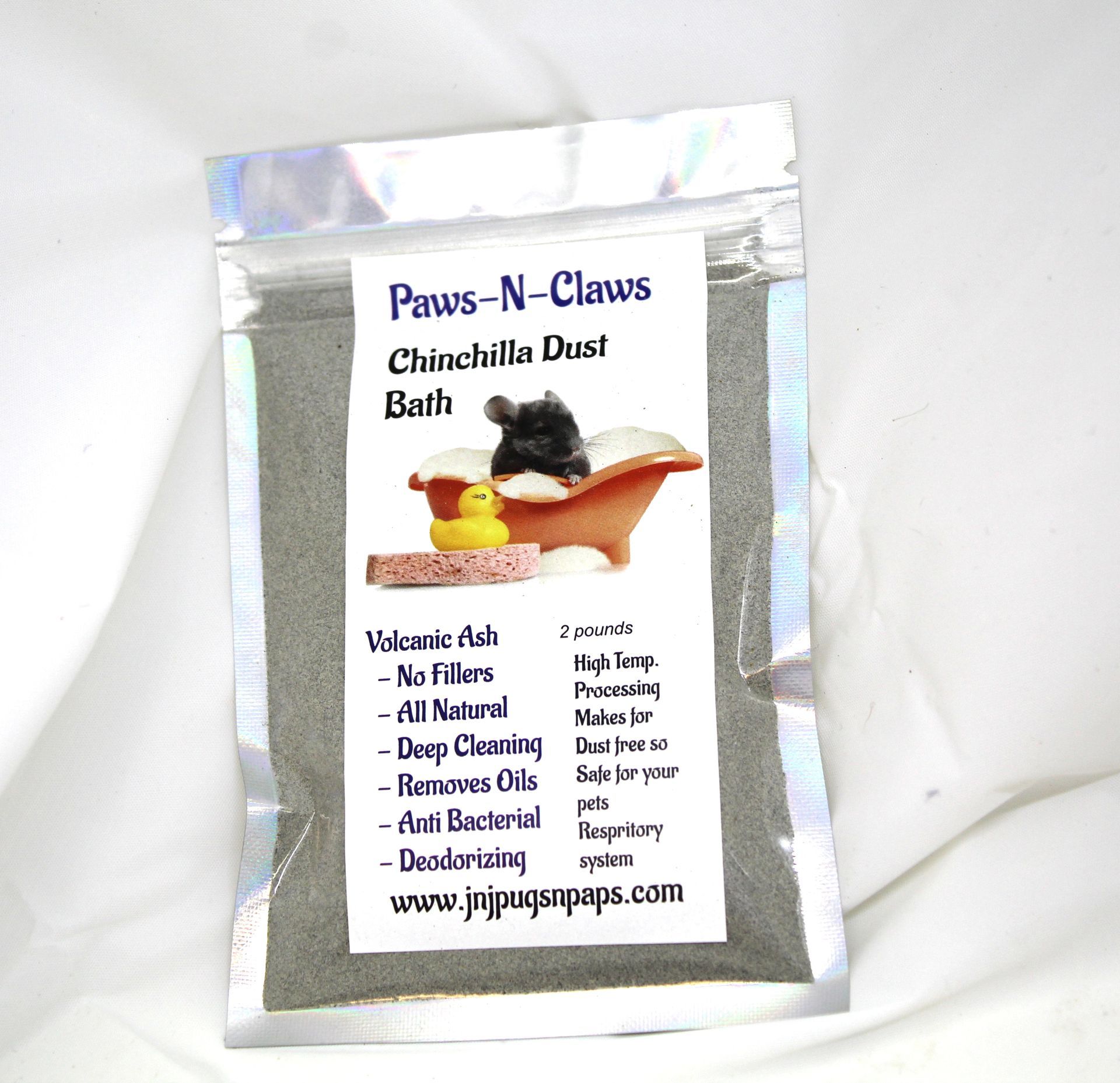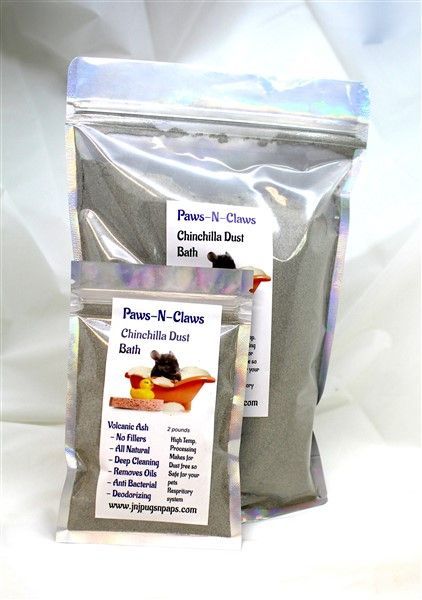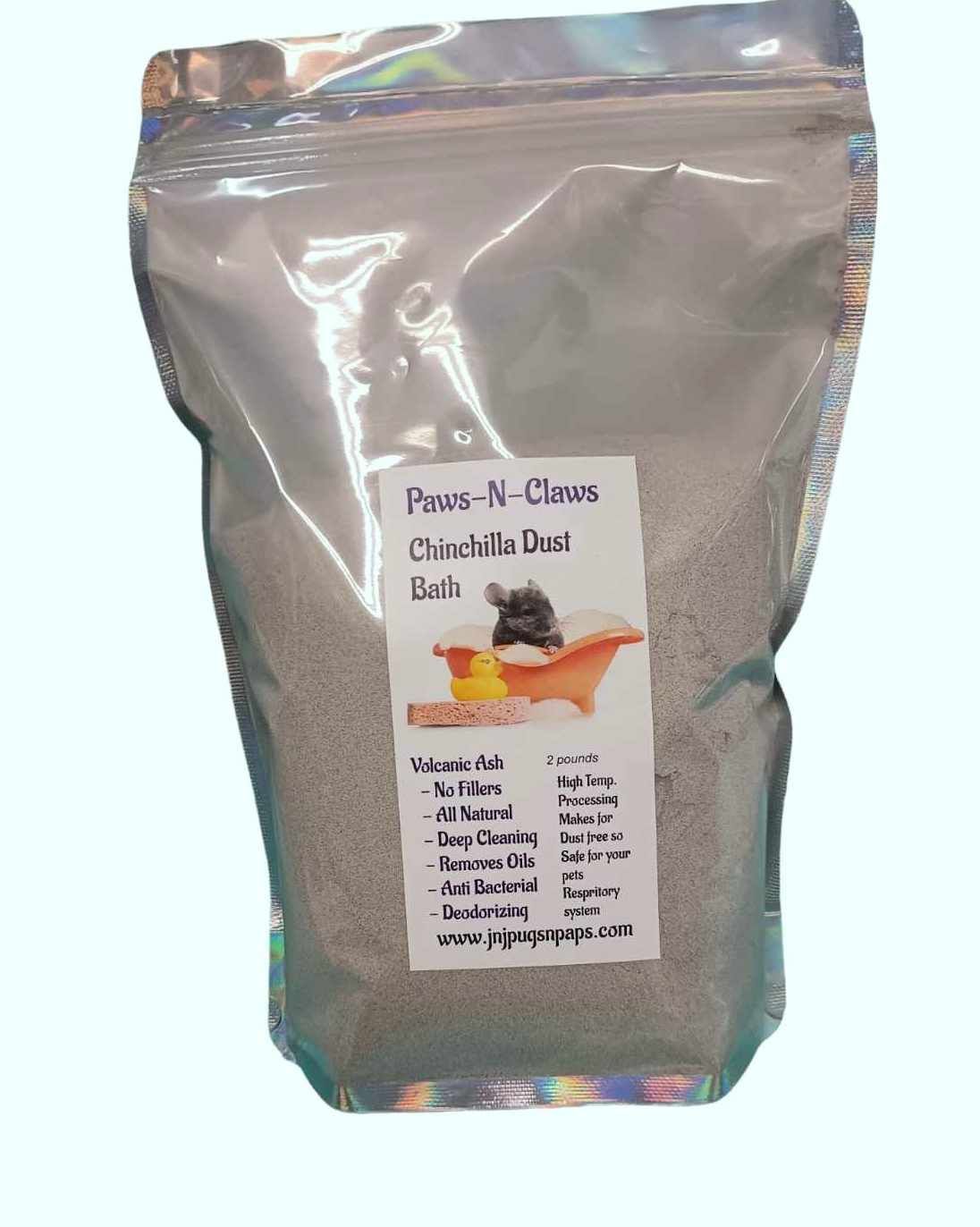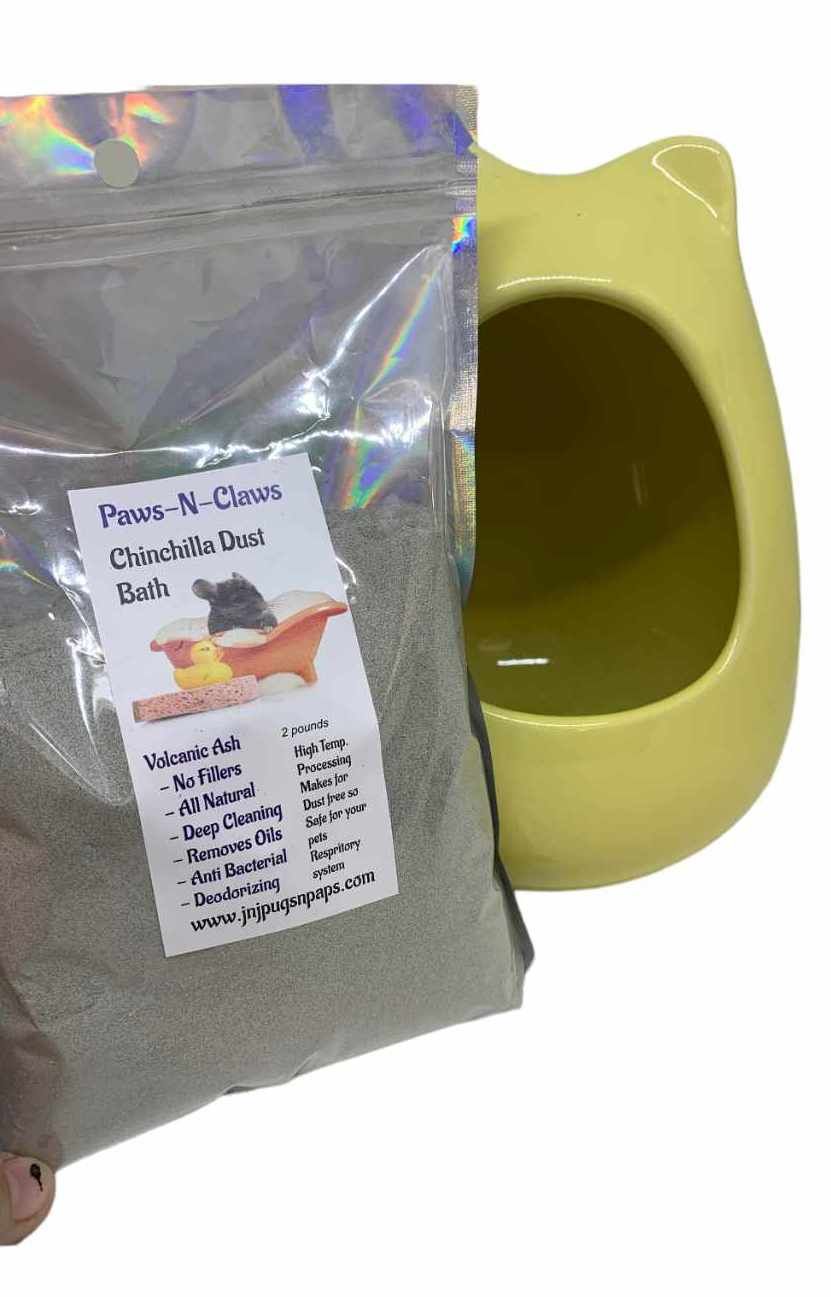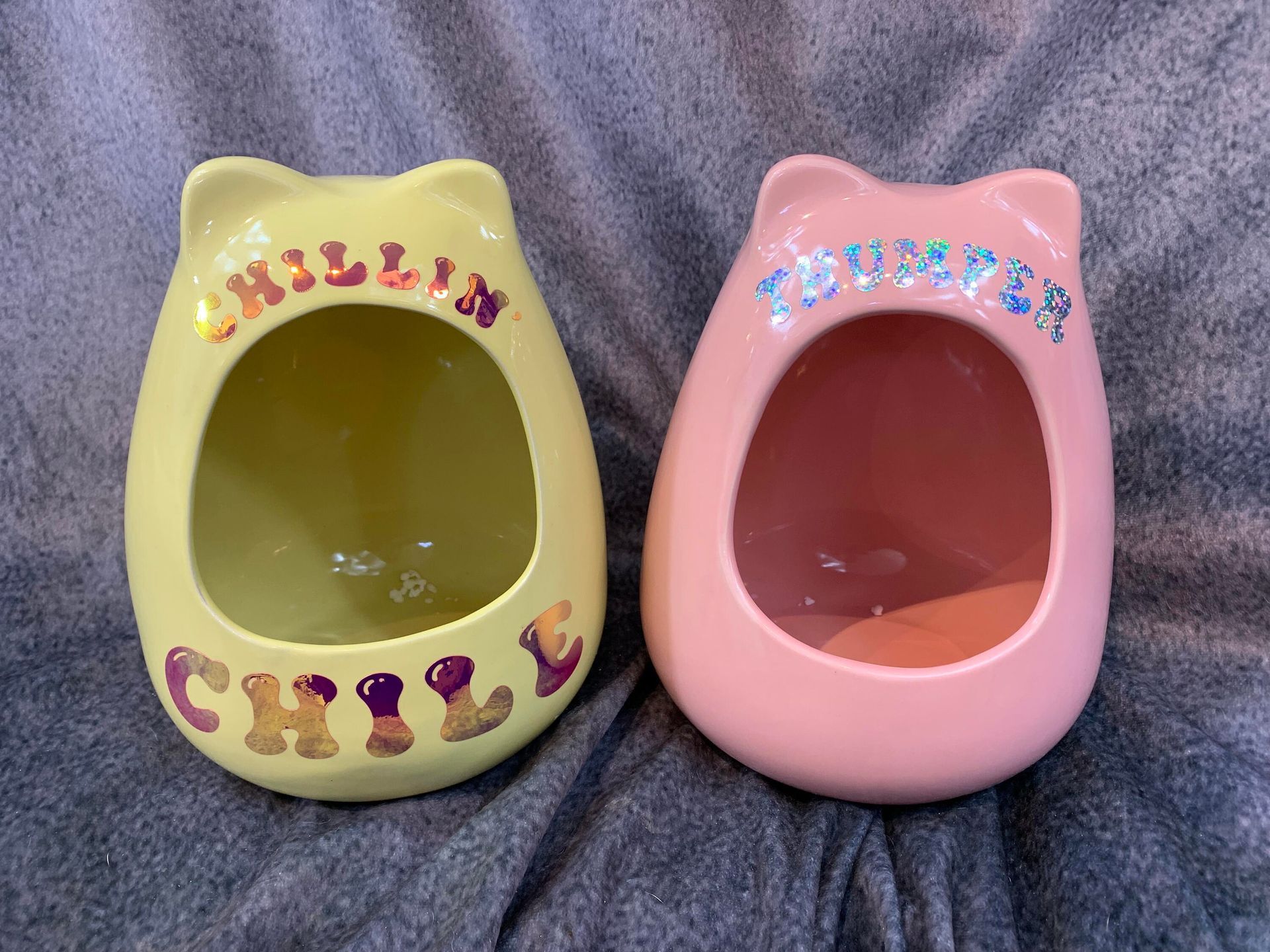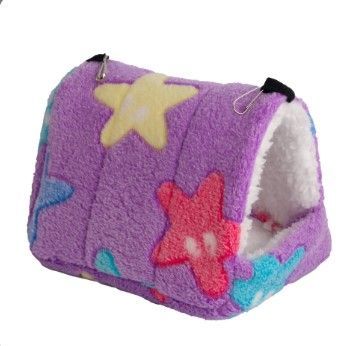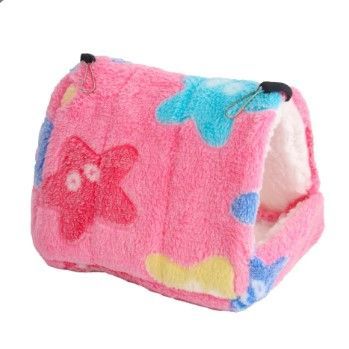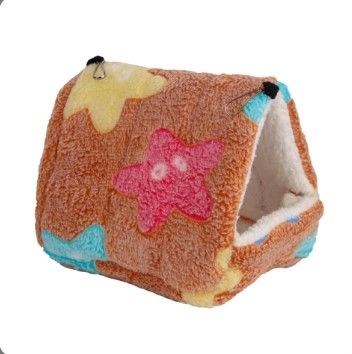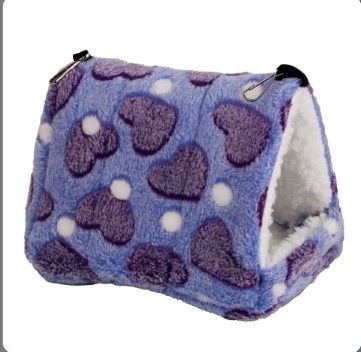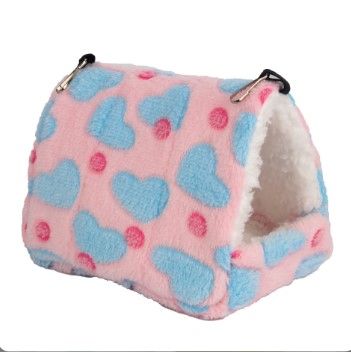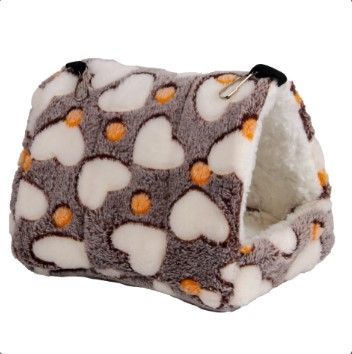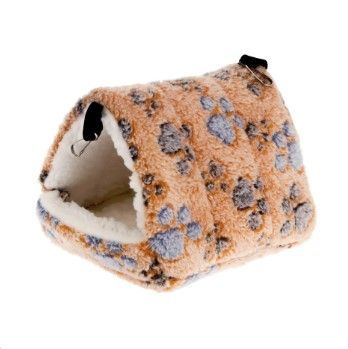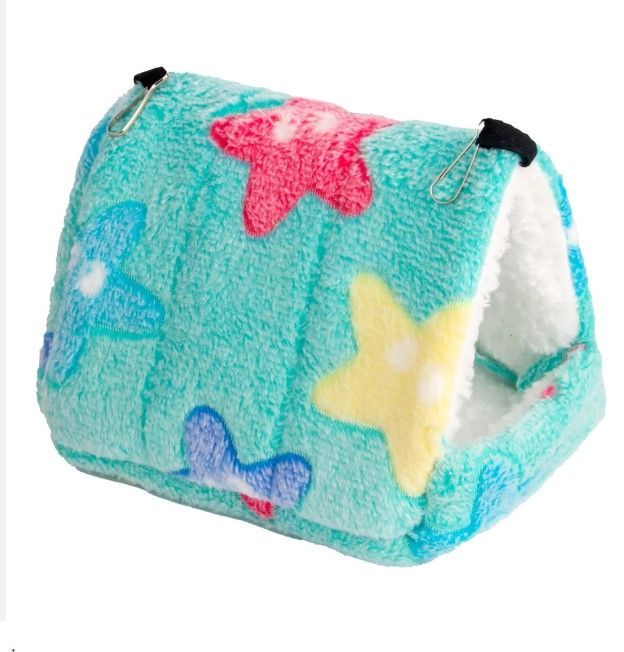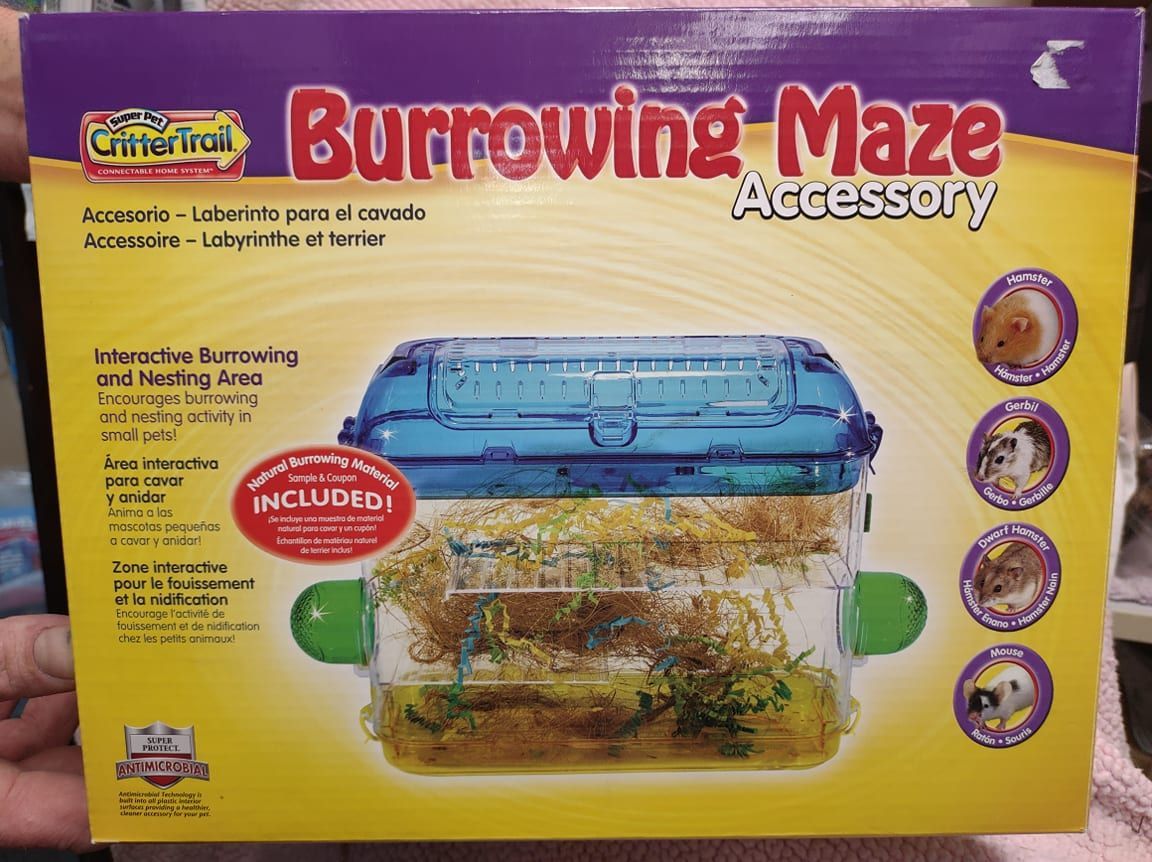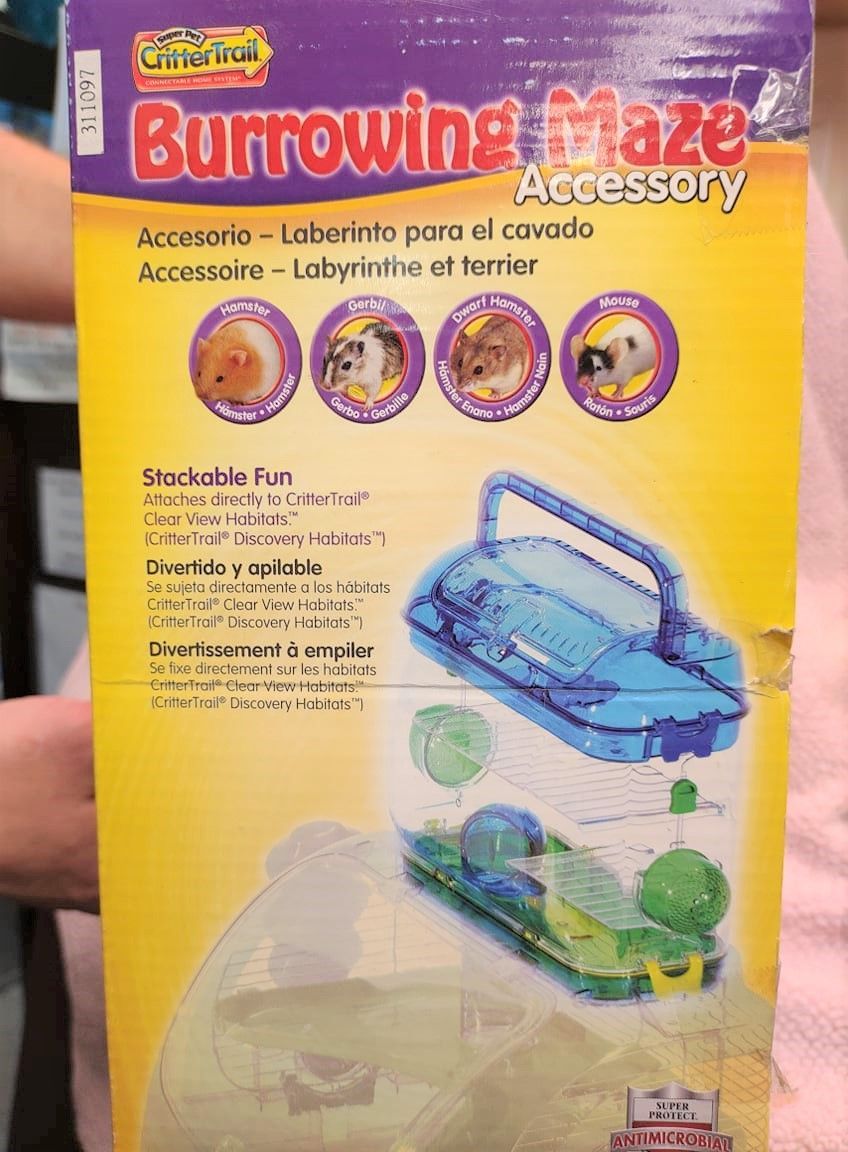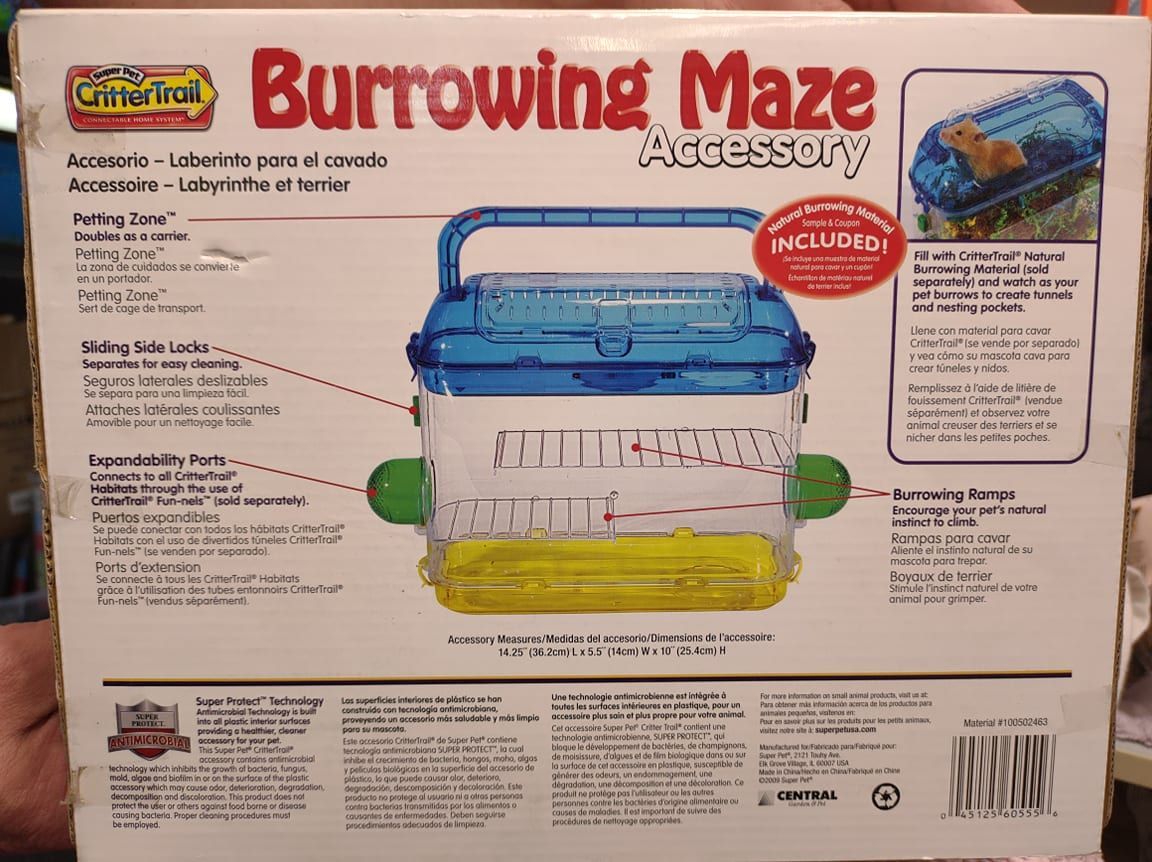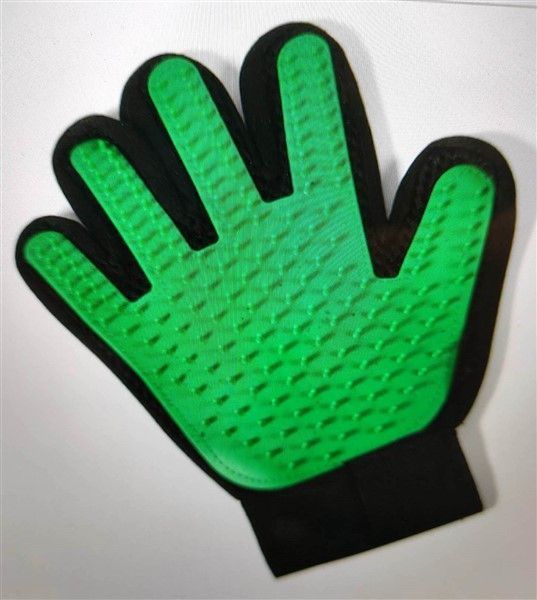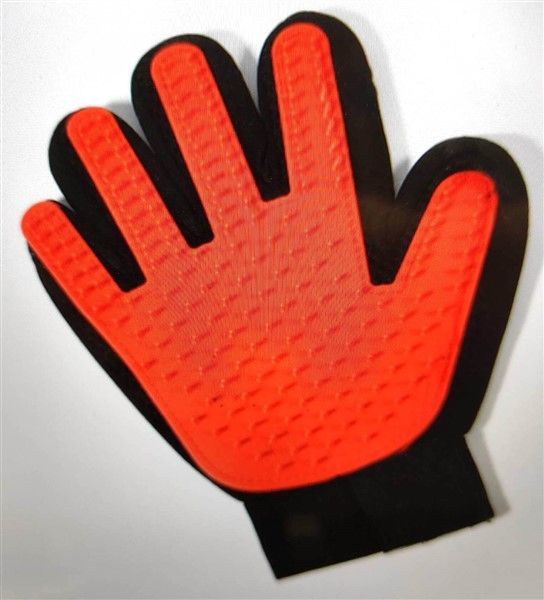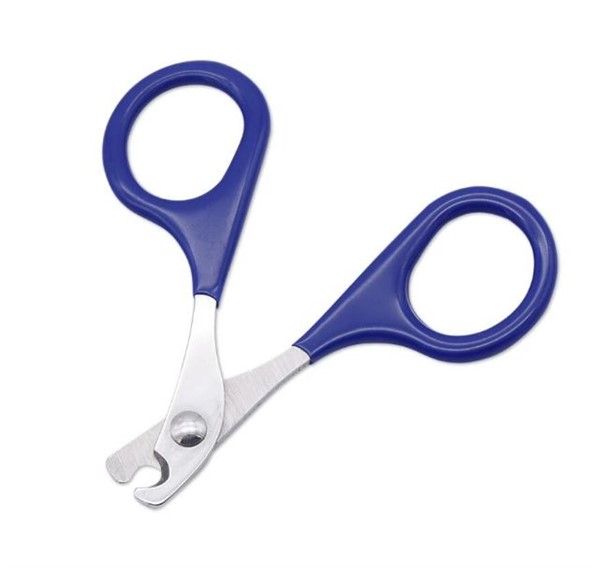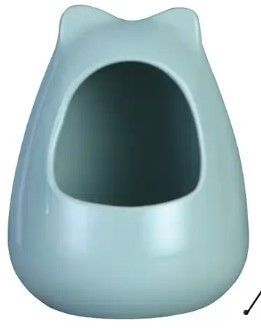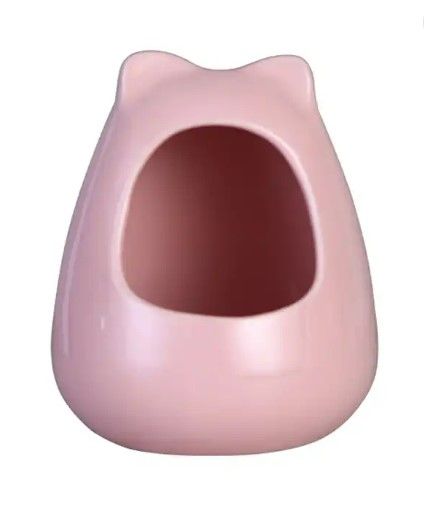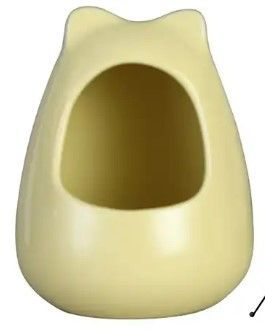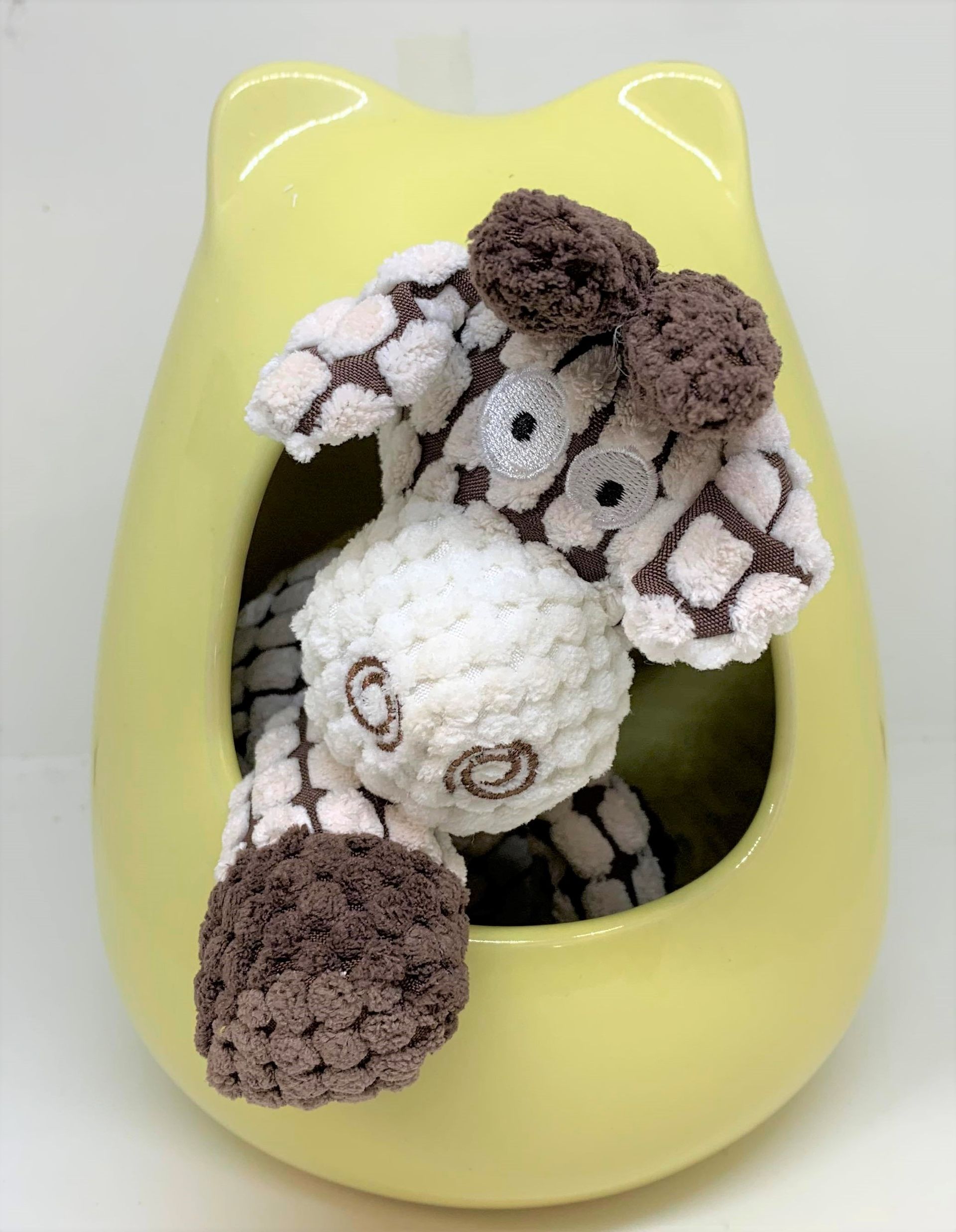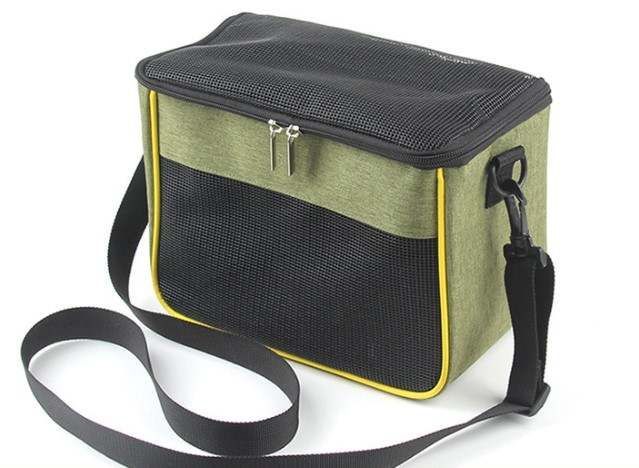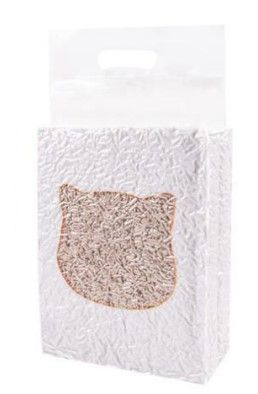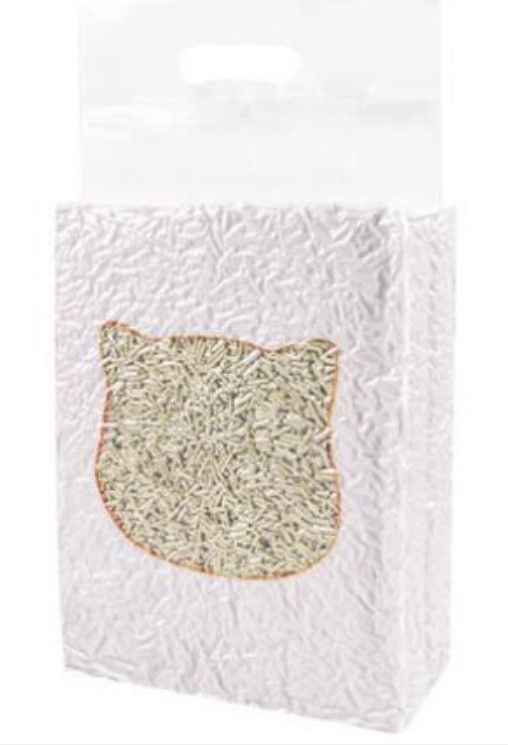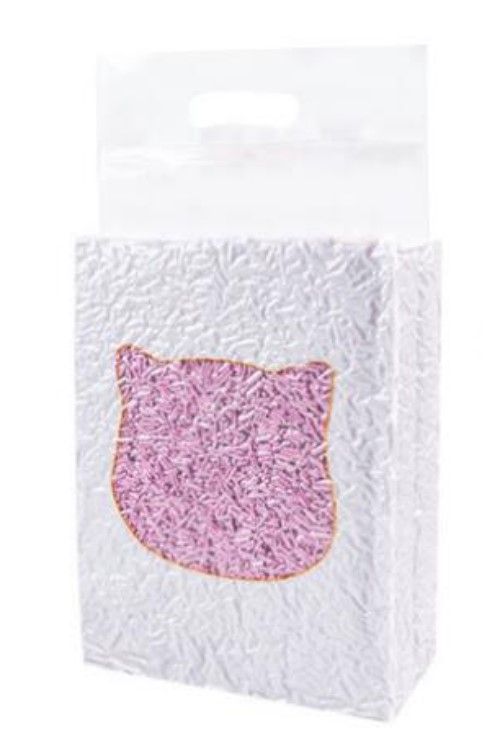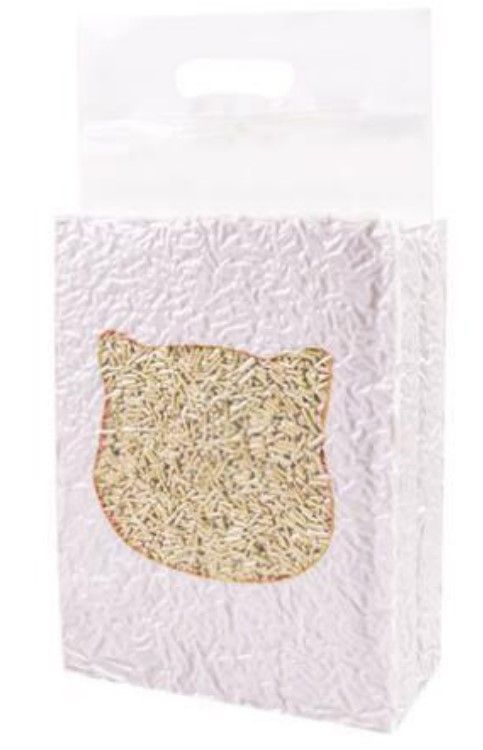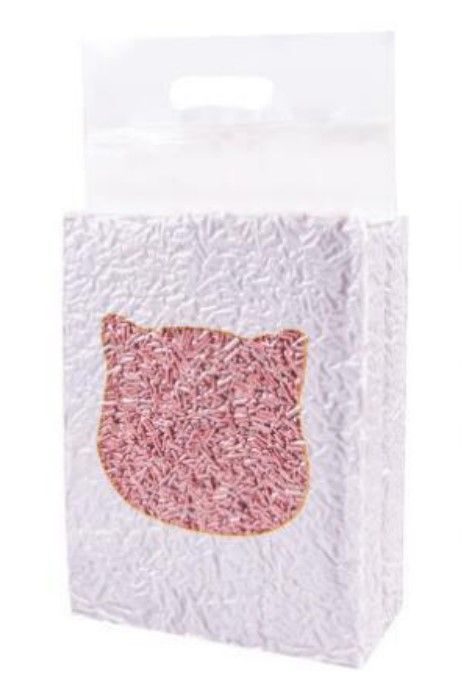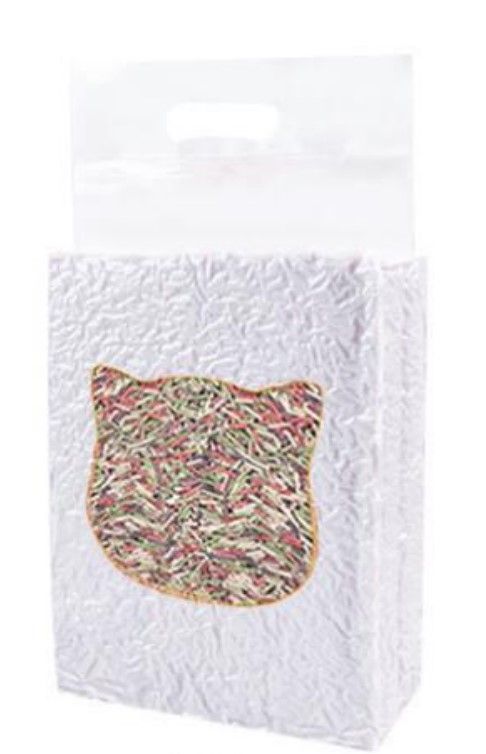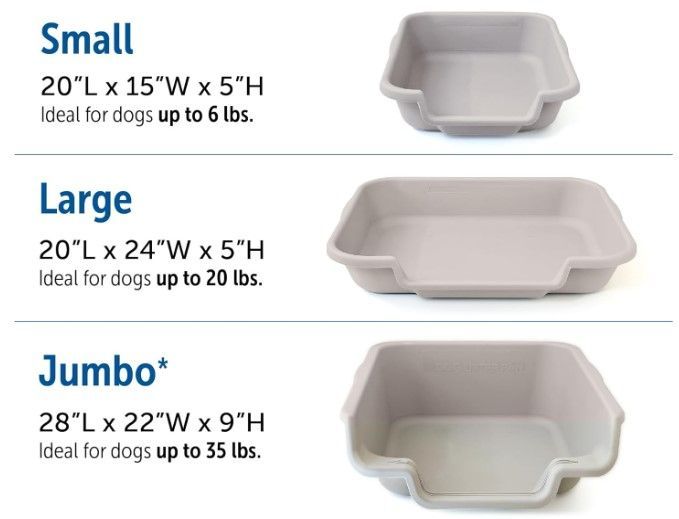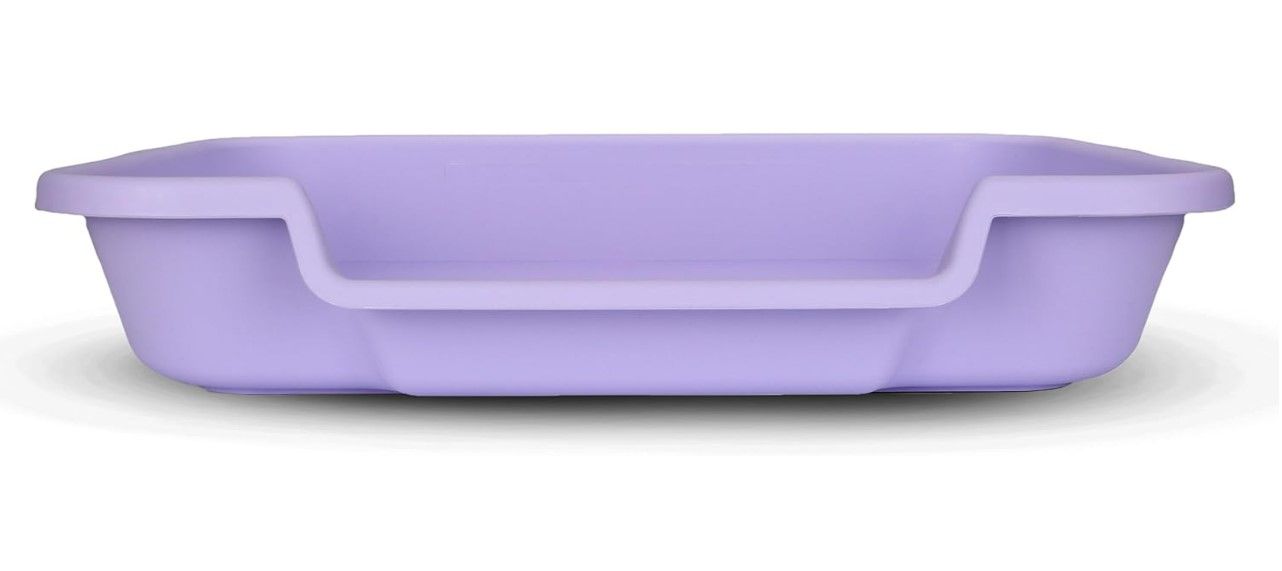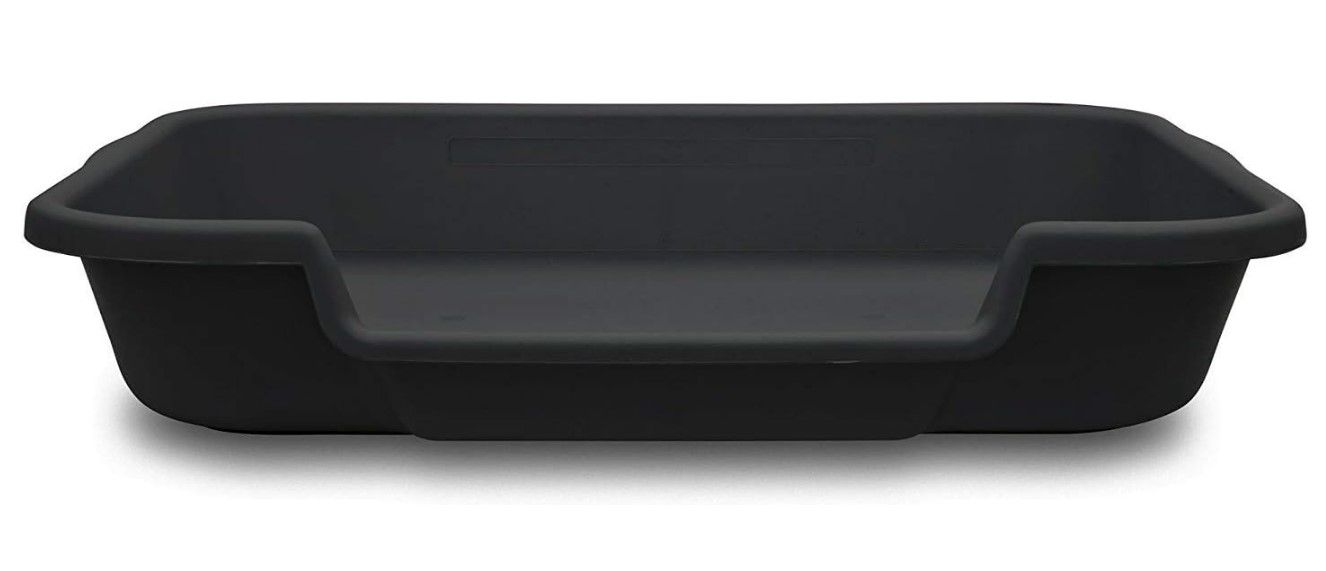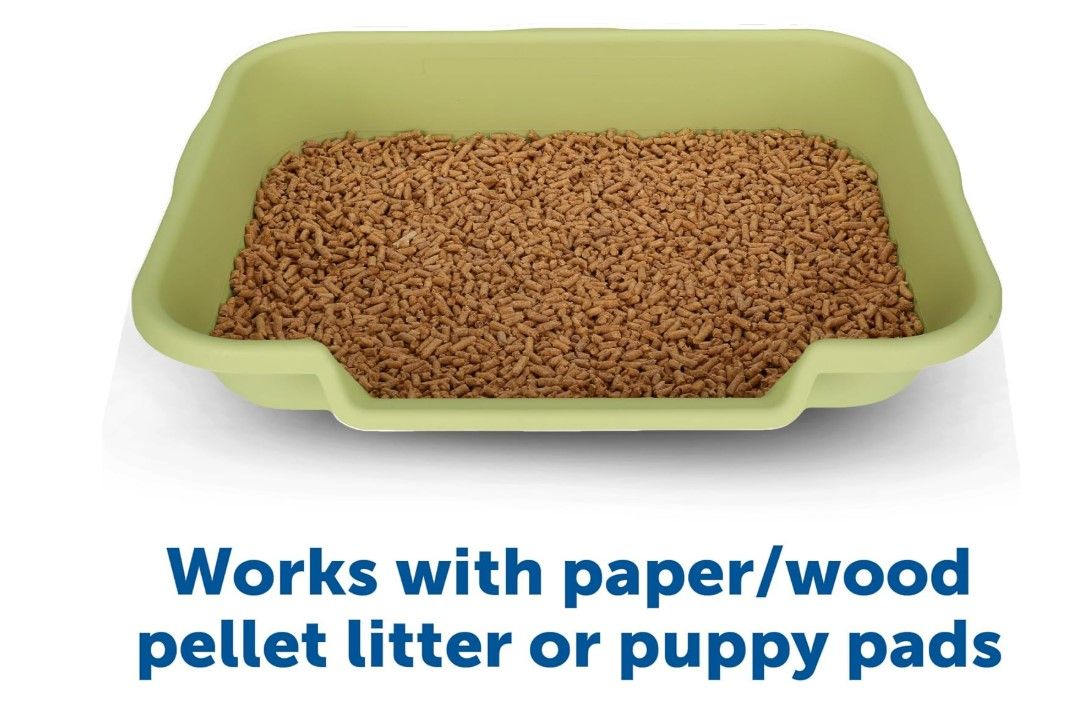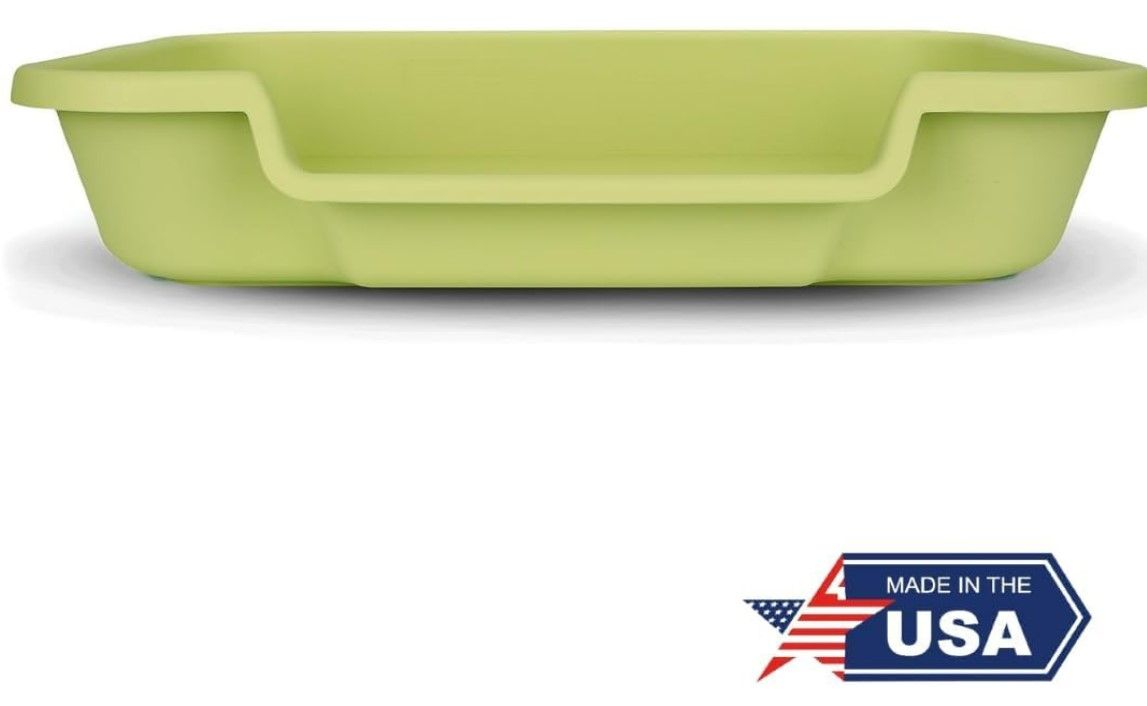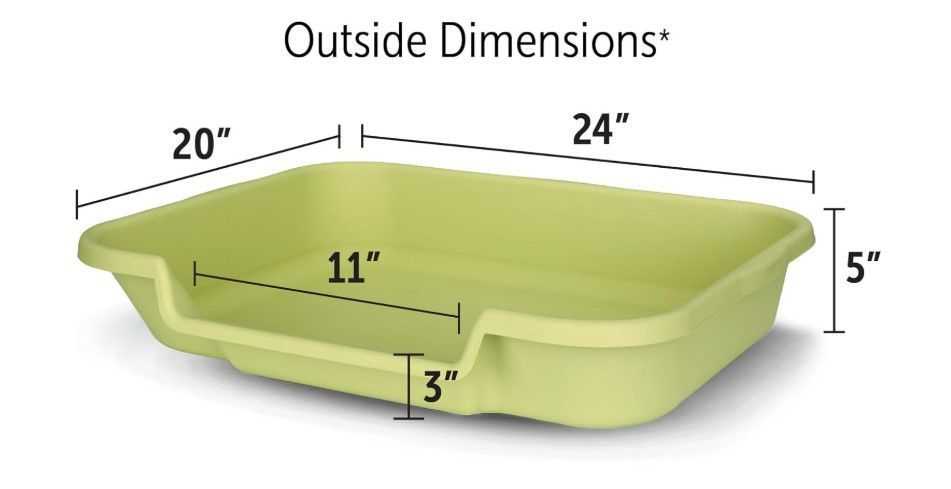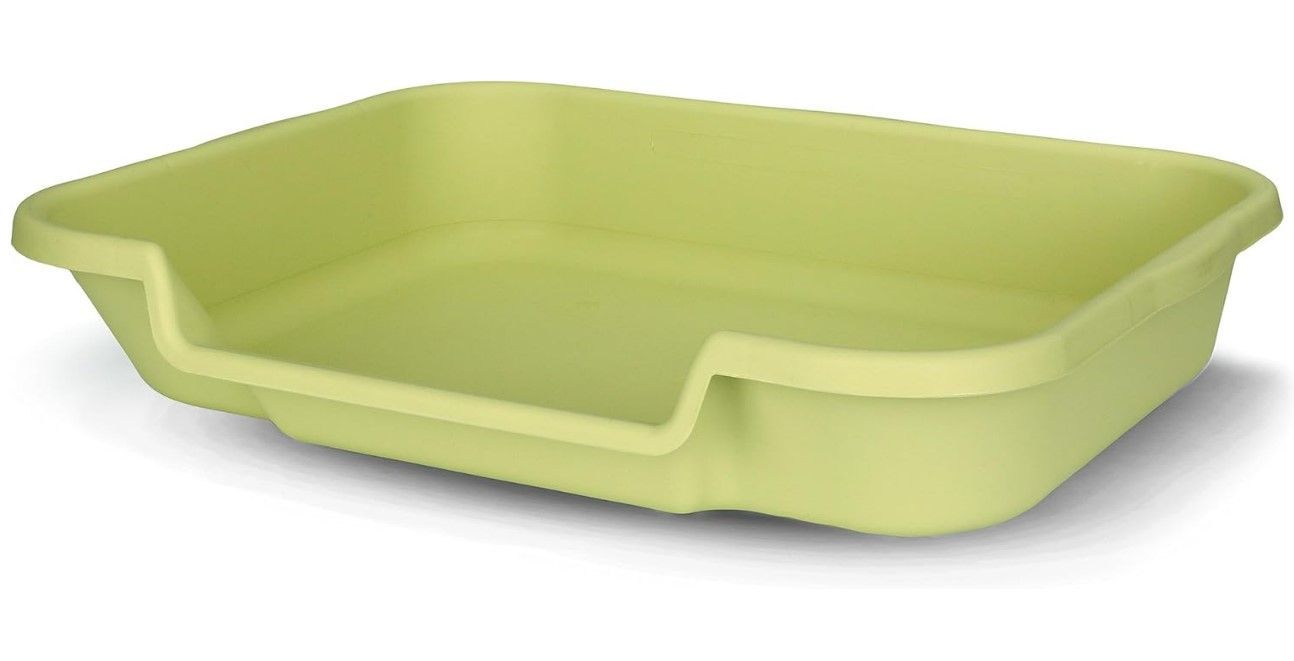Rats, Mice & Hamsters Pets
WE DO HAVE SOME IN THE SHOP THAT MAY NOT YET BE ON THIS PAGE ALWAYS STOP IN OR CALL FOR THE MOST UP TO DATE CRITTER LIST :) There is no real order to the Page scroll down Rats, Mice, Hamsters & Exotic Rodents all listed on this page Scroll all the way down the page to see our critters. Thanks call anytime for details or click pay options to reserve, we can hold up to two weeks once reserved. No holds unless a deposit is made.
We do bred our own pets here so that we can be sure they are handled well and healthy and raised with Love From our Family to Yours.
Roborovski Dwarf Hamsters
Care & Info
Robo Hamster Behavior and Temperament
Robo hamsters are nocturnal, typically waking up around dusk and staying active throughout the night. While they sometimes make very soft vocalizations, it is their nighttime movement that might create a noise issue for some people. If you’re a light sleeper, you probably shouldn’t keep their enclosure in your bedroom.
These hamsters are fairly low-maintenance pets, and they can be quite entertaining to watch. But they’re not very cuddly animals and generally don’t like a lot of handling. While they’re usually docile, they might nip if you startle them. Still, they can learn to recognize their humans and might come to the side of their enclosure if you’re nearby (especially if you’re offering a treat).
They should be kept away from other household pets, but they can live with other Robo hamsters in same-sex pairs or small groups. They get along best with each other if they’re raised together from a young age. Otherwise, there might be some territorial issues. And if you just want one hamster, these pets are also happy living alone.
$28.99 Marbled & Agouti Available
NEW Baby's Campbell's Dwarf Hamsters
Care & Info
How To Keep A Campbell’s Dwarf Hamster – Complete Care Guide
‘Russian dwarf hamster’ is a term used for two different species of hamster, the Campbell’s dwarf hamster and the Winter White. They are very similar in appearance, care and behavior but this care guide will focus specifically on the Campbell’s hamster (we have a separate care guide for Winter White hamsters).
Caring for any type of dwarf hamster is pretty simple and just requires a little bit of knowledge. The guide below will cover everything from diet and cages to taming and breeding. Enjoy!
The Campbell’s Dwarf Hamster - Appearance, Colors and Key Info
Campbell’s hamsters are the most common dwarf hamsters you’ll find in the pet store. This popularity has led to breeders all around the world producing different colors and variants of this hamster breed. There are over 40 different coat colorations currently available!
Sometimes also called the Djungarian hamster
Lifespan
1.5 – 2 years
Size
4 inches (10cm)
Campbell’s Dwarf Hamster Appearance And Colors
Campbell's hamster
The Campbell’s hamster is very similar in appearance to the Winter White. Due to selective breeding there are a tonne of different color variants out there and some seriously beautiful hamsters as a result! Campbell’s hamsters have a solid dorsal stripe on their back.
A distinguishing characteristic of this species is the darker fur on their back that changes to a creamy color on the sides and becomes very white on the belly. Here are some common coat colors you can find in pet stores:
agouti (the normal greyish color)
argente (cinnamon/sandy)
albino (white)
Lots of campbell’s hamsters have red eyes and this is perfectly normal. It’s worth noting that not all white hamsters are albino, they may just be lighter platinums. There are a few things that distinguish this hamster from the other breeds:
Cream colored fur between back and belly
Campbell’s hamsters stay the same color, Winter Whites become lighter during colder months
Winter Whites tend to have softer coats
How Long Does A Campbell’s Dwarf Hamster Live For?
Hamsters have short lifespans and this species is no different, living for 1.5-2 years. Syrian and Roborovski hamsters tend to live a little longer than this.
That’s not necessary a bad thing as shorter lifespans can be a much better fit for first-time pet owners. You have time to develop a bond without needing a much longer commitment such as 10+ years with a dog.
Where Does The Campbell’s Dwarf Hamster Come From?
Campbell’s hamsters were originally discovered in Mongolia back in 1902. The man who first found these small creatures was named W.C. Campbell and that’s how they got their name! These hamsters can also be found in northern China, central Asia and parts of Russia.
In the wild, Campbell’s dwarf hamsters dig incredibly deep burrows and this is where sleeping, eating and mating takes place. The burrows are also used to hide from potential predators. The temperature inside these burrows remains cool which is perfect for raising up baby Campbell’s hamsters!
The burrows can actually be pretty complicated systems, with multiple openings and exists for safety. This is partly why dwarf hamsters enjoy tunnels and tubes when kept in captivity. At night Campbell’s hamsters will take to the surface on the lookout for food, bedding material and anything else that’s useful! Miles will be covered by a single hamster every night.
Are Campbell’s Dwarf Hamsters Good Pets?
They are amazing little pets! All dwarf hamsters make enjoyable pets and Campbell’s are right up there – they’re the most popular dwarf hamster for a reason.
Campbell’s dwarfs are good matured animals and will only nip if feeling threatened. Dwarf hamsters can be a little harder to handle due to their agility and speed but with a little practice you’ll get there. Winter Whites have been known to be easier to tame but Campbell’s are certainly a lot easier to tame than Roborovski hamsters.
Campbell’s dwarf hamsters are nocturnal, just like the rest of the hamster family. That shouldn’t pose too much of a problem as you’ll have plenty of time to bond with your pet in the evenings which is when most people arrive home from work anyway. Try not to wake your hamster during its sleeping hours very often.
Campbell’s Vs. Winter White Vs. Hybrid Hamsters
There are three types of hamster which are very closely related. These are Campbell’s, Winter Whites and hybrids.
If Winter White and Campbell’s hamsters are bred together, their offspring is called a ‘hybrid’. These hamsters can be quite controversial in the pet industry. Unfortunately hybrids often develop health issues and other problems later in life. In short, Campbell’s and Winter Whites shouldn’t really be bred together.
Of course, there are some hybrids that have absolutely no problems and make good pets too but it’s always best to buy a purebred. This is particularly true as the breeding process between a Winter White and Campbell’s hamster isn’t always pleasant.
Both Campbell’s and Winter White dwarf hamsters make perfect pets for the home. They are very similar in appearance and very similar to care for, just with a few slight differences. Whatever your personal preference, both these animals will make loving companions and prove very rewarding to look after.
Do I Have a Campbell's or Winter White?
If you can’t tell whether you have a Campbell’s or Winter White then take a look where the body color of your hamster meets its whiter underside. If there’s a cream color between the darker body and whiter belly of your hamster then you likely have a Campbell’s dwarf. A more sudden transition would indicate you have a Winter White.
Here are some other quick checks you can make:
Campbell’s hamsters usually have a thinner and lighter dorsal stripe
Campbell’s hamsters have a leaner appearance (Winter Whites have a rounder body)
Campbell’s dwarfs stay the same color where Winter Whites gradually turn whiter as winter approaches
It’s never easy to tell these breeds apart but hopefully that helps!
Campbell’s Dwarf Hamster Minimum Cage Size
Always try to purchase the largest cage you can afford for your hamster. The more space for these animals to run and explore, the better! The minimum cage size for a Campbell’s dwarf hamster is considered to be 24 inches long and 12 inches wide. This is basically the equivalent of a 20-gallon aquarium.
$28.99 Normals Available
SOLD OUT Gerbil's
Care & Info
Gerbils are popular pets that are relatively inexpensive and easy to care for. They are burrowing rodents that come from Africa and Asia. While there are several species of gerbils in the wild, most pets are captive-bred Mongolian gerbils. In the wild, they have an overall grayish color. However, through selective breeding, several color variations are available, including white, black, and gold.
As pets, many gerbils can become hand-tame through gentle handling. Their diet is fairly straightforward, and their housing setup is pretty easy to maintain.
Common Names: Gerbil, Mongolian gerbil
Adult Size: Roughly 4-inch body; tail adds another 4 inches
Lifespan: 2 to 3 years on average; can live up to 8 years
Gerbil Behavior and Temperament
Unlike a mouse or hamster, gerbils can often be seen sitting up on their hind legs. They are quite curious, playful, and active animals, but they are still relatively quiet pets. They are not nocturnal, though they are sometimes active at night and might take naps during the day.
Gerbils live in colonies in the wild and are very social animals; they do not do well as solitary pets, so keeping a same-sex pair is necessary. It's best to select littermates or young gerbils that can grow up together. However, if you have a single adult gerbil, it can be difficult to introduce a new one, as they are quite territorial. They will often fight—sometimes to the death. Moreover, gerbils should be kept away from other household pets to avoid potential stress and injury.
Being social creatures, gerbils can become quite tame around humans with regular gentle handling. They generally have an agreeable temperament and are only inclined to bite if they feel threatened. Hand-taming a gerbil is usually quite easy, especially when using positive reinforcement like treats. Expect to spend a few hours per day feeding your pet, keeping its environment clean, and interacting with it.
Size Information
Gerbil bodies stretch around 4 inches long on average. The tail adds roughly another 4 inches. The males typically are slightly larger than the females.
Housing
Glass aquariums can be used for gerbil housing and are favored over wire cages by many owners. Aquariums allow for a deep layer of bedding, so the gerbils can engage in their natural burrowing behavior. A secure mesh lid is necessary to prevent escapes and to allow for good ventilation. As a general rule, there should be 5 gallons of space per gerbil.1
Wire cages also can be used for gerbils, but gerbils do tend to kick bedding through the wire bars and make a mess. Make sure the wires are narrow enough that the gerbil can't squeeze through but not too narrow that the gerbil might get its legs or other body parts stuck in them. Plastic cages shouldn't be used, as they don't hold up to the chewing habits of gerbils or provide adequate ventilation.
In the enclosure, make sure to provide lots of materials for climbing and enrichment, such as thick pieces of wood, stable large rocks, ladders, ramps, and platforms. Toys that are safe for chewing should always be available to help wear down a gerbil's continuously growing teeth. Wood toys made for small animals or even for birds are good options. Toilet paper tubes, though quickly destroyed, also are often a favorite gerbil toy.
Moreover, add an exercise wheel with a solid surface to prevent injuries. There should be no place in the exercise wheel where your gerbil can get its feet, tail, or other body parts stuck.
Gerbils also need a nest box to feel secure. They will hide out in their nest box and use it for sleeping. A sturdy wood or ceramic nest box is preferable to plastic, as plastic will quickly be destroyed by chewing. Wood will likely get chewed as well but tends to last a little longer. Clay flower pots are another option to use as a gerbil nest box.
Specific Substrate Needs
Add at least 2 inches of dye-free paper or aspen bedding to the bottom of the habitat. Avoid cedar or pine shavings, as they can be harmful to gerbils. Also, include materials your gerbil can shred for nesting, such as dye- and scent-free paper towels or tissue. Remove soiled spots in the bedding daily, and do a complete bedding change weekly when you wash down everything in the enclosure with mild soap and water.
What Do Gerbils Eat & Drink?
The primary part of your gerbil's diet should be a formulated pelleted food, which should be available at all times. This will offer complete nutrition. Provide a day's worth of pellets in a small ceramic bowl in the enclosure. Dispose of any uneaten pellets after 24 hours before adding the next day's portion.
You also can offer a dish of a gerbil food mix with seeds, grains, and dried veggies. But note that gerbils tend to gravitate toward the high-fat seeds first, especially sunflower seeds. So you might want to pick them out and offer them as occasional treats to make sure your gerbil isn’t getting too much fat. Discuss the proper feeding amount with your vet, as this can vary by size and activity level.
Plus, offer small amounts of fresh veggies and fruits to a lesser extent, again discussing the quantity with your vet. Some good options include peas, broccoli, and apples. Put fresh foods in a separate dish, and remove them after a few hours to prevent spoilage. It’s best to offer them at a time of day when your gerbil is most active.
Finally, gerbils should always have access to fresh water. It's best to use a water bottle that attaches to the enclosure side. But also include a water dish until you're sure your gerbil is using the bottle. Refresh the water daily.
Common Health Problems
Gerbils are usually healthy animals. But some of the more common health issues to be aware of include:
Injuries: It’s easy to damage a gerbil’s fragile tail. Gerbils also can break bones or have other injuries from being caught in something or falling from a great height.
Digestive diseases: Diarrhea is often a sign that accompanies a bacterial or parasitic digestive issue.
Skin issues: Parasites can cause hair loss and skin irritation.
Seizures: Spontaneous seizures are relatively common in gerbils.
Kidney disease: Adult gerbils can develop kidney disease with signs including increased thirst and urination and weight loss.
Inner ear mass: Many older gerbils develop a mass in their ear that can cause permanent damage.2
Tip
Not all veterinarians accept gerbils as patients. So before acquiring one as a pet, make sure there is a vet near you who specializes in gerbils.
Training Your Gerbil
Hand-taming is the most common training people do with their pet gerbils. Give your gerbil a few days to acclimate to its new home before handling it. When it appears comfortable, approach it calmly when it's awake. Bit by bit, you can gain its trust with these steps:
When the gerbil accepts the treats regularly, offer a treat through the open cage door.
Place a treat on your open hand, and wait for the gerbil to sit on your hand to eat the treat.
Place treats on your arms, so the gerbil must climb up to fetch them.
Once your gerbil is comfortable with you, you can hold and carry your pet in your cupped hands. Many gerbils also enjoy having the sides and backs of their heads gently scratched. Avoid touching your gerbil's tail; if you are concerned that it might fall, you can quickly but gently grasp the scruff of its neck for repositioning.
Exercise
Gerbils are very playful and need exercise to keep them mentally stimulated and physically fit—helping to ward off diseases, such as obesity. Providing as large of an enclosure as you can fit and afford is one of the best ways to ensure they get enough exercise. Make sure they have enough climbing structures, an exercise wheel, toys, and other items to keep them busy. Also, allow them supervised out-of-cage time each day in a secure area where they can safely run and explore.
Grooming
Gerbils regularly self-groom, and they even might groom cage mates as a way of bonding. Gerbils don’t need baths. But if they get something stuck in their fur, you can help get it out by gently rubbing the area with a damp cloth.
Upkeep Costs
Your primary ongoing costs for a pet gerbil will be its food and bedding. Expect to spend around $15 per month on average depending on the varieties you choose and how big the habitat is. Other periodic costs will involve replacing worn toys and other items in the enclosure, averaging around $10 to $20. Also, make sure to budget for routine vet care and emergencies.
Pros & Cons of Keeping a Gerbil as a Pet
Gerbils are mostly quiet pets that don’t require a lot of space. They can be quite entertaining to watch and typically can be hand-tamed. However, they must be handled very gently and aren’t ideal for young children. They also can be a bit messy with their bedding.
FAQ
Does a gerbil make a good pet for kids?
Gerbils can be good pets for older children who understand how to handle them gently.
Are gerbils hard to take care of?
Gerbils are fairly easy to maintain, requiring daily feedings and regular cleanings.
Do gerbils like to be held?
Many gerbils can learn to be comfortable with gentle handling, though they might prefer to explore rather than cuddle.
$28.99 Black Available
Syrian Hamsters
Care & Info
Housing
Syrian hamsters are solitary animals and should be housed alone. Their habitat should be in a quiet, draft-free area away from sunlight and other pets. The cage temperature should be between 65–80°F, and the relative humidity should be around 40–70%.
Bedding
Hamsters need two types of bedding: an absorbent substrate for the bottom of their enclosure, and a fluffy nesting material for burrowing. Paper-based bedding is best because it's digestible and won't obstruct a hamster's gastrointestinal tract.
Food
Hamsters should be fed once a day in the evening. Their diet should consist of a commercial hamster mix or pellet, supplemented with small amounts of fresh fruits and vegetables. You can also give them extra protein like cooked chicken, boiled egg, or mealworms a couple of times a week. Hamsters should not be fed chocolate, caffeine, alcohol, salty, sugary, or fatty treats.
Water
Hamsters need fresh, clean drinking water at all times. You can use a gravity-fed water bottle designed for hamsters.
Grooming
Hamsters are self-grooming and don't need baths. You can help remove dirt from their fur with a damp cloth. You should also trim their nails regularly to prevent them from scratching themselves.
Handling
Hamsters are most active at night, so it's best to wait until they've fully woken up before handling them. When you first get your hamster home, let it settle in for 24 hours, then slowly introduce yourself by placing your hand in the cage.
Chewing
Hamsters need to chew on objects to keep their teeth from growing too long. You can provide them with chew toys like toilet paper rolls. If your hamster's teeth become overgrown, you should take them to the vet.
$28.99 Pandas and Longhiars Available
Fancy English/Amercian Mice
Care & Info
Mice are social, alert and extremely active small animals. They may be skittish at first, but with daily gentle handling they can become docile and sweet companions.
Typical appearance and behavior
Are smaller than rats, gerbils and some hamsters
Fur comes in a variety of colors, including white, gray and brown
Have long hairless tails and round ears
Are social animals who enjoy living with other mice
Pairs or small groups of females typically live well together as long as they have enough space
Males generally do not do well living together unless they are littermates and have been together from the start
Do not house males and females together unless you want many baby mice. They will start breeding at 6 to 8 weeks of age
Are so tiny that they can squeeze into and through very tight spaces
Play during the night and rest during the day (nocturnal) but can adjust to pet parents’ schedules
Can become obese if not given exercise opportunities inside and in an escape-proof location outside their habitat
Very curious and like to burrow, hide in objects and play; easily frightened by loud noises
Will learn to recognize the sight and sounds of their pet parents
Chew on wooden objects to wear down their continuously growing incisor teeth
Are great at jumping, so should be held in the palm of a hand and never grabbed by the tail to transport
Should always be held over a soft surface so they don’t injure themselves if they jump or fall
Can be trained to sit in a hand or on a shoulder by repeatedly feeding them treats when they are sitting there
Like to build nests out of shredded paper and straw
Can be good pets for families with older children who can participate in the care and handling of mice with supervision
Characteristics
Care Difficulty Beginner
Average Life Span up to 3 years with proper care
Average Adult Size 3 inches long, not including tail
Diet omnivore
Minimum Habitat Size 20" L X 10" W X 12" H tank or wire mesh cage for up to four mice; narrow bar spacing
Supplies
Appropriately sized habitat
High-quality pelleted mouse food
Treats
Bedding
Nesting material
Food bowl/water bottle
Exercise wheel
Hideaway place
Toys
Wood chews
Mineral chews
Chew tubes
Habitat
Habitat size
Provide the largest habitat possible so the mouse can hide, burrow, exercise and play. Metal, wire-based habitats have better ventilation, but bar spacing must be narrow enough to prevent tiny mice from slipping through. Glass or plastic habitats may be used but are harder to keep ventilated; bedding in tanks may require more frequent changing to prevent ammonia smell from droppings. Horizontal bars and multiple levels are ideal, as mice love to climb. Habitats should have solid floors to prevent toes and feet from getting caught. All habitats should have a securely attached top to prevent escape.
Building your habitat
Mice acclimate well to average household temperatures, not to exceed 80°F; be cautious of extreme temperature changes. The habitat should never be in direct sunlight or in a drafty area and should be inaccessible to other pets, such as curious cats and dogs.
Bedding - Use 1 to 2 inches of high-quality, commercially available paper-based bedding or crumbled paper. Paper-based bedding is preferred over wood shavings of any kind because it is digestible if mice eat it and less dusty (so less prone to irritate mice’s respiratory tracts); wood shavings can cause gastrointestinal (GI) tract obstruction if ingested. Nesting material provides additional enrichment, allowing mice to bury themselves and build nests.
Hideaways -Many mice enjoy a hiding place within their habitats. Commercially available wood- and hay-based habitats are available for them to hide in and chew on; hard plastic hideaways are easy to disinfect but should be removed if mice chew on them to prevent ingestion of plastic pieces
Wheels - Provide an appropriately sized running wheel for exercise; be sure the wheel has a smooth running surface to prevent mice from catching and injuring toes and feet
Toys and chews -
Mice love to run through cardboard or PVC tubes and climb ladders
Must be provided with appropriately sized wooden blocks to chew on
Cleaning your habitat
Spot-clean the habitat and remove soiled bedding and discarded food daily. At least once a week, thoroughly clean and disinfect the habitat and its contents:
Replace all bedding and wash all habitat contents with a small animal habitat cleaner or 3% bleach solution
Rinse off habitat cleaner or bleach residue thoroughly
Allow the habitat and décor to dry completely before returning your mouse to the habitat
$20.99 Blue Roan Male
Fancy English/Amercian Mice
Care & Info
Mice are social, alert and extremely active small animals. They may be skittish at first, but with daily gentle handling they can become docile and sweet companions.
Typical appearance and behavior
Are smaller than rats, gerbils and some hamsters
Fur comes in a variety of colors, including white, gray and brown
Have long hairless tails and round ears
Are social animals who enjoy living with other mice
Pairs or small groups of females typically live well together as long as they have enough space
Males generally do not do well living together unless they are littermates and have been together from the start
Do not house males and females together unless you want many baby mice. They will start breeding at 6 to 8 weeks of age
Are so tiny that they can squeeze into and through very tight spaces
Play during the night and rest during the day (nocturnal) but can adjust to pet parents’ schedules
Can become obese if not given exercise opportunities inside and in an escape-proof location outside their habitat
Very curious and like to burrow, hide in objects and play; easily frightened by loud noises
Will learn to recognize the sight and sounds of their pet parents
Chew on wooden objects to wear down their continuously growing incisor teeth
Are great at jumping, so should be held in the palm of a hand and never grabbed by the tail to transport
Should always be held over a soft surface so they don’t injure themselves if they jump or fall
Can be trained to sit in a hand or on a shoulder by repeatedly feeding them treats when they are sitting there
Like to build nests out of shredded paper and straw
Can be good pets for families with older children who can participate in the care and handling of mice with supervision
Characteristics
Care Difficulty Beginner
Average Life Span up to 3 years with proper care
Average Adult Size 3 inches long, not including tail
Diet omnivore
Minimum Habitat Size 20" L X 10" W X 12" H tank or wire mesh cage for up to four mice; narrow bar spacing
Supplies
Appropriately sized habitat
High-quality pelleted mouse food
Treats
Bedding
Nesting material
Food bowl/water bottle
Exercise wheel
Hideaway place
Toys
Wood chews
Mineral chews
Chew tubes
Habitat
Habitat size
Provide the largest habitat possible so the mouse can hide, burrow, exercise and play. Metal, wire-based habitats have better ventilation, but bar spacing must be narrow enough to prevent tiny mice from slipping through. Glass or plastic habitats may be used but are harder to keep ventilated; bedding in tanks may require more frequent changing to prevent ammonia smell from droppings. Horizontal bars and multiple levels are ideal, as mice love to climb. Habitats should have solid floors to prevent toes and feet from getting caught. All habitats should have a securely attached top to prevent escape.
Building your habitat
Mice acclimate well to average household temperatures, not to exceed 80°F; be cautious of extreme temperature changes. The habitat should never be in direct sunlight or in a drafty area and should be inaccessible to other pets, such as curious cats and dogs.
Bedding - Use 1 to 2 inches of high-quality, commercially available paper-based bedding or crumbled paper. Paper-based bedding is preferred over wood shavings of any kind because it is digestible if mice eat it and less dusty (so less prone to irritate mice’s respiratory tracts); wood shavings can cause gastrointestinal (GI) tract obstruction if ingested. Nesting material provides additional enrichment, allowing mice to bury themselves and build nests.
Hideaways -Many mice enjoy a hiding place within their habitats. Commercially available wood- and hay-based habitats are available for them to hide in and chew on; hard plastic hideaways are easy to disinfect but should be removed if mice chew on them to prevent ingestion of plastic pieces
Wheels - Provide an appropriately sized running wheel for exercise; be sure the wheel has a smooth running surface to prevent mice from catching and injuring toes and feet
Toys and chews -
Mice love to run through cardboard or PVC tubes and climb ladders
Must be provided with appropriately sized wooden blocks to chew on
Cleaning your habitat
Spot-clean the habitat and remove soiled bedding and discarded food daily. At least once a week, thoroughly clean and disinfect the habitat and its contents:
Replace all bedding and wash all habitat contents with a small animal habitat cleaner or 3% bleach solution
Rinse off habitat cleaner or bleach residue thoroughly
Allow the habitat and décor to dry completely before returning your mouse to the habitat
$20.99 Gold Broken Marked
Fancy English/Amercian Mice
Care & Info
Mice are social, alert and extremely active small animals. They may be skittish at first, but with daily gentle handling they can become docile and sweet companions.
Typical appearance and behavior
Are smaller than rats, gerbils and some hamsters
Fur comes in a variety of colors, including white, gray and brown
Have long hairless tails and round ears
Are social animals who enjoy living with other mice
Pairs or small groups of females typically live well together as long as they have enough space
Males generally do not do well living together unless they are littermates and have been together from the start
Do not house males and females together unless you want many baby mice. They will start breeding at 6 to 8 weeks of age
Are so tiny that they can squeeze into and through very tight spaces
Play during the night and rest during the day (nocturnal) but can adjust to pet parents’ schedules
Can become obese if not given exercise opportunities inside and in an escape-proof location outside their habitat
Very curious and like to burrow, hide in objects and play; easily frightened by loud noises
Will learn to recognize the sight and sounds of their pet parents
Chew on wooden objects to wear down their continuously growing incisor teeth
Are great at jumping, so should be held in the palm of a hand and never grabbed by the tail to transport
Should always be held over a soft surface so they don’t injure themselves if they jump or fall
Can be trained to sit in a hand or on a shoulder by repeatedly feeding them treats when they are sitting there
Like to build nests out of shredded paper and straw
Can be good pets for families with older children who can participate in the care and handling of mice with supervision
Characteristics
Care Difficulty Beginner
Average Life Span up to 3 years with proper care
Average Adult Size 3 inches long, not including tail
Diet omnivore
Minimum Habitat Size 20" L X 10" W X 12" H tank or wire mesh cage for up to four mice; narrow bar spacing
Supplies
Appropriately sized habitat
High-quality pelleted mouse food
Treats
Bedding
Nesting material
Food bowl/water bottle
Exercise wheel
Hideaway place
Toys
Wood chews
Mineral chews
Chew tubes
Habitat
Habitat size
Provide the largest habitat possible so the mouse can hide, burrow, exercise and play. Metal, wire-based habitats have better ventilation, but bar spacing must be narrow enough to prevent tiny mice from slipping through. Glass or plastic habitats may be used but are harder to keep ventilated; bedding in tanks may require more frequent changing to prevent ammonia smell from droppings. Horizontal bars and multiple levels are ideal, as mice love to climb. Habitats should have solid floors to prevent toes and feet from getting caught. All habitats should have a securely attached top to prevent escape.
Building your habitat
Mice acclimate well to average household temperatures, not to exceed 80°F; be cautious of extreme temperature changes. The habitat should never be in direct sunlight or in a drafty area and should be inaccessible to other pets, such as curious cats and dogs.
Bedding - Use 1 to 2 inches of high-quality, commercially available paper-based bedding or crumbled paper. Paper-based bedding is preferred over wood shavings of any kind because it is digestible if mice eat it and less dusty (so less prone to irritate mice’s respiratory tracts); wood shavings can cause gastrointestinal (GI) tract obstruction if ingested. Nesting material provides additional enrichment, allowing mice to bury themselves and build nests.
Hideaways -Many mice enjoy a hiding place within their habitats. Commercially available wood- and hay-based habitats are available for them to hide in and chew on; hard plastic hideaways are easy to disinfect but should be removed if mice chew on them to prevent ingestion of plastic pieces
Wheels - Provide an appropriately sized running wheel for exercise; be sure the wheel has a smooth running surface to prevent mice from catching and injuring toes and feet
Toys and chews -
Mice love to run through cardboard or PVC tubes and climb ladders
Must be provided with appropriately sized wooden blocks to chew on
Cleaning your habitat
Spot-clean the habitat and remove soiled bedding and discarded food daily. At least once a week, thoroughly clean and disinfect the habitat and its contents:
Replace all bedding and wash all habitat contents with a small animal habitat cleaner or 3% bleach solution
Rinse off habitat cleaner or bleach residue thoroughly
Allow the habitat and décor to dry completely before returning your mouse to the habitat
$20.99 Black Brkn Merle Male
Fancy English/Amercian Mice
Care & Info
Mice are social, alert and extremely active small animals. They may be skittish at first, but with daily gentle handling they can become docile and sweet companions.
Typical appearance and behavior
Are smaller than rats, gerbils and some hamsters
Fur comes in a variety of colors, including white, gray and brown
Have long hairless tails and round ears
Are social animals who enjoy living with other mice
Pairs or small groups of females typically live well together as long as they have enough space
Males generally do not do well living together unless they are littermates and have been together from the start
Do not house males and females together unless you want many baby mice. They will start breeding at 6 to 8 weeks of age
Are so tiny that they can squeeze into and through very tight spaces
Play during the night and rest during the day (nocturnal) but can adjust to pet parents’ schedules
Can become obese if not given exercise opportunities inside and in an escape-proof location outside their habitat
Very curious and like to burrow, hide in objects and play; easily frightened by loud noises
Will learn to recognize the sight and sounds of their pet parents
Chew on wooden objects to wear down their continuously growing incisor teeth
Are great at jumping, so should be held in the palm of a hand and never grabbed by the tail to transport
Should always be held over a soft surface so they don’t injure themselves if they jump or fall
Can be trained to sit in a hand or on a shoulder by repeatedly feeding them treats when they are sitting there
Like to build nests out of shredded paper and straw
Can be good pets for families with older children who can participate in the care and handling of mice with supervision
Characteristics
Care Difficulty Beginner
Average Life Span up to 3 years with proper care
Average Adult Size 3 inches long, not including tail
Diet omnivore
Minimum Habitat Size 20" L X 10" W X 12" H tank or wire mesh cage for up to four mice; narrow bar spacing
Supplies
Appropriately sized habitat
High-quality pelleted mouse food
Treats
Bedding
Nesting material
Food bowl/water bottle
Exercise wheel
Hideaway place
Toys
Wood chews
Mineral chews
Chew tubes
Habitat
Habitat size
Provide the largest habitat possible so the mouse can hide, burrow, exercise and play. Metal, wire-based habitats have better ventilation, but bar spacing must be narrow enough to prevent tiny mice from slipping through. Glass or plastic habitats may be used but are harder to keep ventilated; bedding in tanks may require more frequent changing to prevent ammonia smell from droppings. Horizontal bars and multiple levels are ideal, as mice love to climb. Habitats should have solid floors to prevent toes and feet from getting caught. All habitats should have a securely attached top to prevent escape.
Building your habitat
Mice acclimate well to average household temperatures, not to exceed 80°F; be cautious of extreme temperature changes. The habitat should never be in direct sunlight or in a drafty area and should be inaccessible to other pets, such as curious cats and dogs.
Bedding - Use 1 to 2 inches of high-quality, commercially available paper-based bedding or crumbled paper. Paper-based bedding is preferred over wood shavings of any kind because it is digestible if mice eat it and less dusty (so less prone to irritate mice’s respiratory tracts); wood shavings can cause gastrointestinal (GI) tract obstruction if ingested. Nesting material provides additional enrichment, allowing mice to bury themselves and build nests.
Hideaways -Many mice enjoy a hiding place within their habitats. Commercially available wood- and hay-based habitats are available for them to hide in and chew on; hard plastic hideaways are easy to disinfect but should be removed if mice chew on them to prevent ingestion of plastic pieces
Wheels - Provide an appropriately sized running wheel for exercise; be sure the wheel has a smooth running surface to prevent mice from catching and injuring toes and feet
Toys and chews -
Mice love to run through cardboard or PVC tubes and climb ladders
Must be provided with appropriately sized wooden blocks to chew on
Cleaning your habitat
Spot-clean the habitat and remove soiled bedding and discarded food daily. At least once a week, thoroughly clean and disinfect the habitat and its contents:
Replace all bedding and wash all habitat contents with a small animal habitat cleaner or 3% bleach solution
Rinse off habitat cleaner or bleach residue thoroughly
Allow the habitat and décor to dry completely before returning your mouse to the habitat
$20.99 Black Fox
Rats ( Regular & SOLD OUT of Dumbos)
Care & Info
Here are some things to consider when caring for a pet rat:
Housing
Rats need a well-ventilated space with a solid floor covered in a suitable substrate, such as dust-free wood chips. The cage should have multiple levels for climbing, and include toys like rope, cardboard boxes, and a rat-friendly exercise wheel.
Diet
Rats should eat a high-quality pellet diet designed for rats, along with small amounts of fruit, vegetables, cooked egg, grains, and seeds. Treats should not replace their daily food, as too many can lead them to refuse healthy food.
Fresh water
Rats need access to fresh water at all times, either in a bottle or bowl. Check the water bottle's sipper daily to prevent clogs.
Grooming
Rats are generally clean and groom themselves well, but their nails may need trimming and their coat brushing.
Playtime
Rats need at least an hour of playtime outside of their cage each day in a safe, rat-proof room.
Social interactions
Rats are social and do best in pairs. Two females can usually live together, but males should only be kept together if introduced when young.
Chew toys
Rats need chew toys to satisfy their natural desire to chew and investigate. Wooden chew toys are a good option
$14.99 Cream and Sable Hooded Regulars Available
SOLD OUT Campbell's Dwarf Hamsters Darks
Care & Info
How To Keep A Campbell’s Dwarf Hamster – Complete Care Guide
‘Russian dwarf hamster’ is a term used for two different species of hamster, the Campbell’s dwarf hamster and the Winter White. They are very similar in appearance, care and behavior but this care guide will focus specifically on the Campbell’s hamster (we have a separate care guide for Winter White hamsters).
Caring for any type of dwarf hamster is pretty simple and just requires a little bit of knowledge. The guide below will cover everything from diet and cages to taming and breeding. Enjoy!
The Campbell’s Dwarf Hamster - Appearance, Colors and Key Info
Campbell’s hamsters are the most common dwarf hamsters you’ll find in the pet store. This popularity has led to breeders all around the world producing different colors and variants of this hamster breed. There are over 40 different coat colorations currently available!
Sometimes also called the Djungarian hamster
Lifespan
1.5 – 2 years
Size
4 inches (10cm)
Campbell’s Dwarf Hamster Appearance And Colors
Campbell's hamster
The Campbell’s hamster is very similar in appearance to the Winter White. Due to selective breeding there are a tonne of different color variants out there and some seriously beautiful hamsters as a result! Campbell’s hamsters have a solid dorsal stripe on their back.
A distinguishing characteristic of this species is the darker fur on their back that changes to a creamy color on the sides and becomes very white on the belly. Here are some common coat colors you can find in pet stores:
agouti (the normal greyish color)
argente (cinnamon/sandy)
albino (white)
Lots of campbell’s hamsters have red eyes and this is perfectly normal. It’s worth noting that not all white hamsters are albino, they may just be lighter platinums. There are a few things that distinguish this hamster from the other breeds:
Cream colored fur between back and belly
Campbell’s hamsters stay the same color, Winter Whites become lighter during colder months
Winter Whites tend to have softer coats
How Long Does A Campbell’s Dwarf Hamster Live For?
Hamsters have short lifespans and this species is no different, living for 1.5-2 years. Syrian and Roborovski hamsters tend to live a little longer than this.
That’s not necessary a bad thing as shorter lifespans can be a much better fit for first-time pet owners. You have time to develop a bond without needing a much longer commitment such as 10+ years with a dog.
Where Does The Campbell’s Dwarf Hamster Come From?
Campbell’s hamsters were originally discovered in Mongolia back in 1902. The man who first found these small creatures was named W.C. Campbell and that’s how they got their name! These hamsters can also be found in northern China, central Asia and parts of Russia.
In the wild, Campbell’s dwarf hamsters dig incredibly deep burrows and this is where sleeping, eating and mating takes place. The burrows are also used to hide from potential predators. The temperature inside these burrows remains cool which is perfect for raising up baby Campbell’s hamsters!
The burrows can actually be pretty complicated systems, with multiple openings and exists for safety. This is partly why dwarf hamsters enjoy tunnels and tubes when kept in captivity. At night Campbell’s hamsters will take to the surface on the lookout for food, bedding material and anything else that’s useful! Miles will be covered by a single hamster every night.
Are Campbell’s Dwarf Hamsters Good Pets?
They are amazing little pets! All dwarf hamsters make enjoyable pets and Campbell’s are right up there – they’re the most popular dwarf hamster for a reason.
Campbell’s dwarfs are good matured animals and will only nip if feeling threatened. Dwarf hamsters can be a little harder to handle due to their agility and speed but with a little practice you’ll get there. Winter Whites have been known to be easier to tame but Campbell’s are certainly a lot easier to tame than Roborovski hamsters.
Campbell’s dwarf hamsters are nocturnal, just like the rest of the hamster family. That shouldn’t pose too much of a problem as you’ll have plenty of time to bond with your pet in the evenings which is when most people arrive home from work anyway. Try not to wake your hamster during its sleeping hours very often.
Campbell’s Vs. Winter White Vs. Hybrid Hamsters
There are three types of hamster which are very closely related. These are Campbell’s, Winter Whites and hybrids.
If Winter White and Campbell’s hamsters are bred together, their offspring is called a ‘hybrid’. These hamsters can be quite controversial in the pet industry. Unfortunately hybrids often develop health issues and other problems later in life. In short, Campbell’s and Winter Whites shouldn’t really be bred together.
Of course, there are some hybrids that have absolutely no problems and make good pets too but it’s always best to buy a purebred. This is particularly true as the breeding process between a Winter White and Campbell’s hamster isn’t always pleasant.
Both Campbell’s and Winter White dwarf hamsters make perfect pets for the home. They are very similar in appearance and very similar to care for, just with a few slight differences. Whatever your personal preference, both these animals will make loving companions and prove very rewarding to look after.
Do I Have a Campbell's or Winter White?
If you can’t tell whether you have a Campbell’s or Winter White then take a look where the body color of your hamster meets its whiter underside. If there’s a cream color between the darker body and whiter belly of your hamster then you likely have a Campbell’s dwarf. A more sudden transition would indicate you have a Winter White.
Here are some other quick checks you can make:
Campbell’s hamsters usually have a thinner and lighter dorsal stripe
Campbell’s hamsters have a leaner appearance (Winter Whites have a rounder body)
Campbell’s dwarfs stay the same color where Winter Whites gradually turn whiter as winter approaches
It’s never easy to tell these breeds apart but hopefully that helps!
Campbell’s Dwarf Hamster Minimum Cage Size
Always try to purchase the largest cage you can afford for your hamster. The more space for these animals to run and explore, the better! The minimum cage size for a Campbell’s dwarf hamster is considered to be 24 inches long and 12 inches wide. This is basically the equivalent of a 20-gallon aquarium.
$28.99 Normals Available
Ceramic House (Dust Bath or For Hay or Food
Mite Spray
Cleaning Spray
